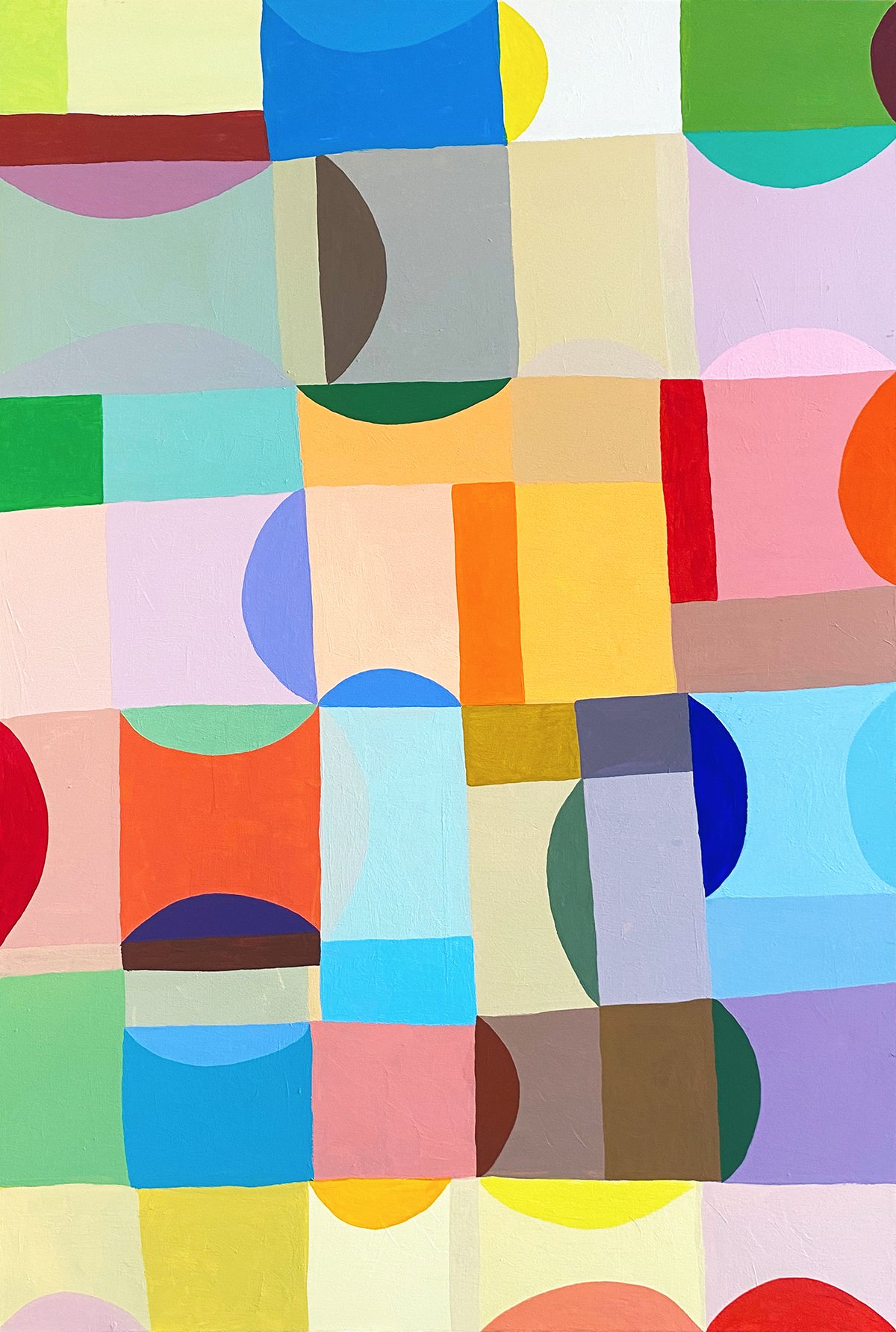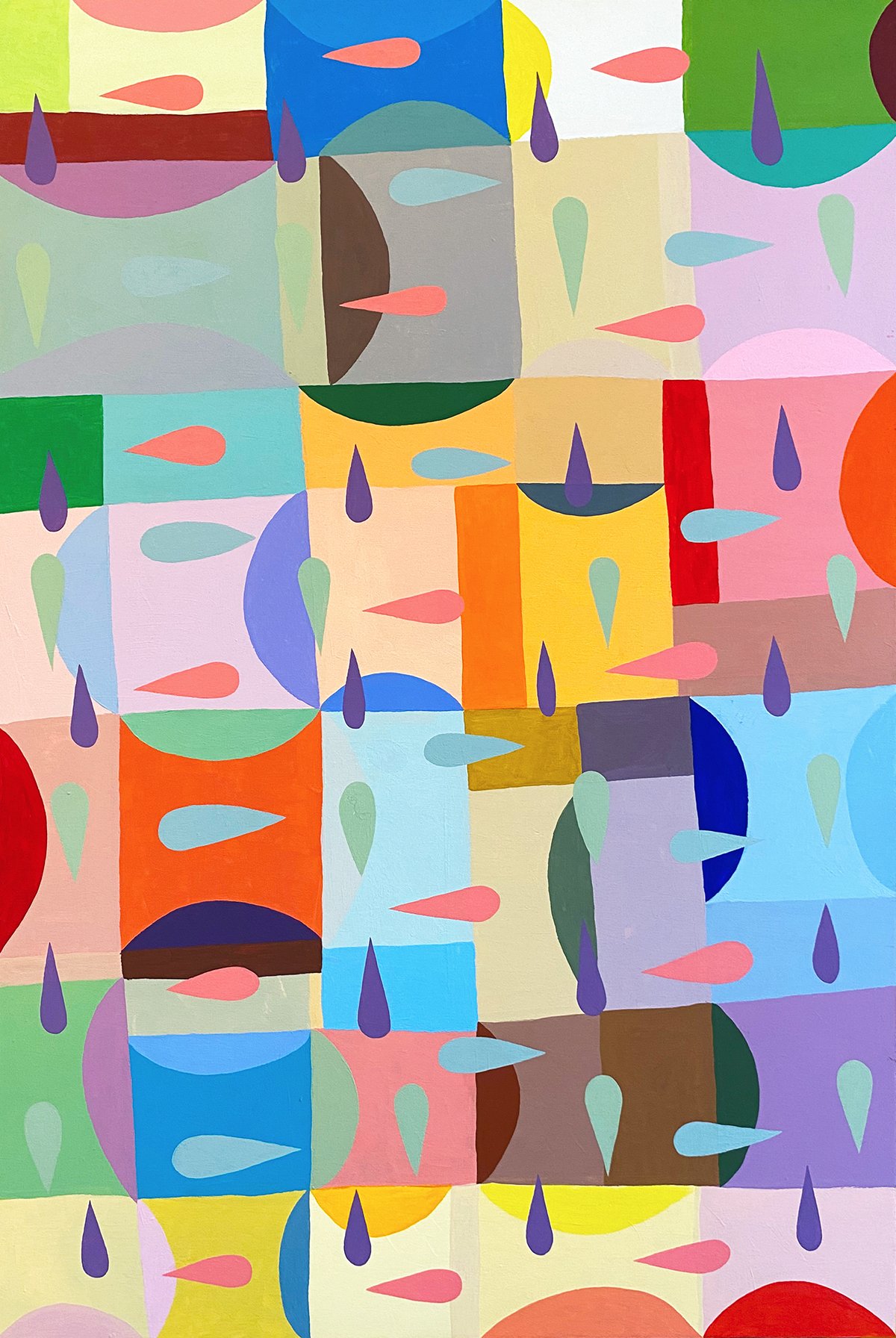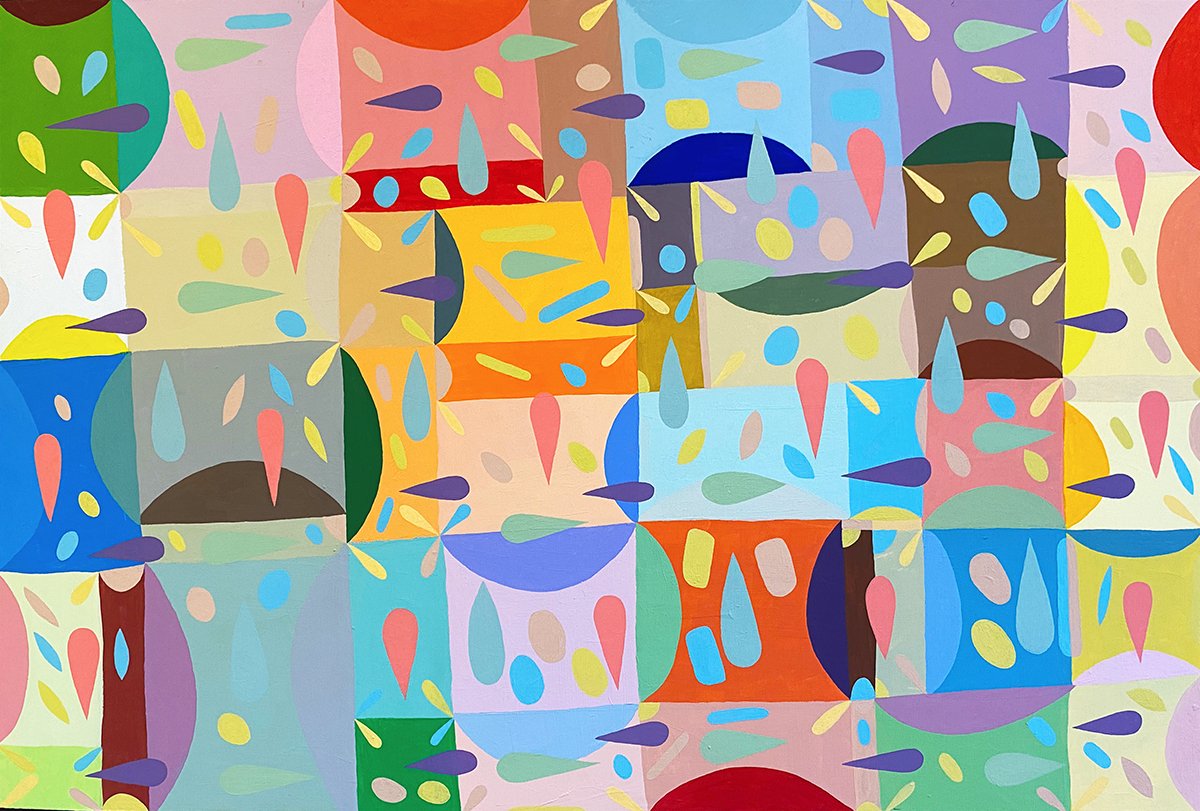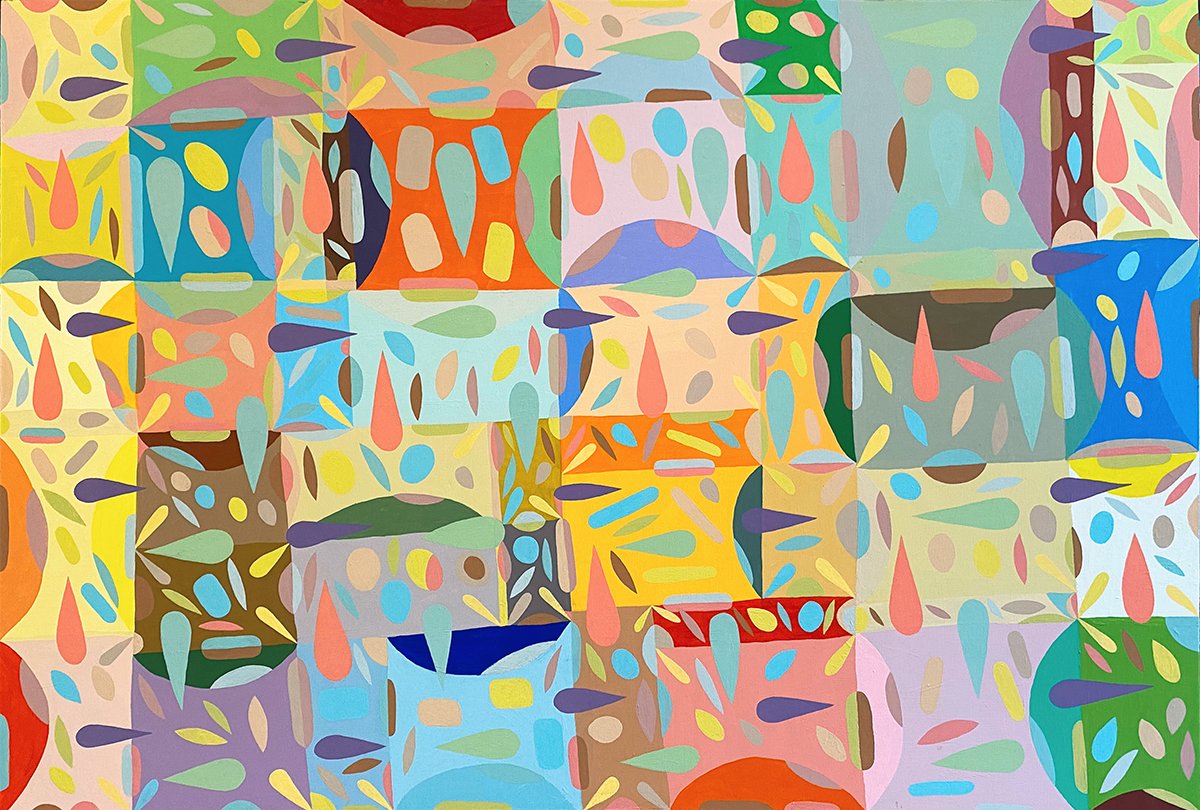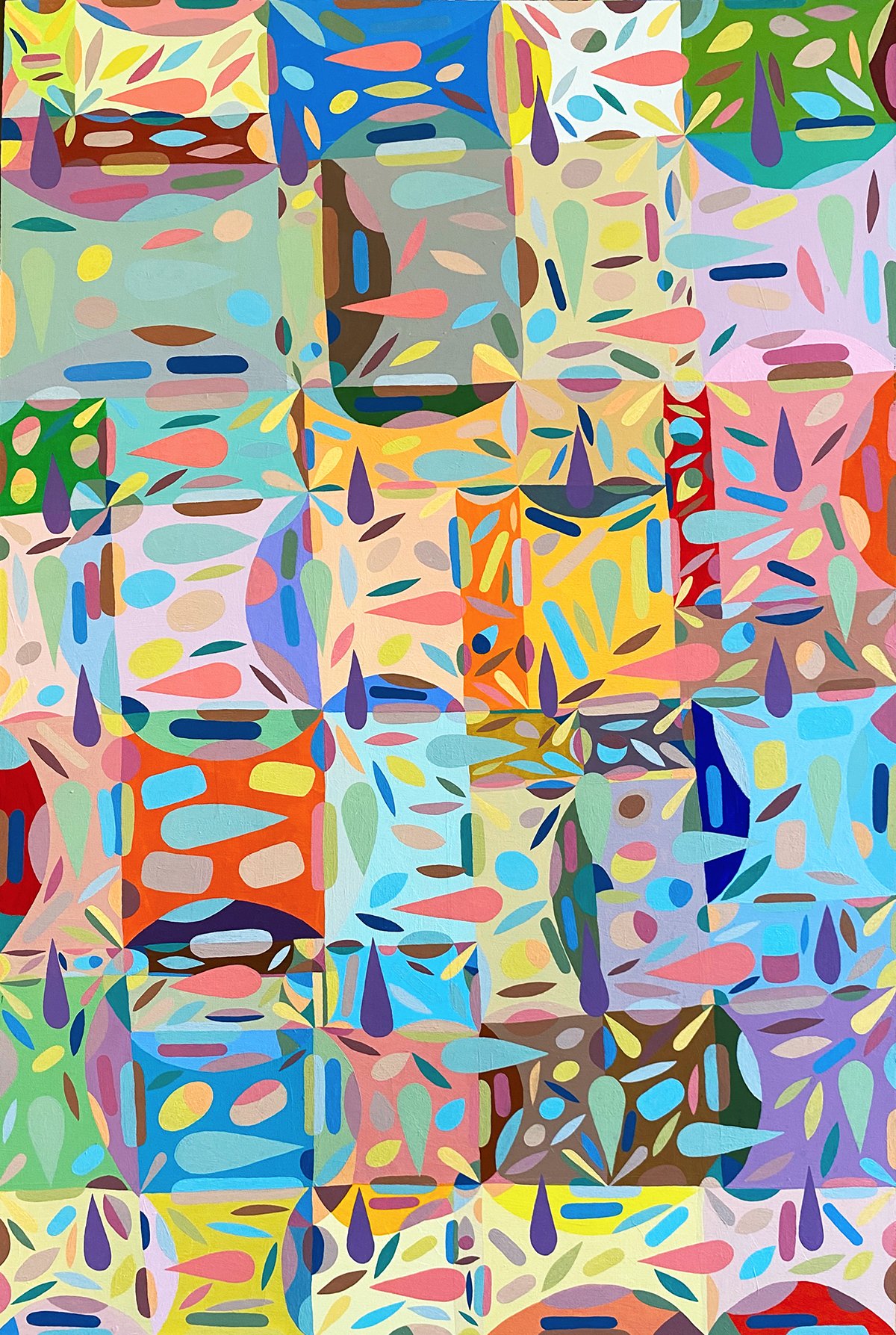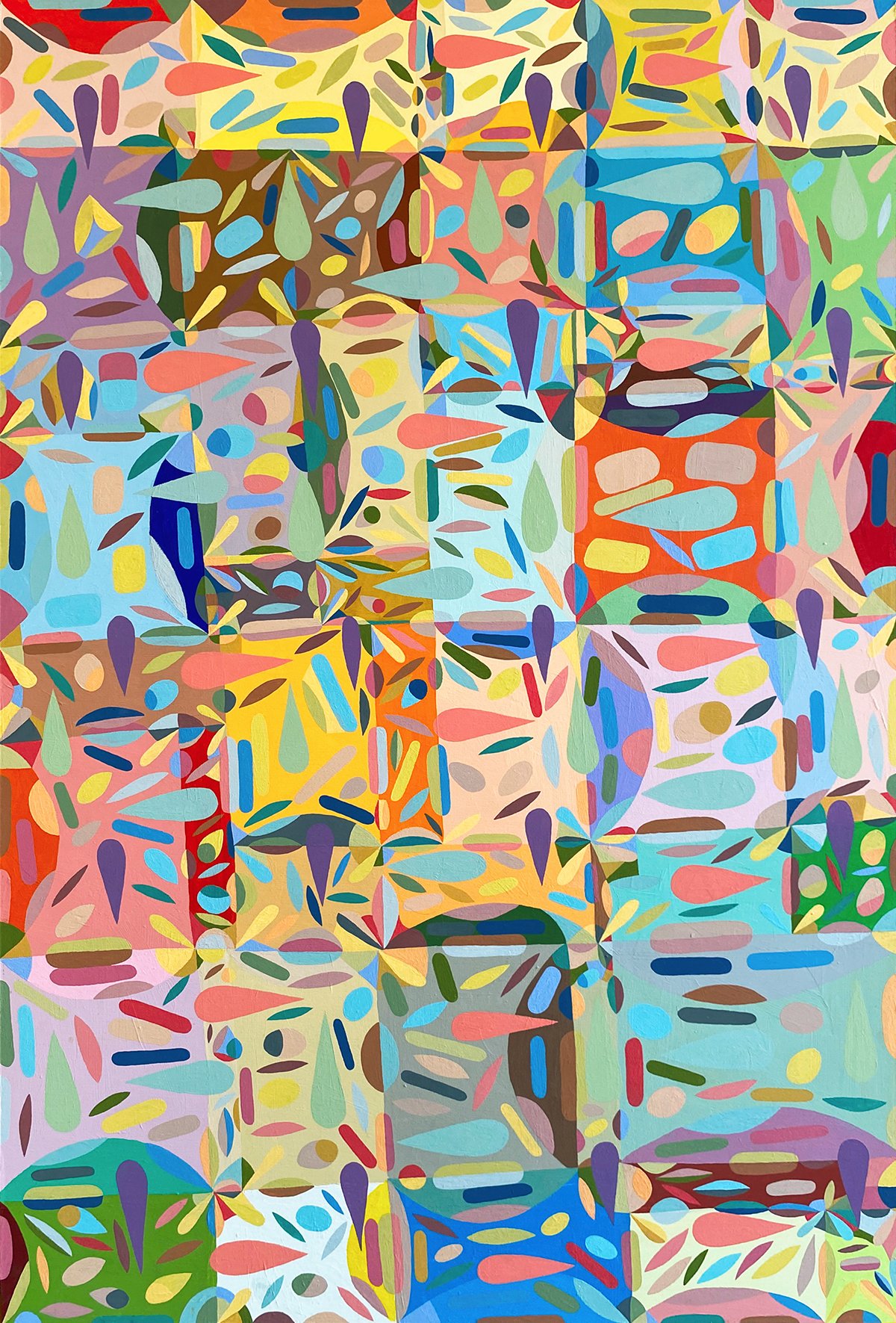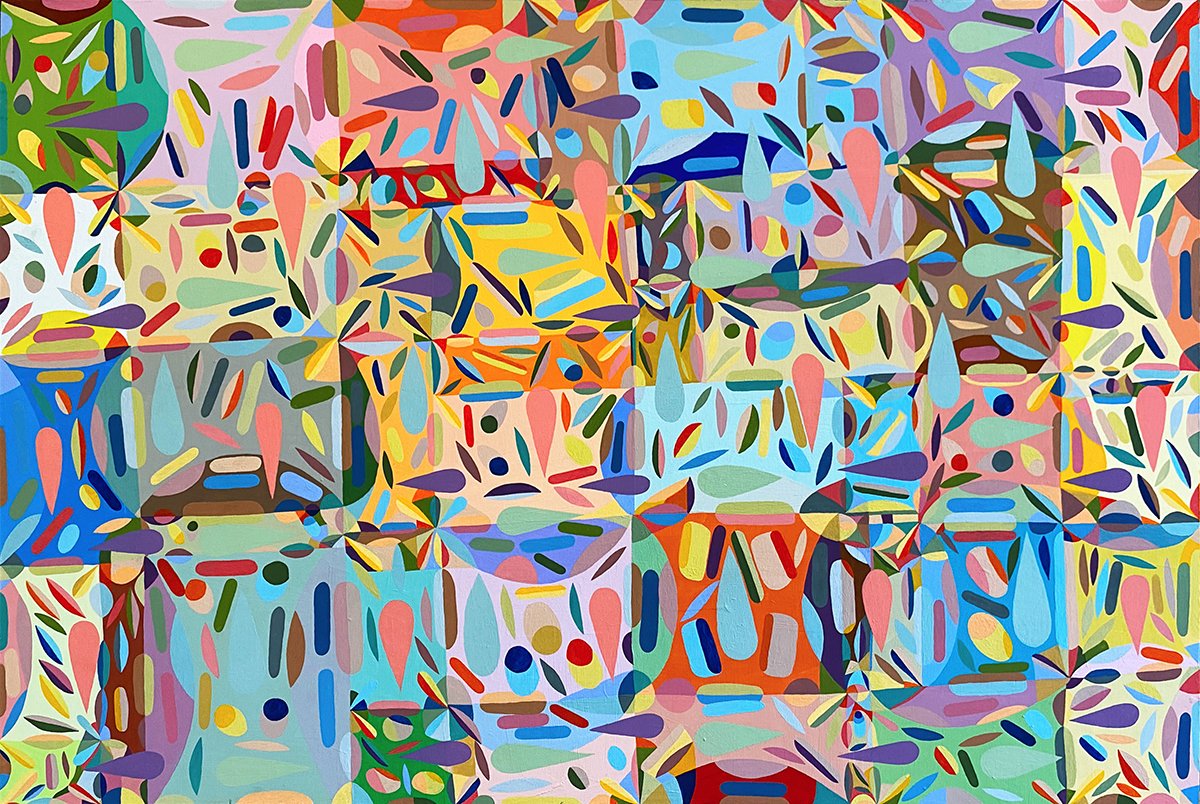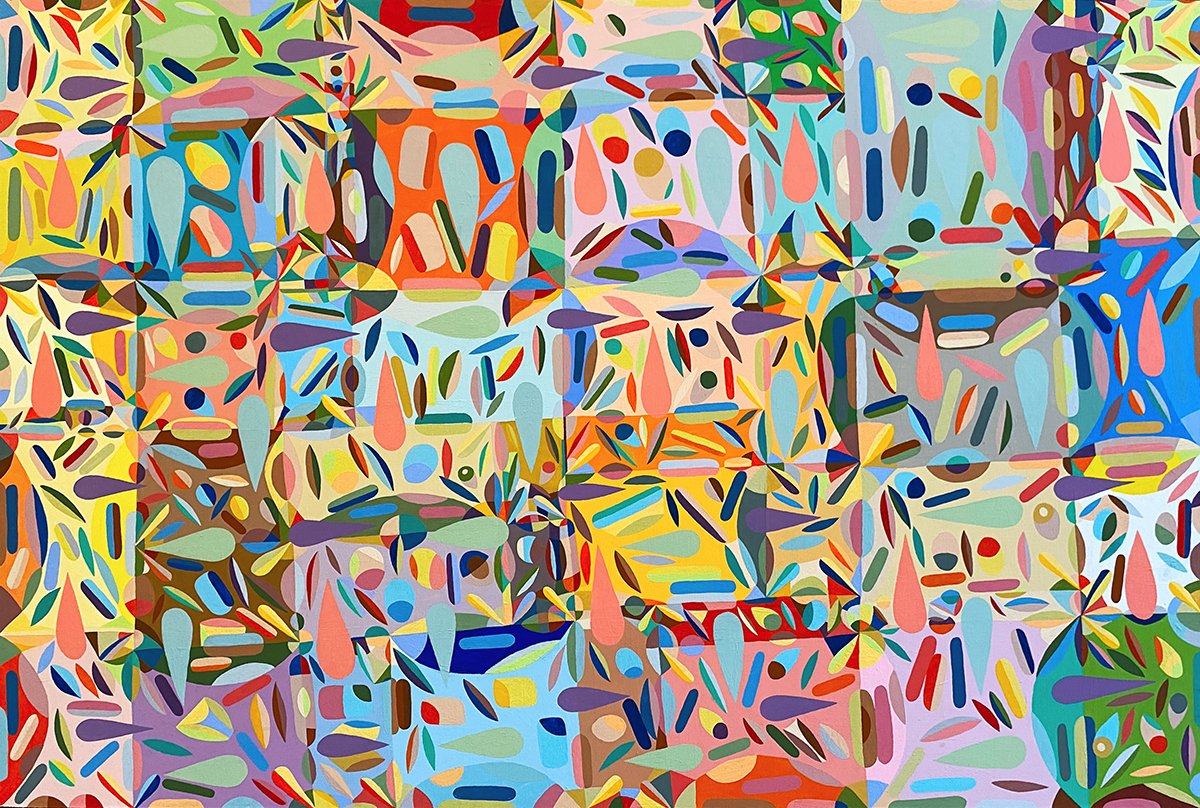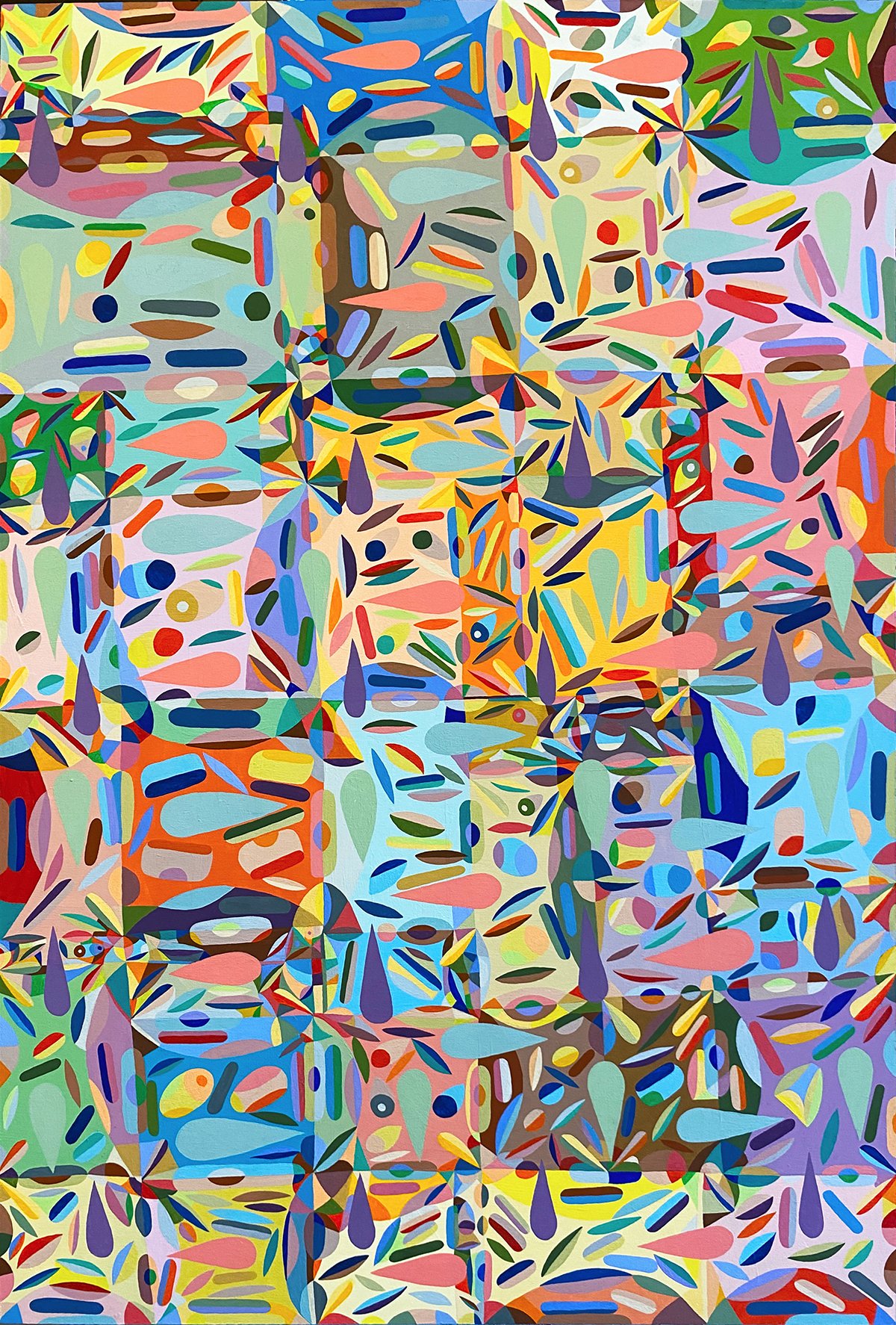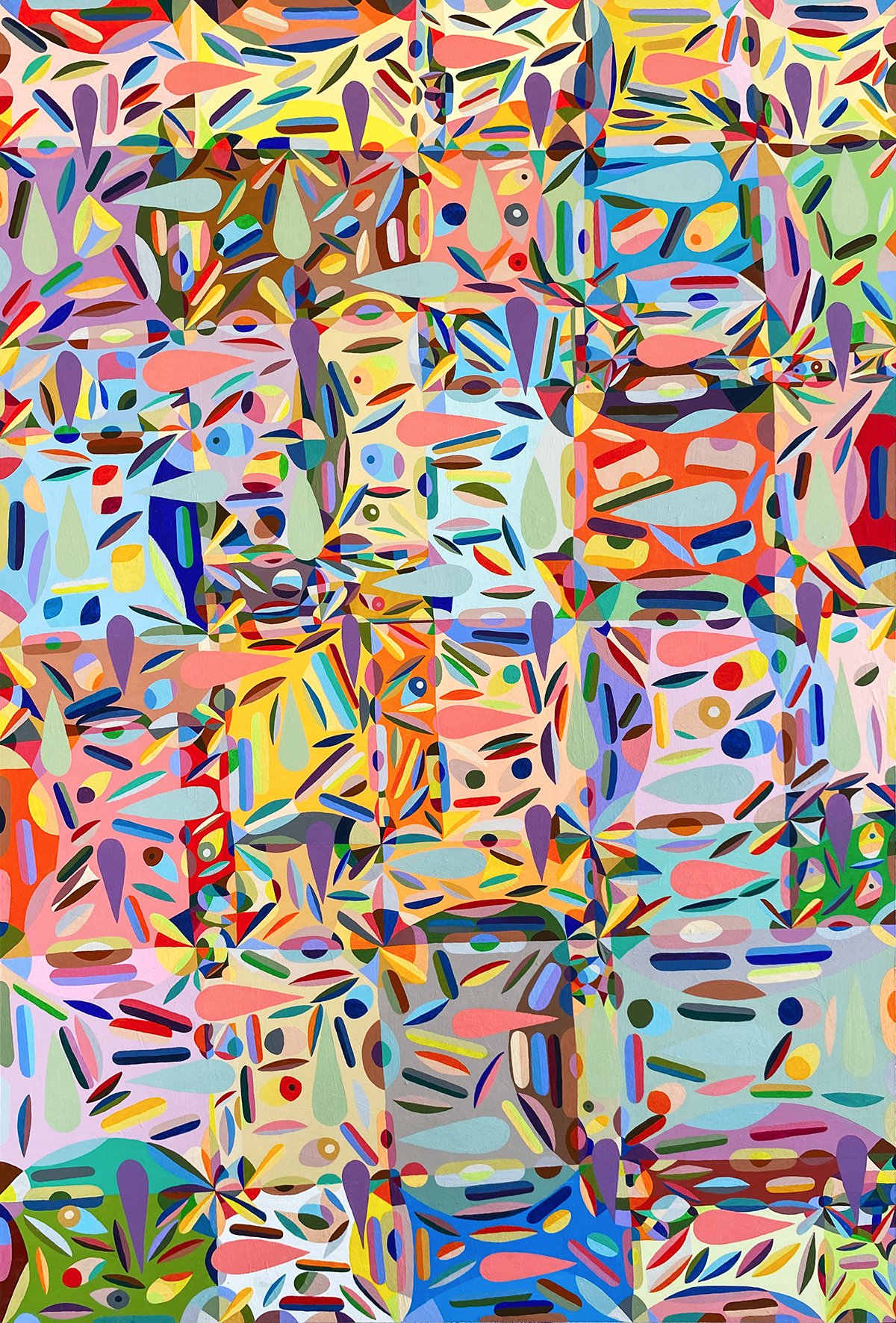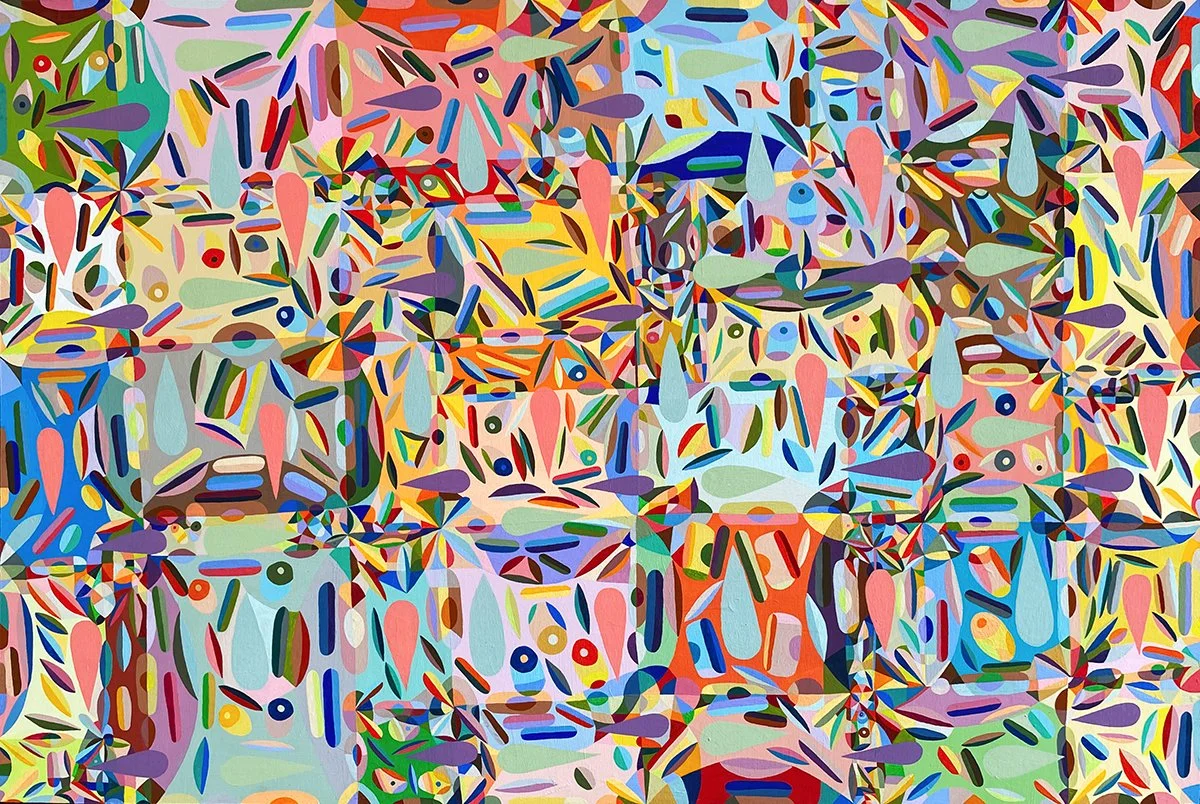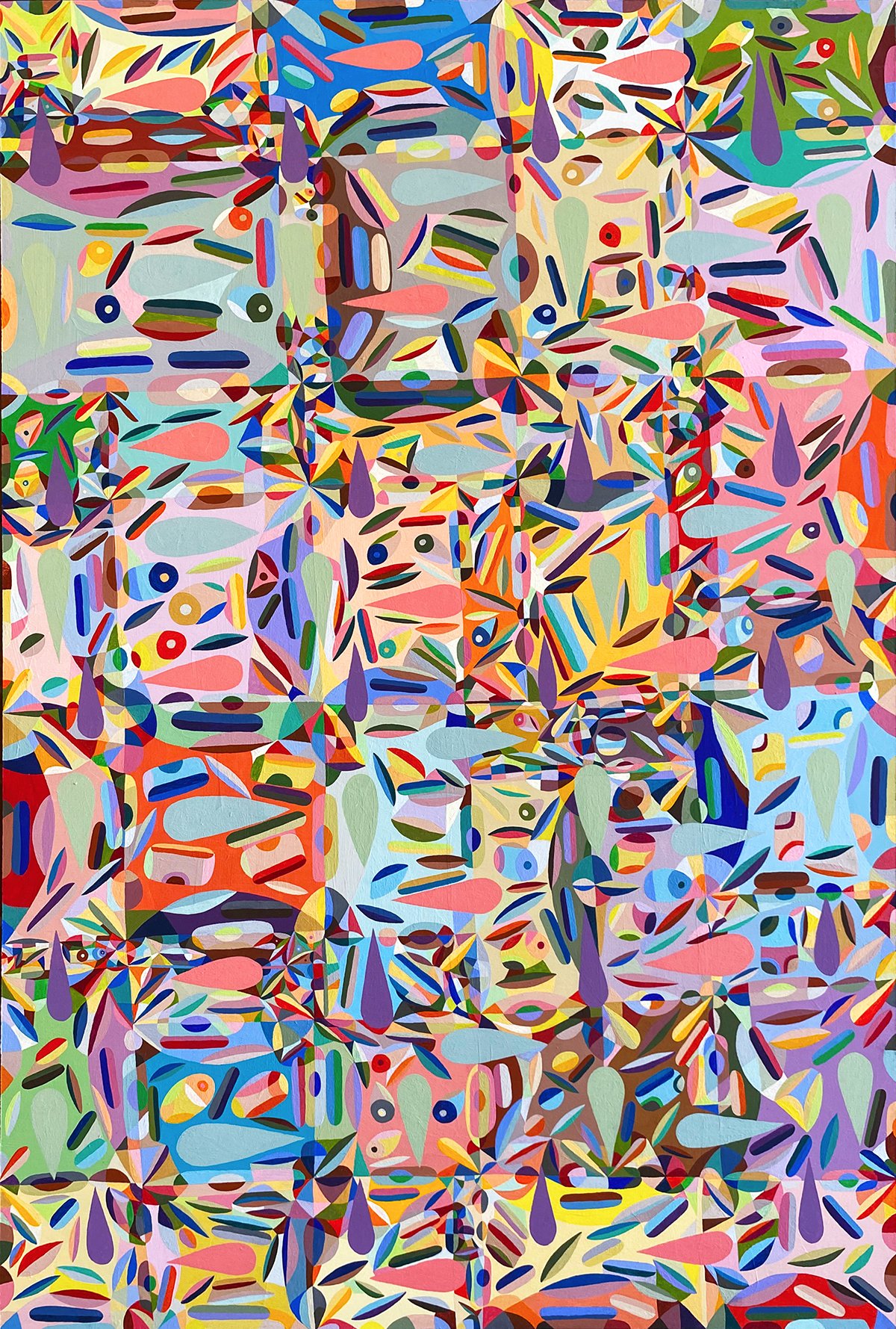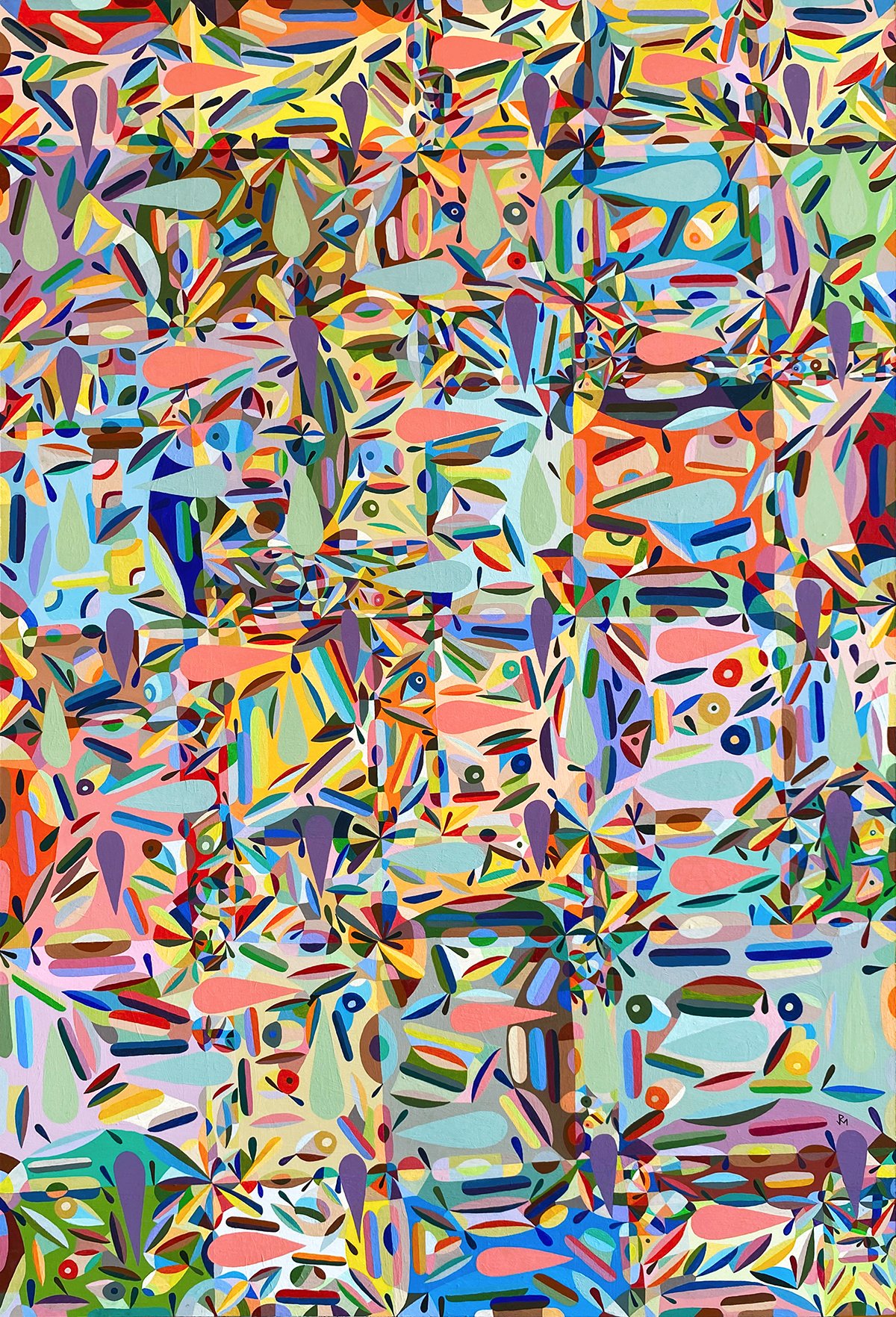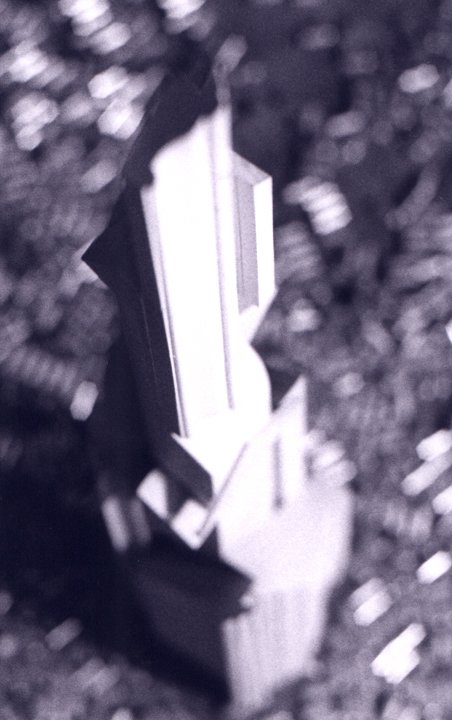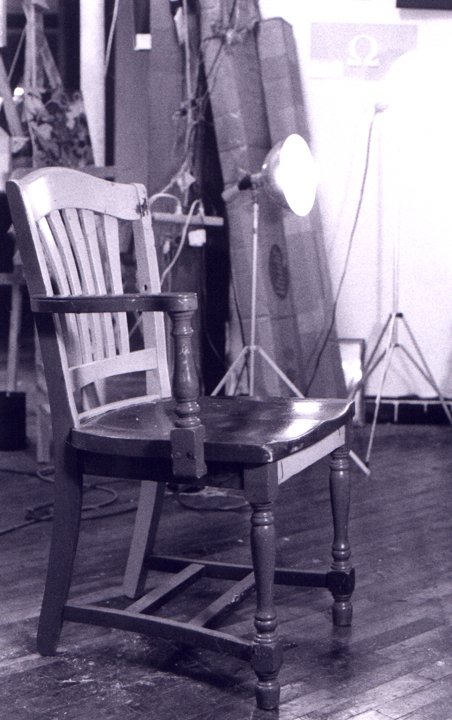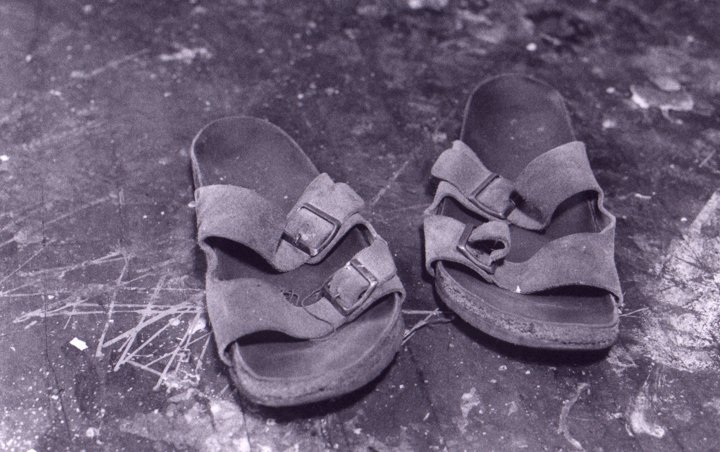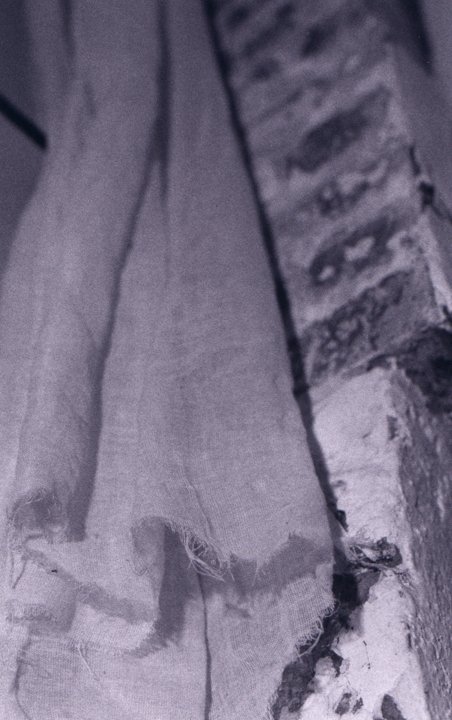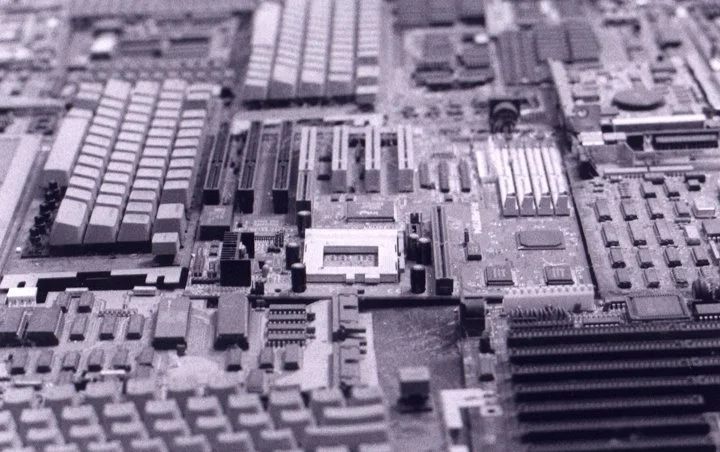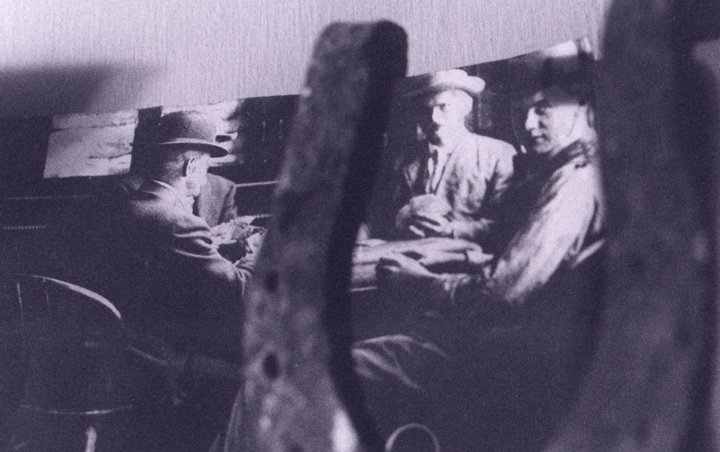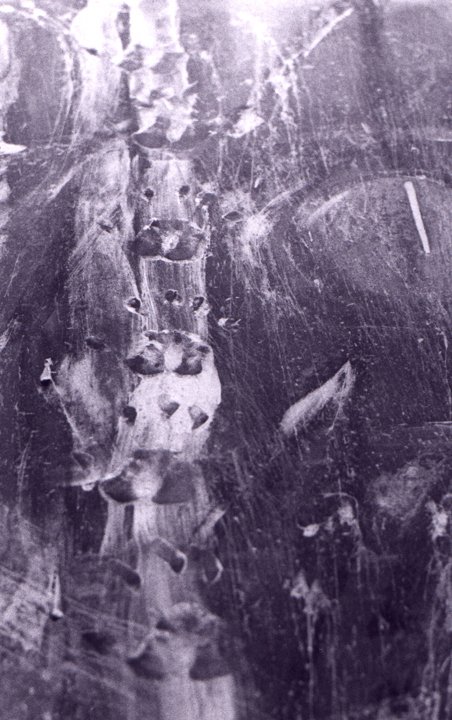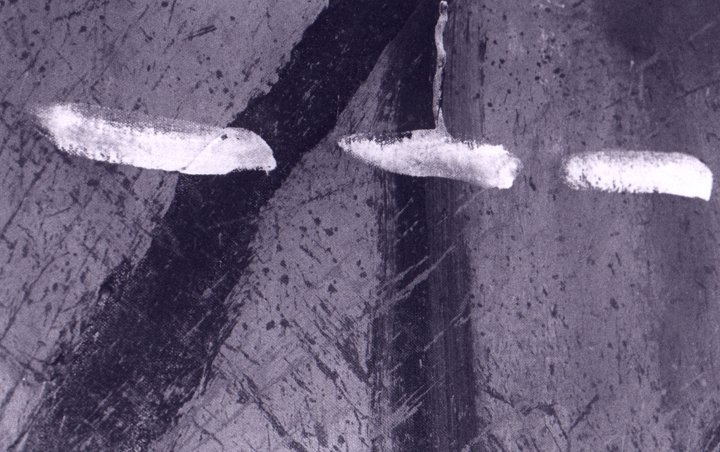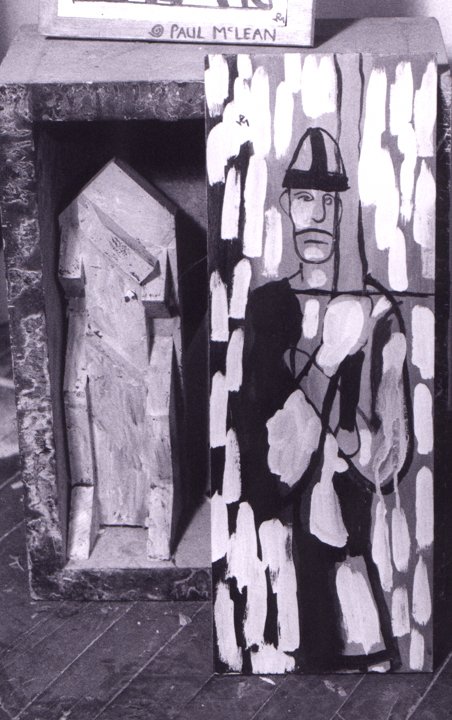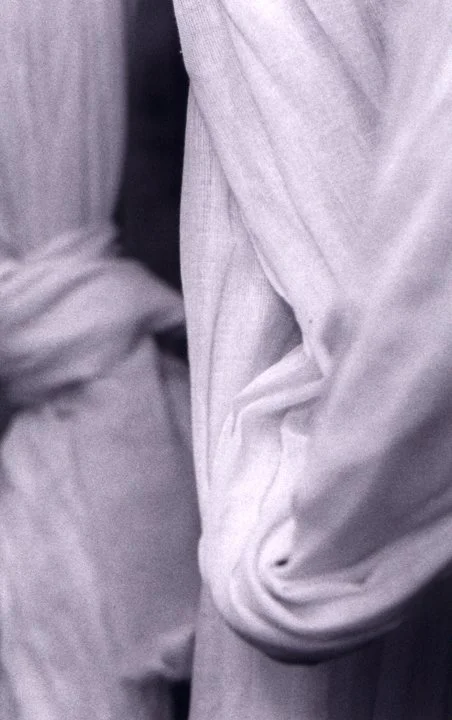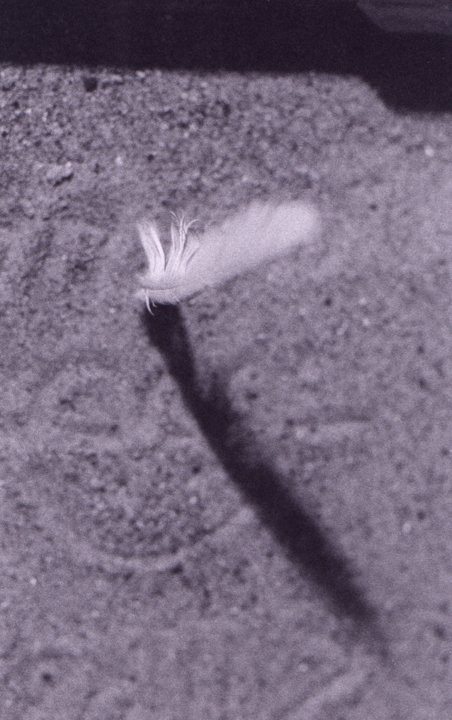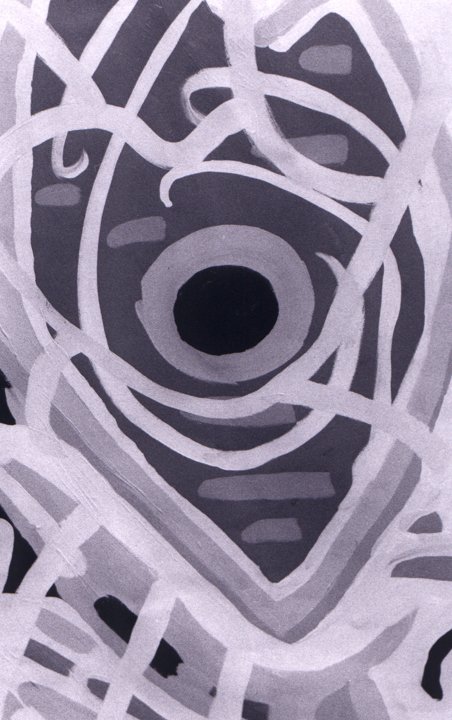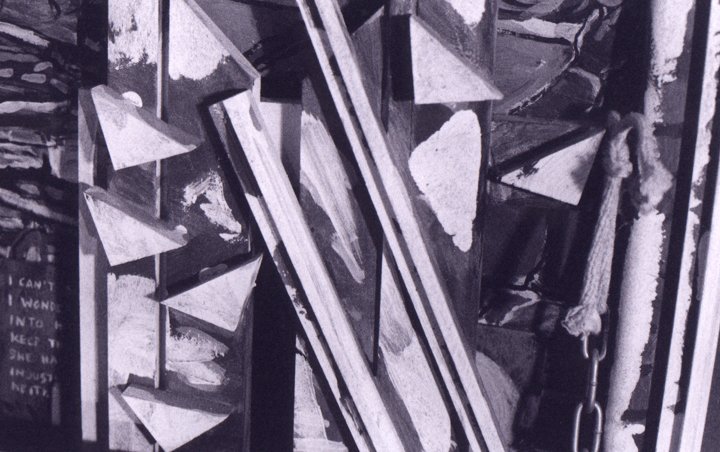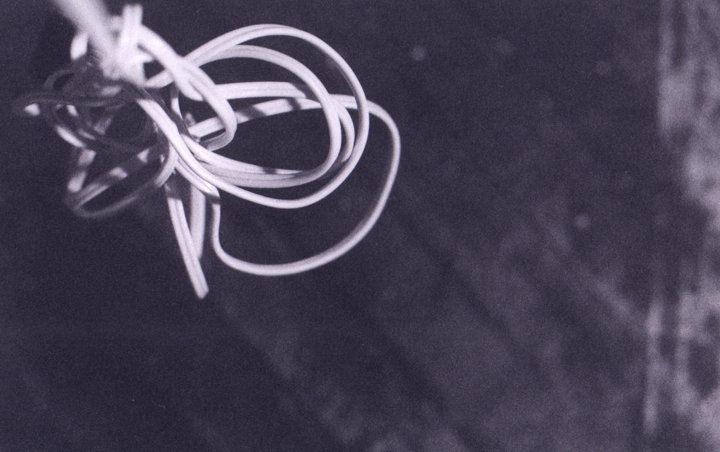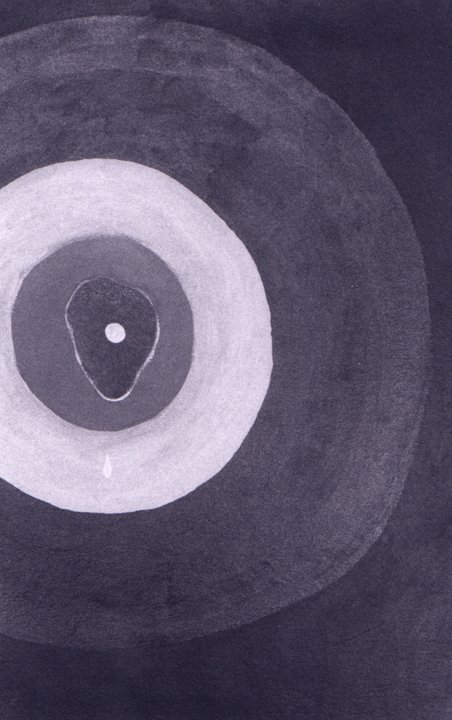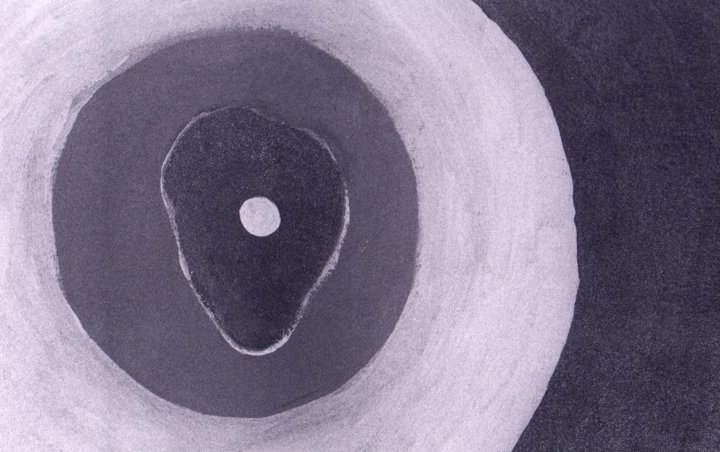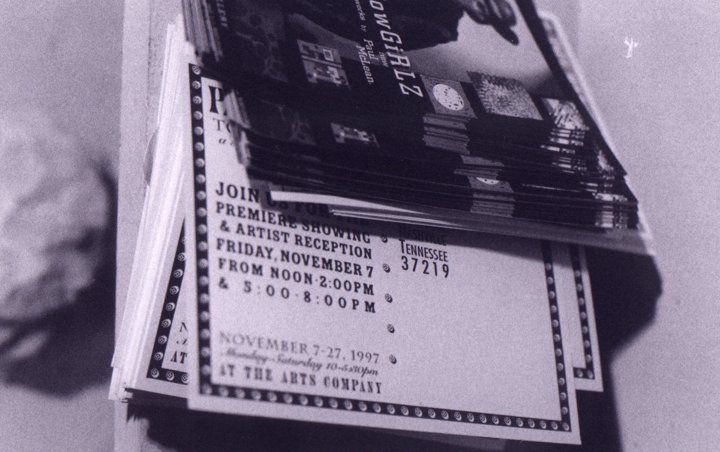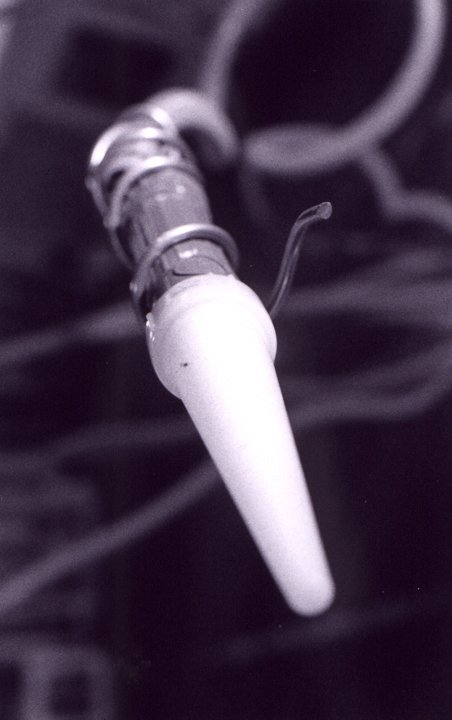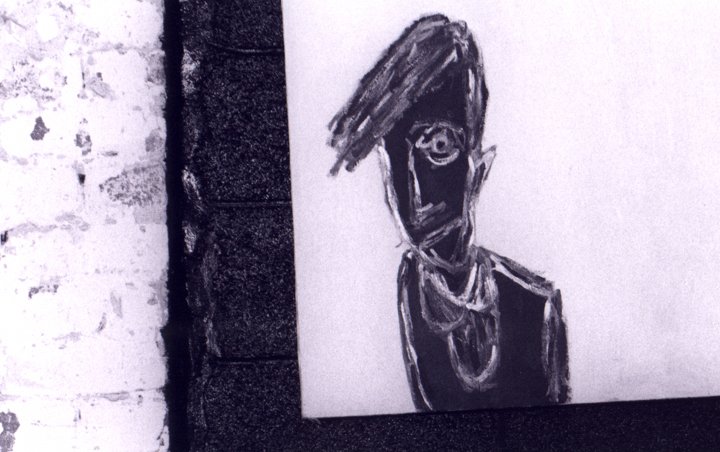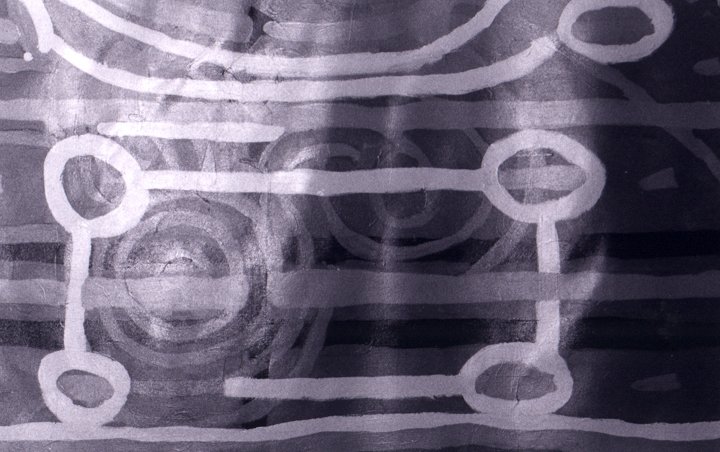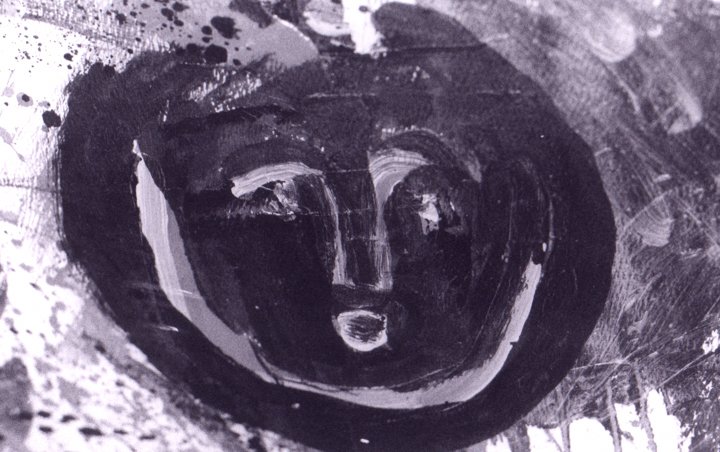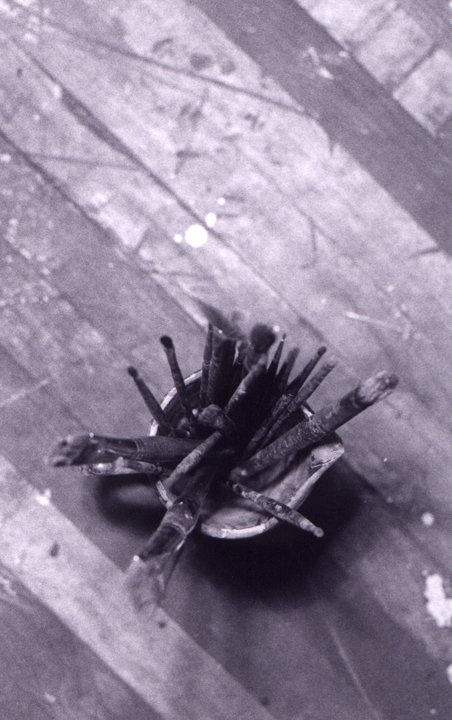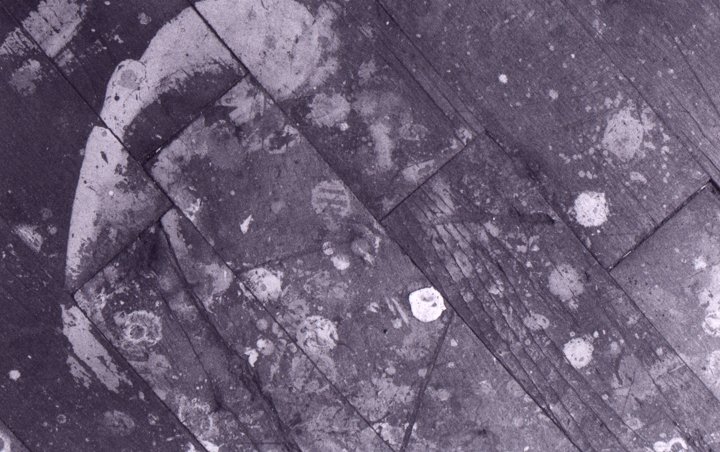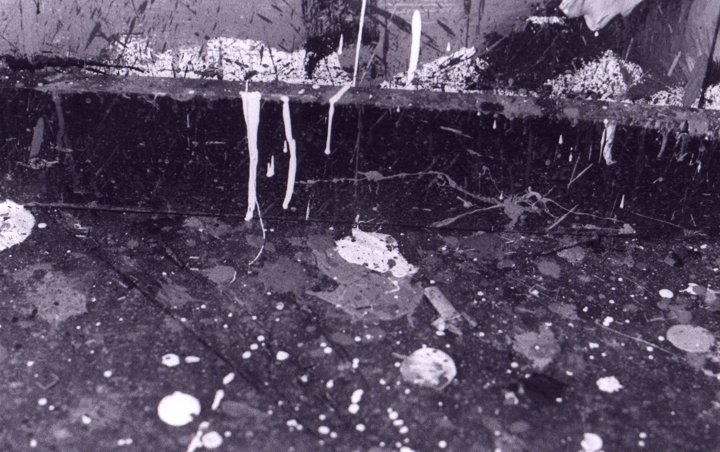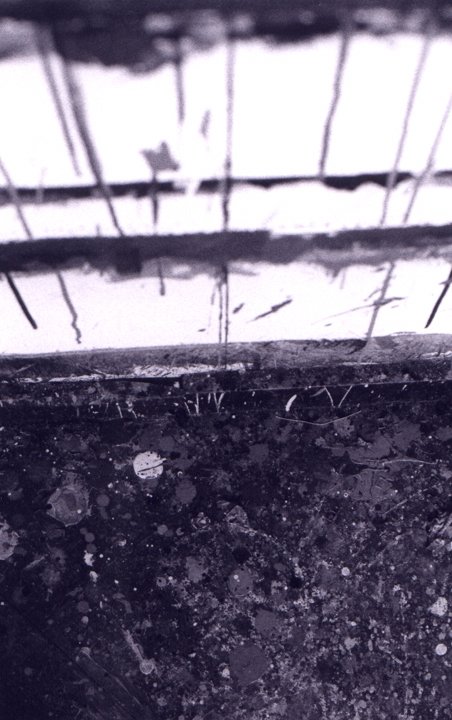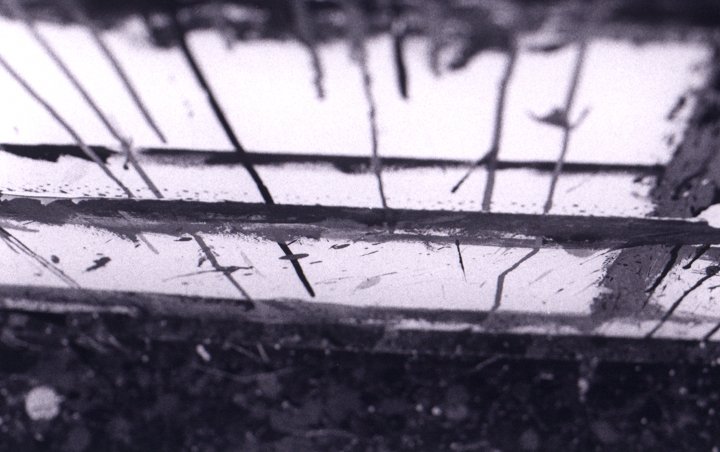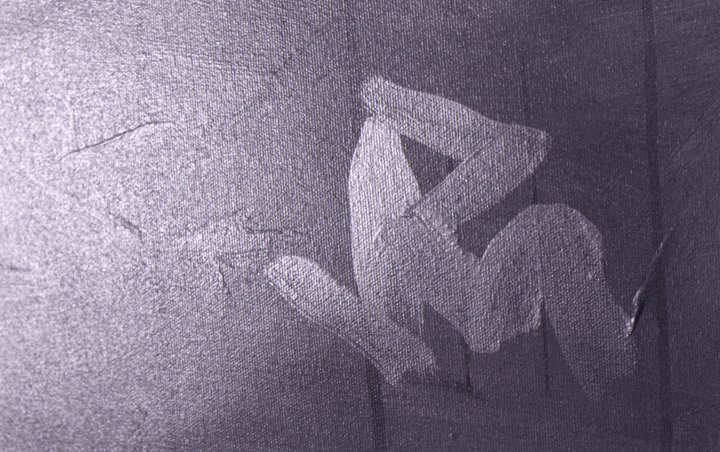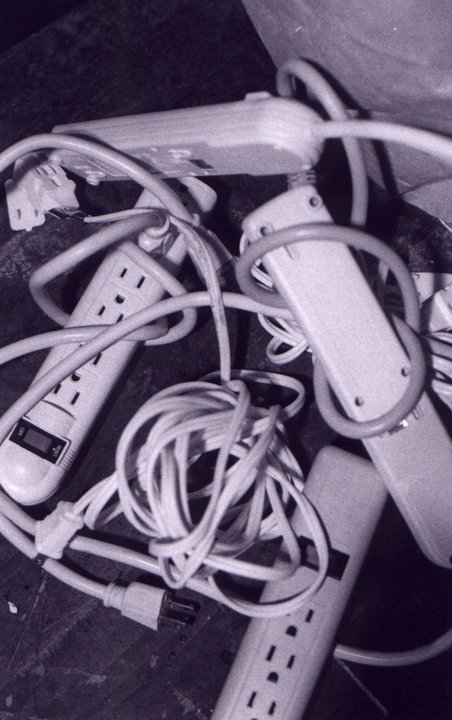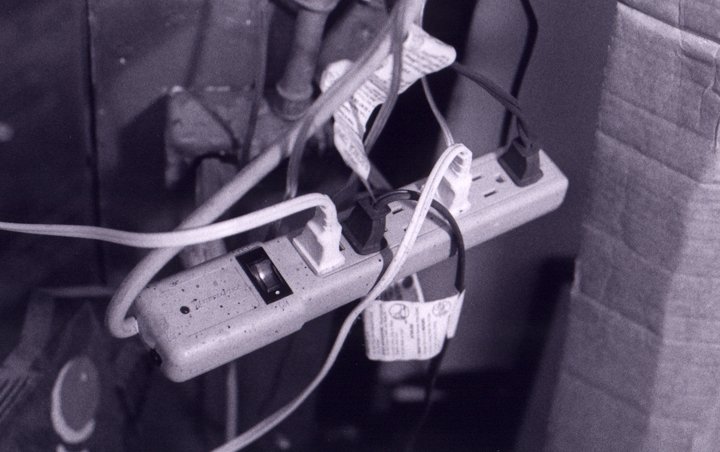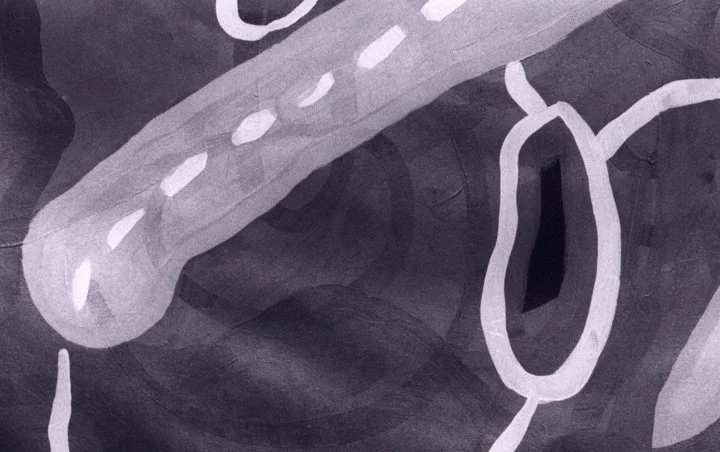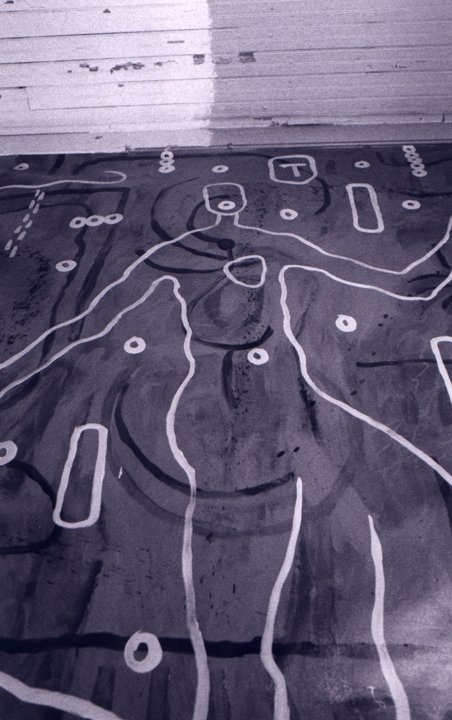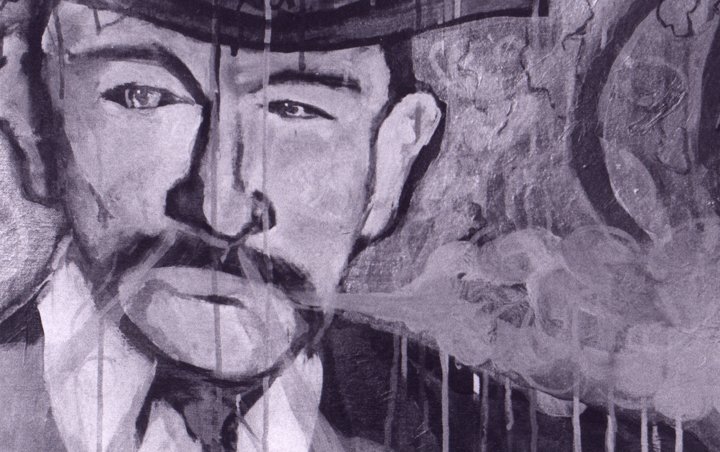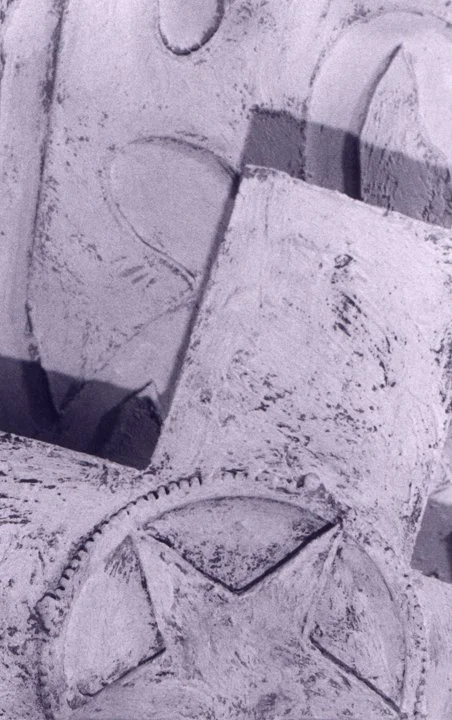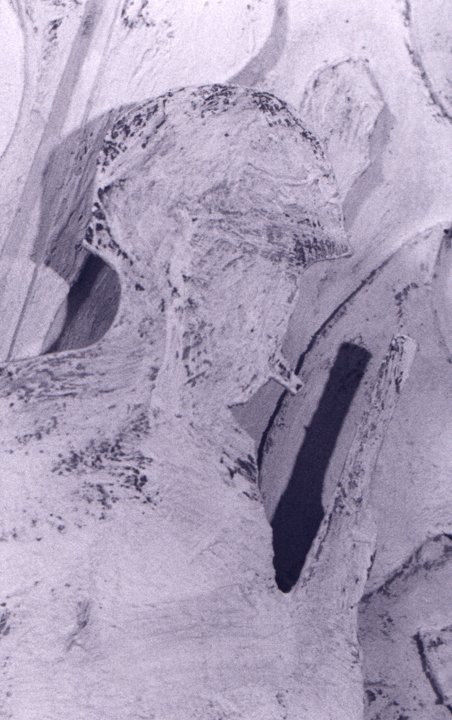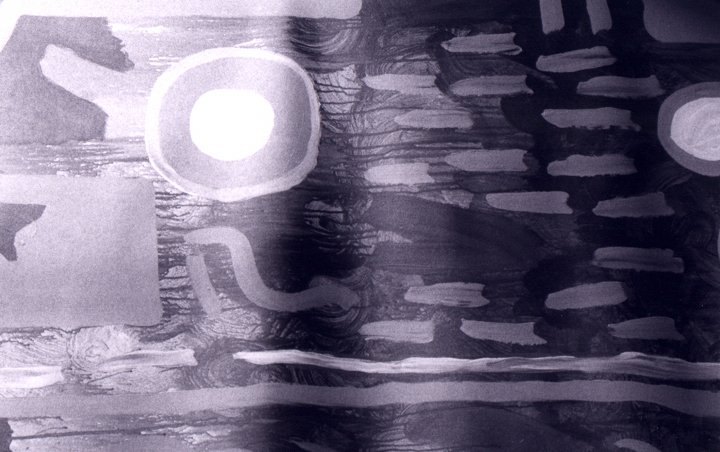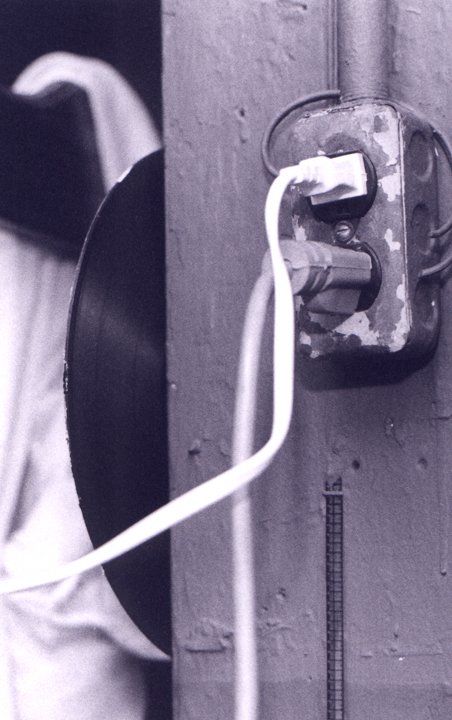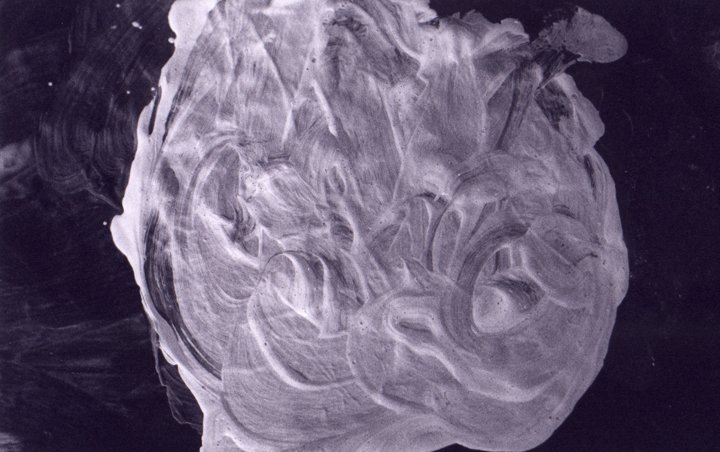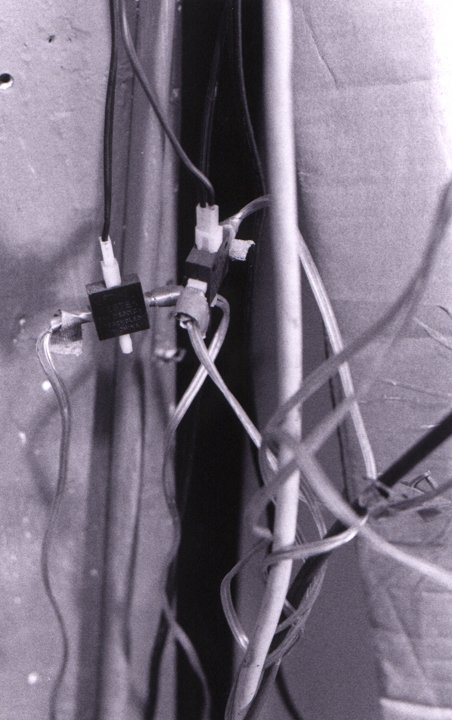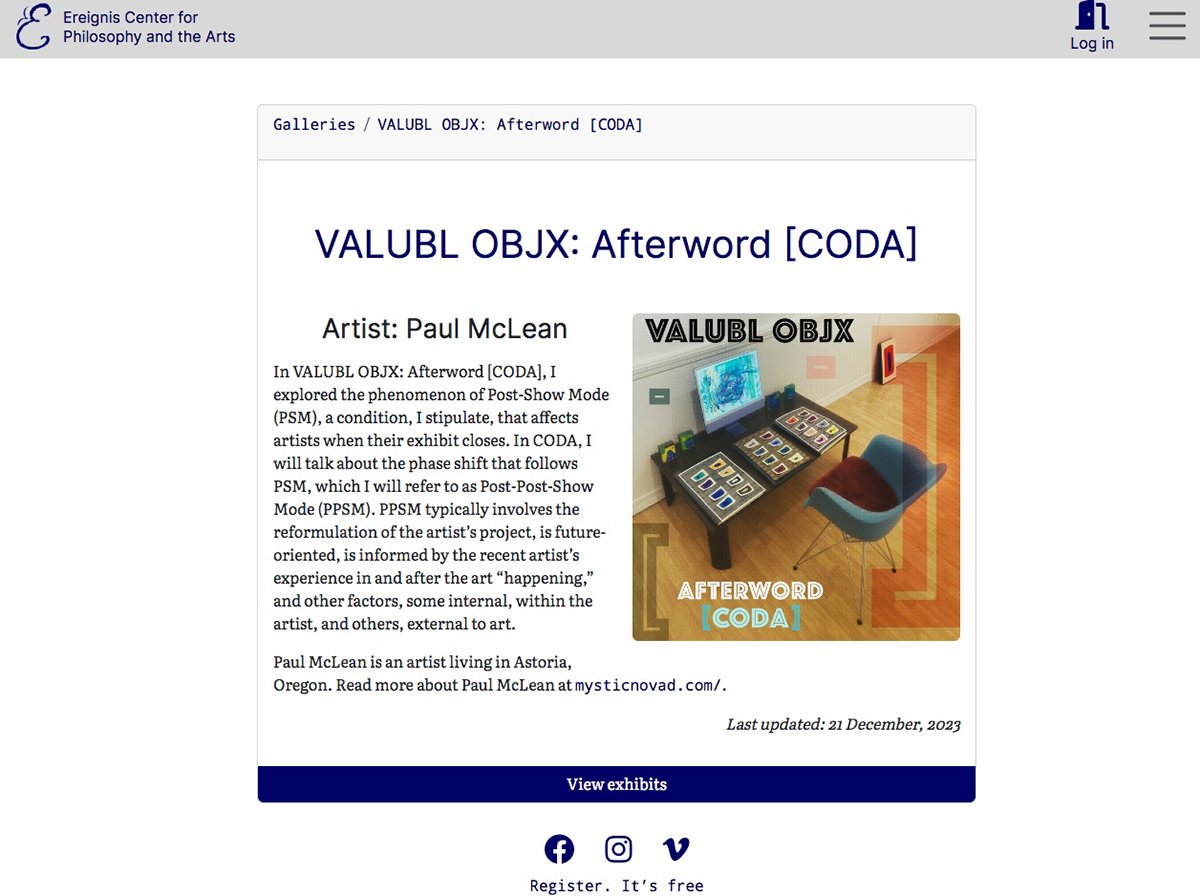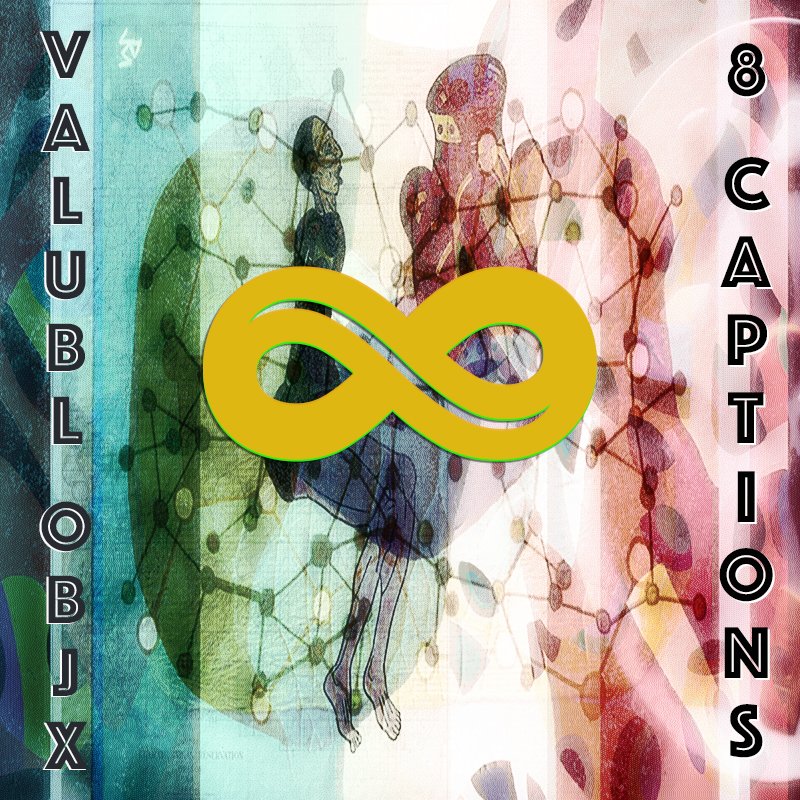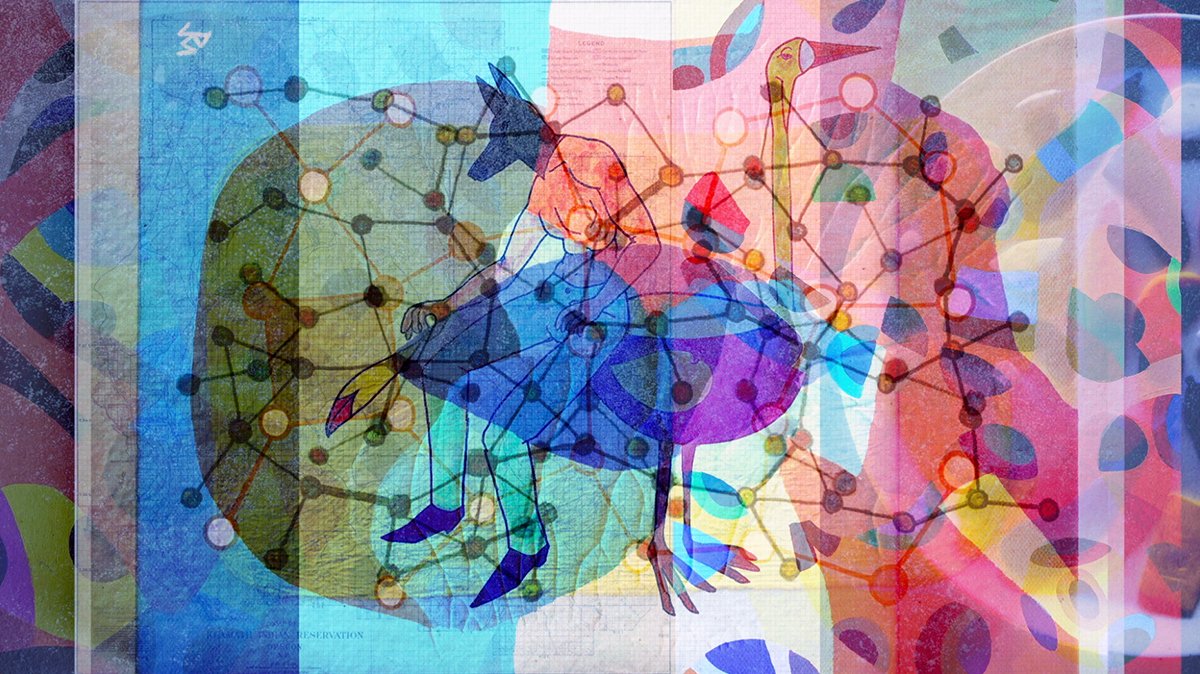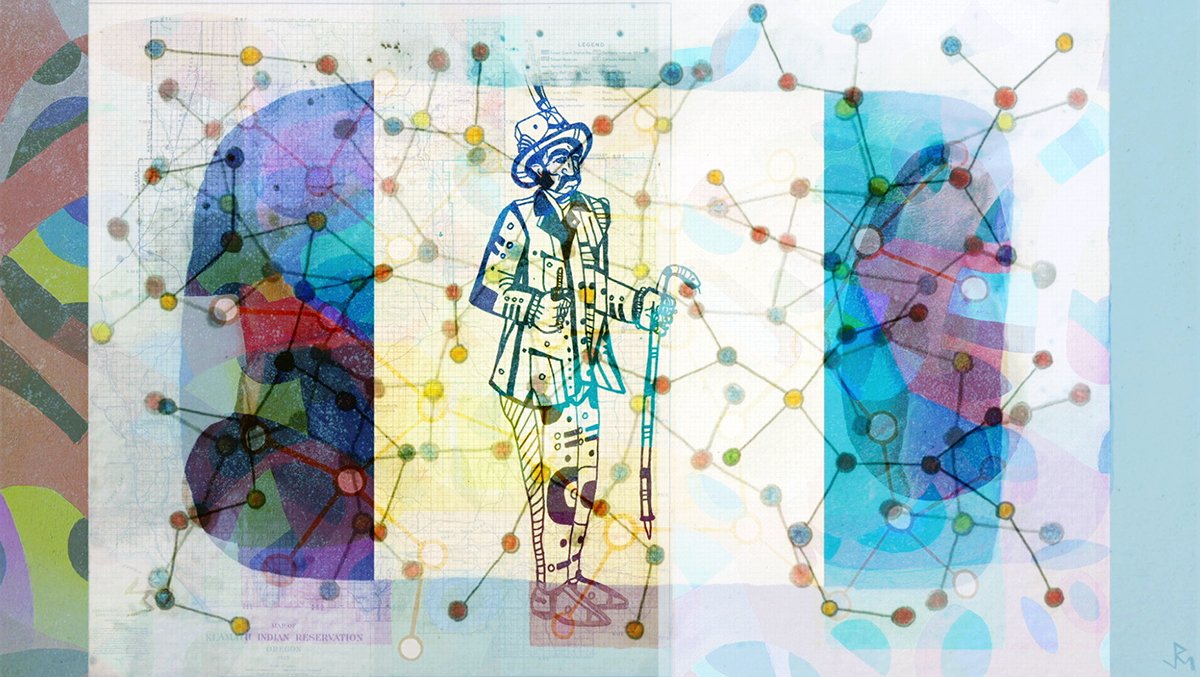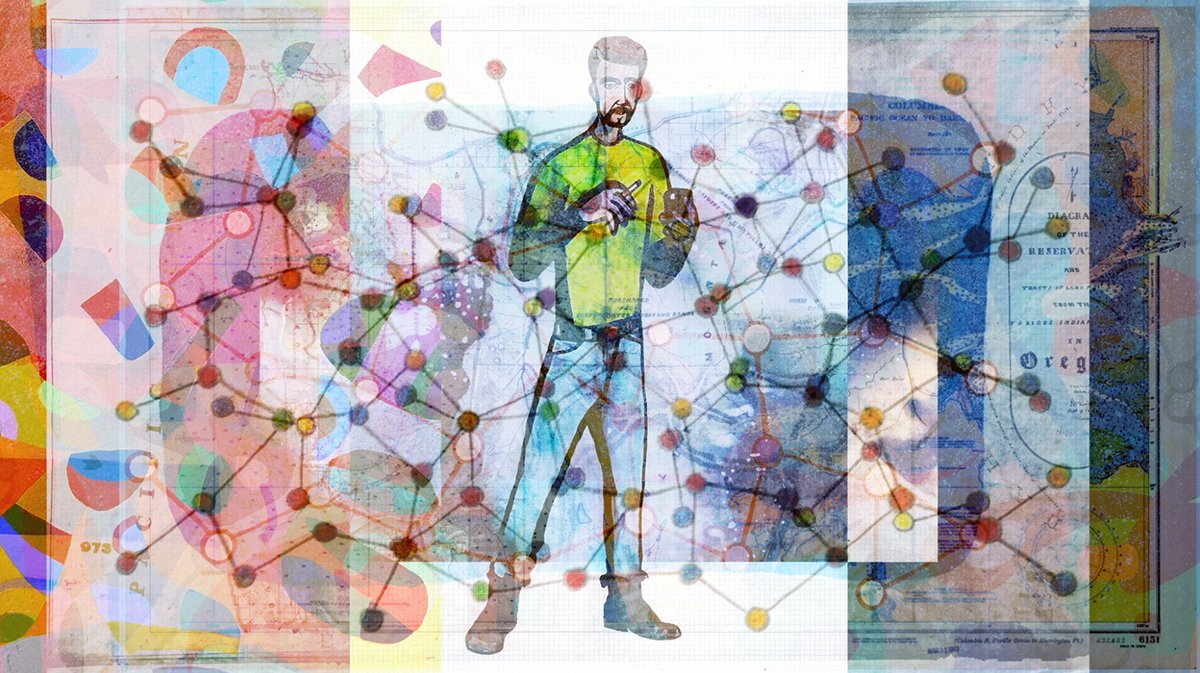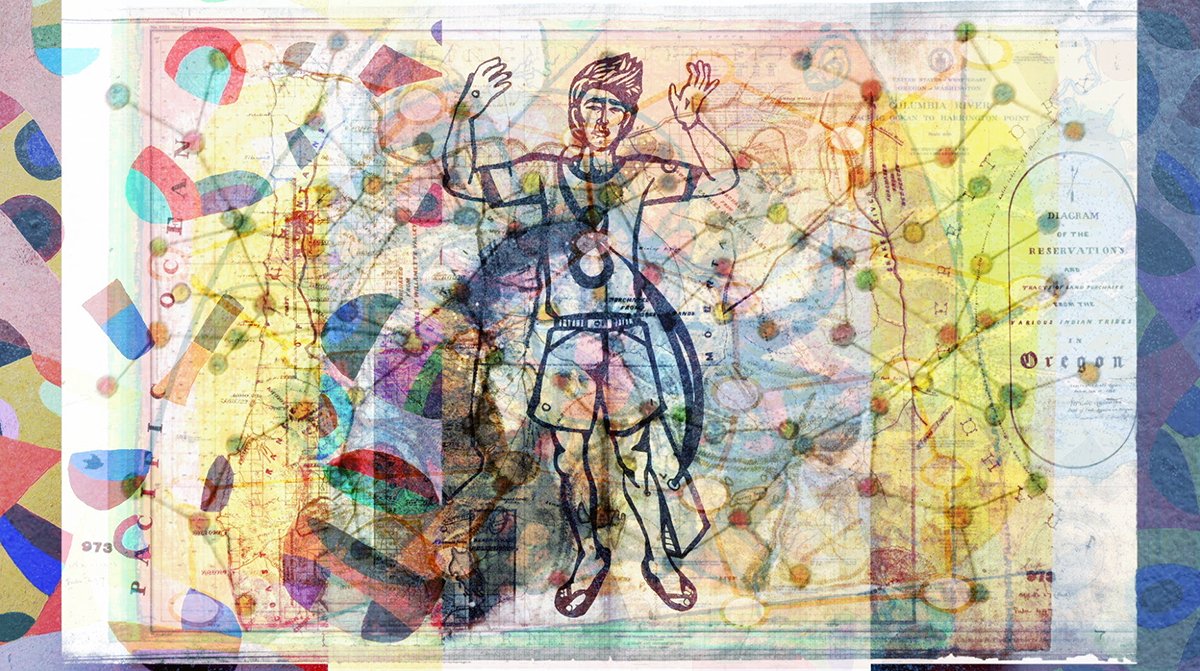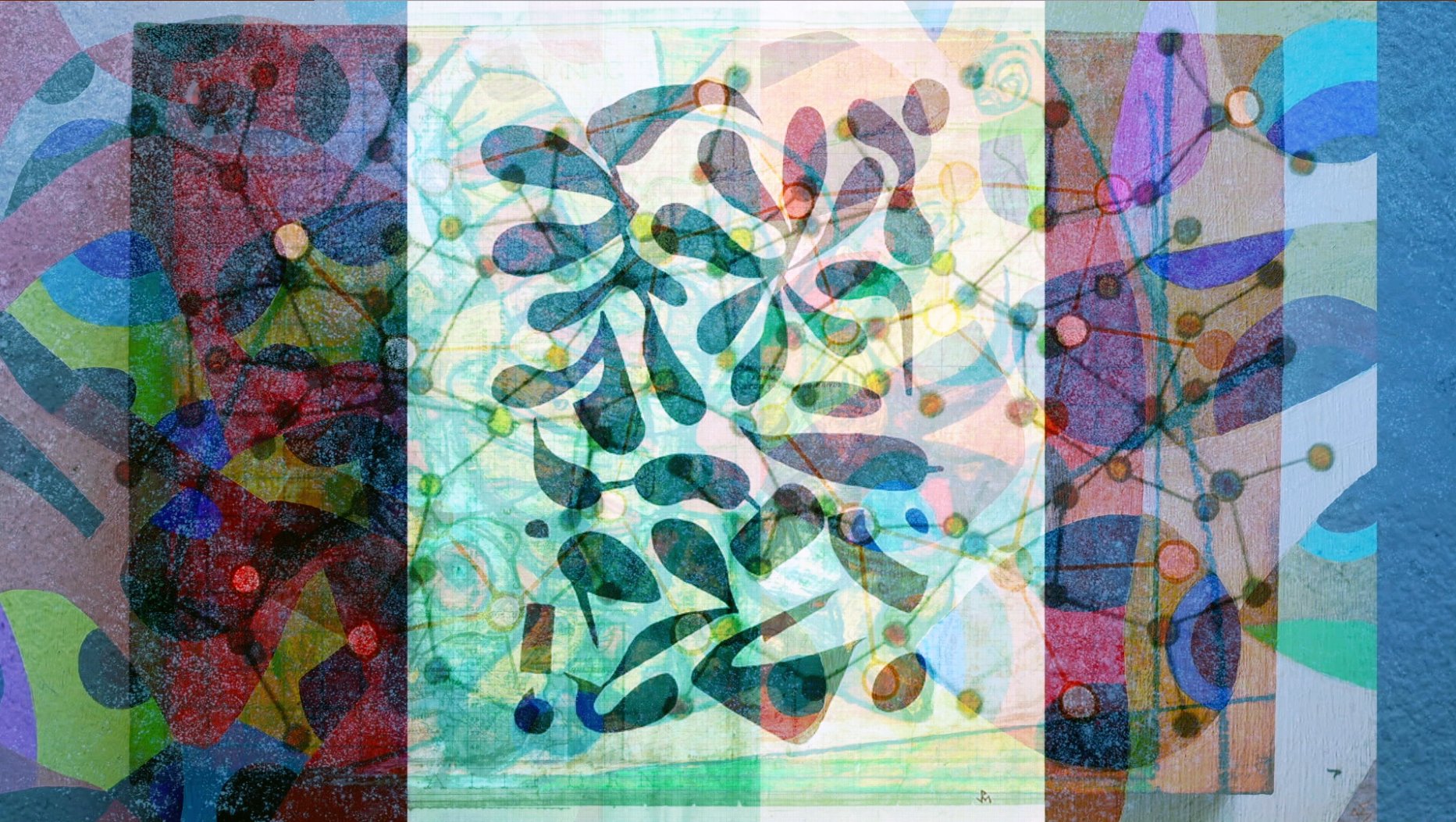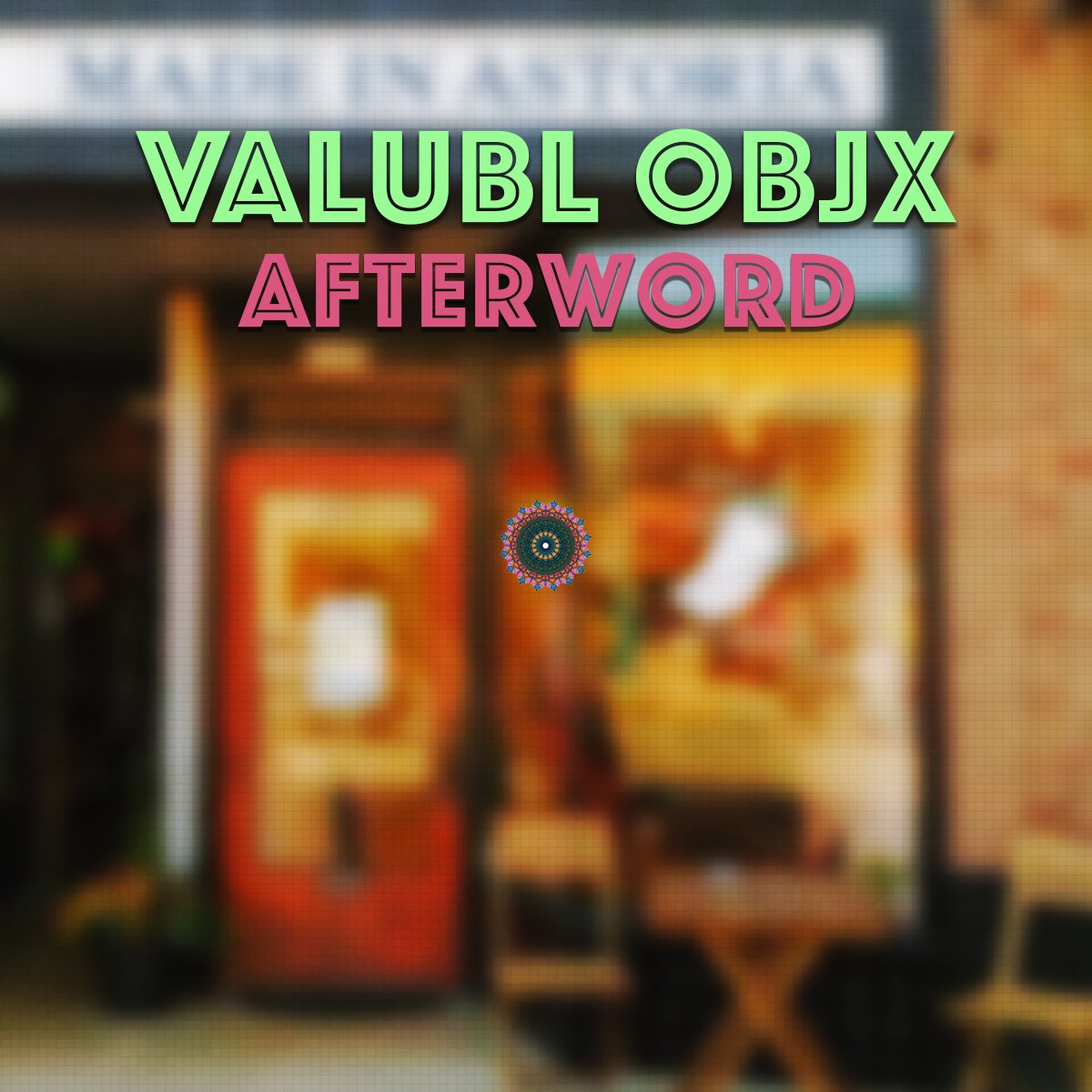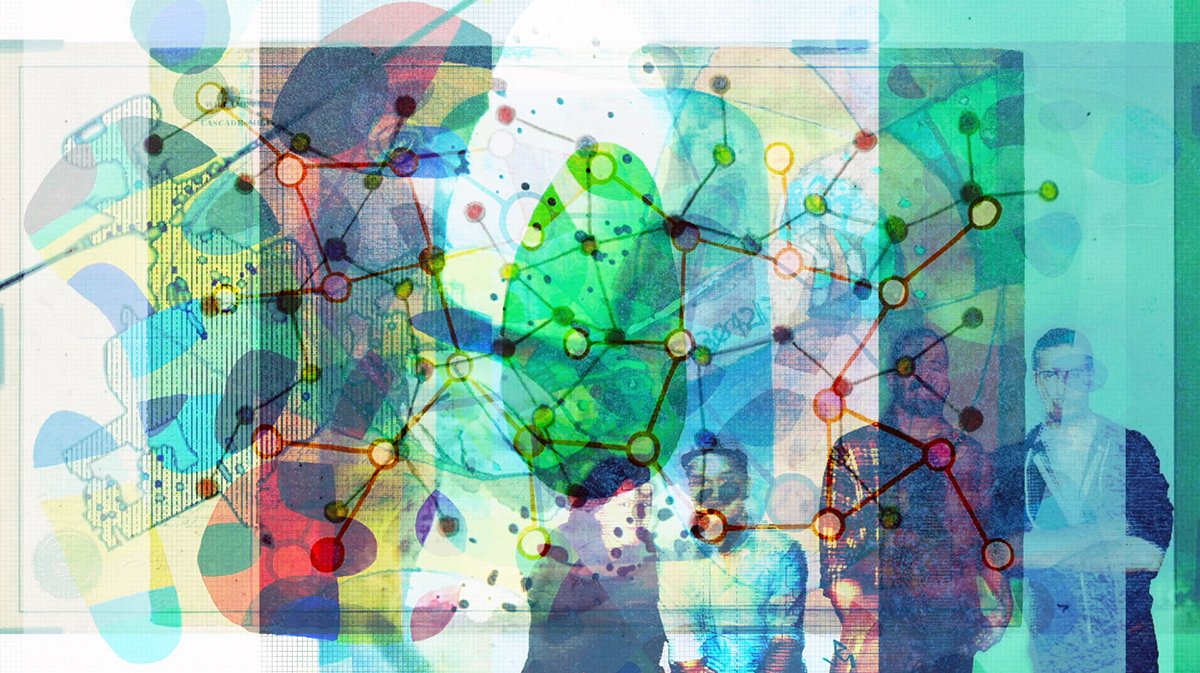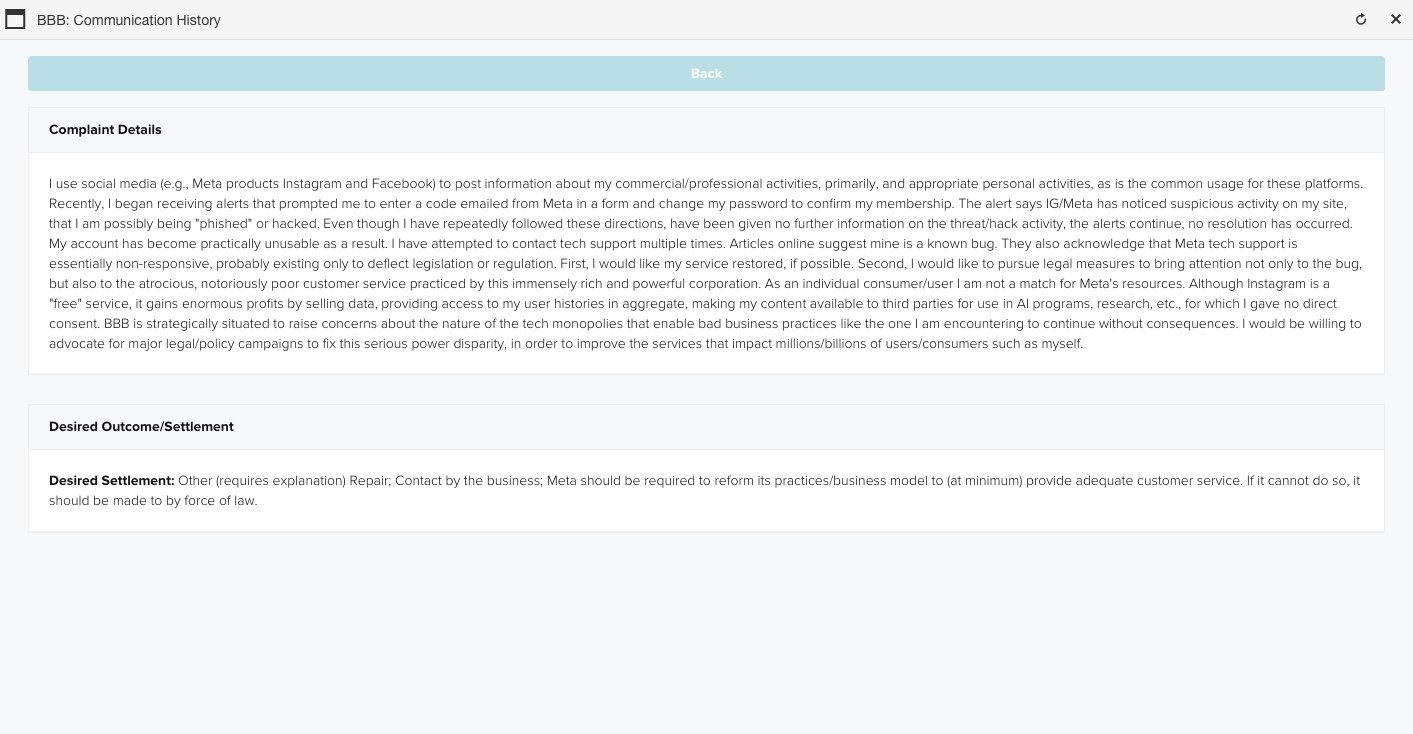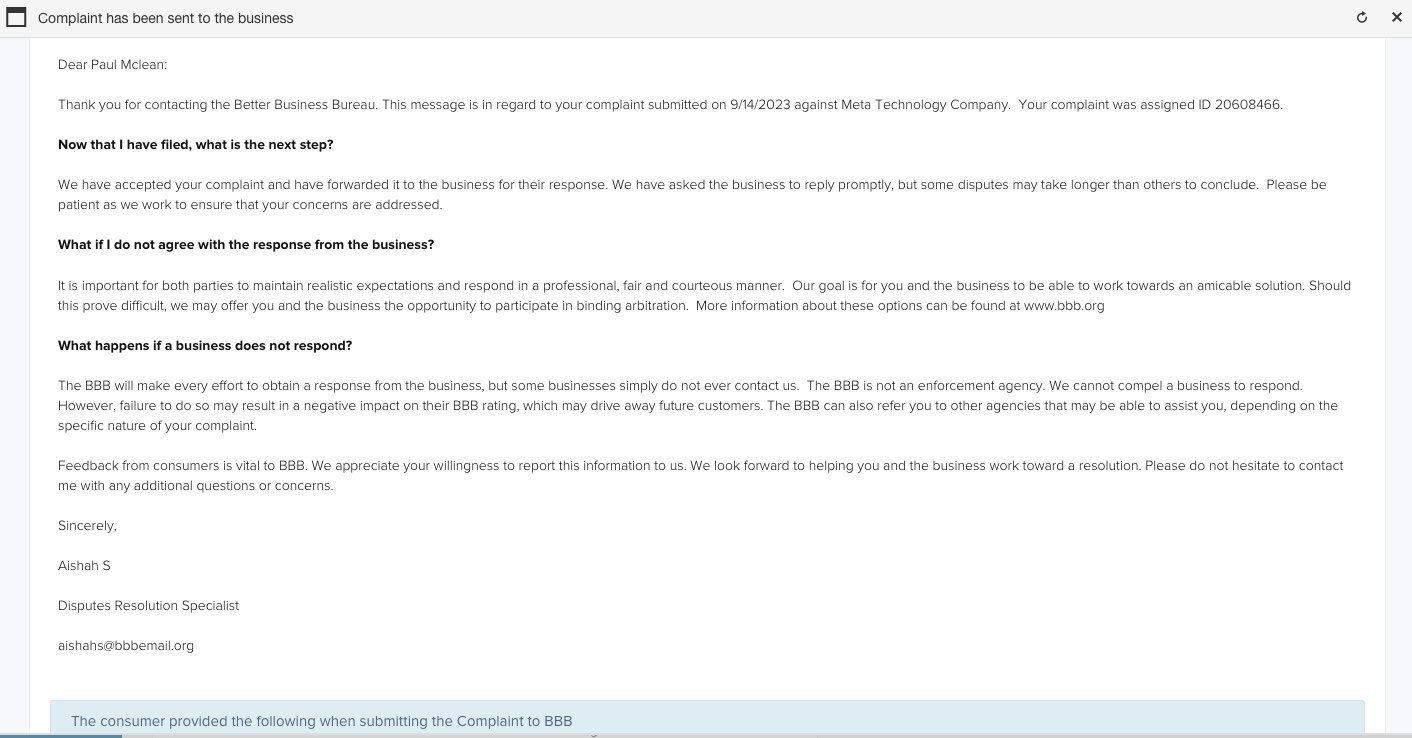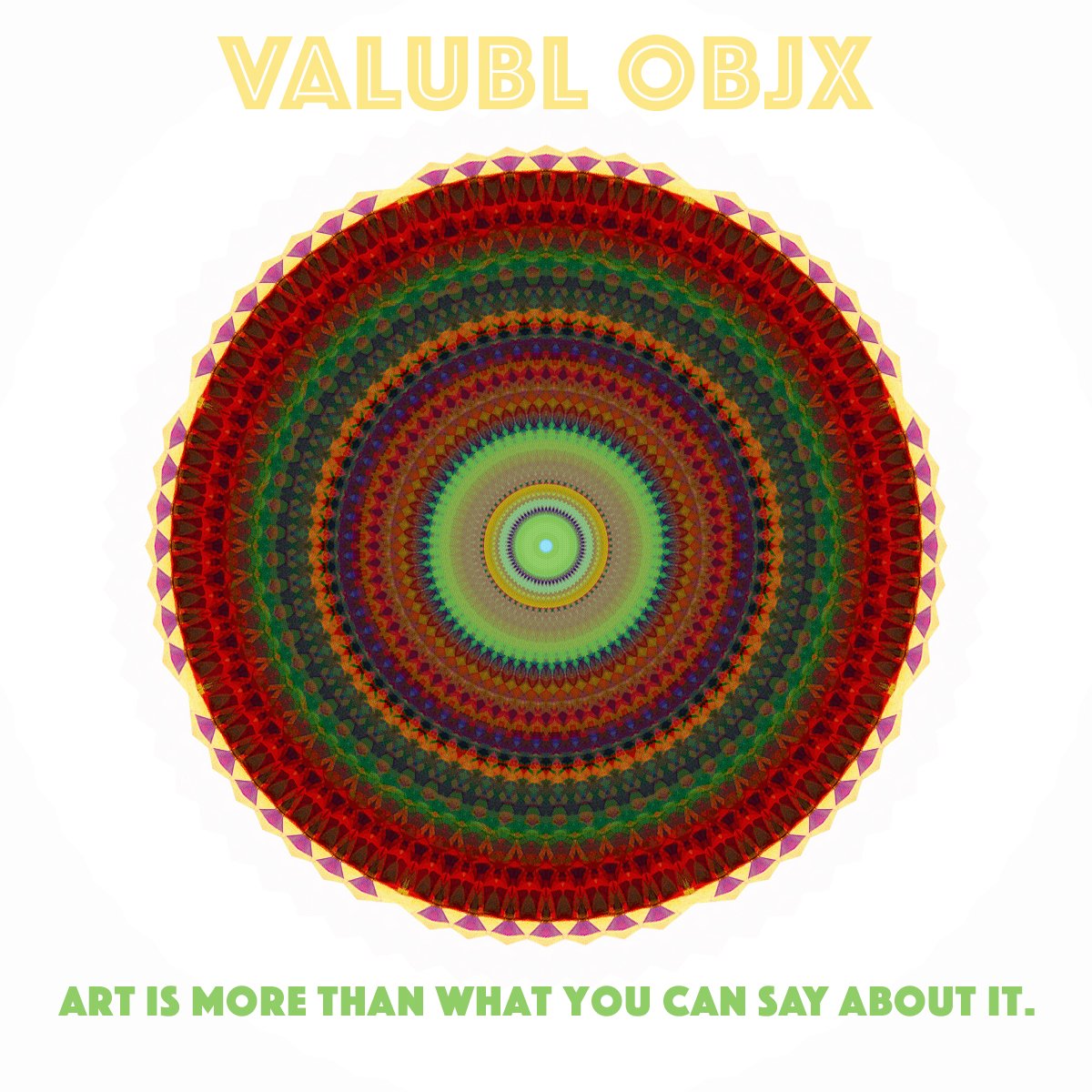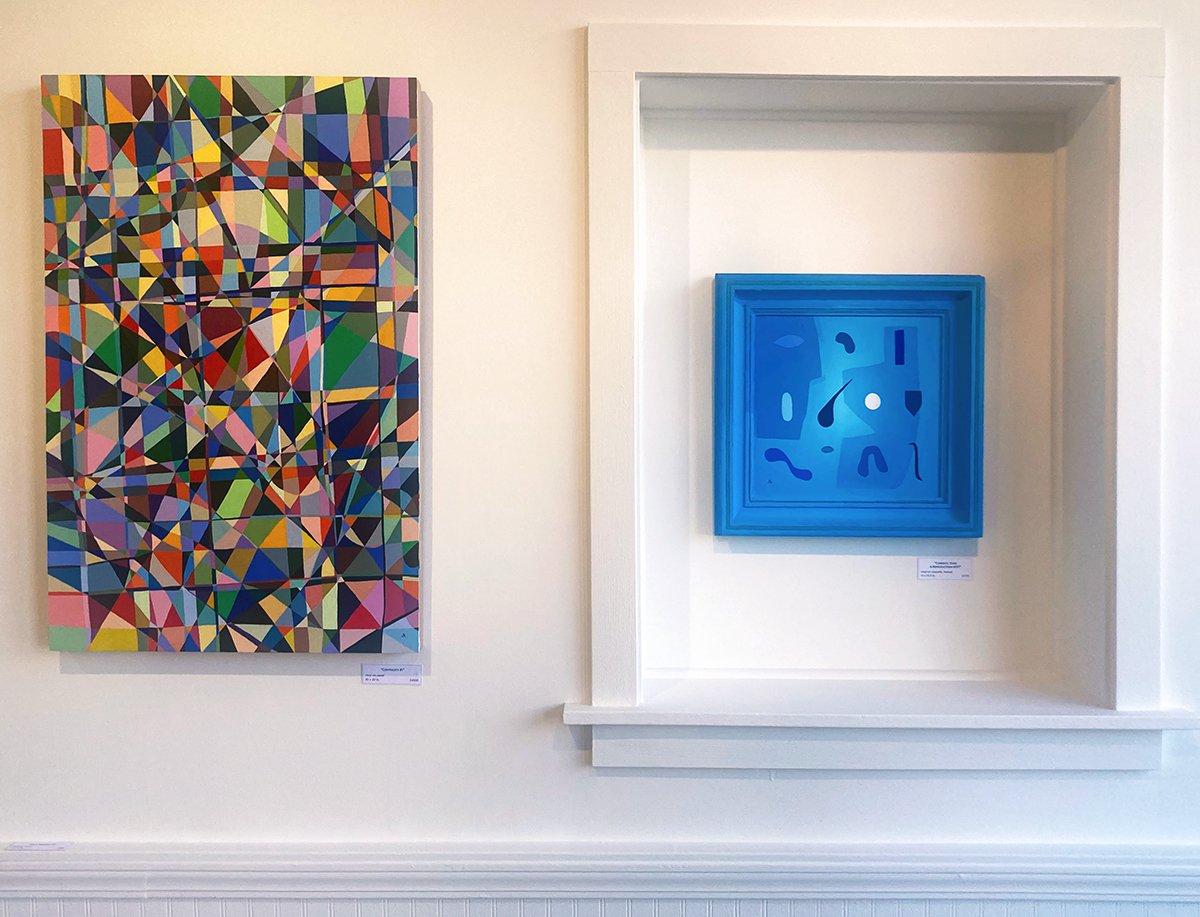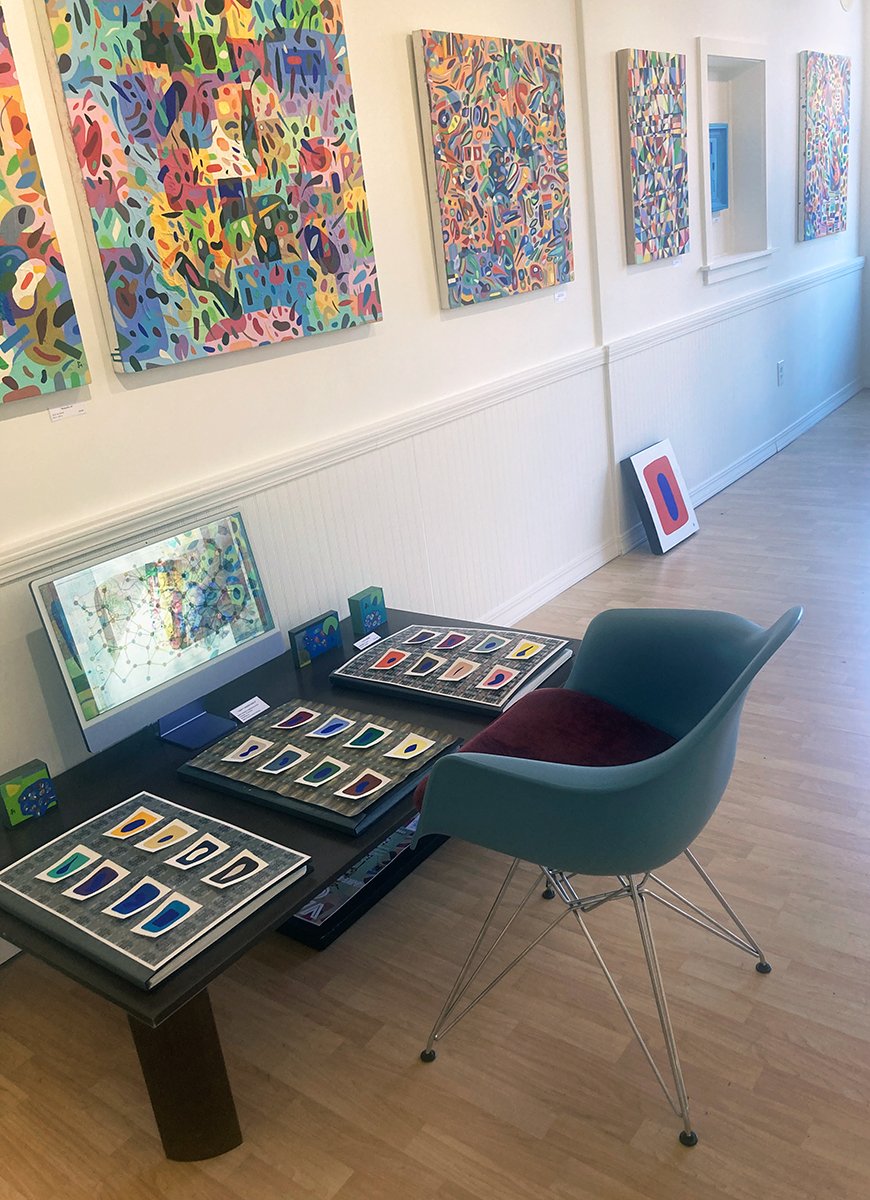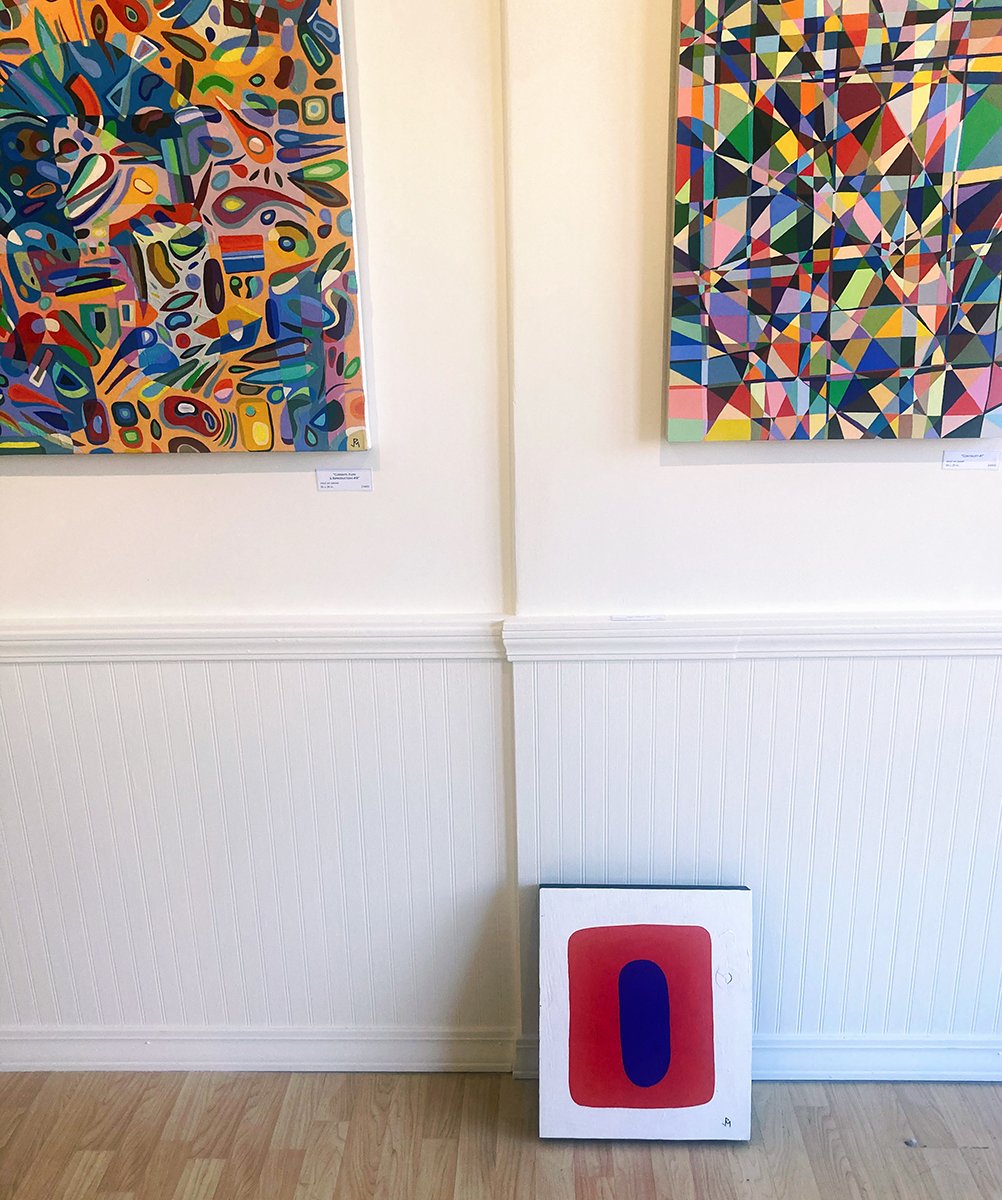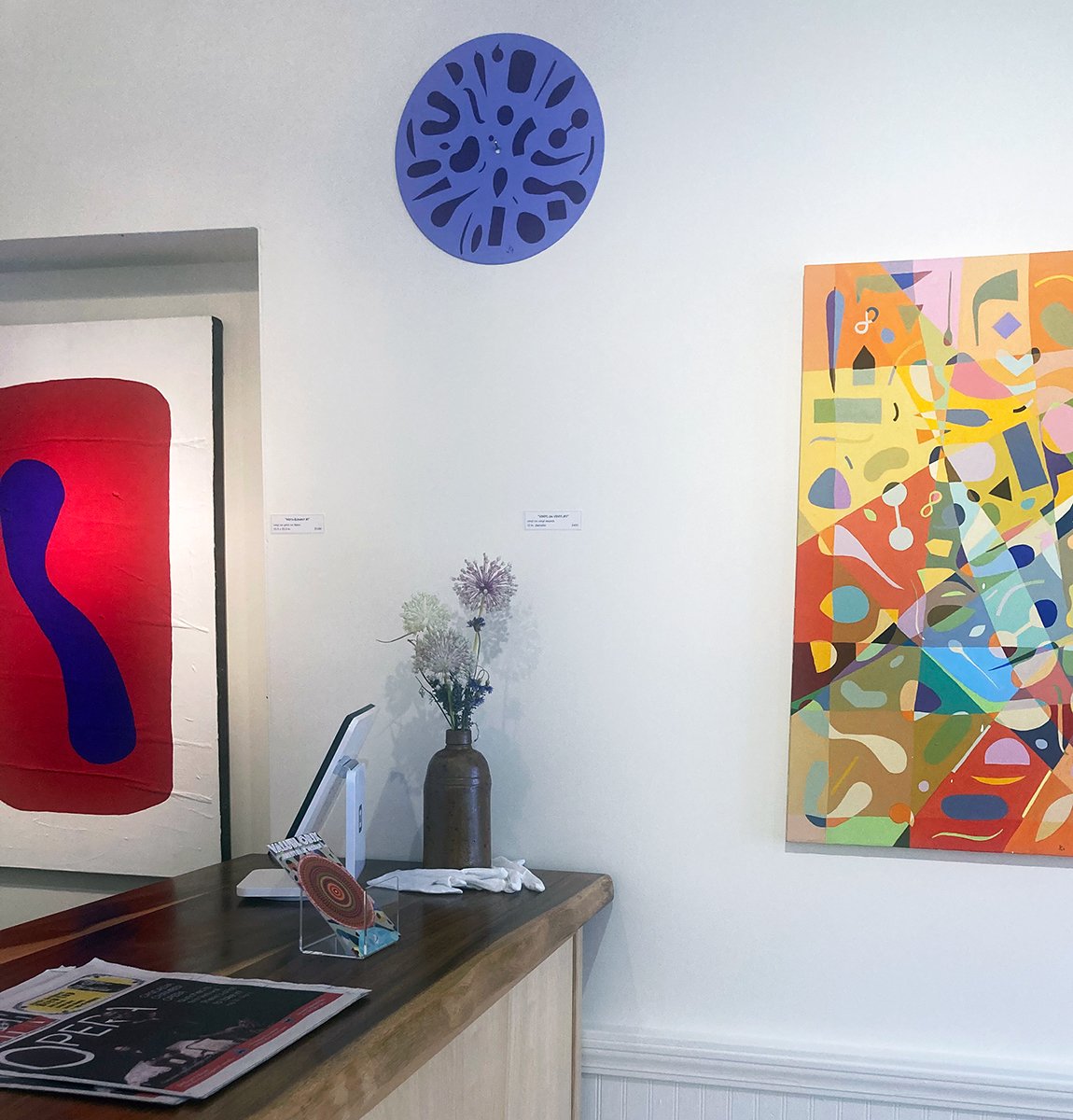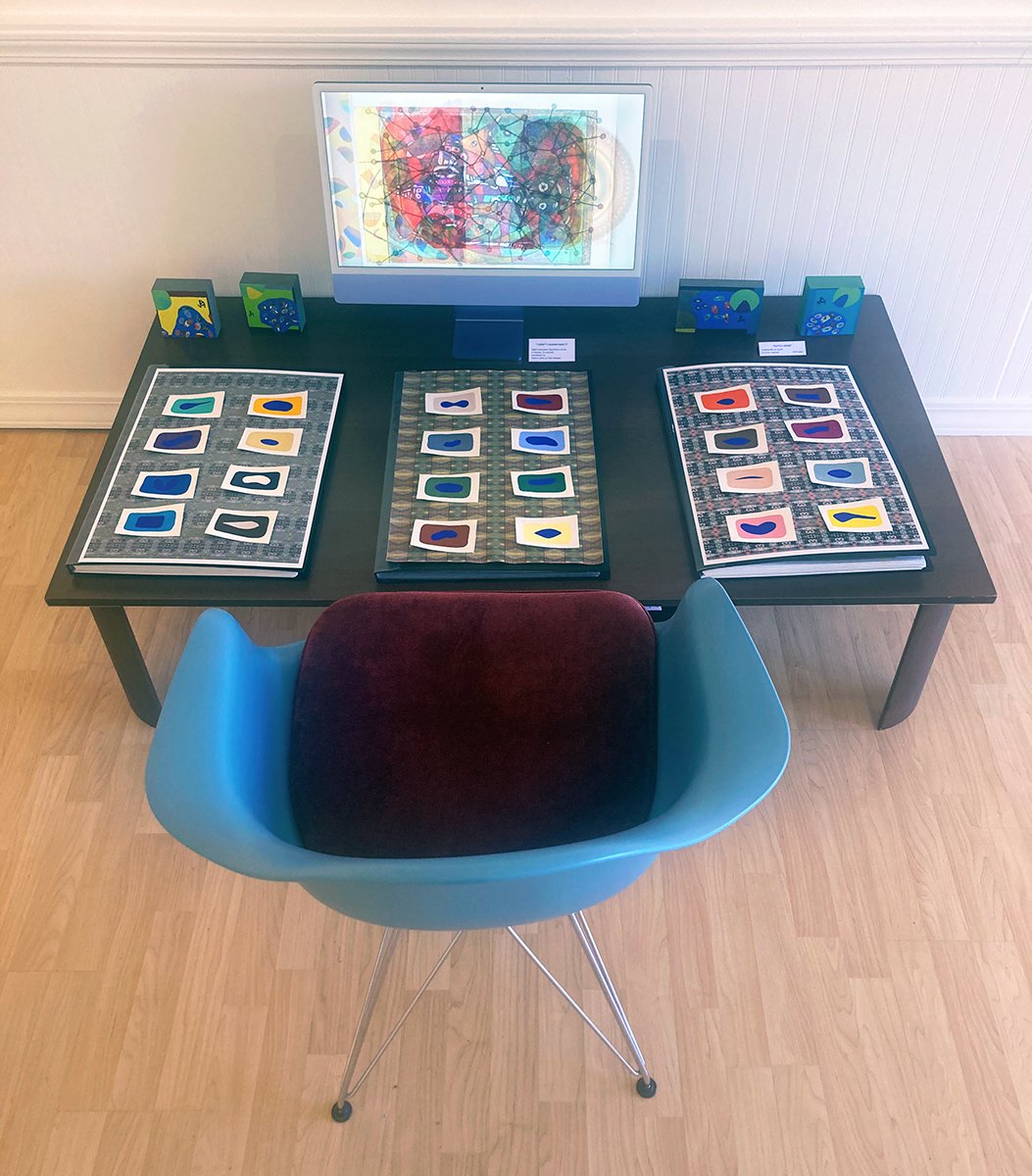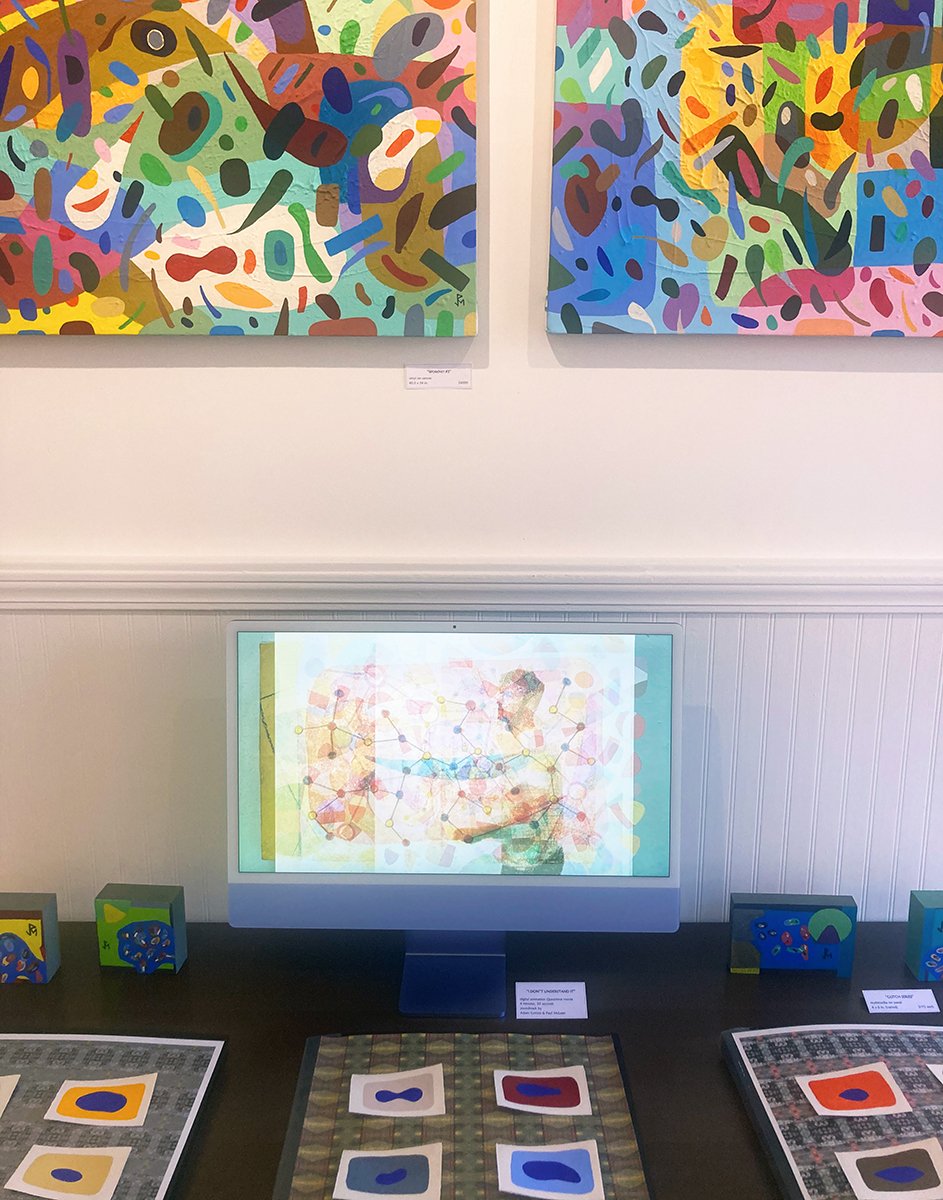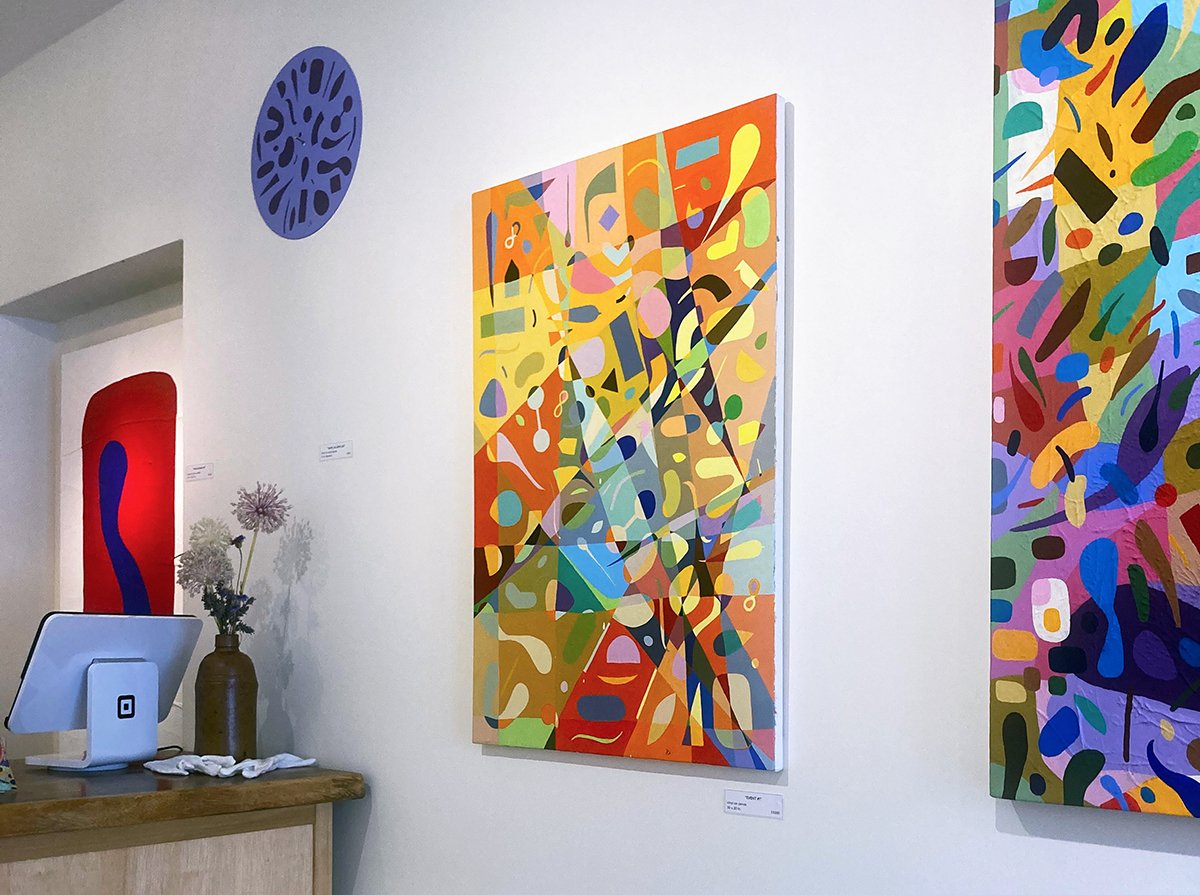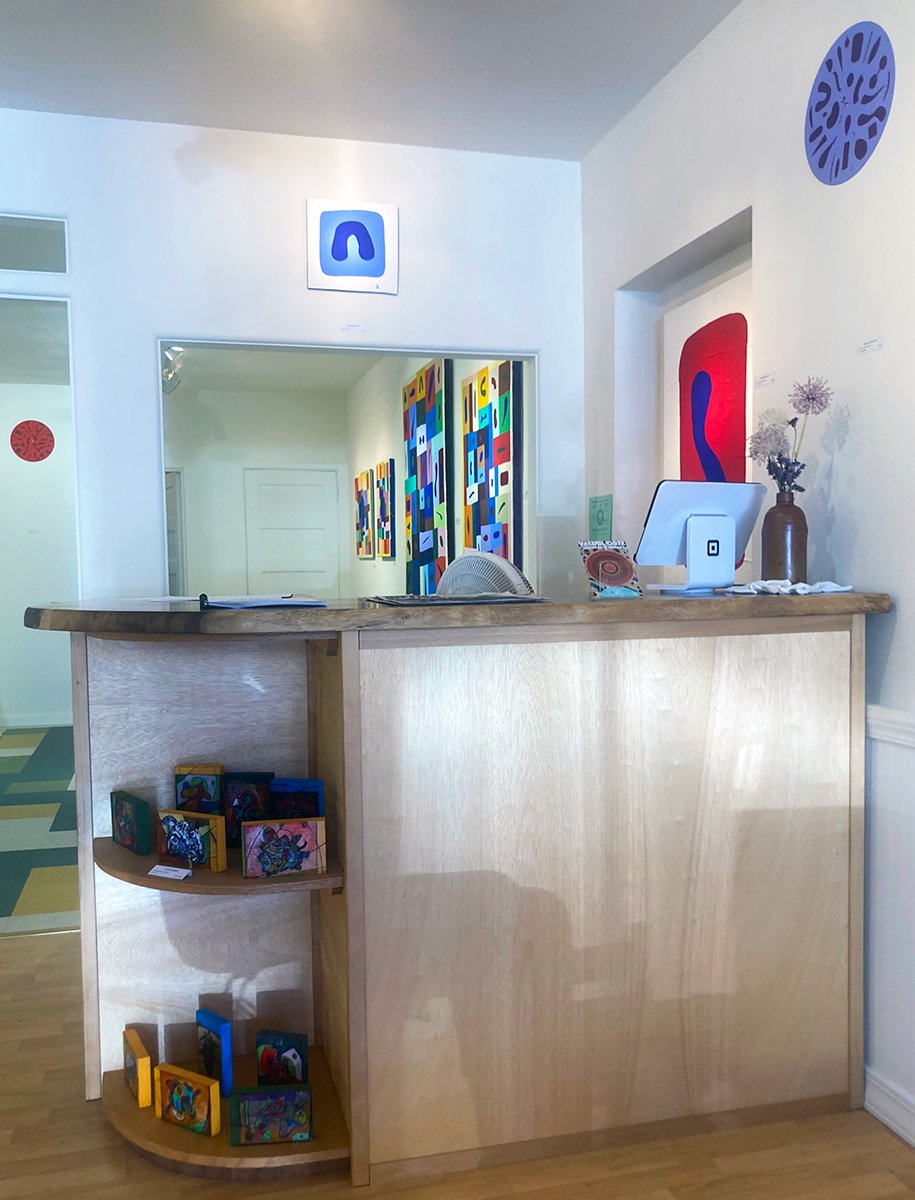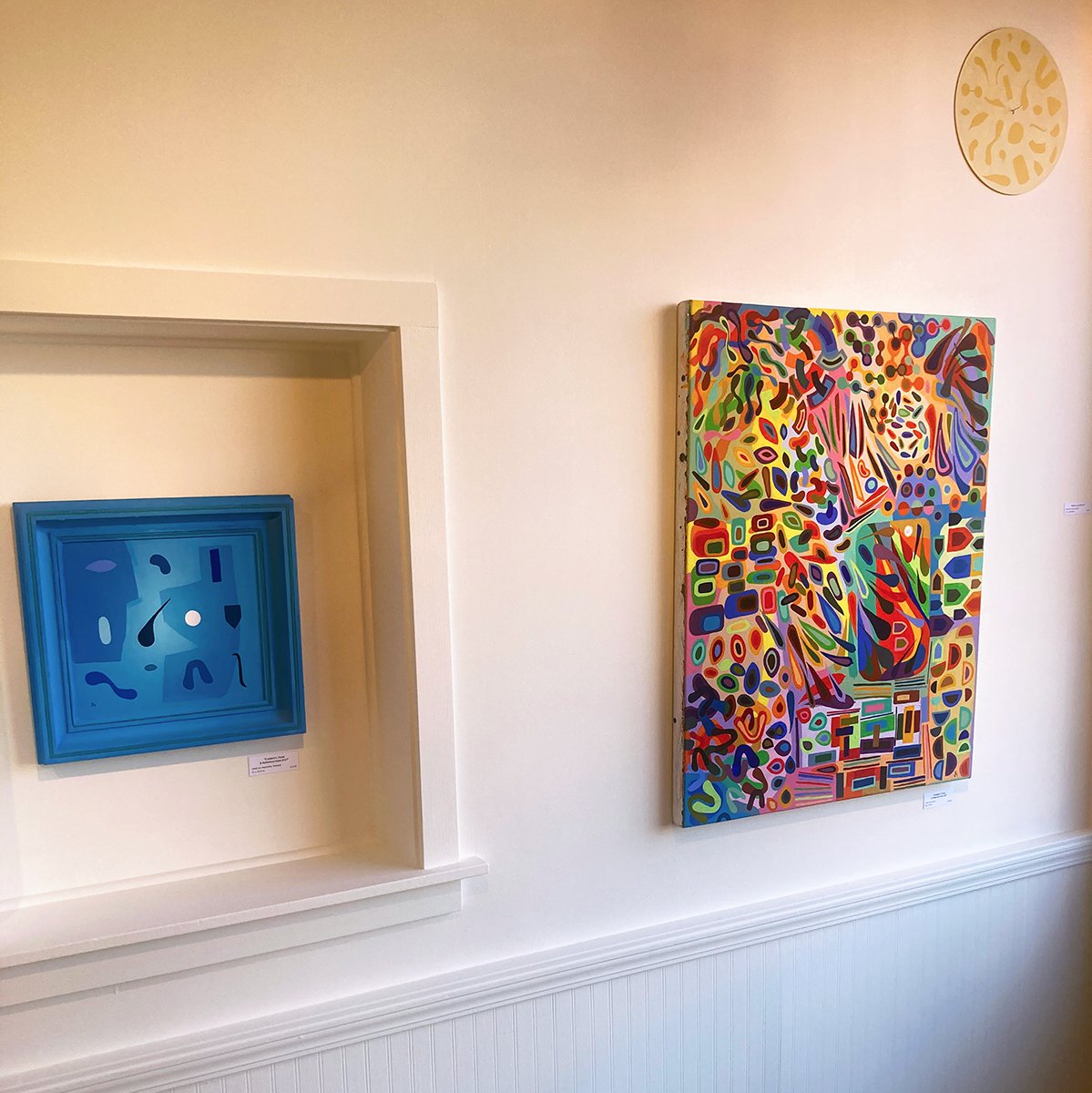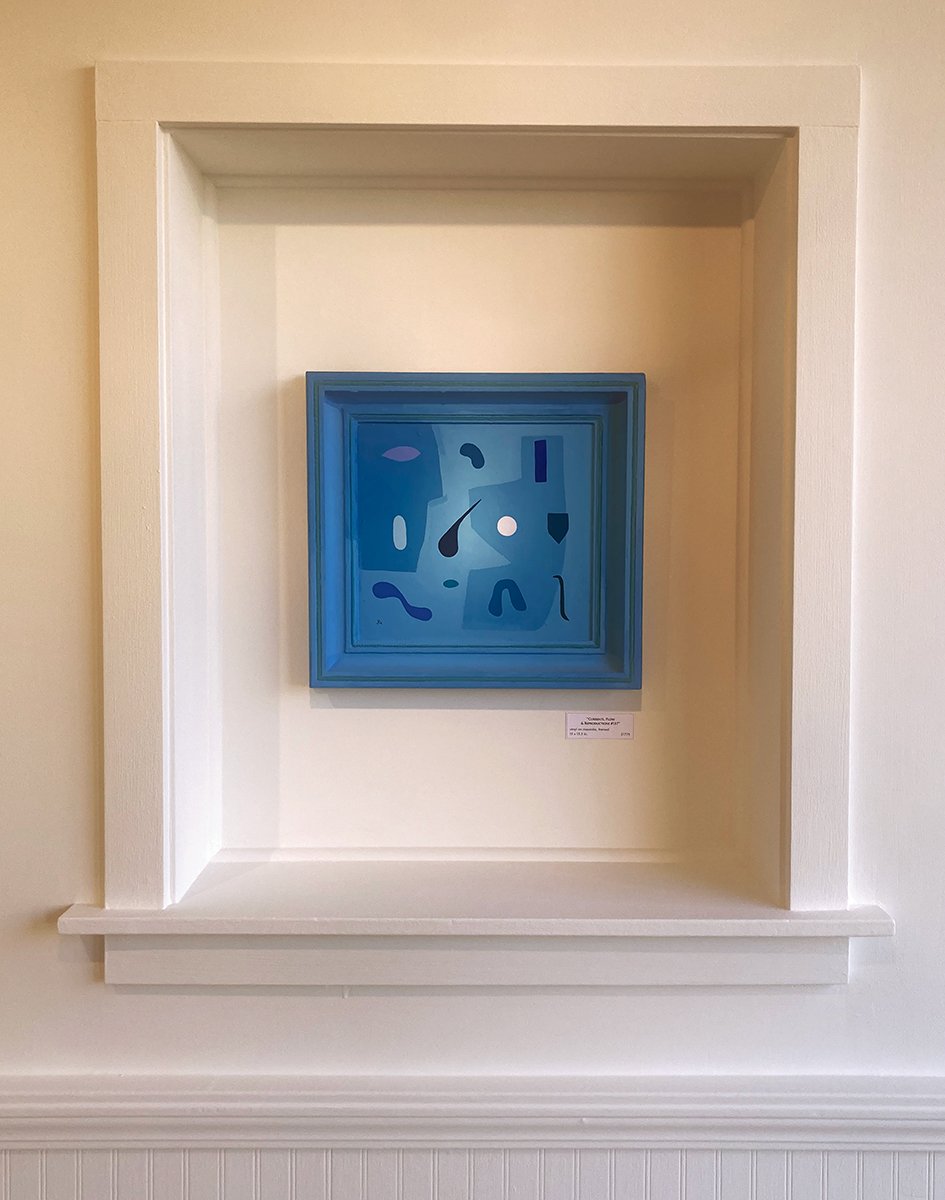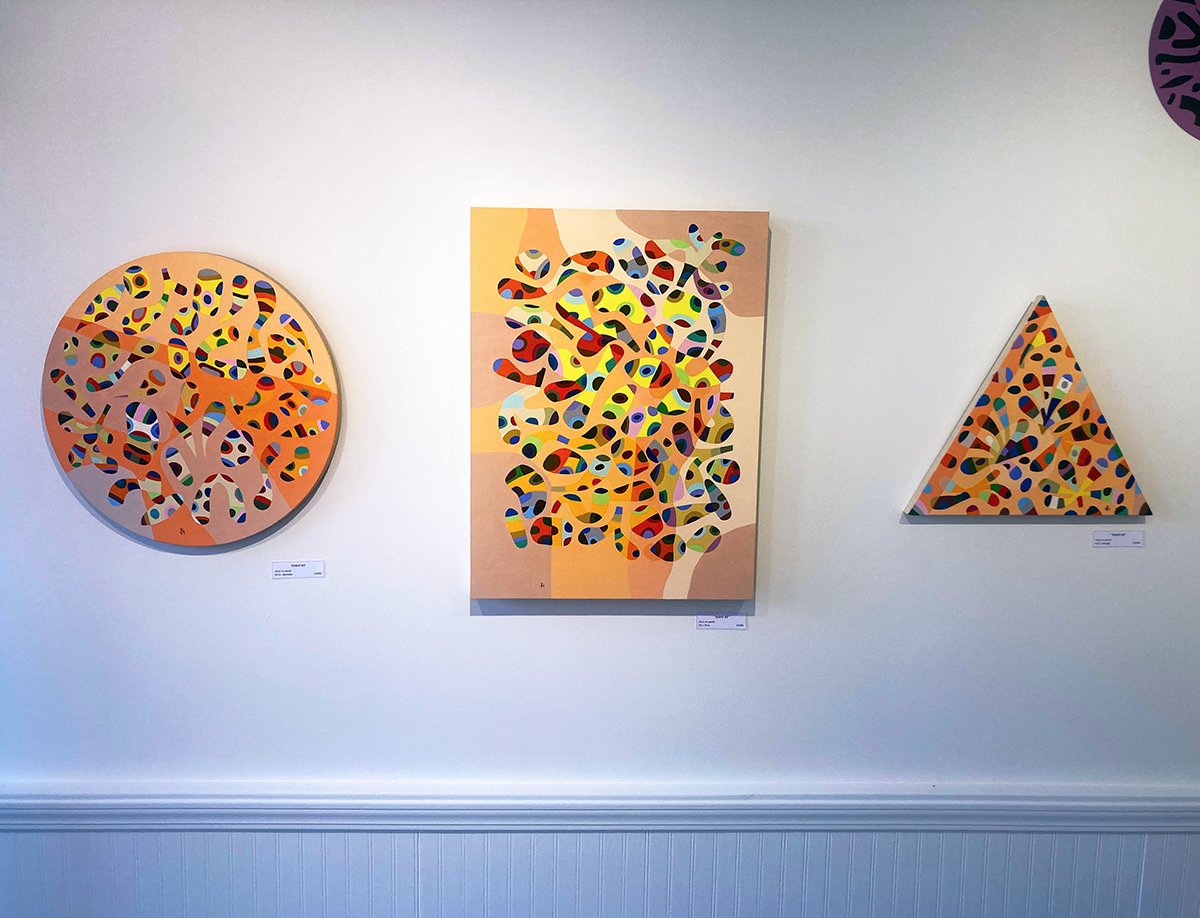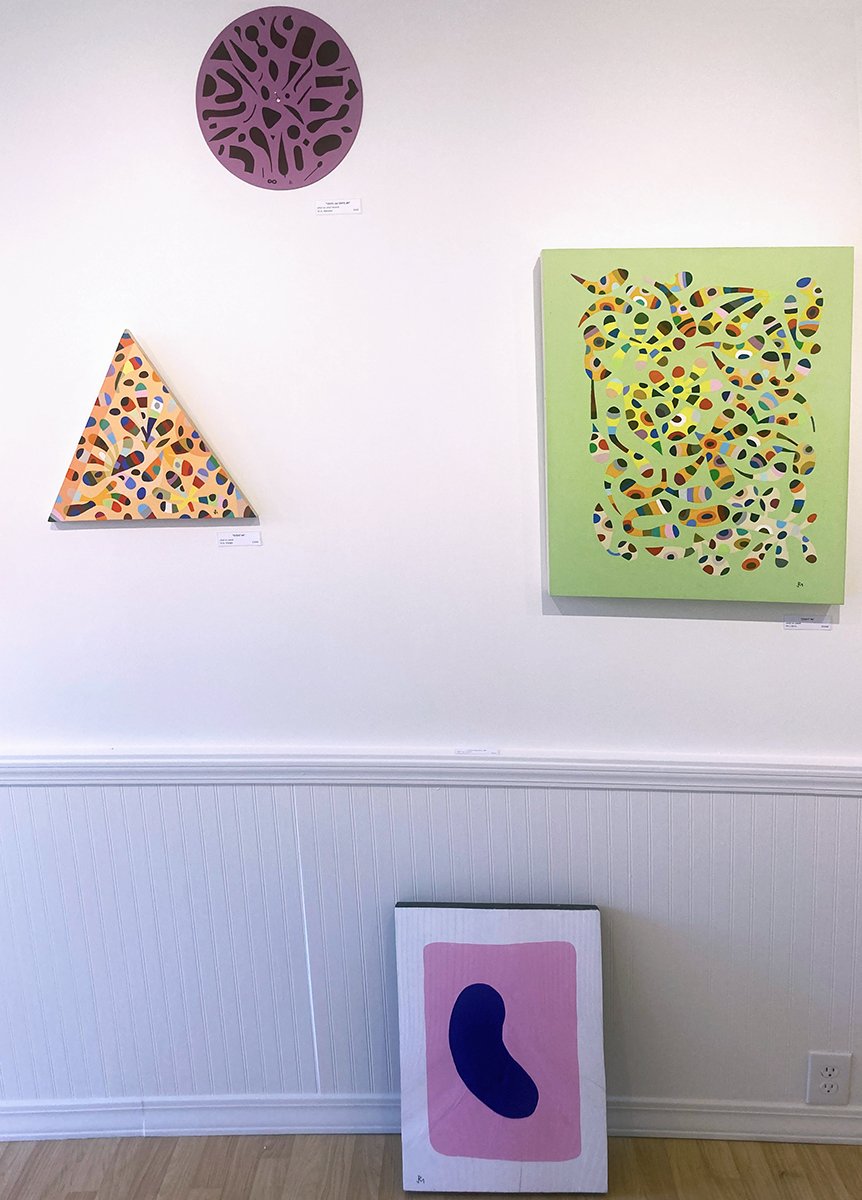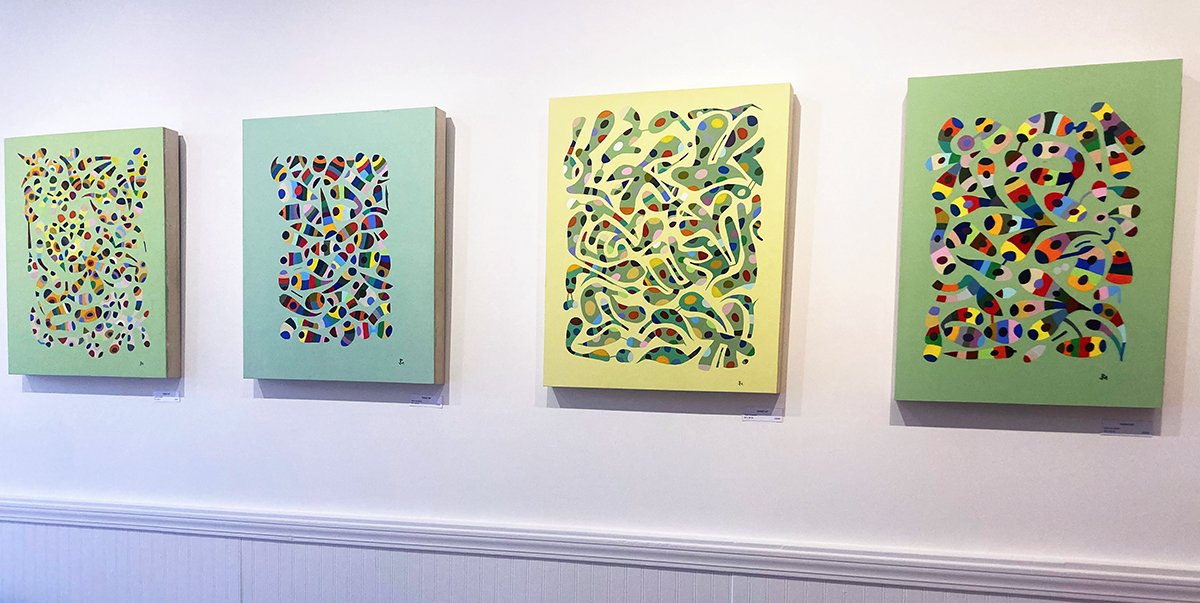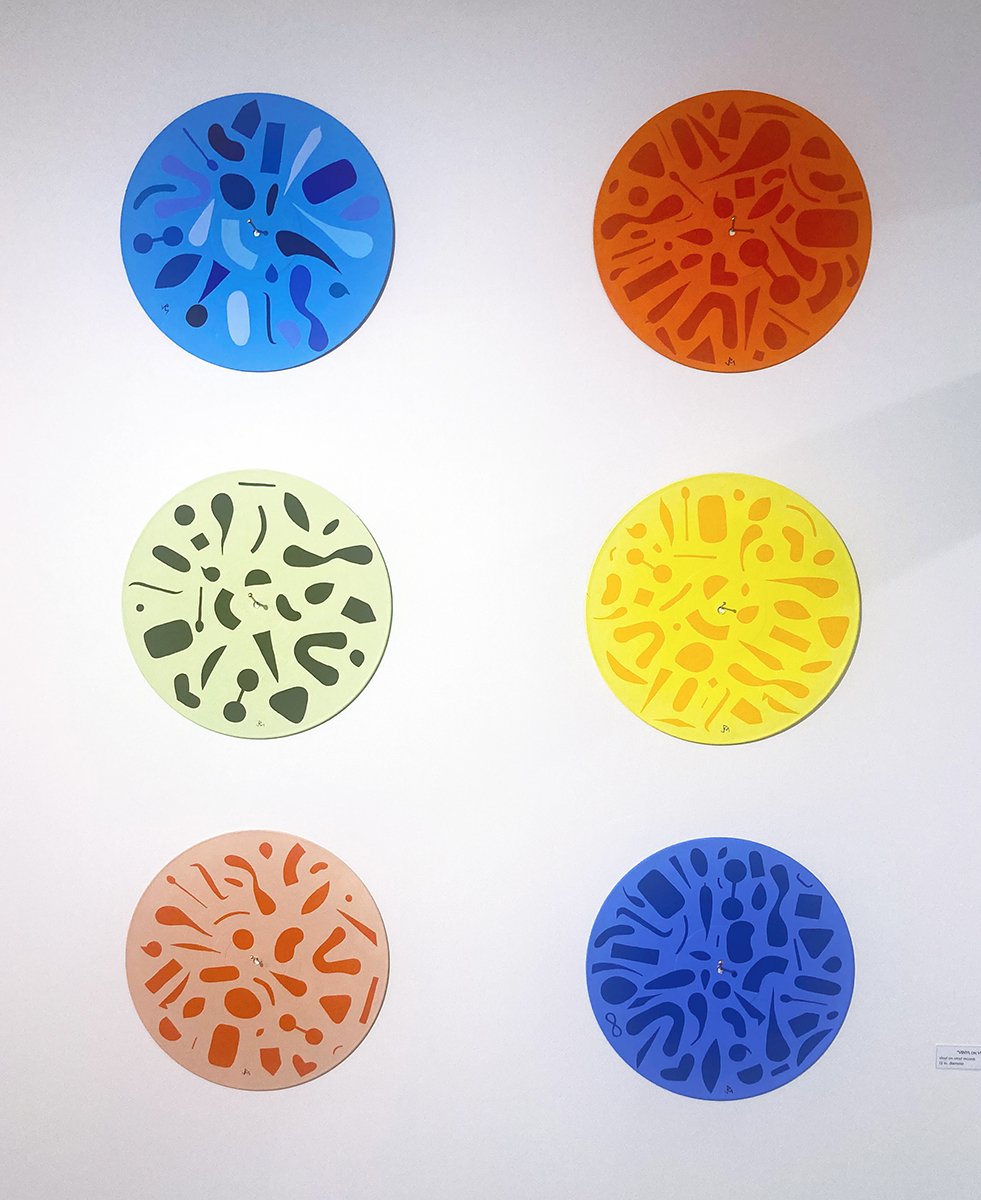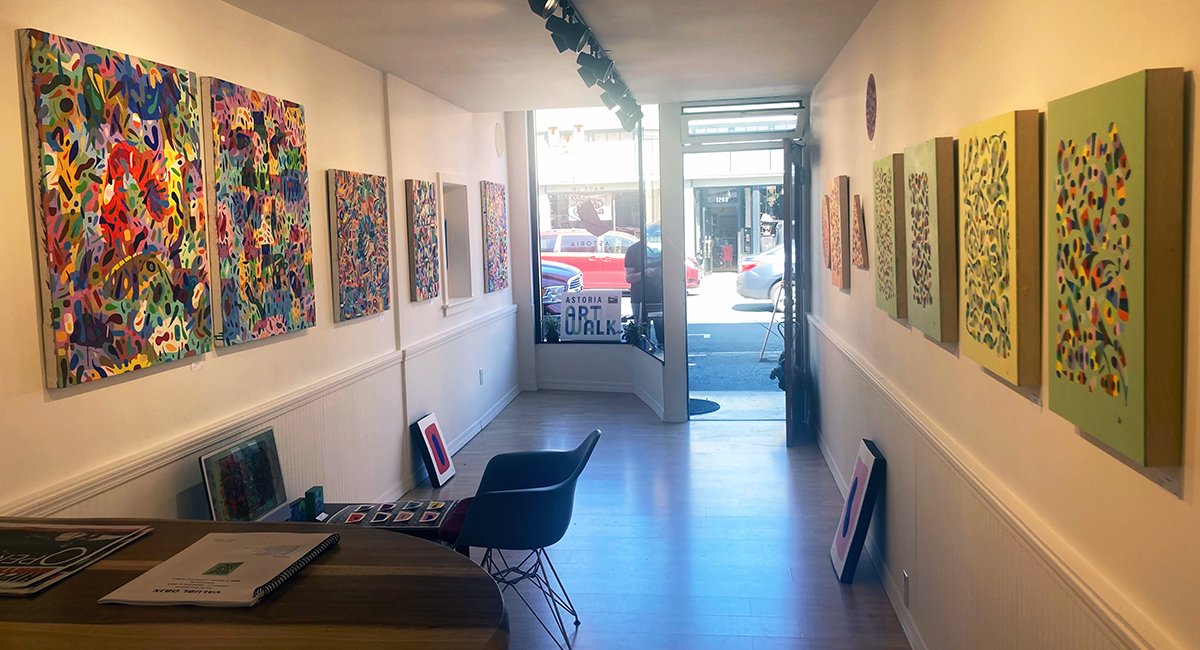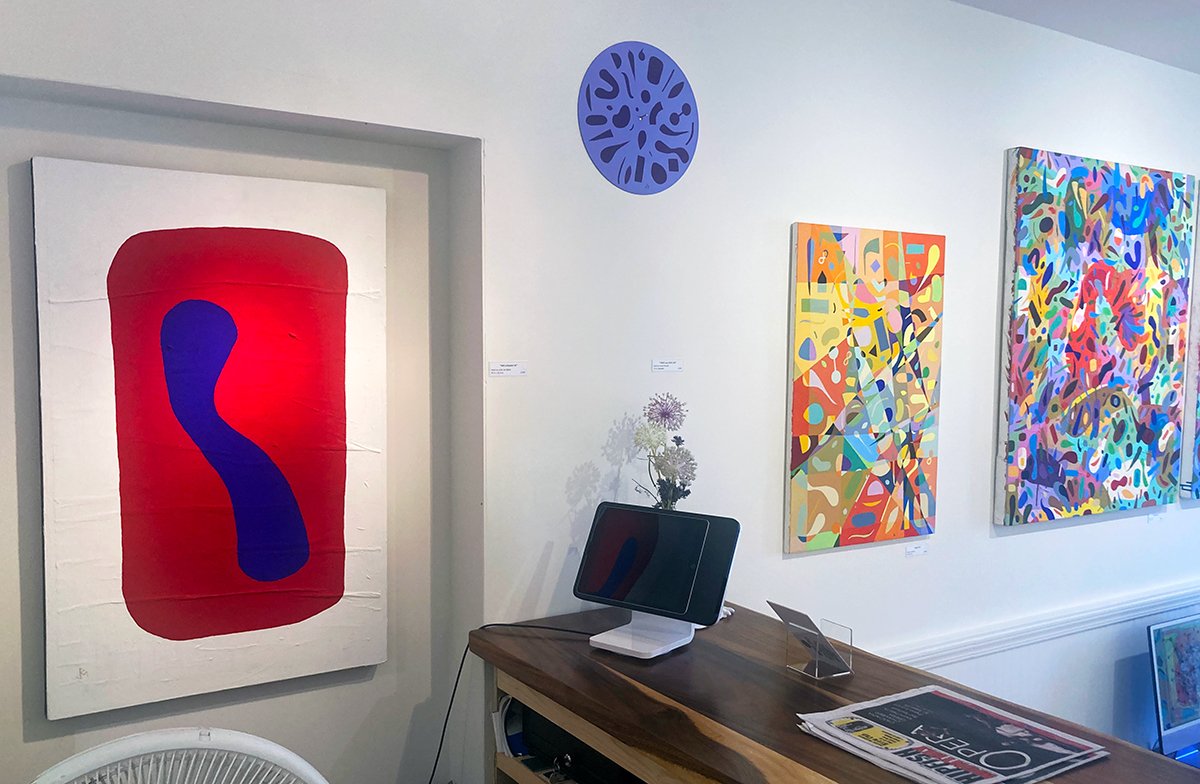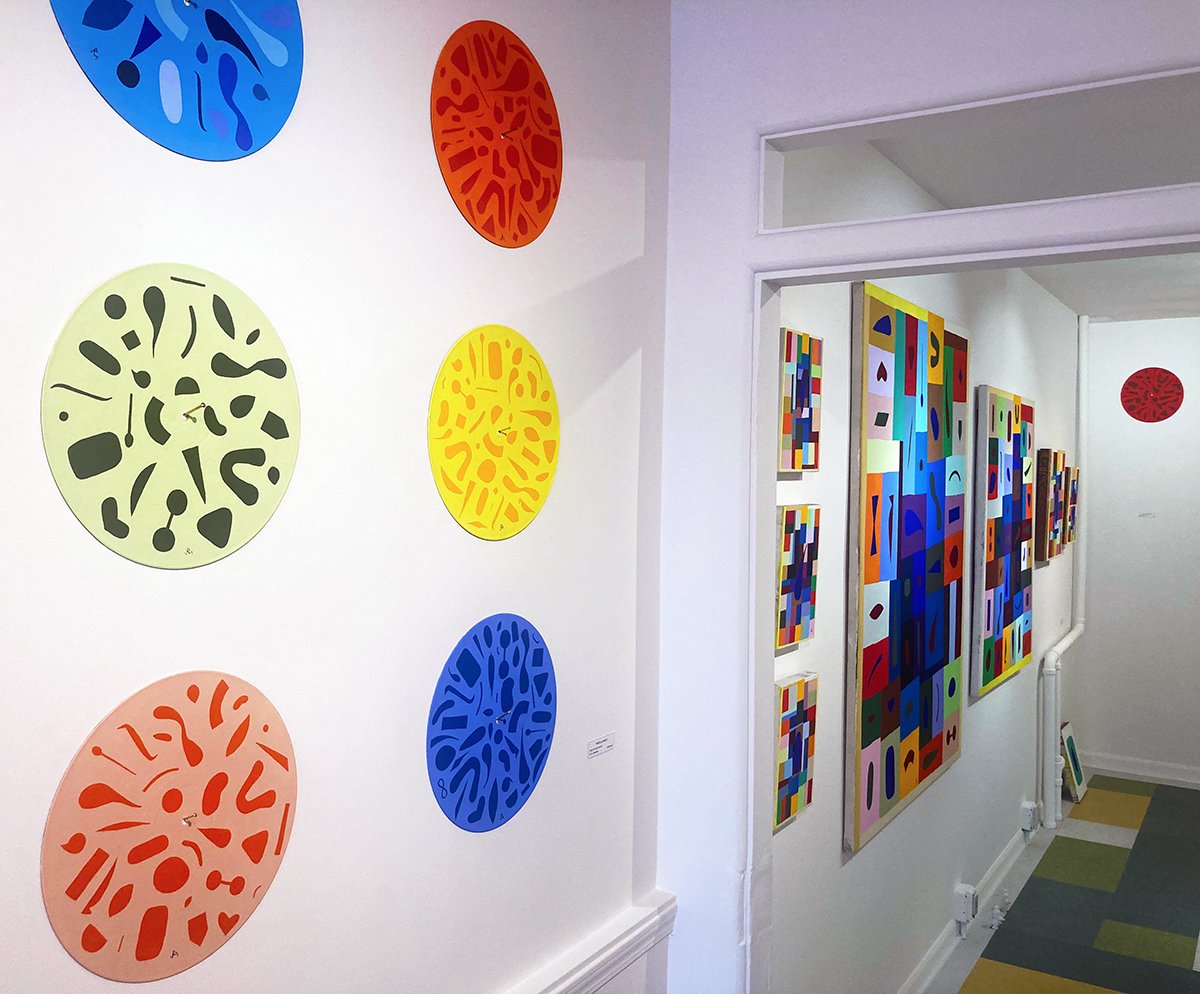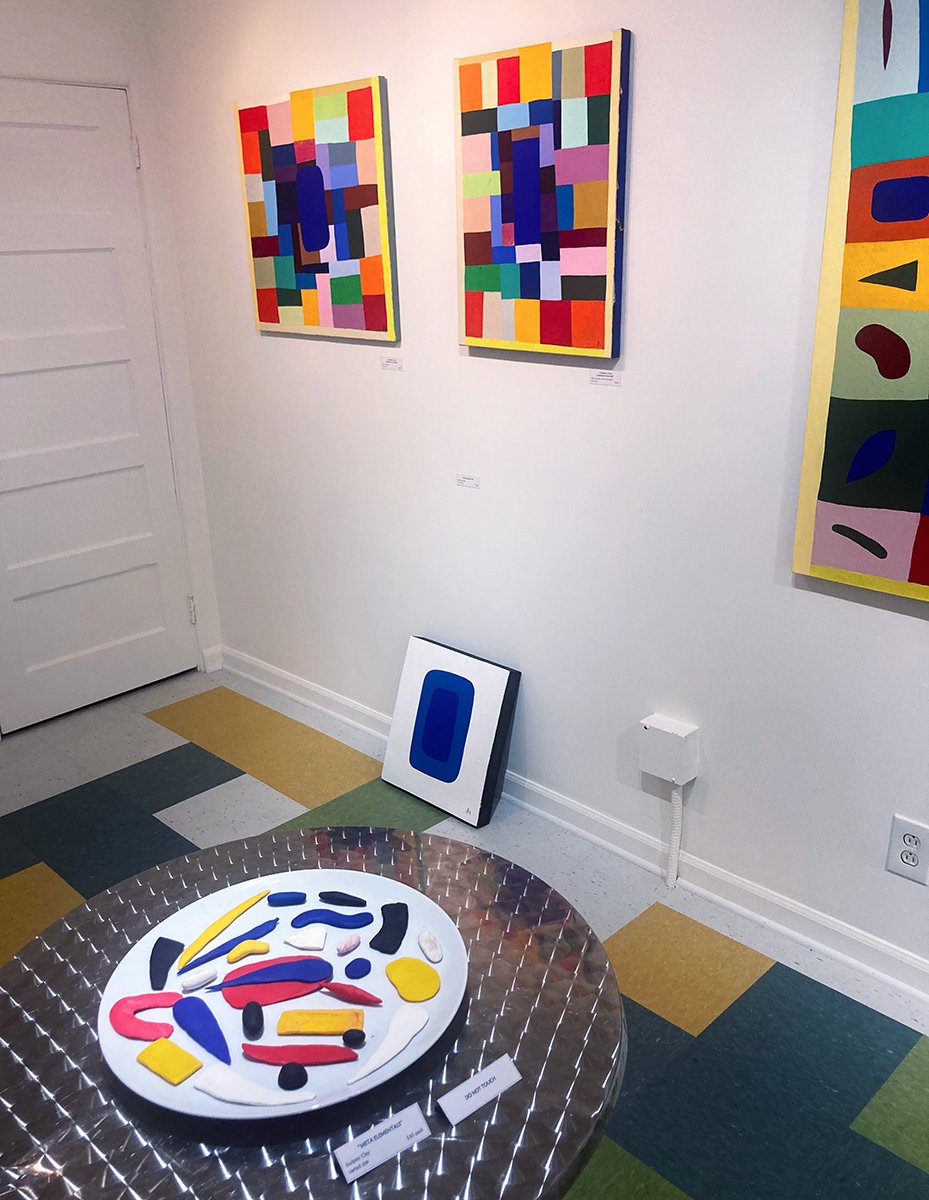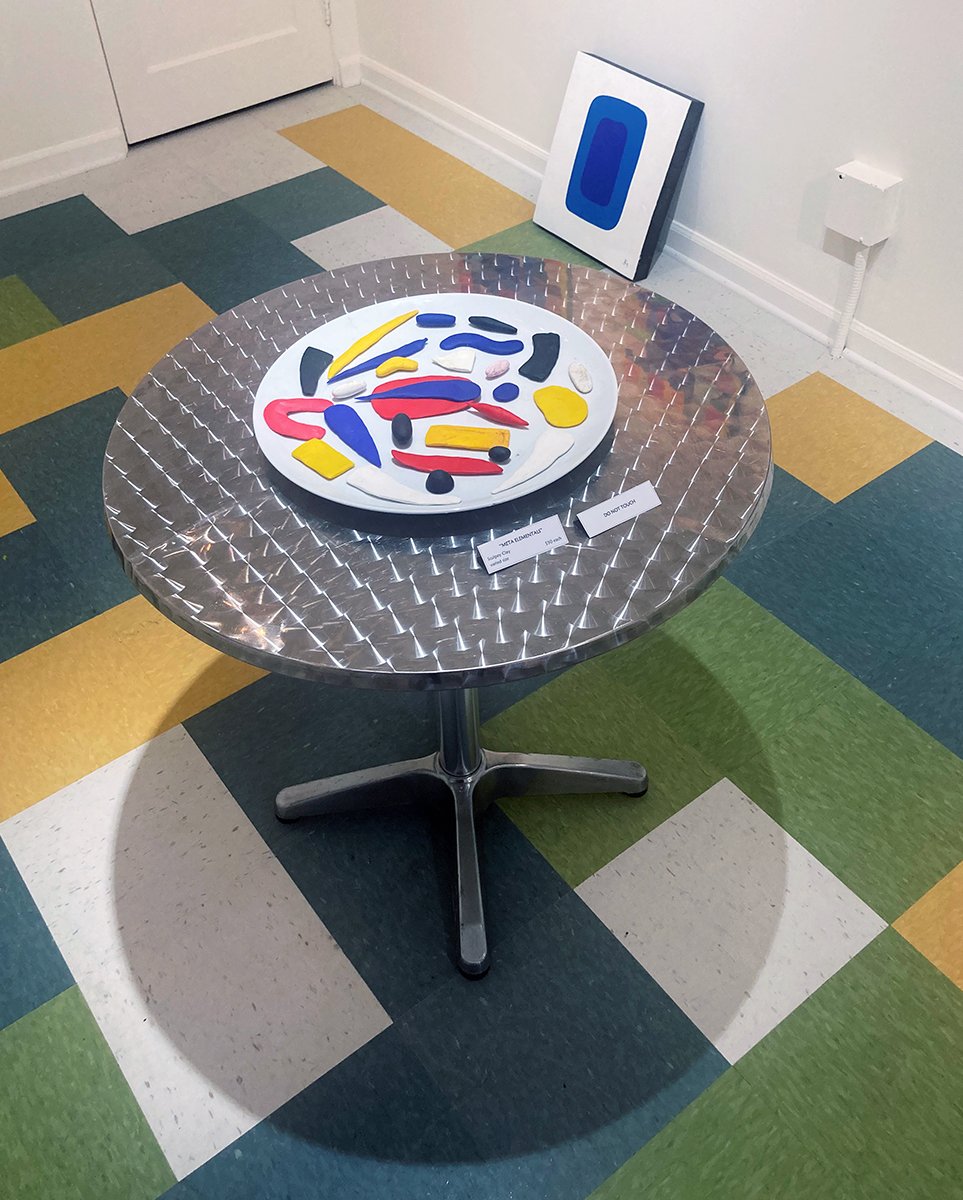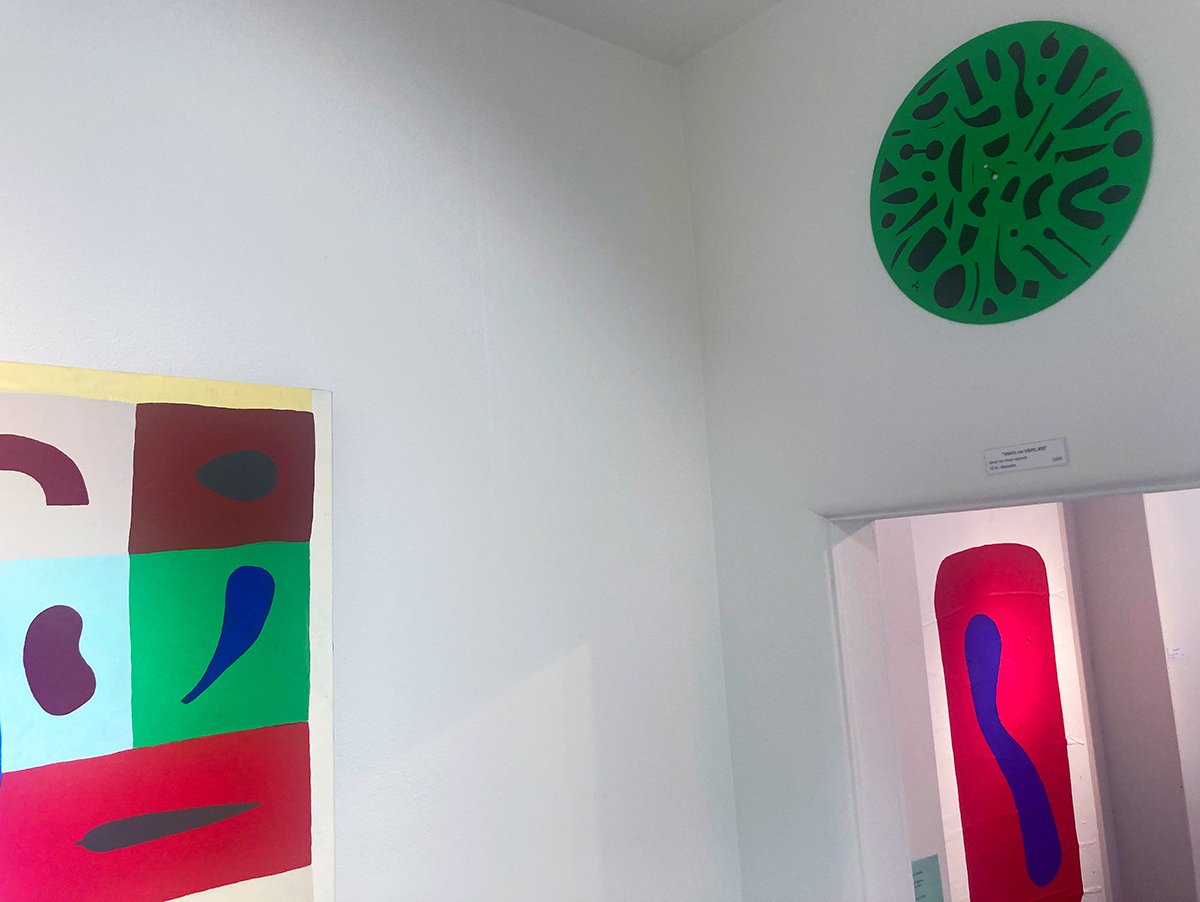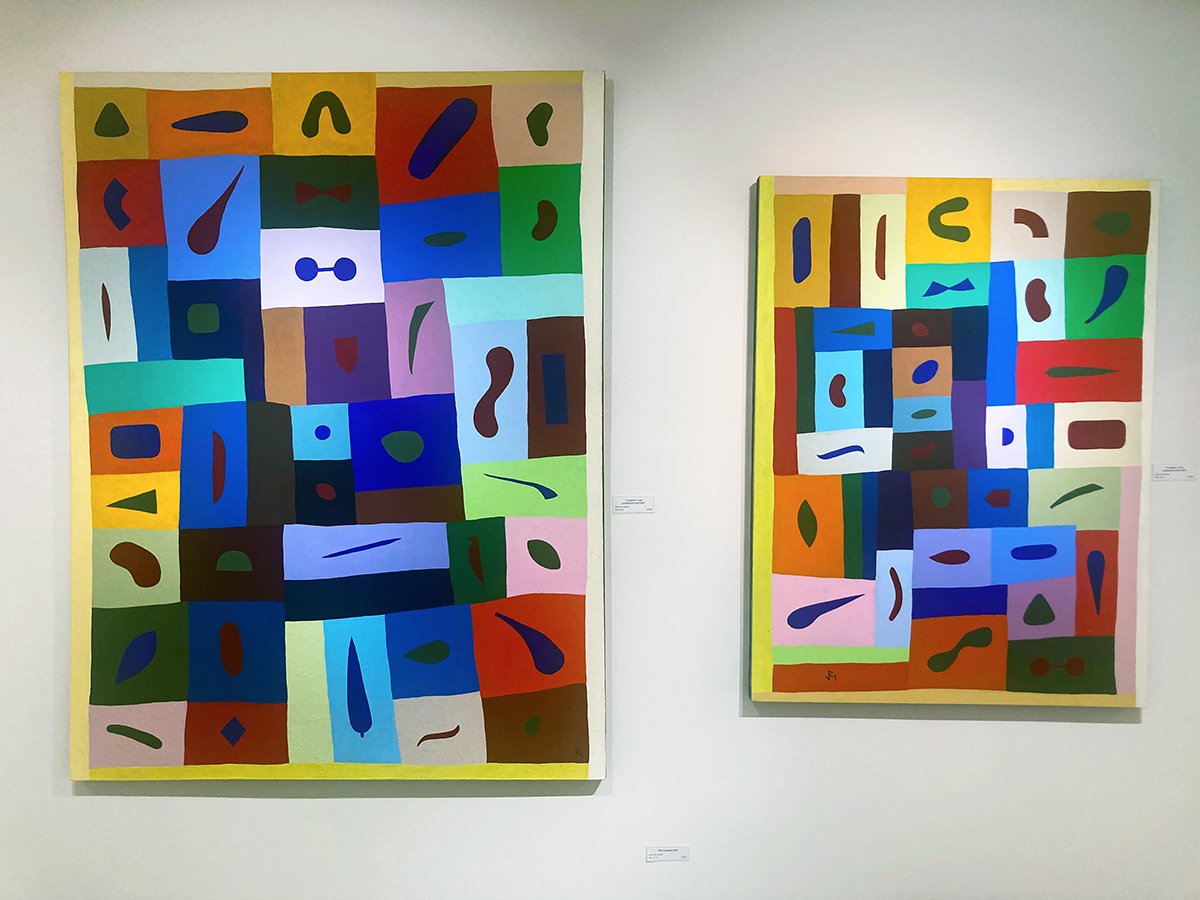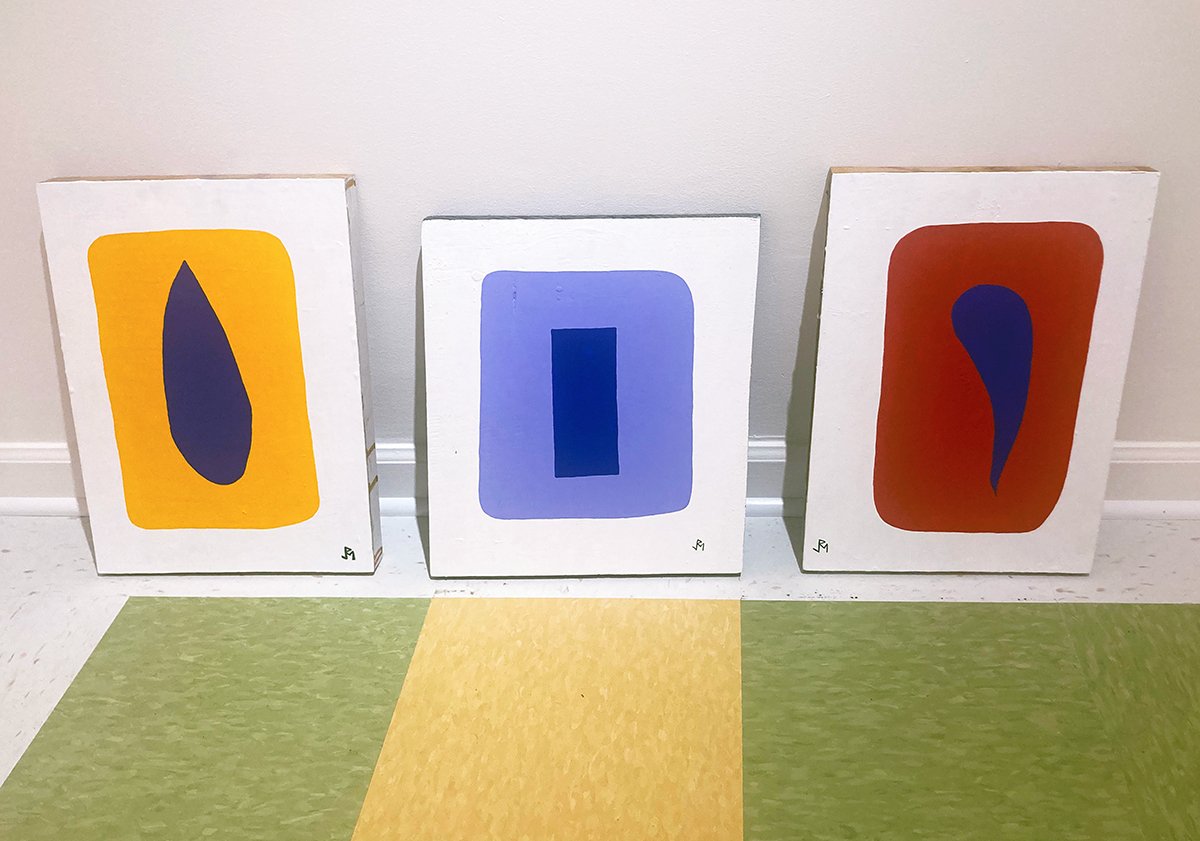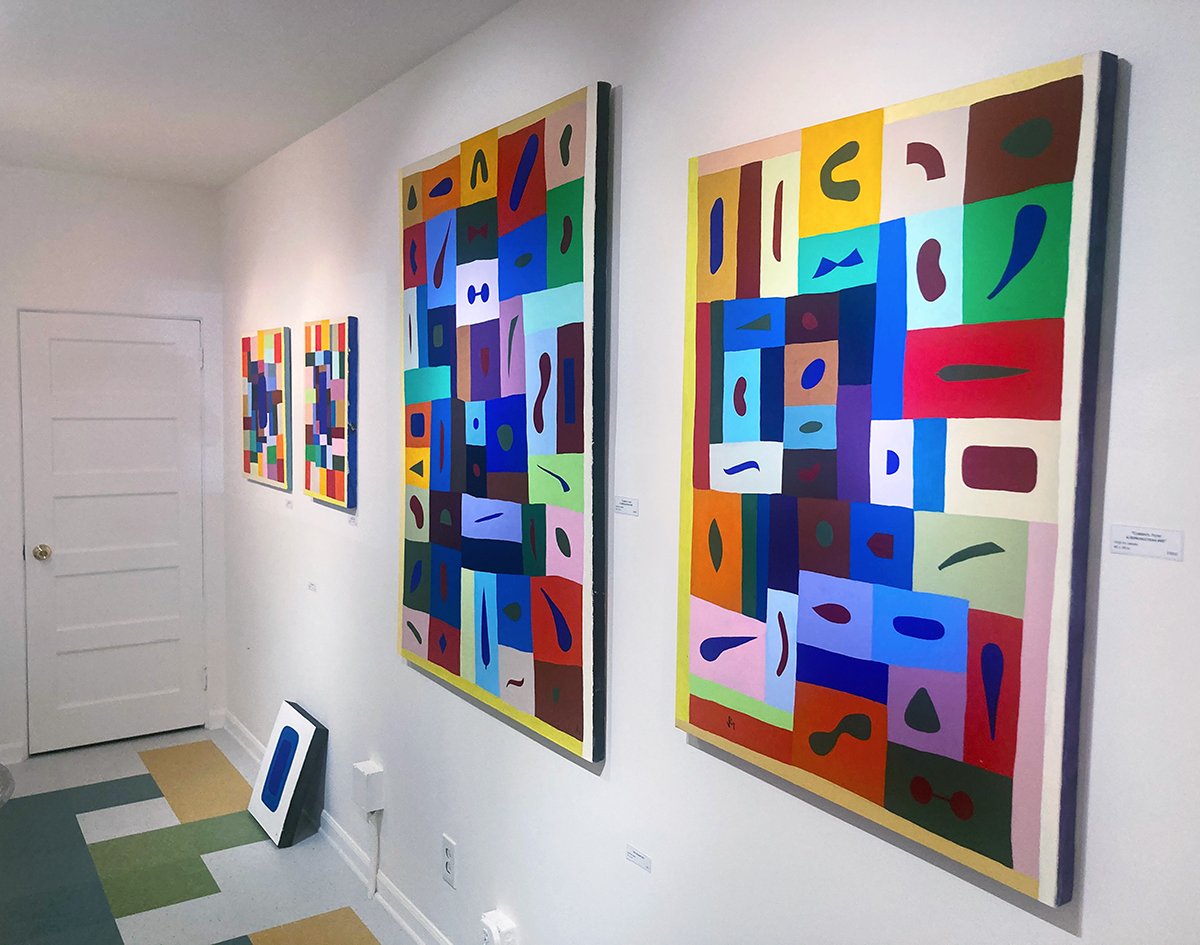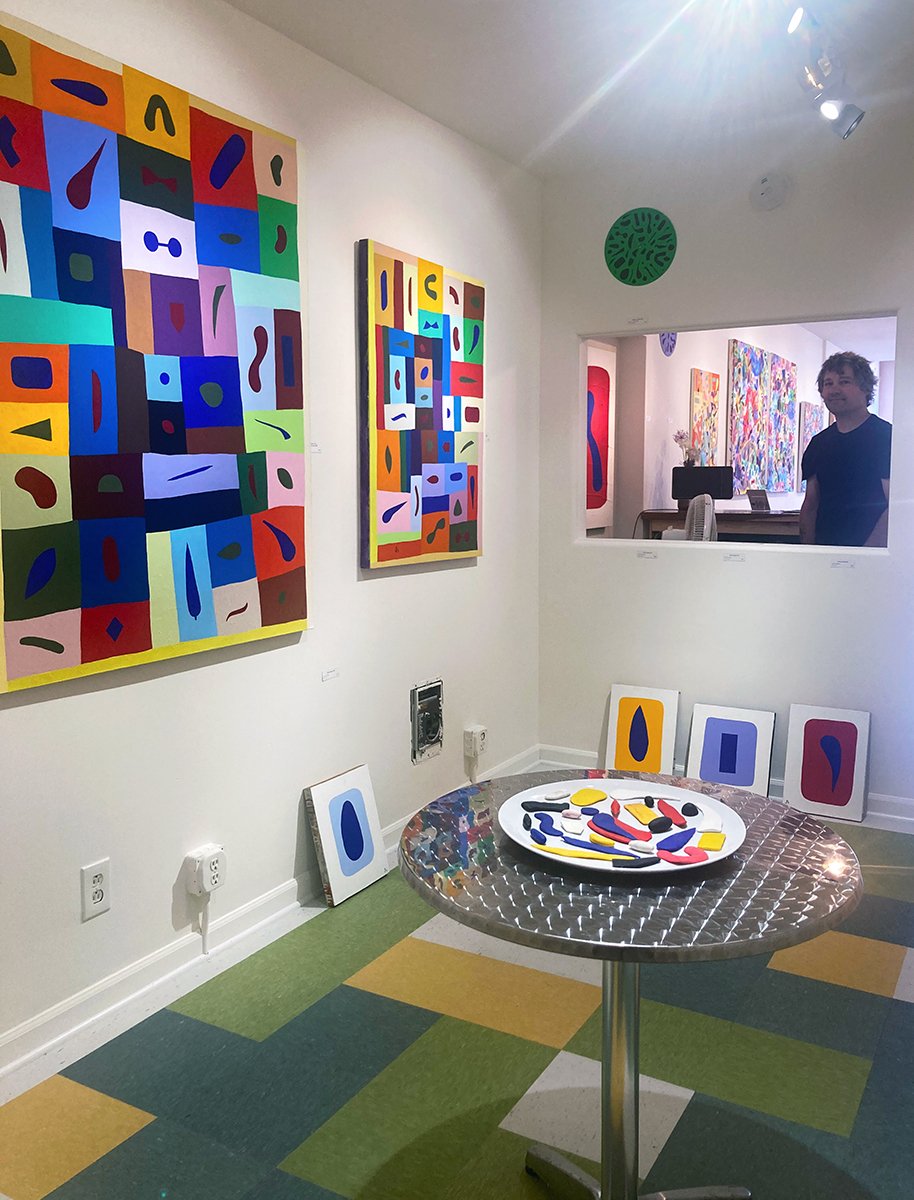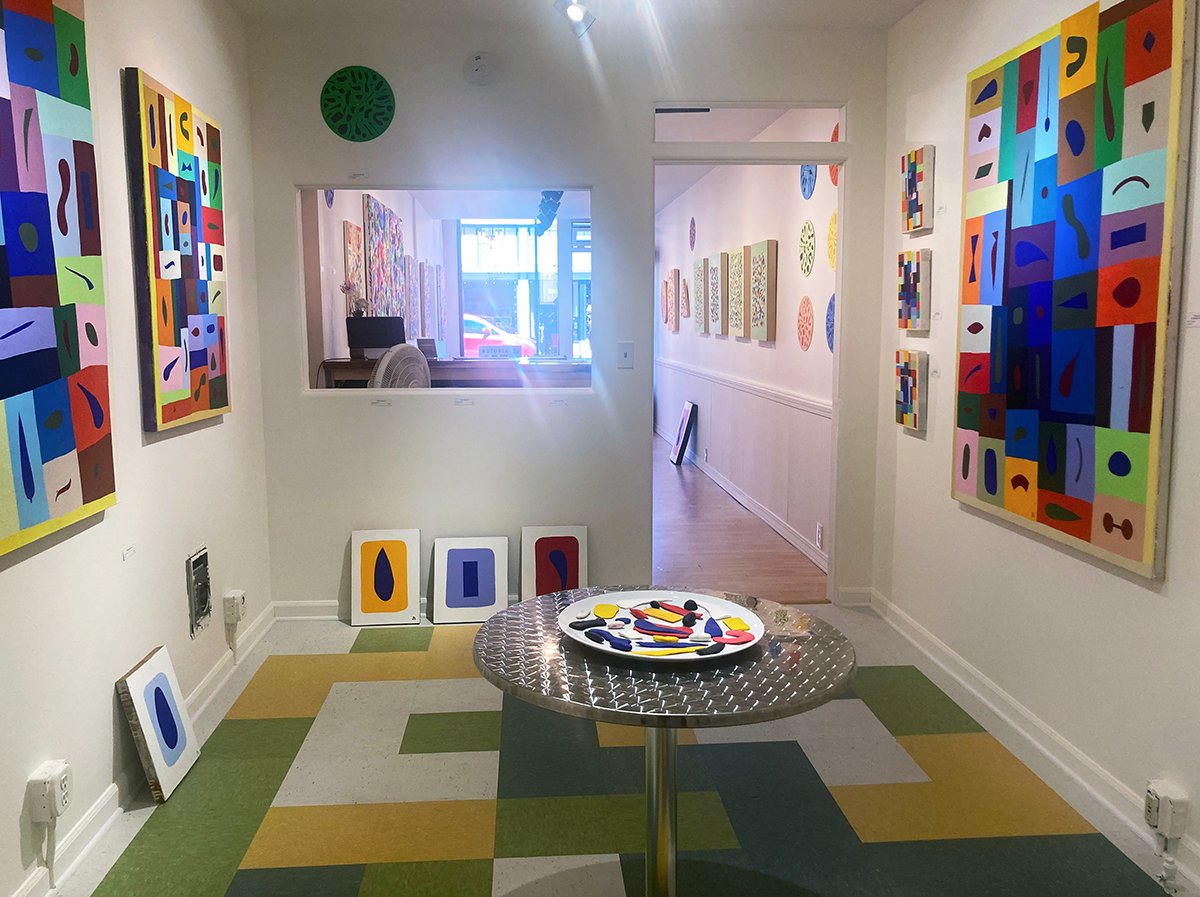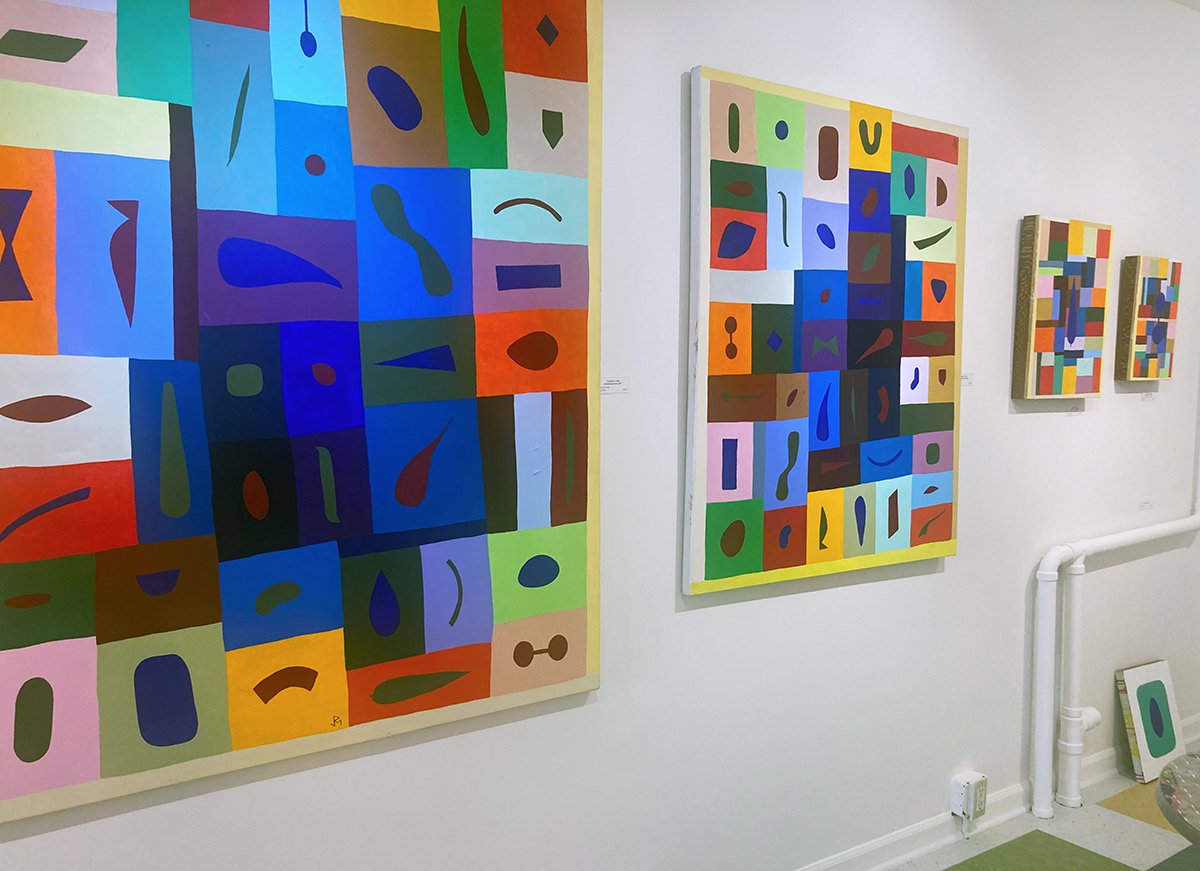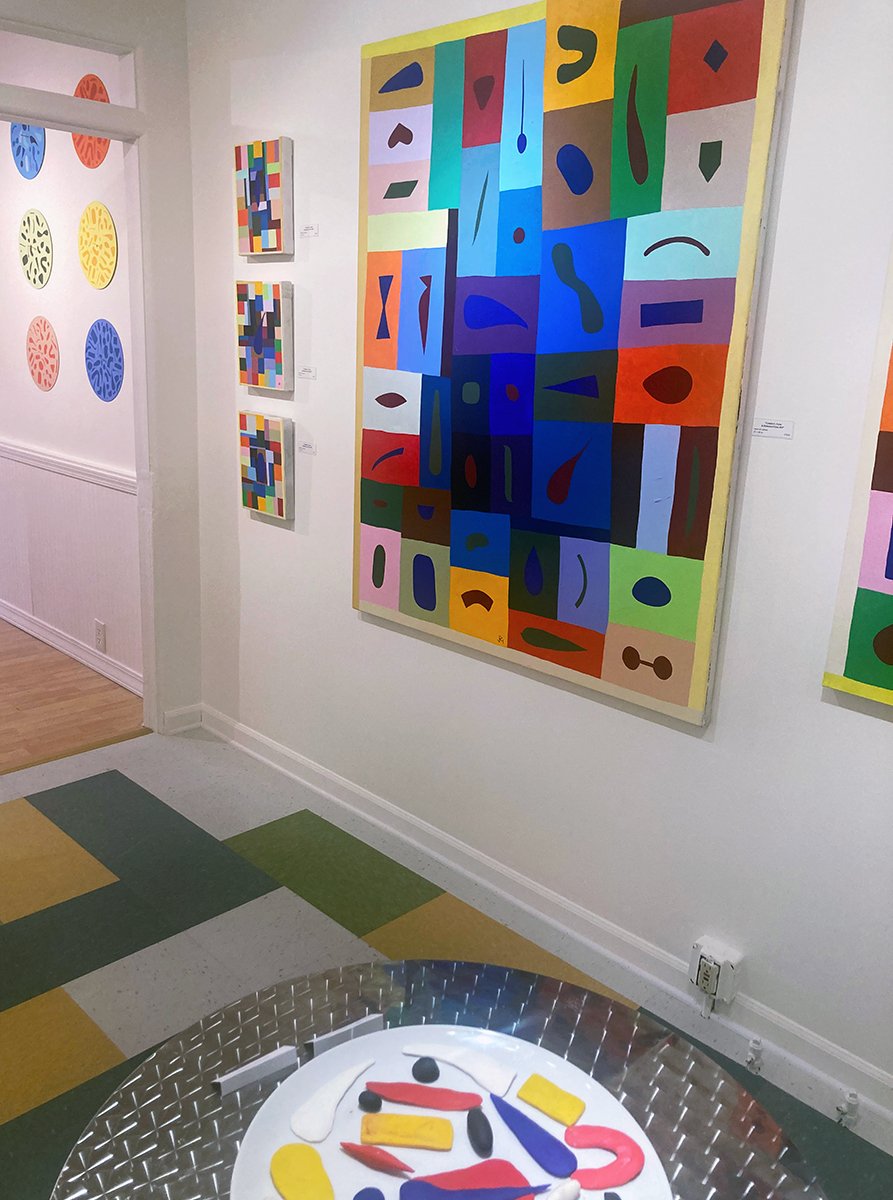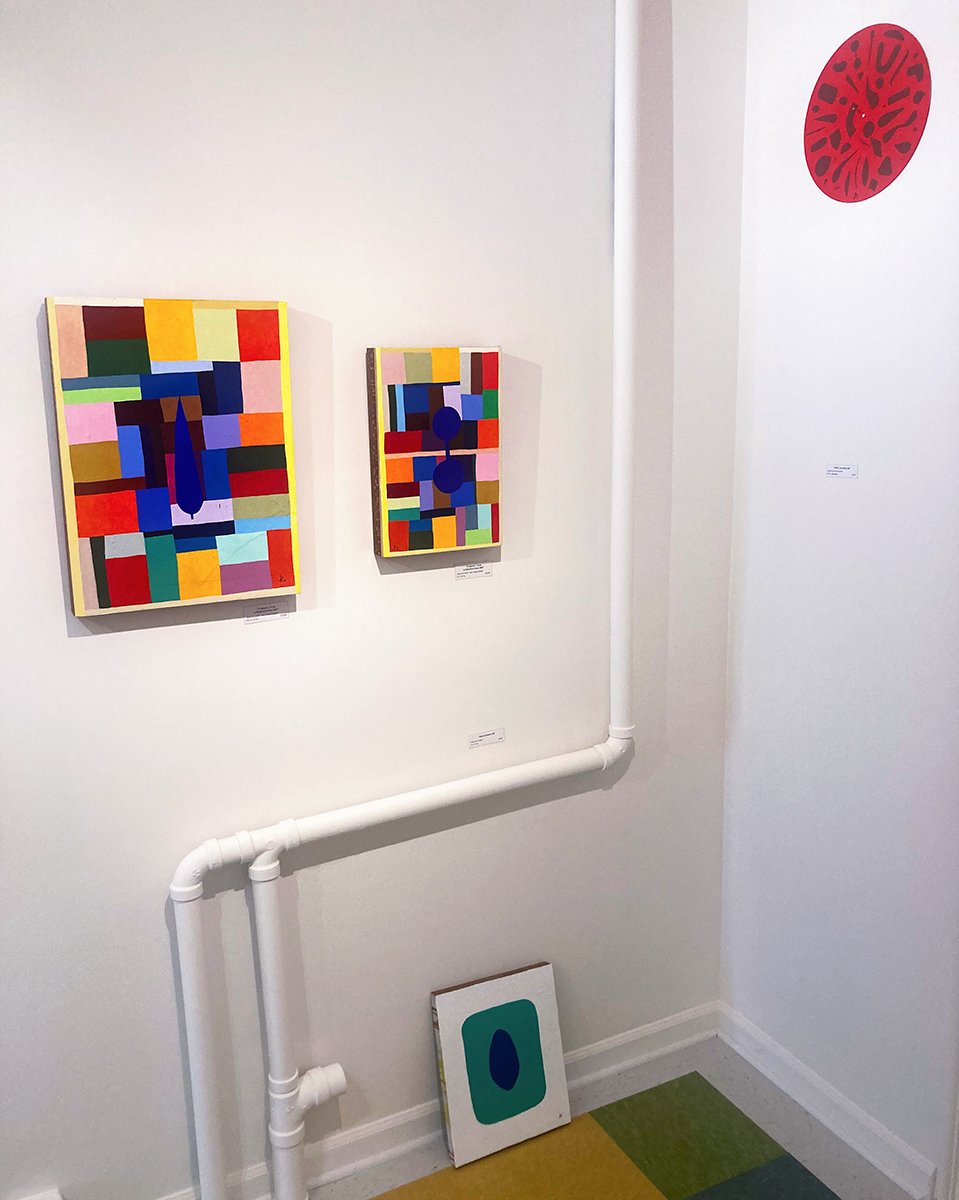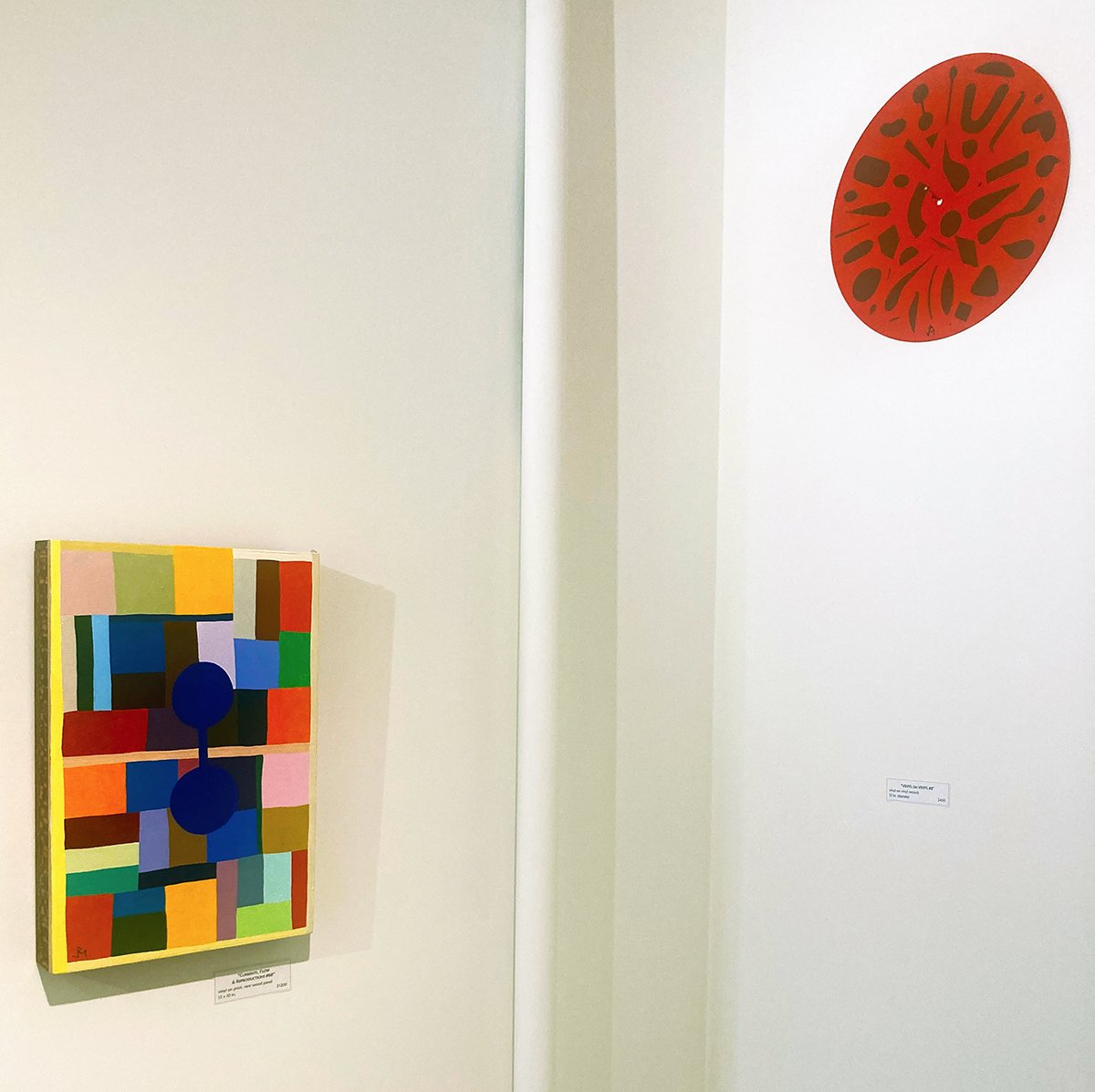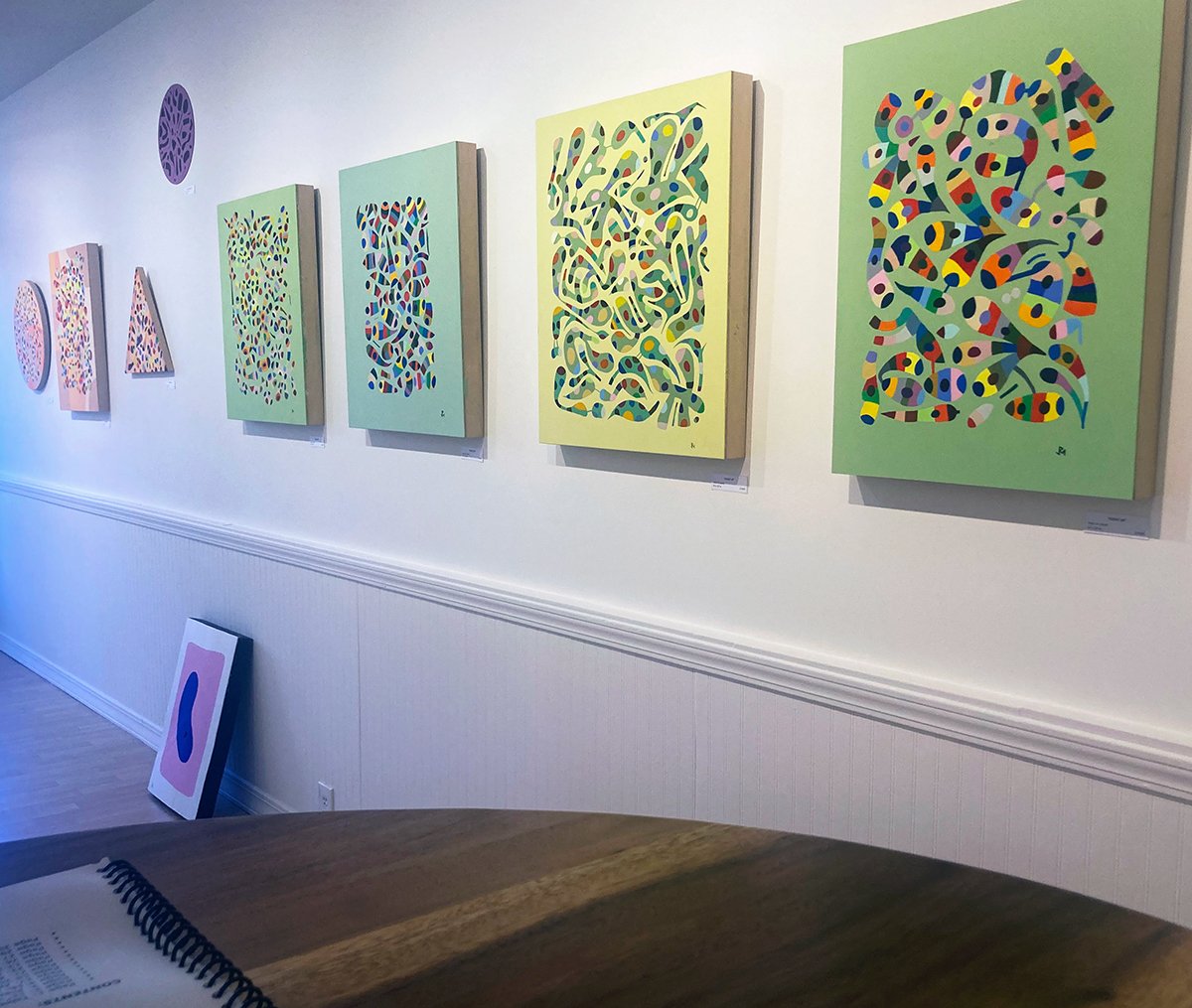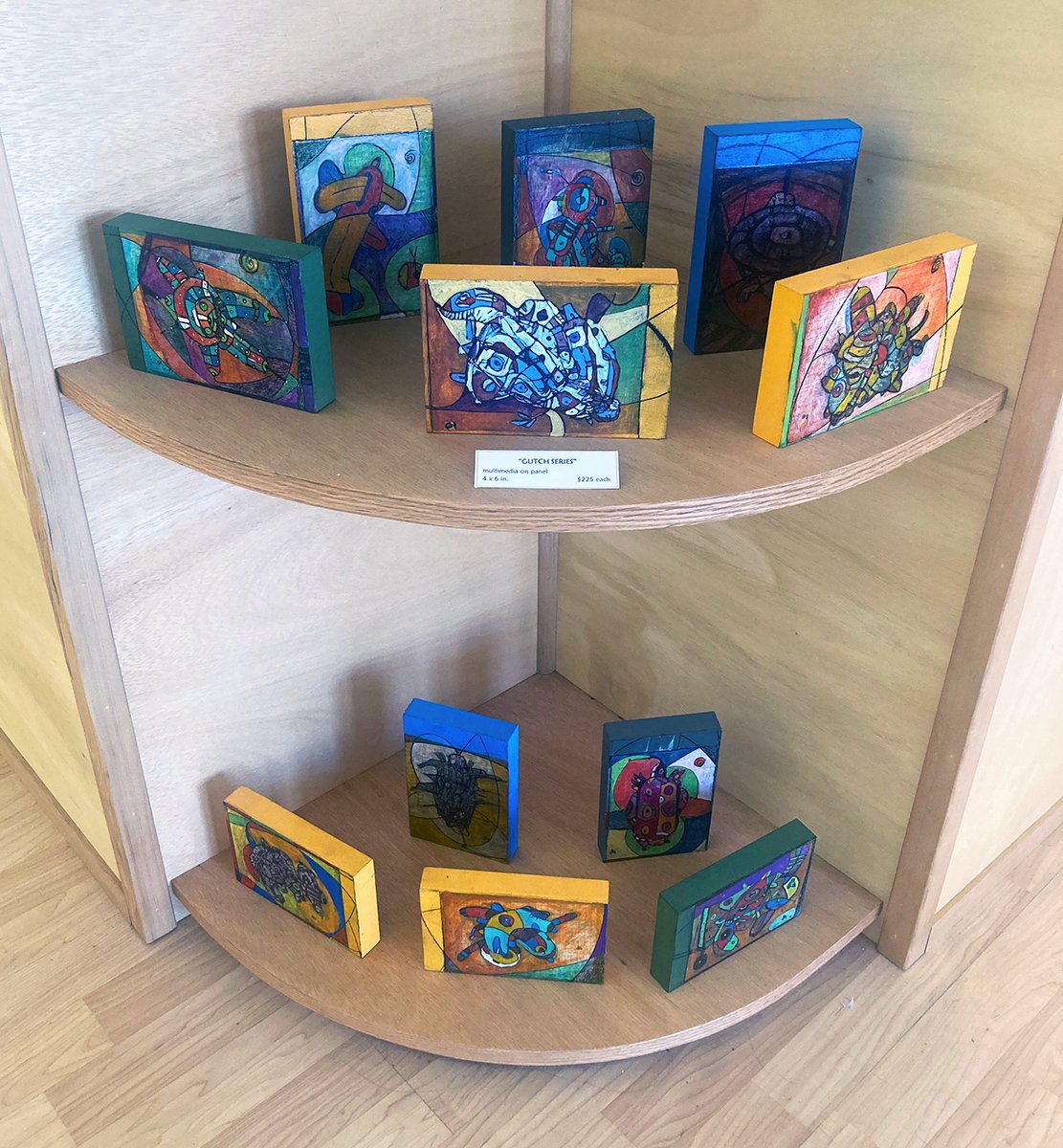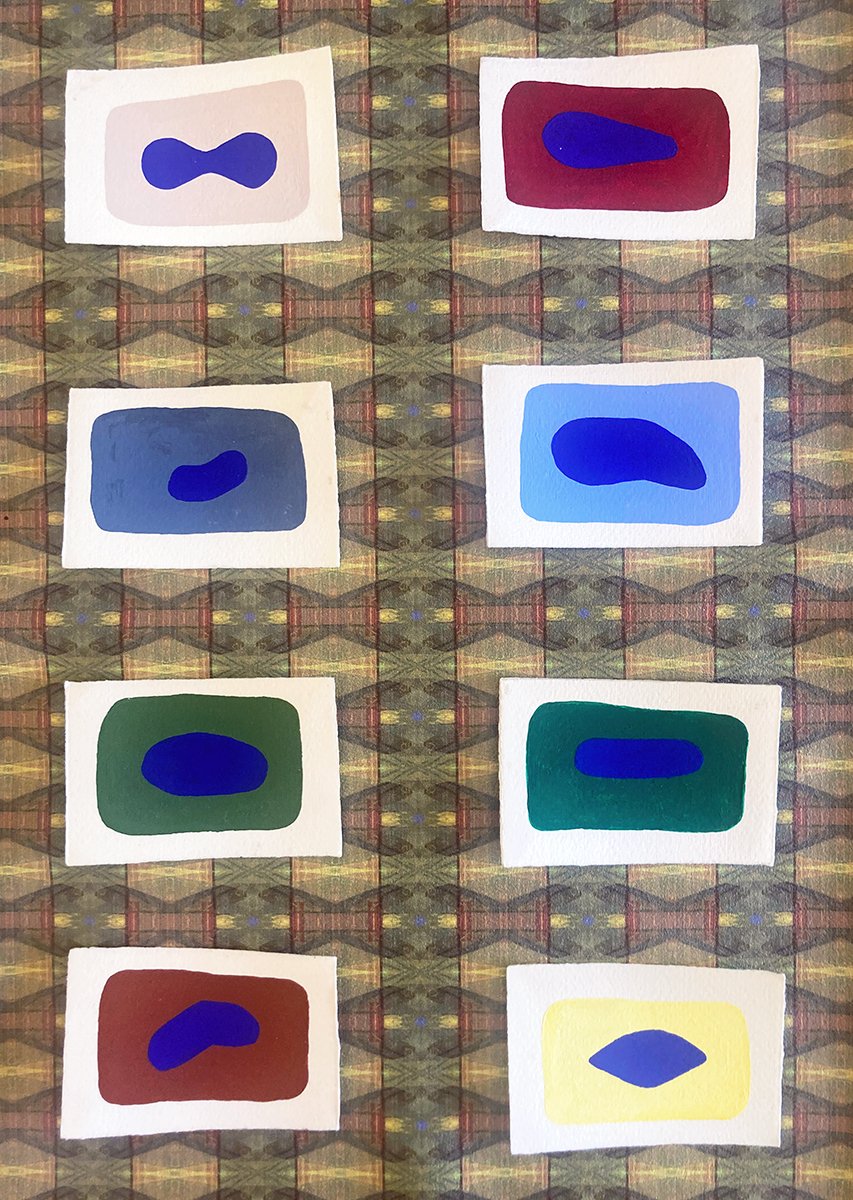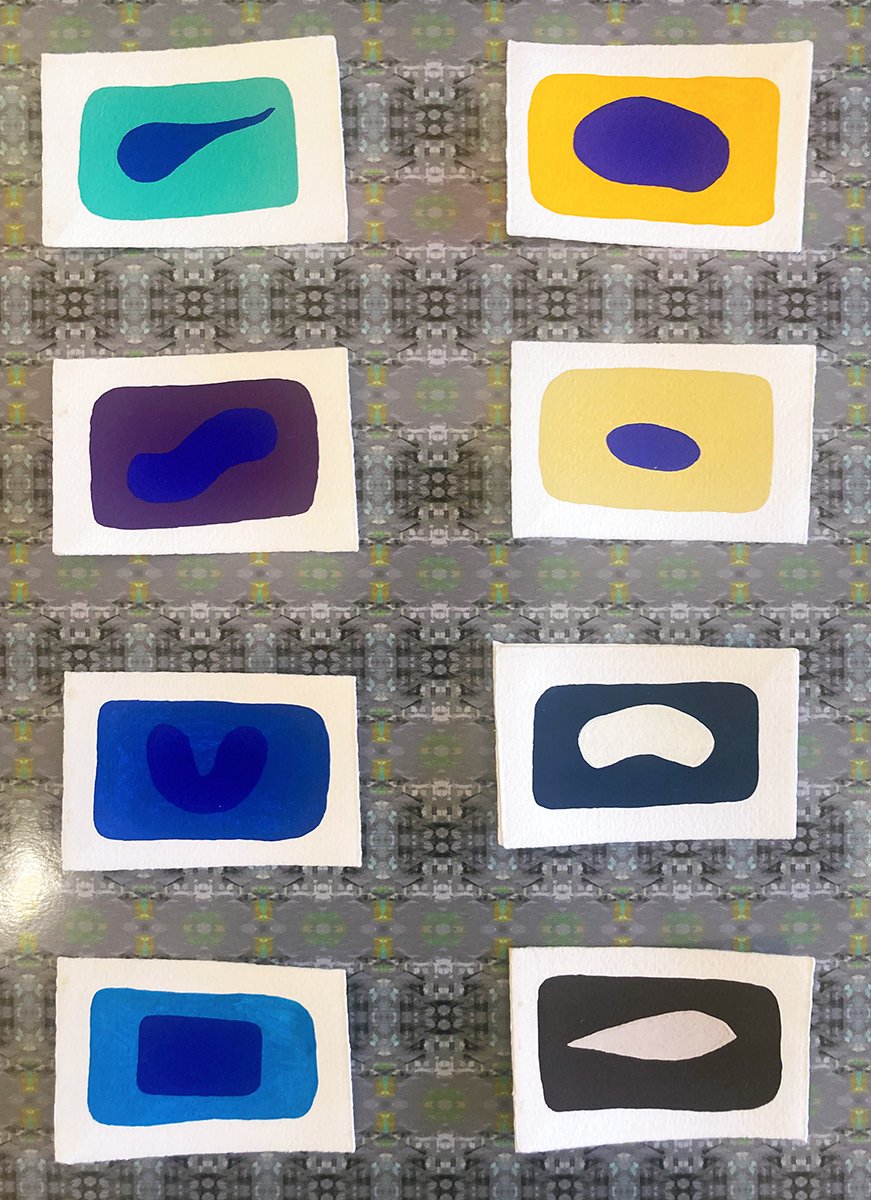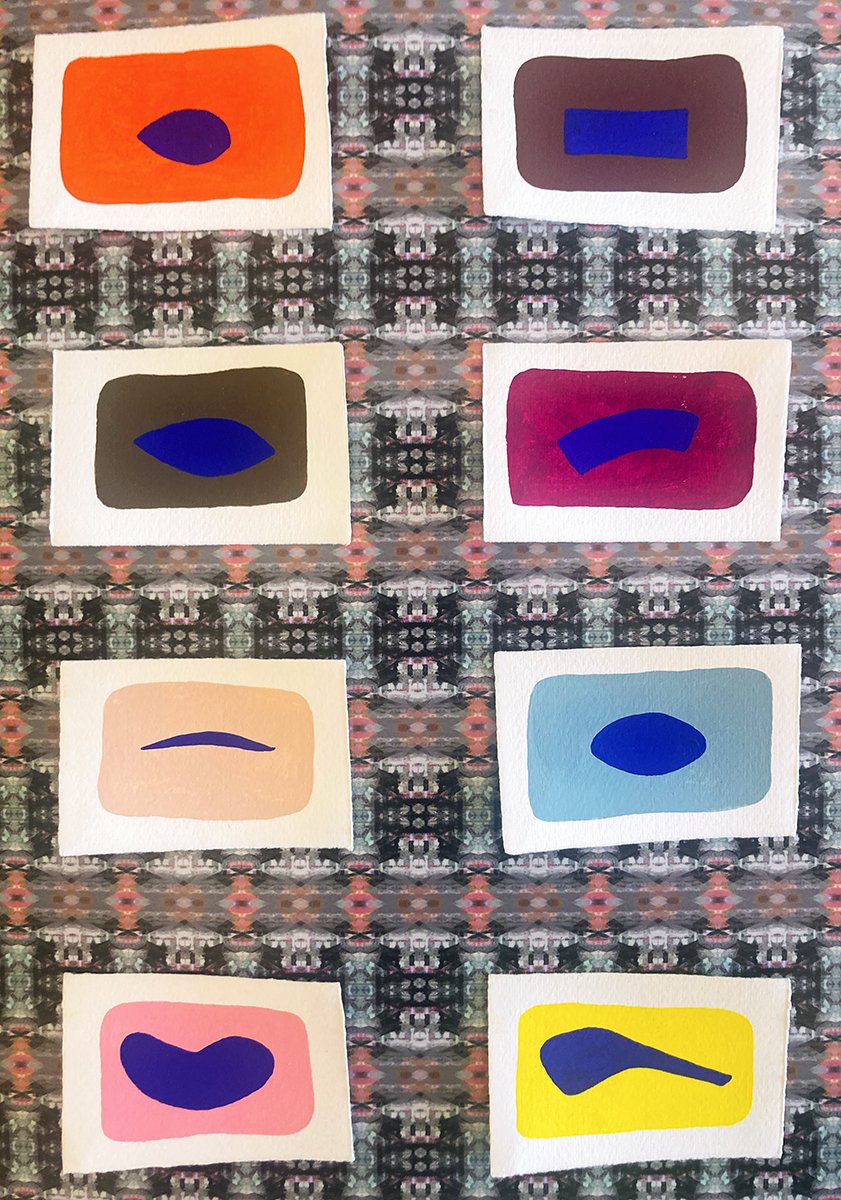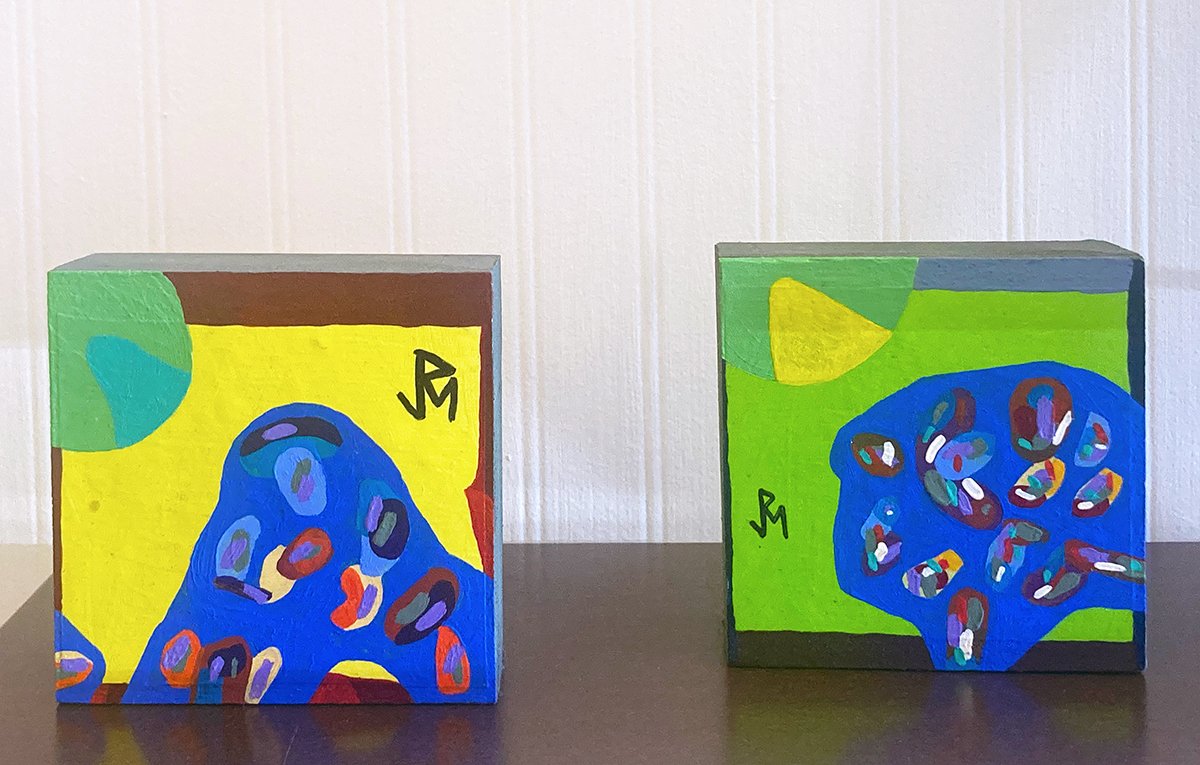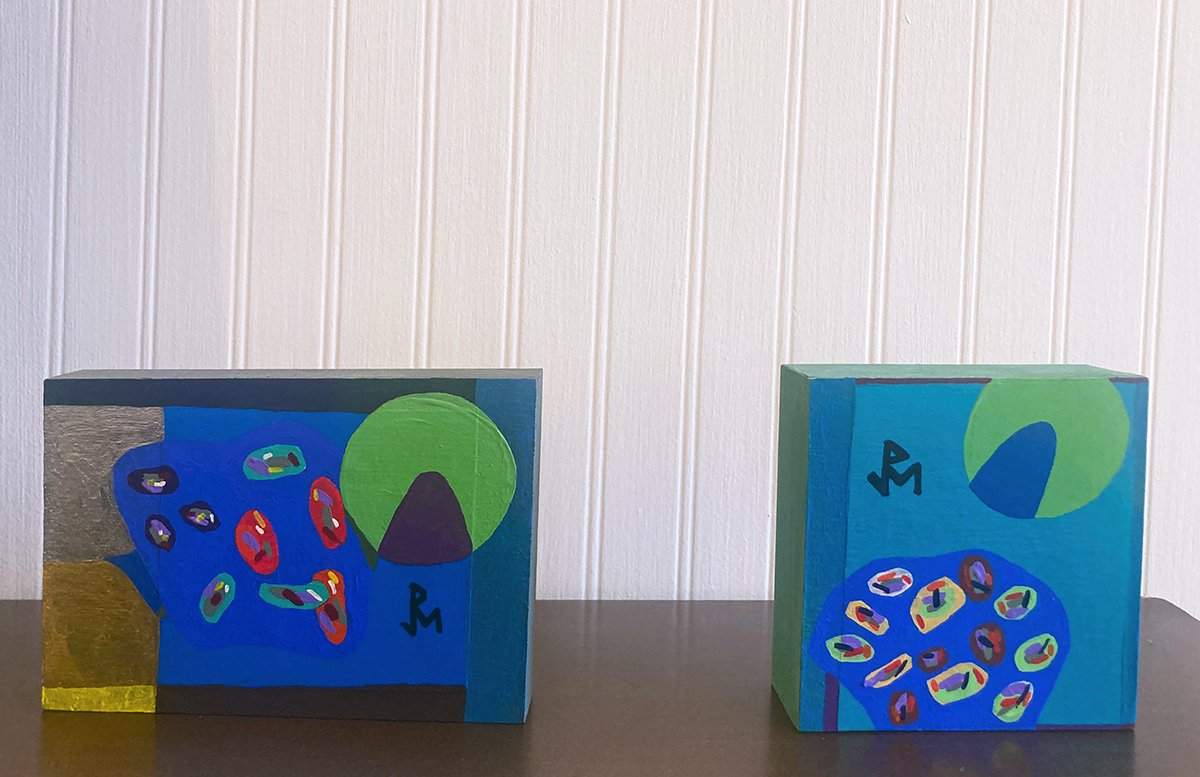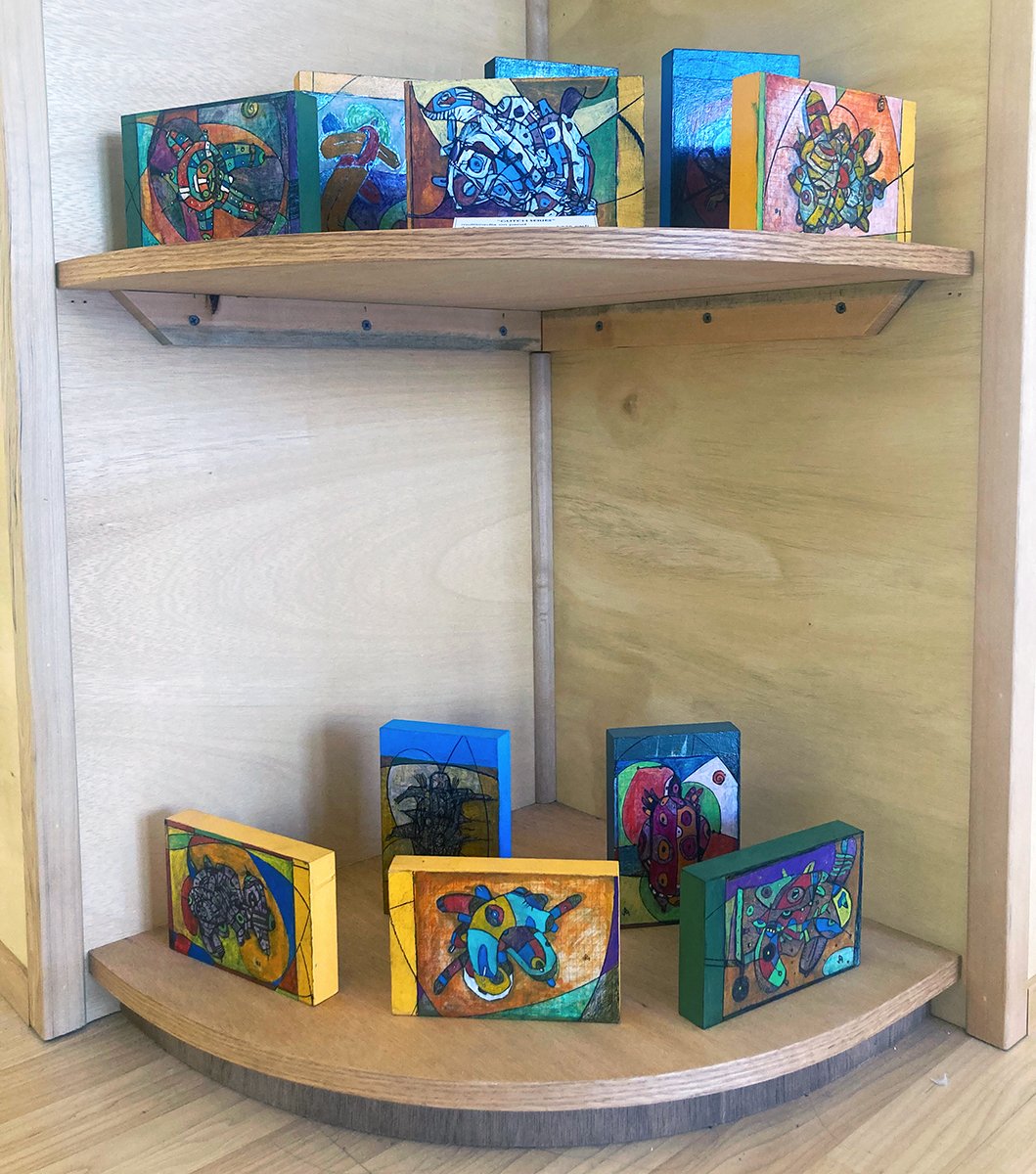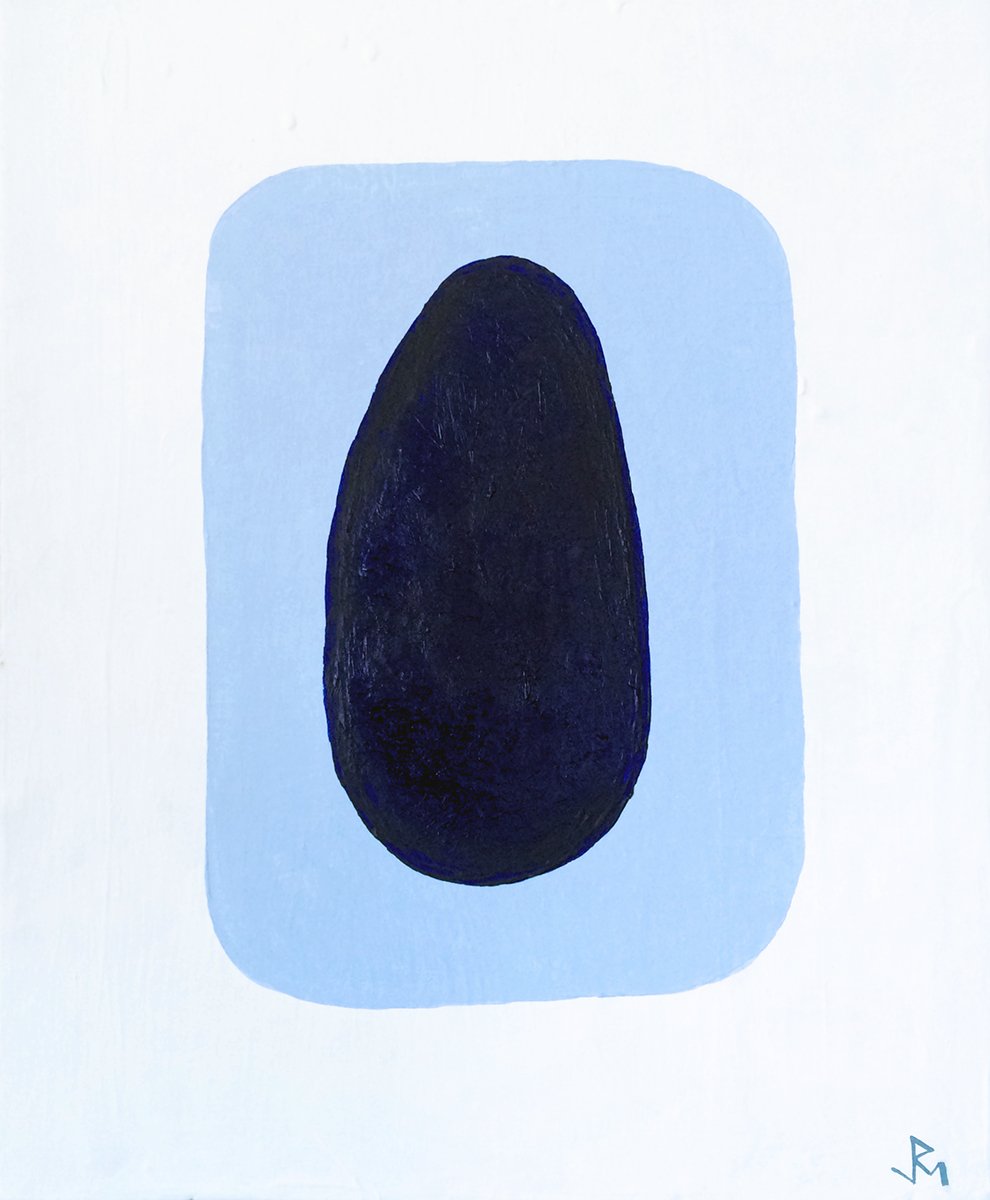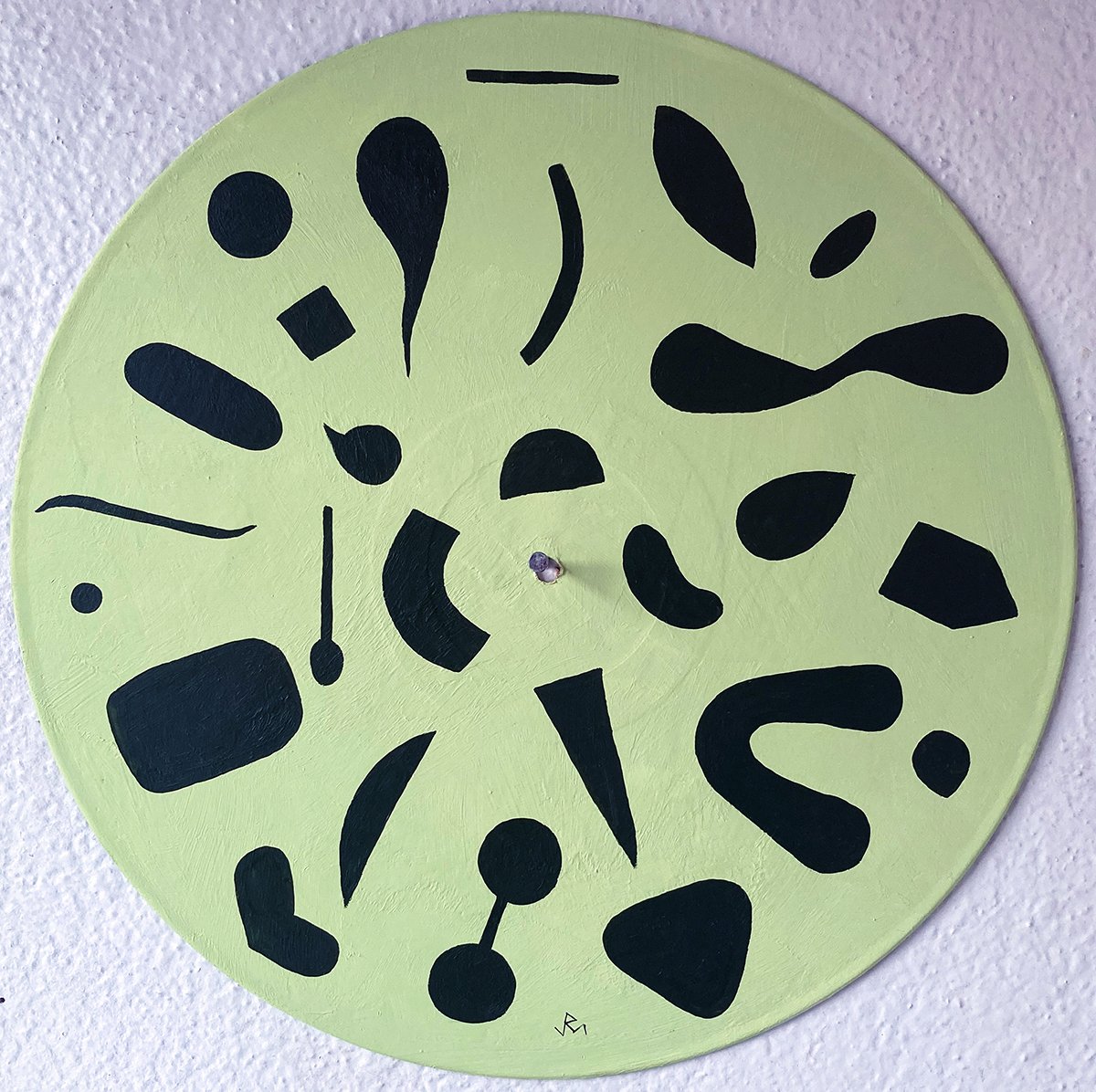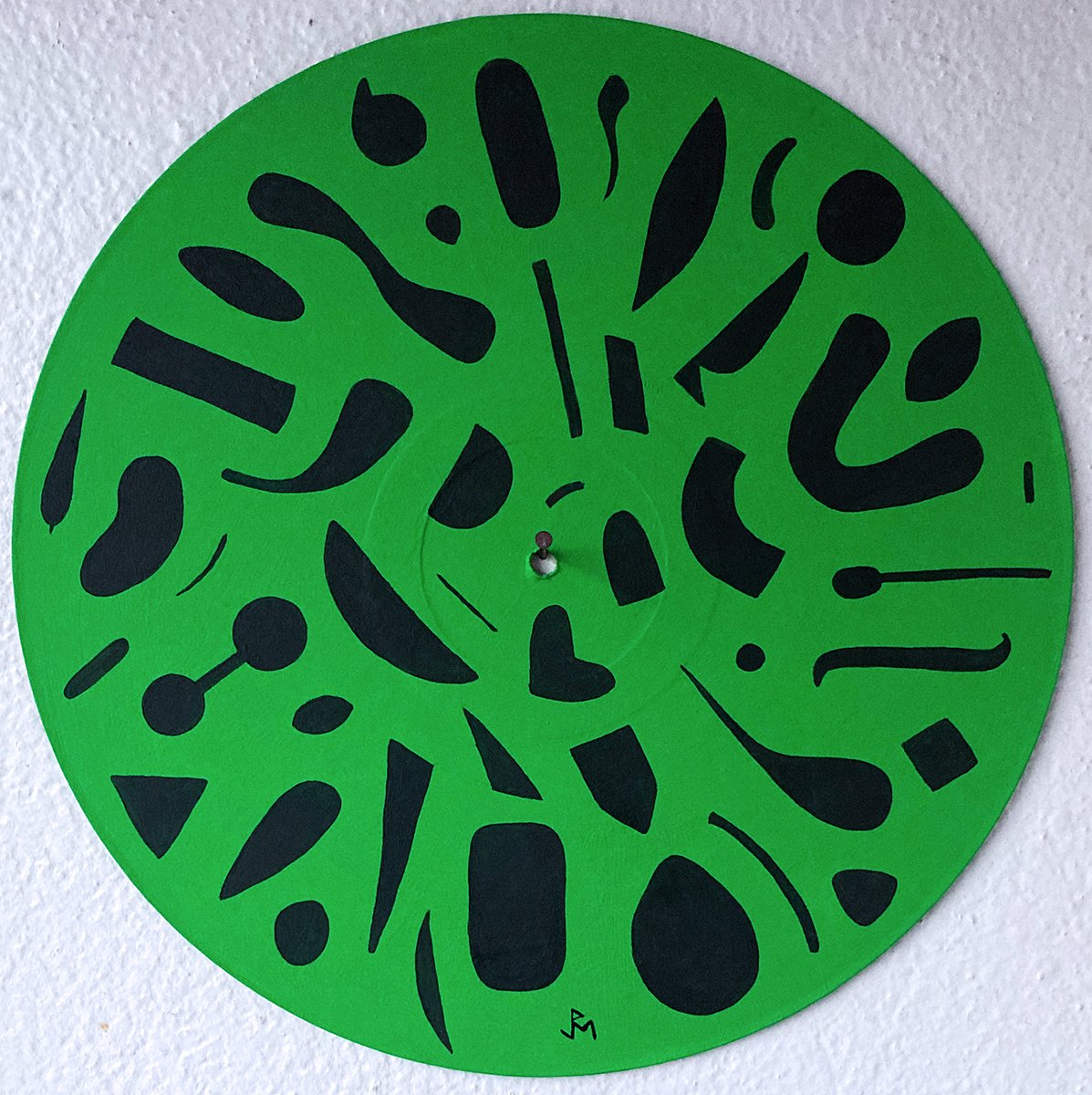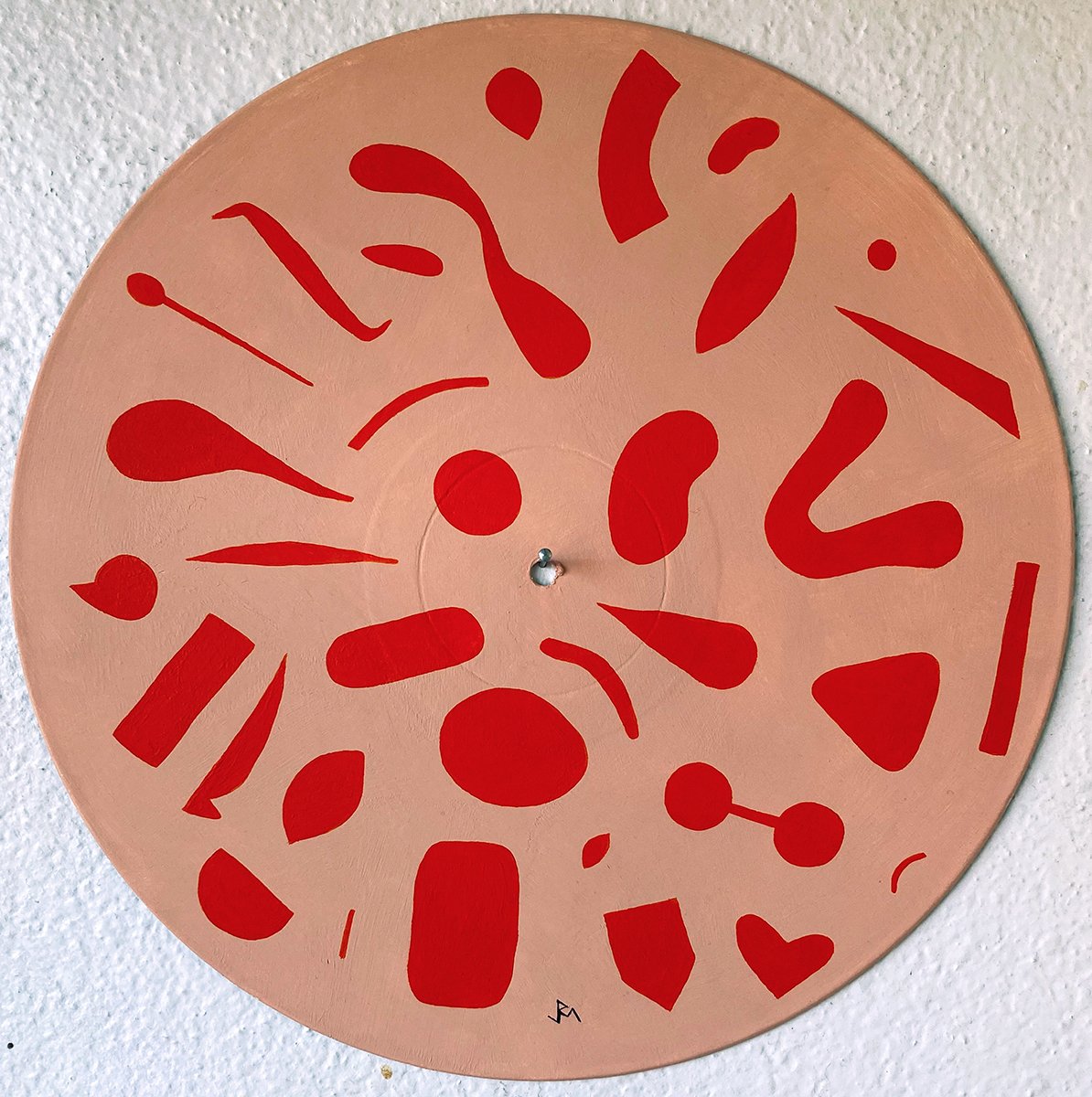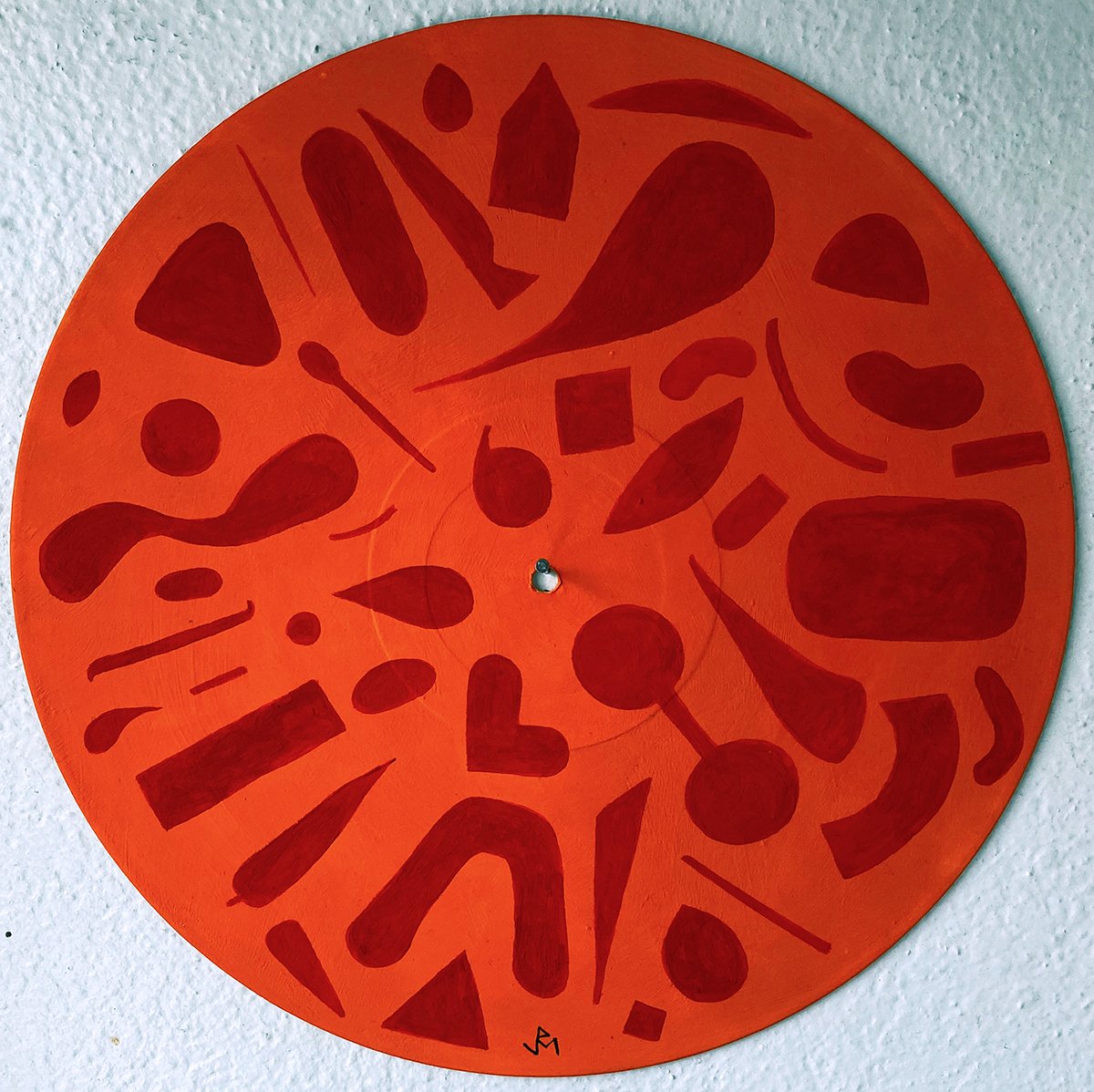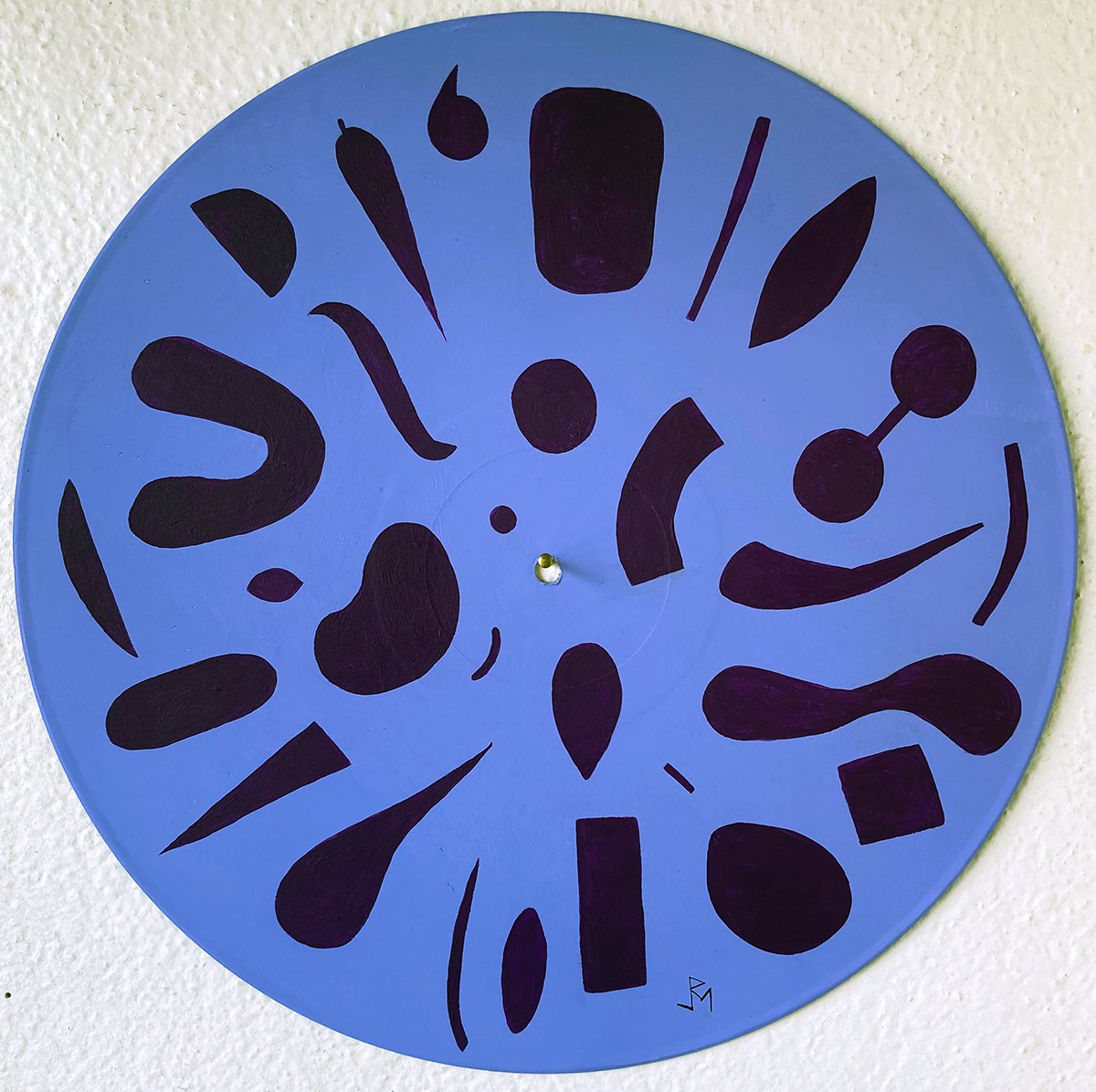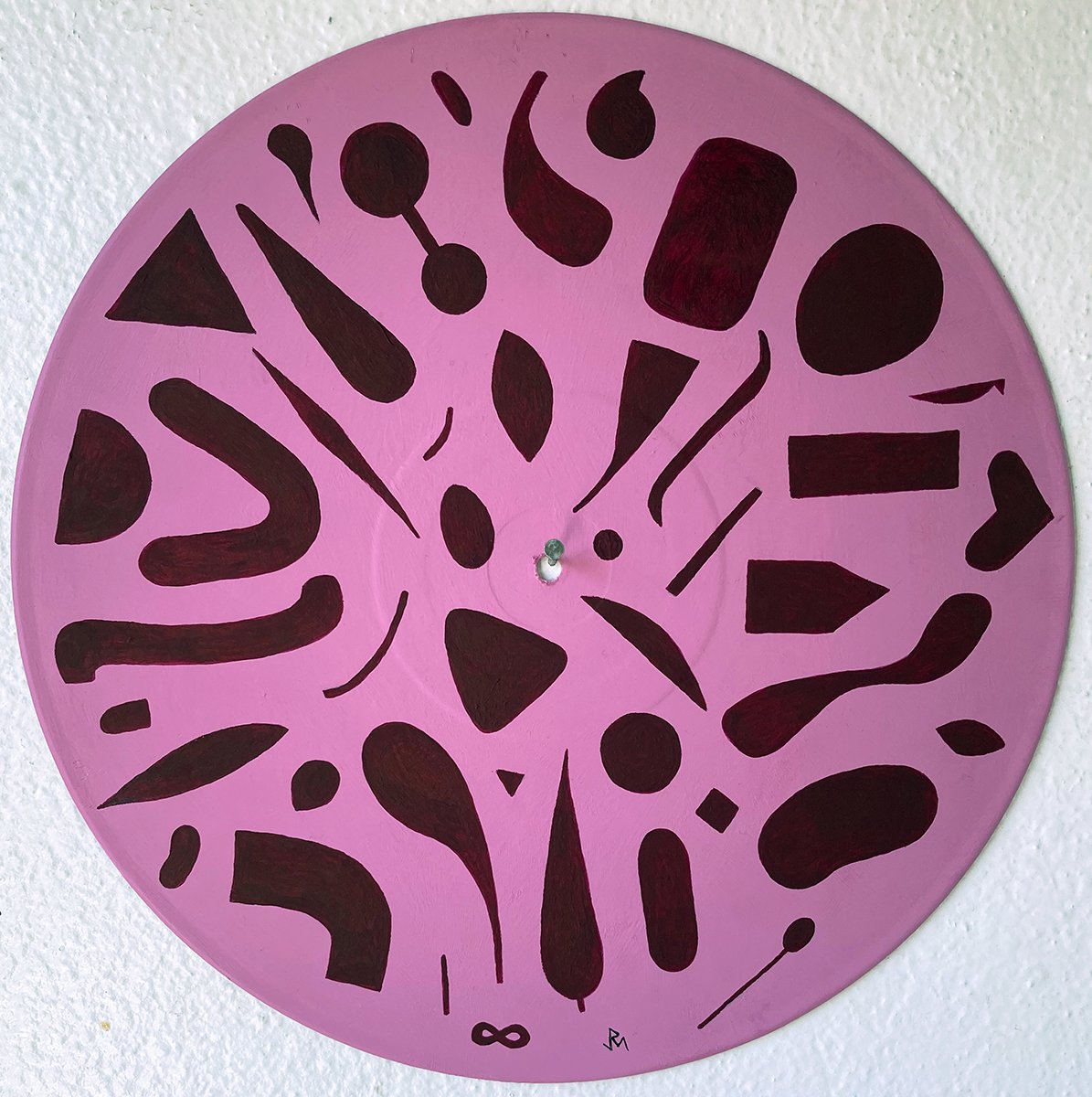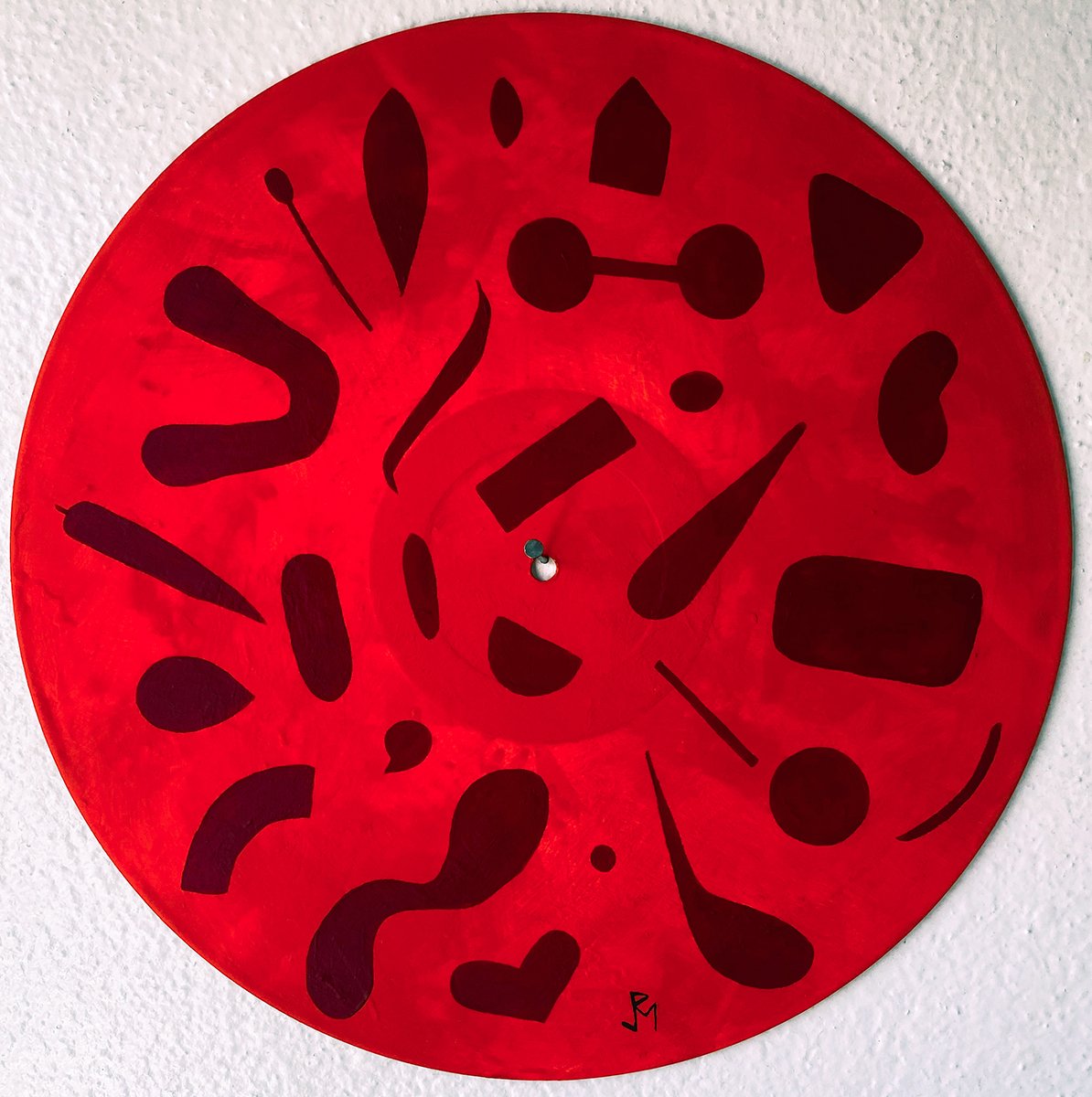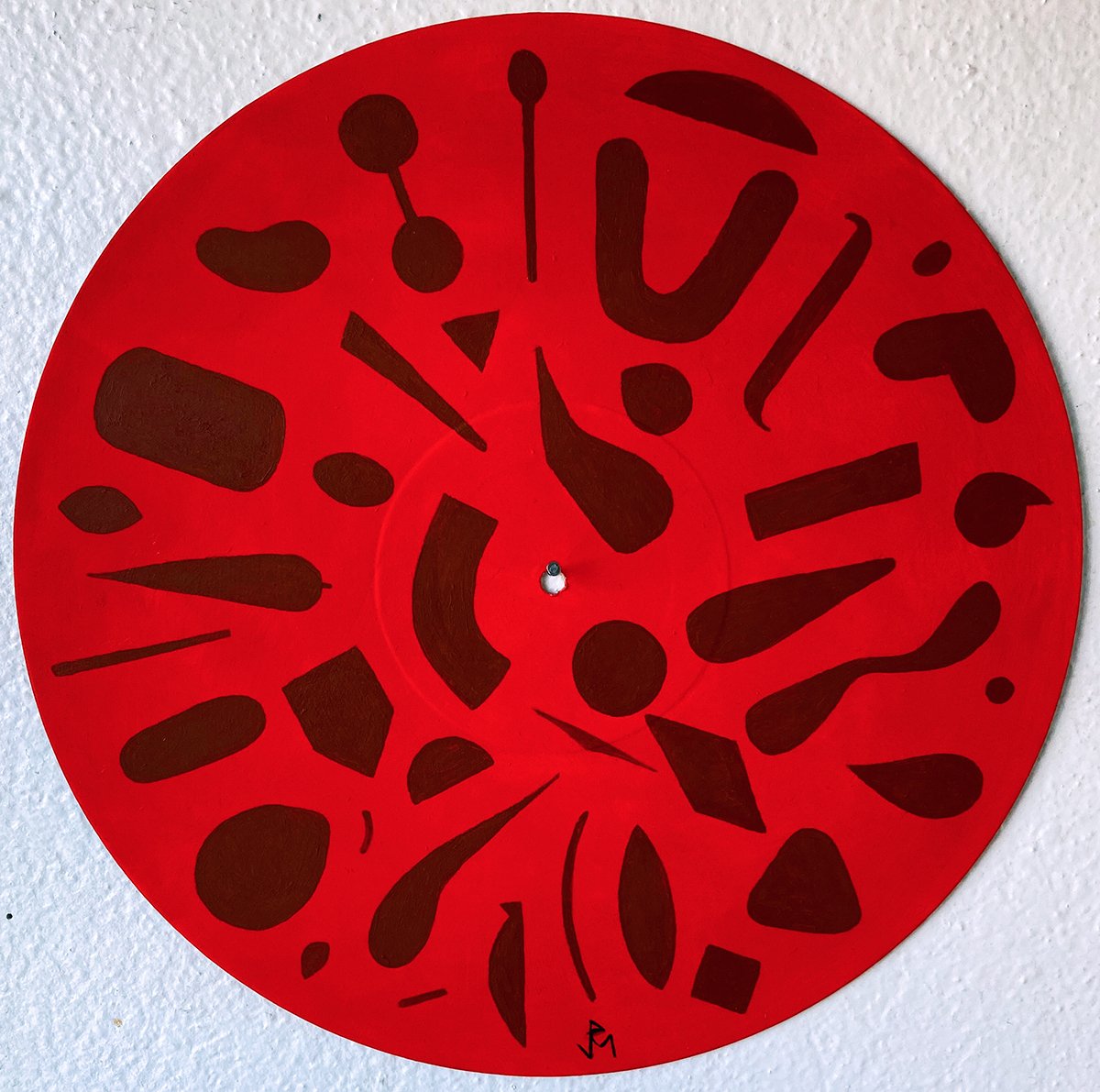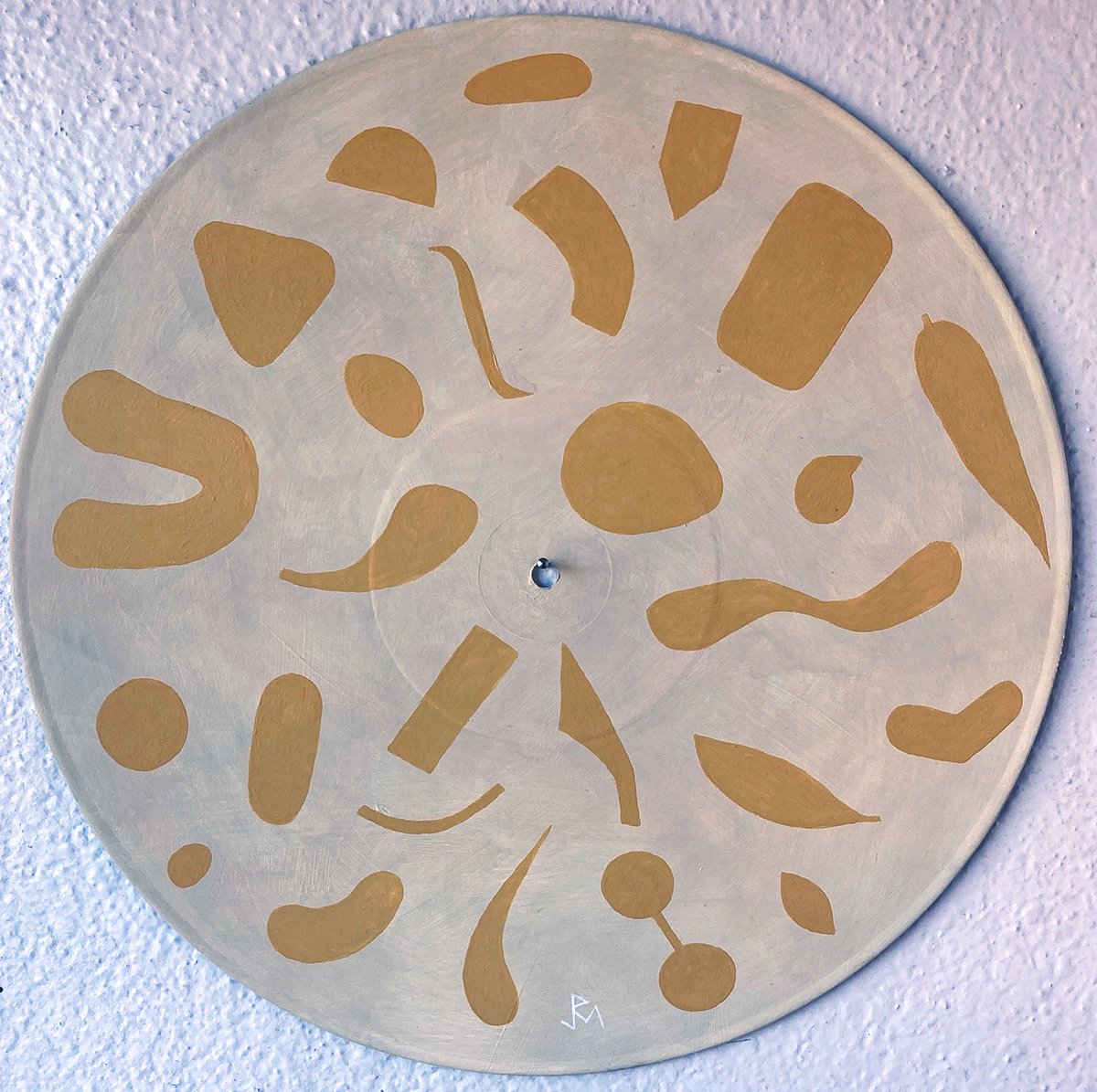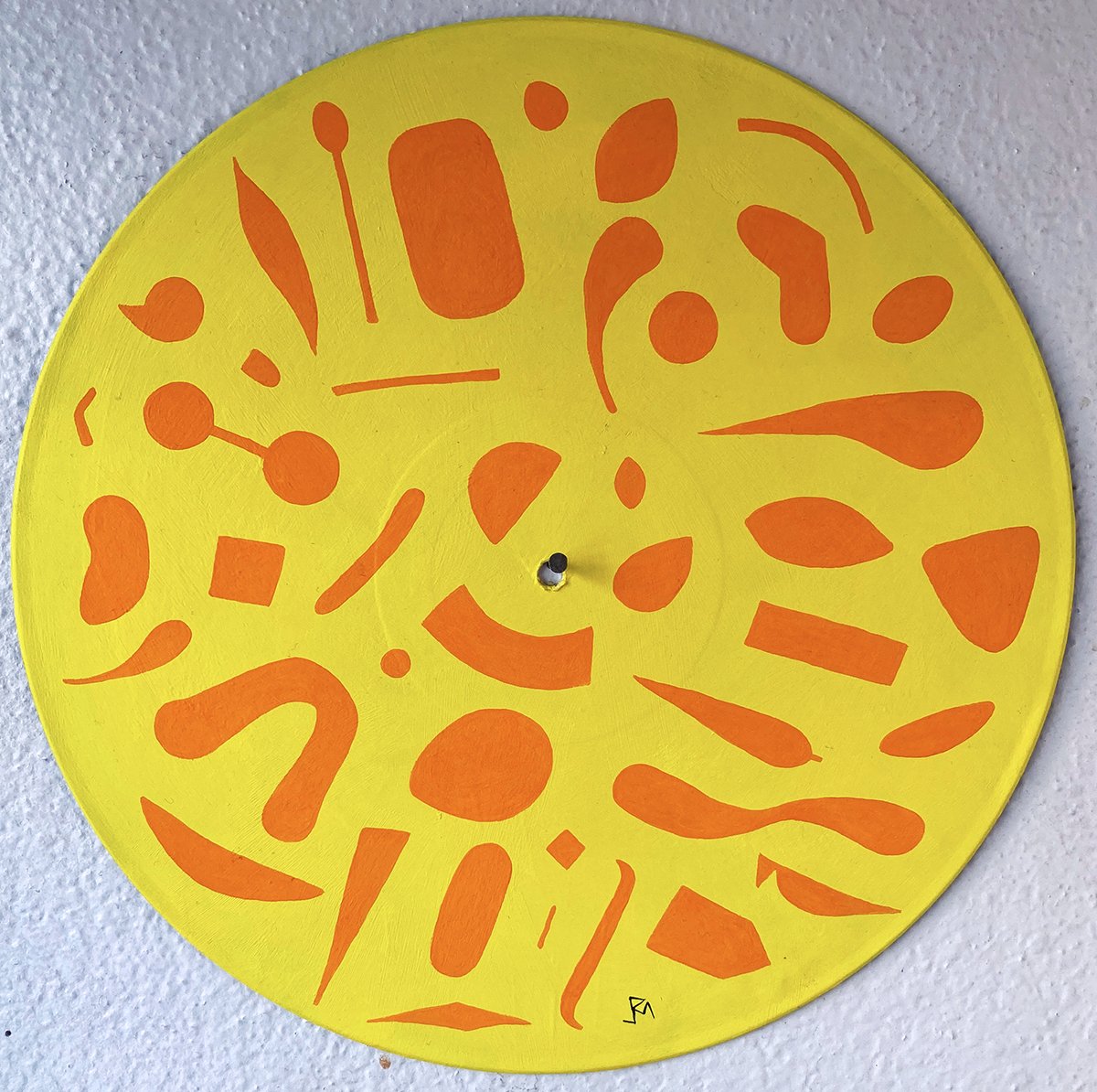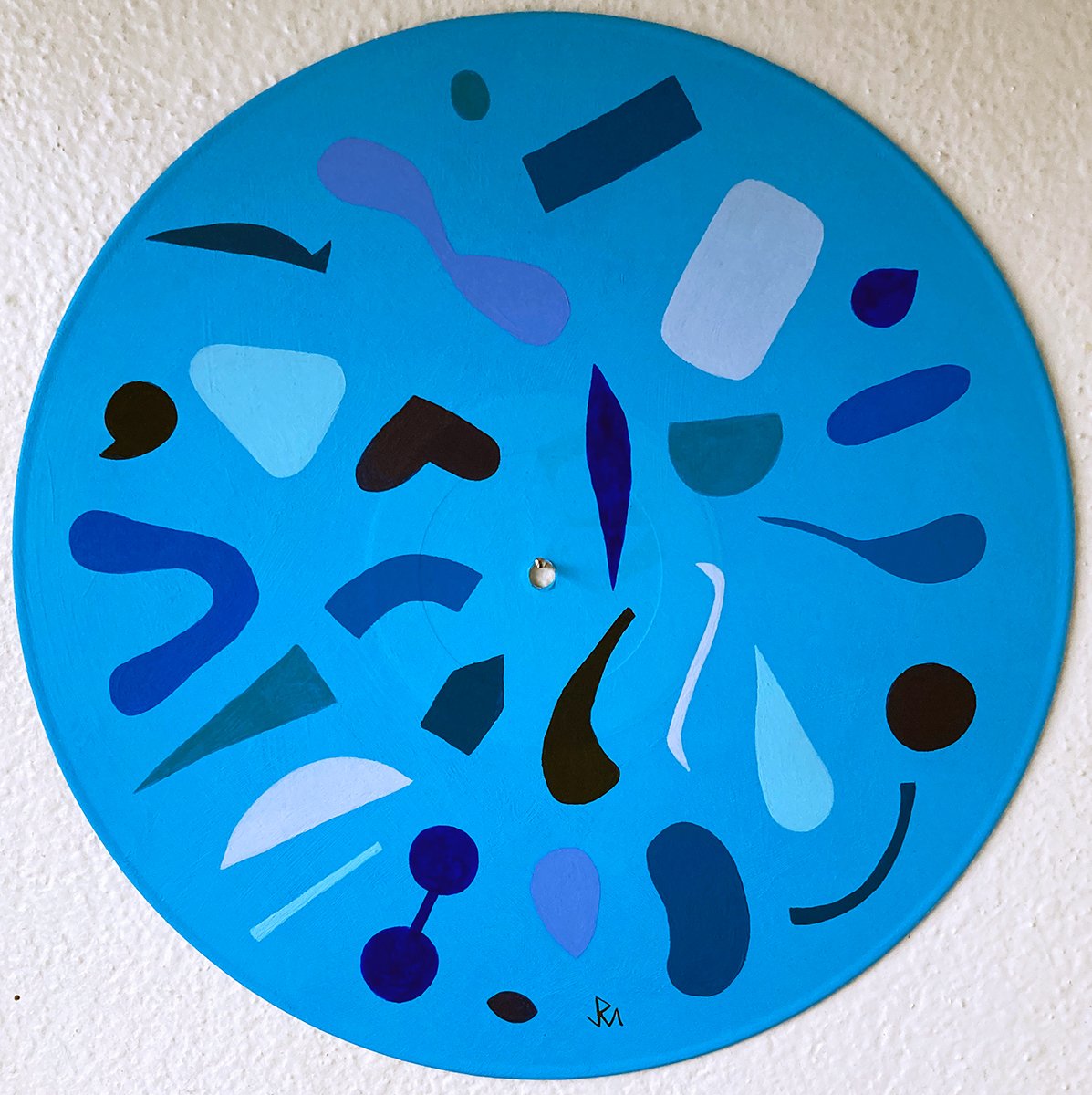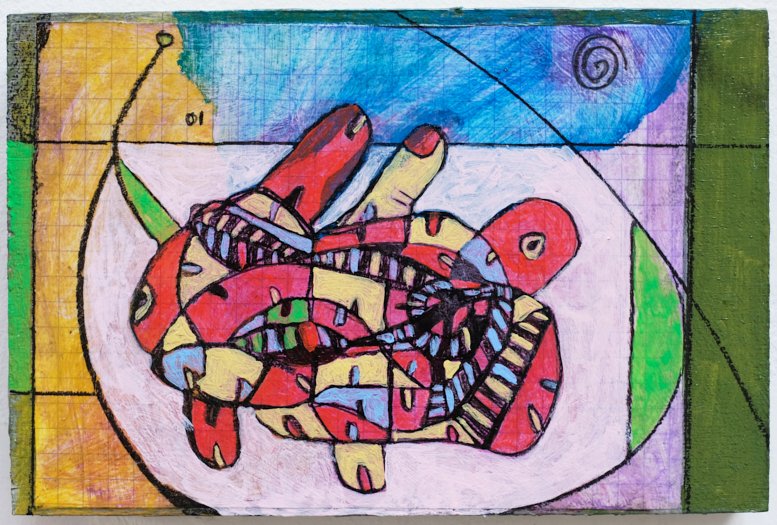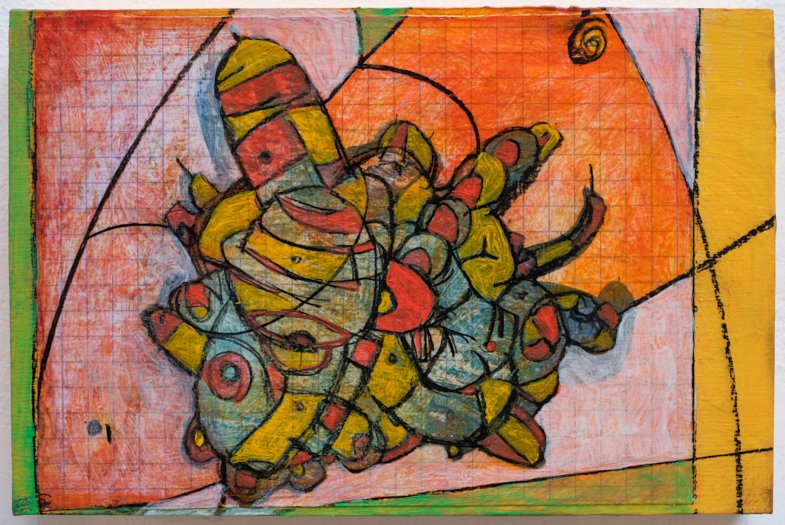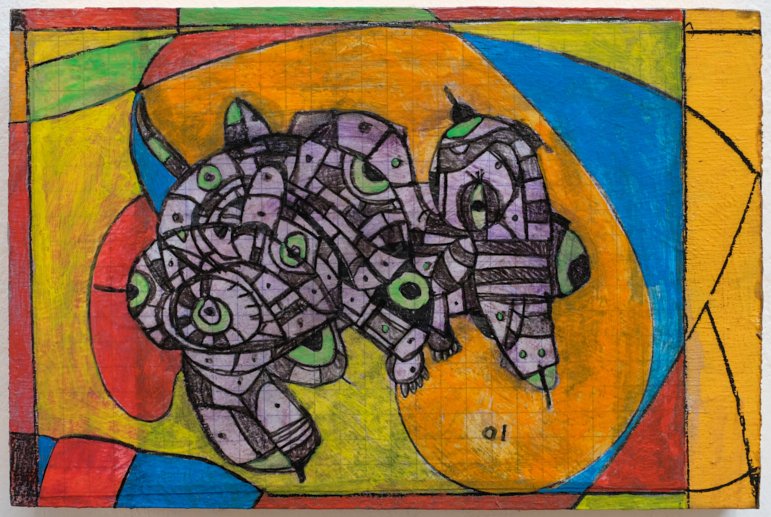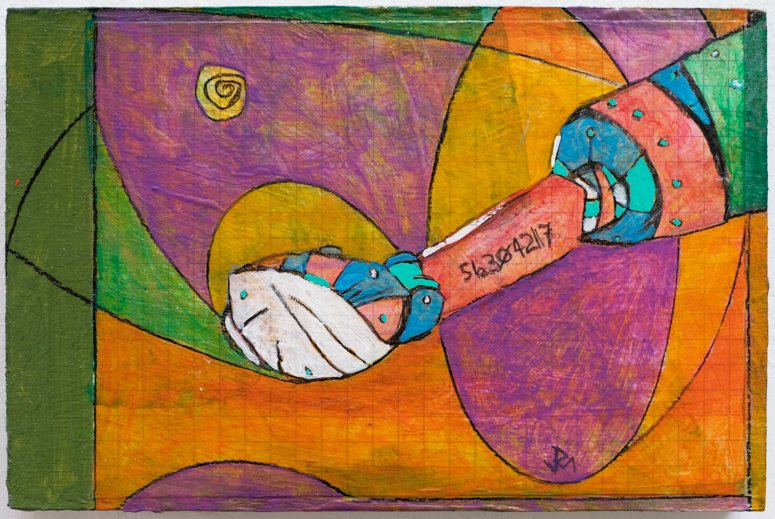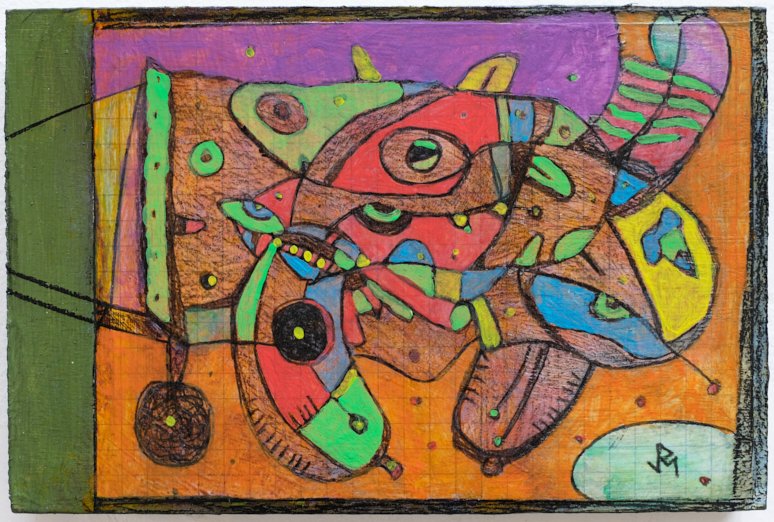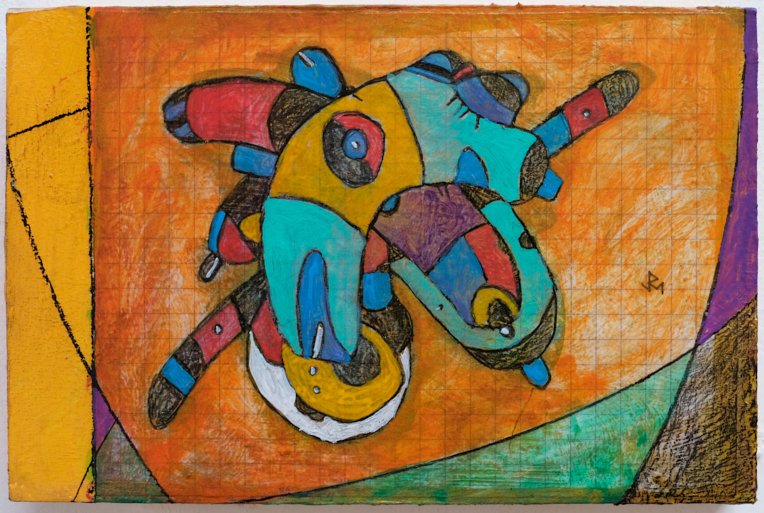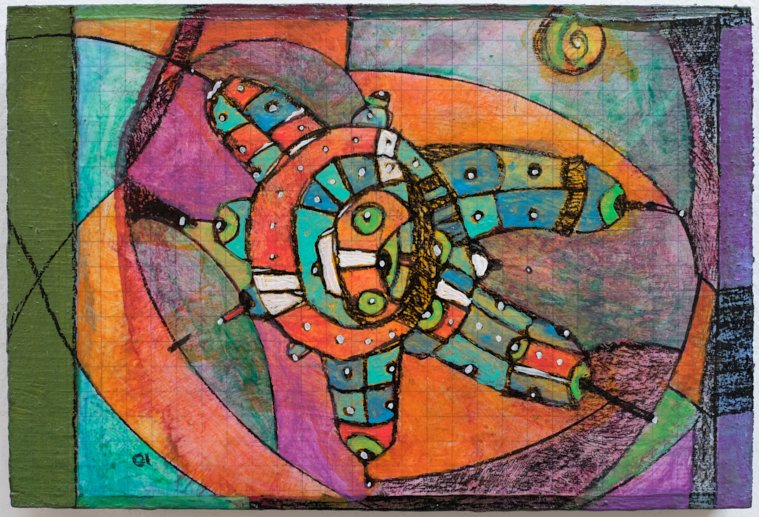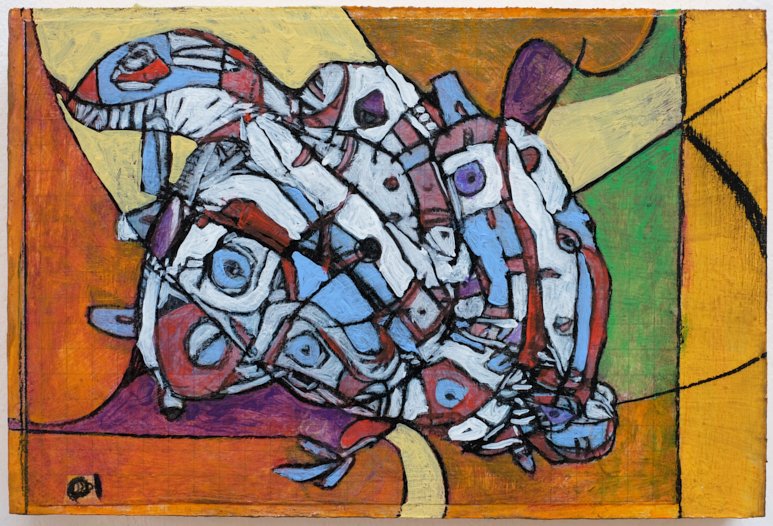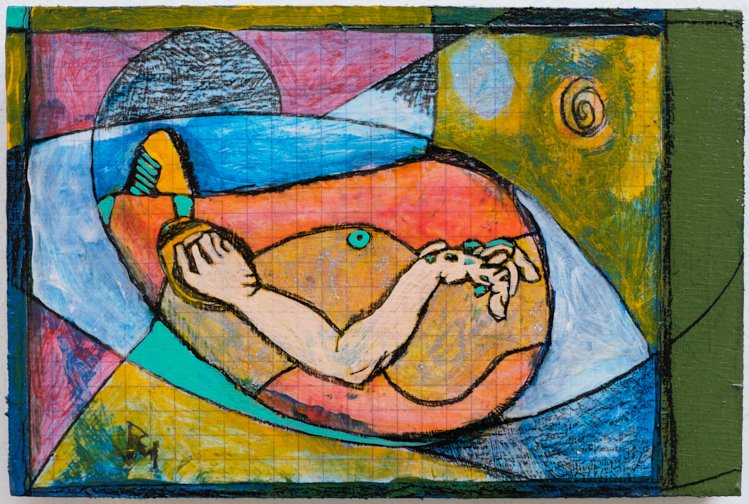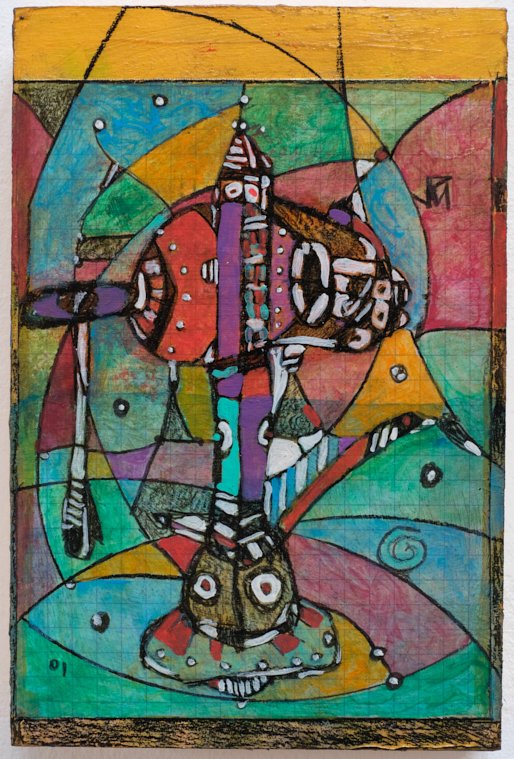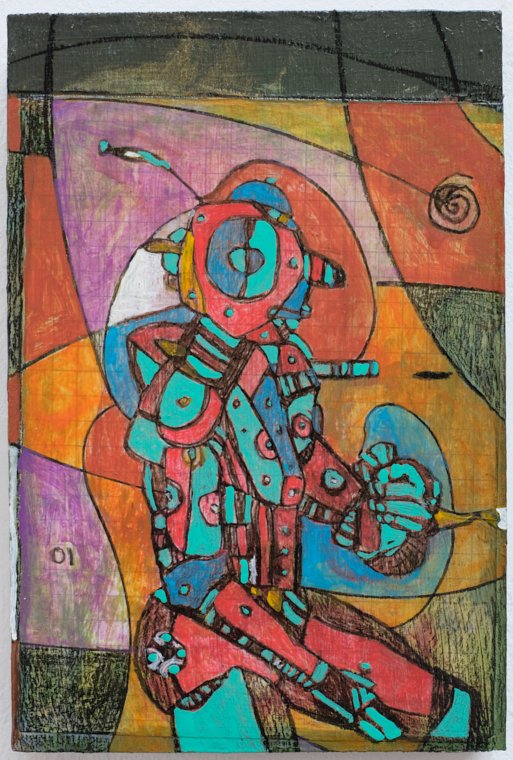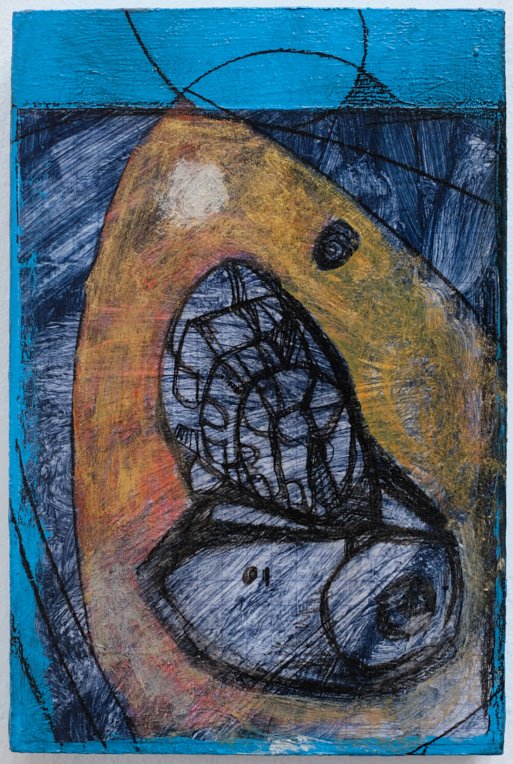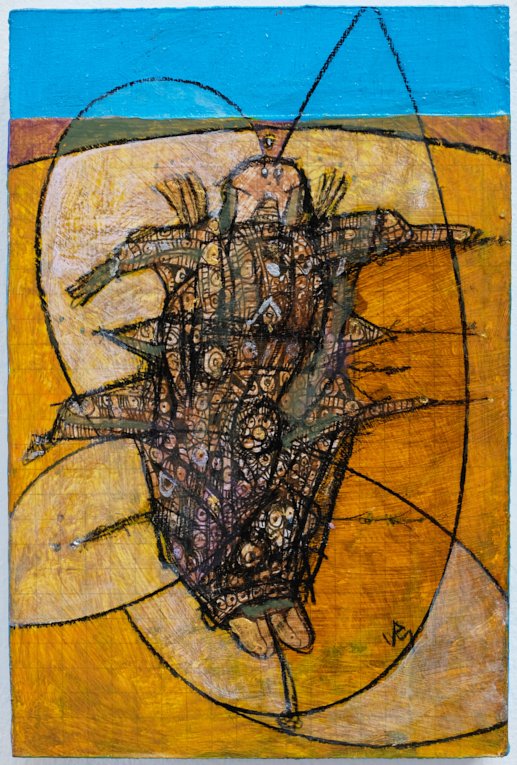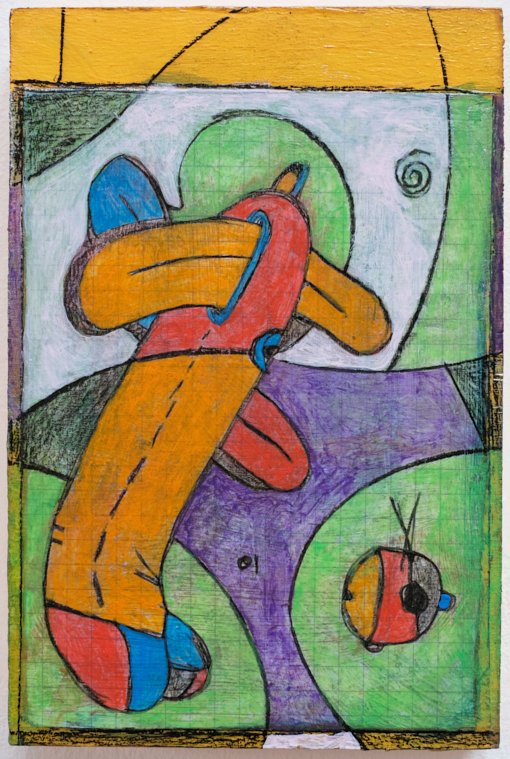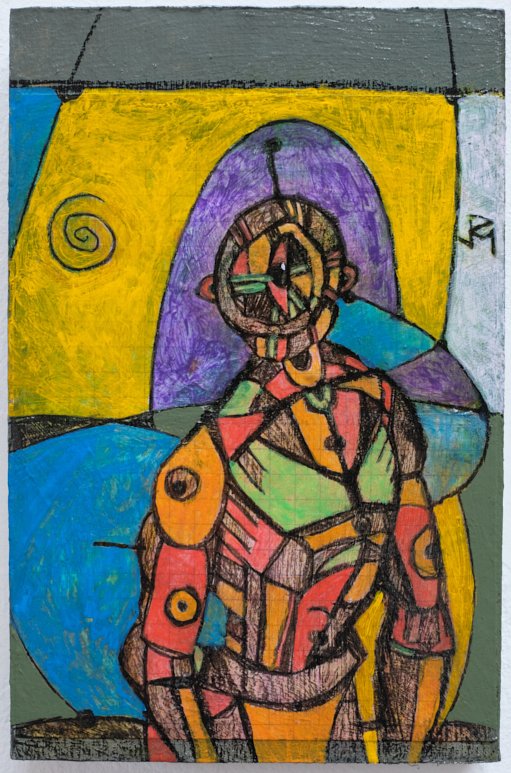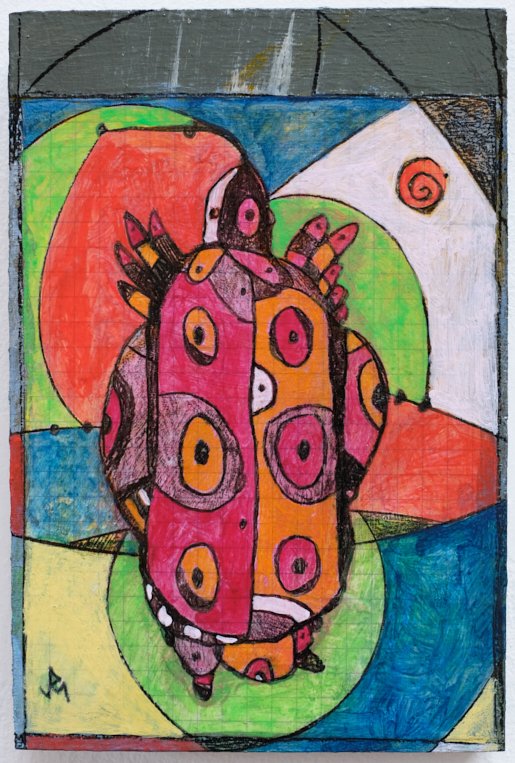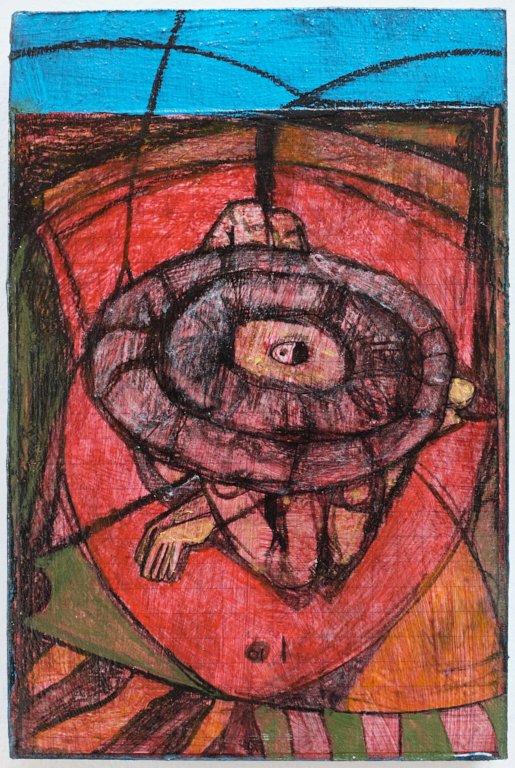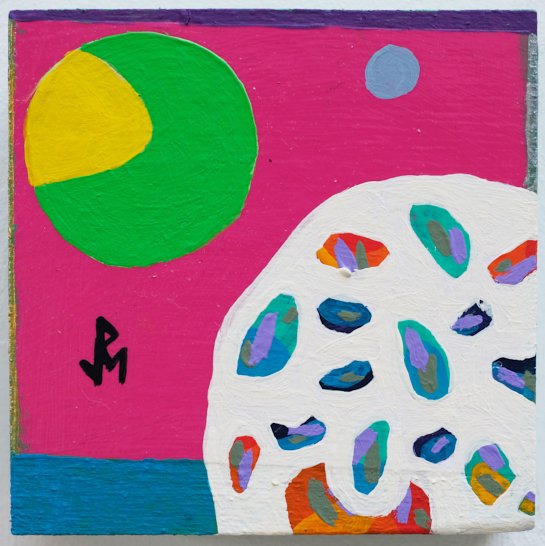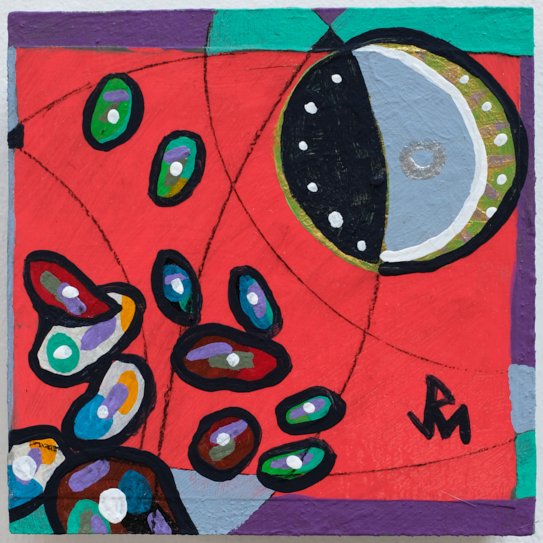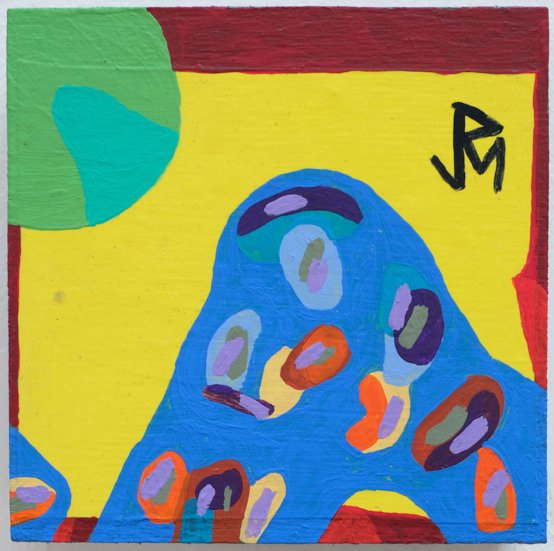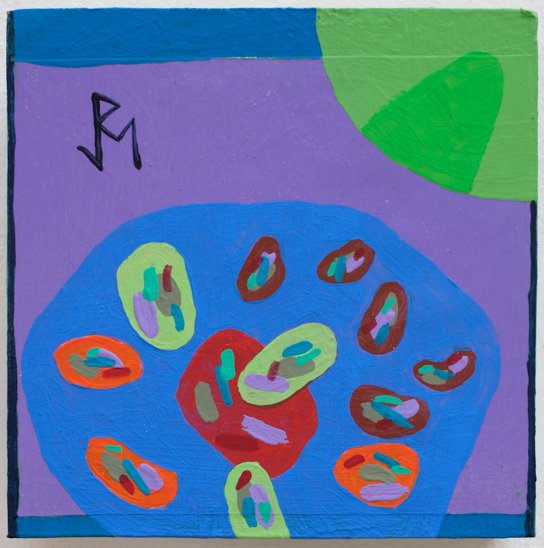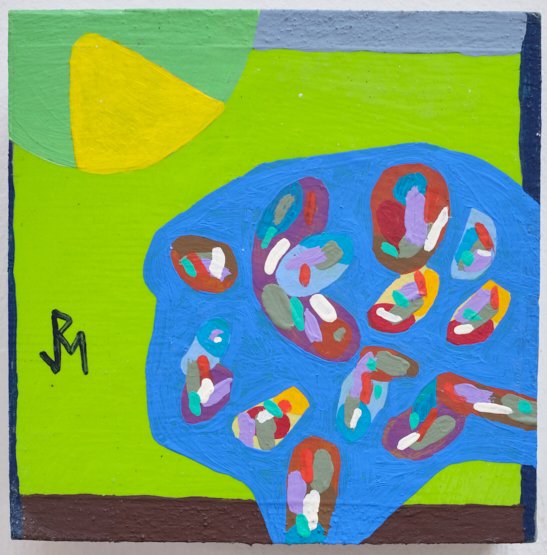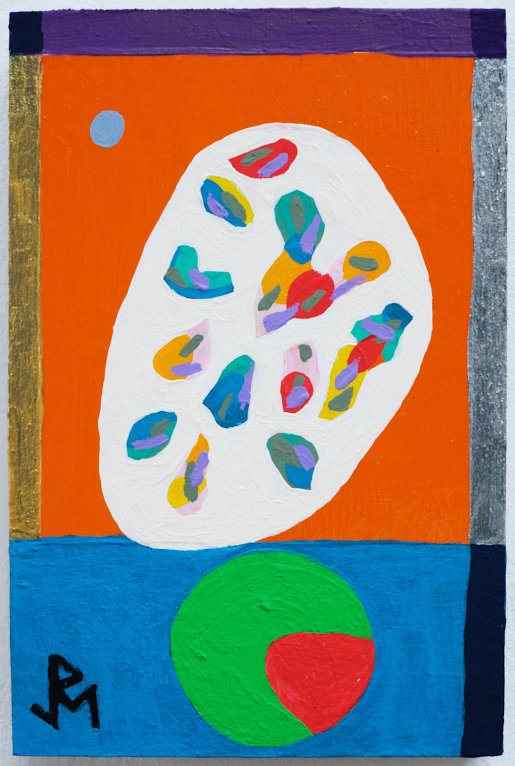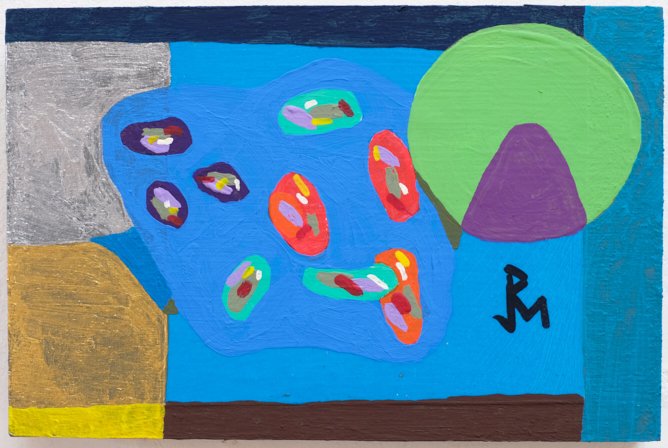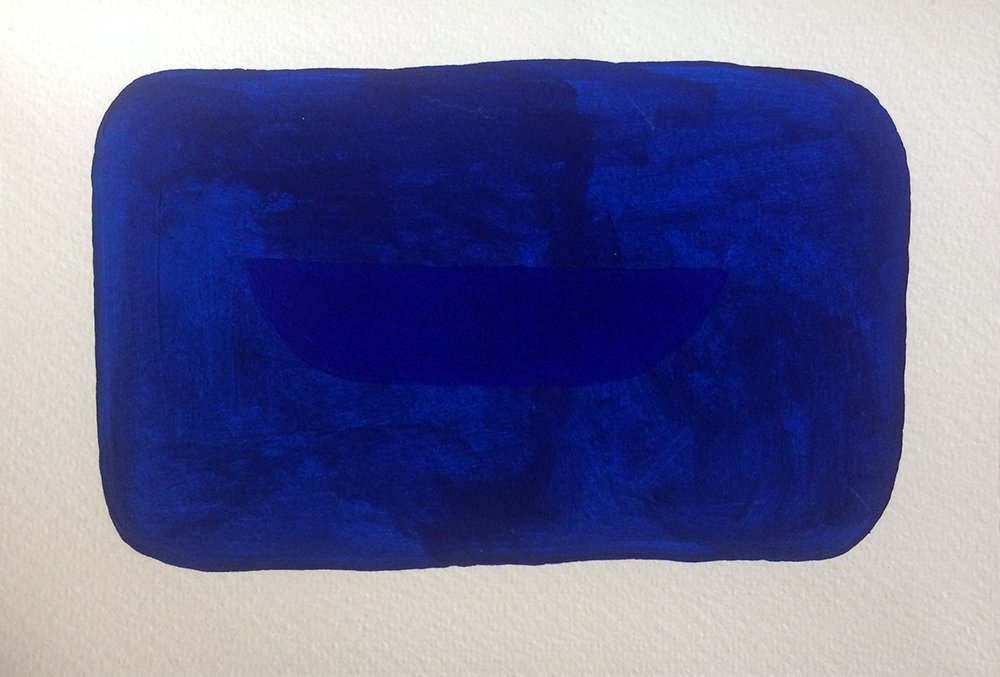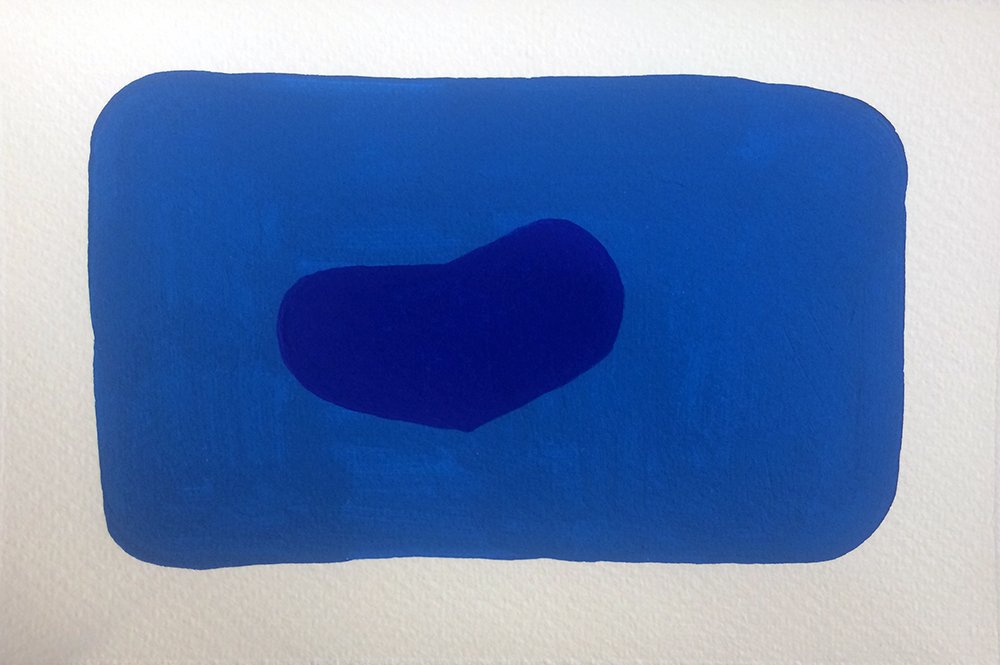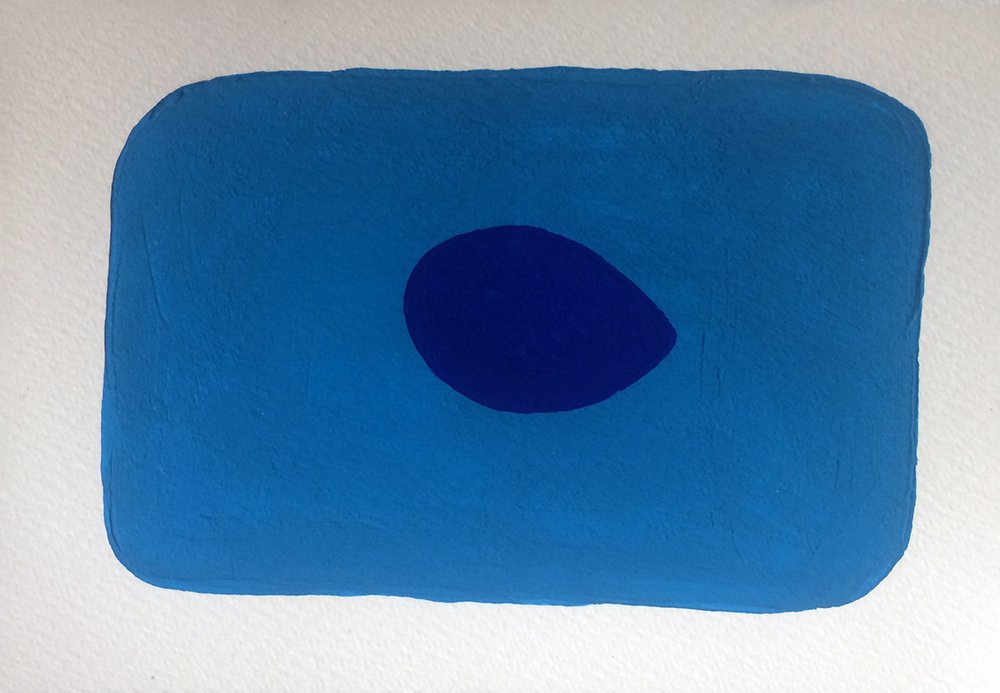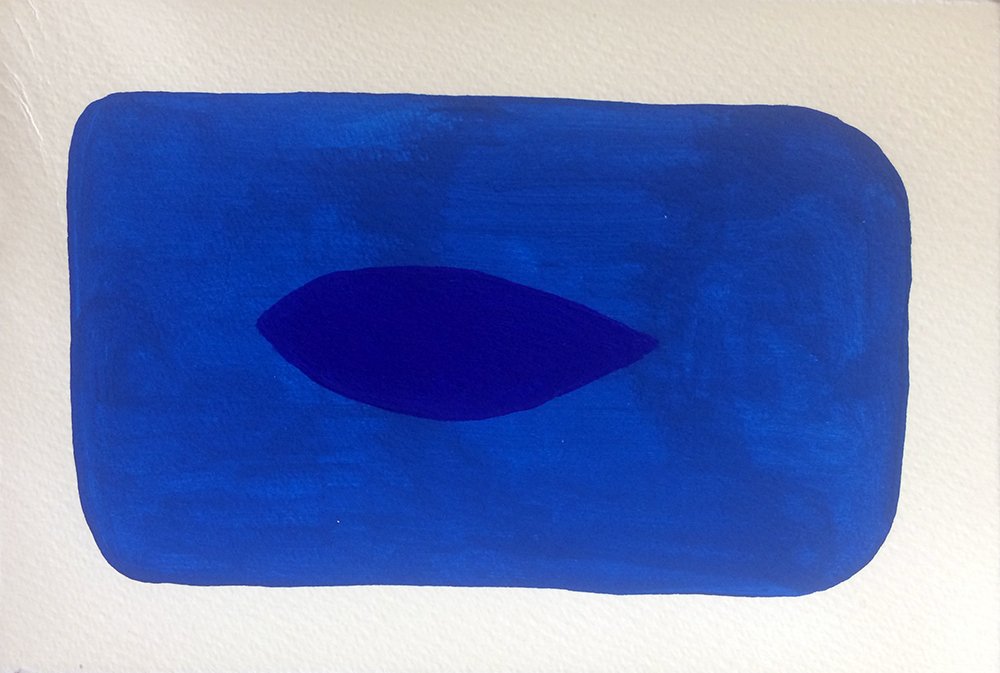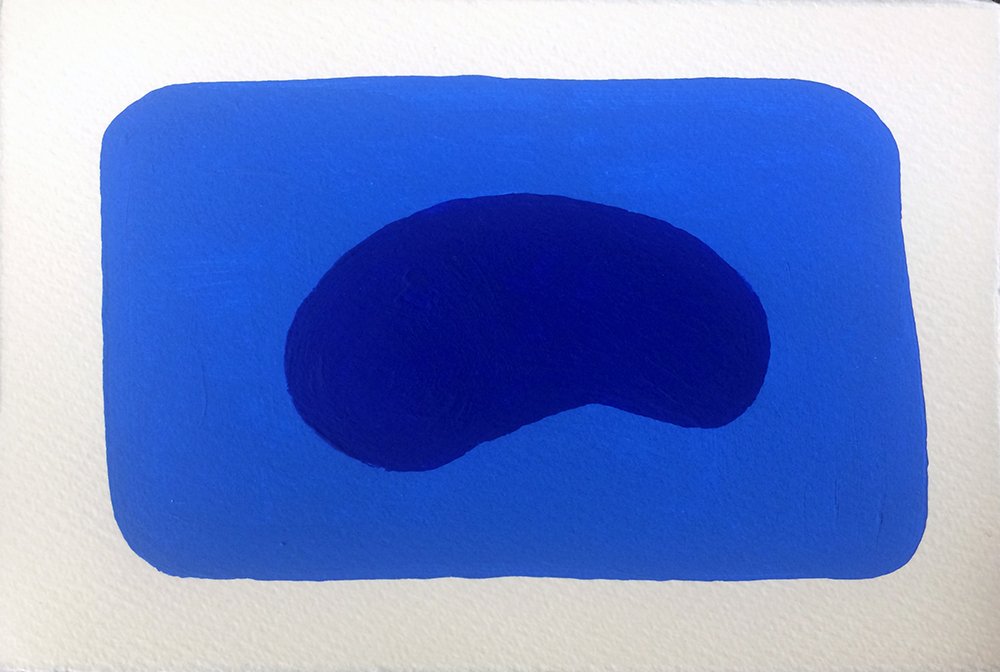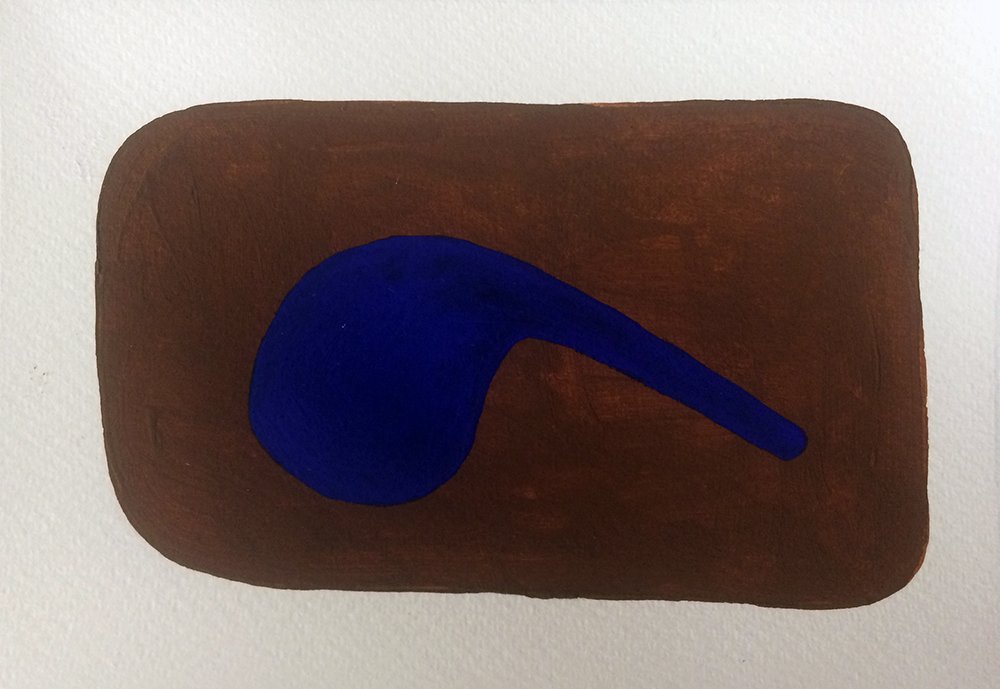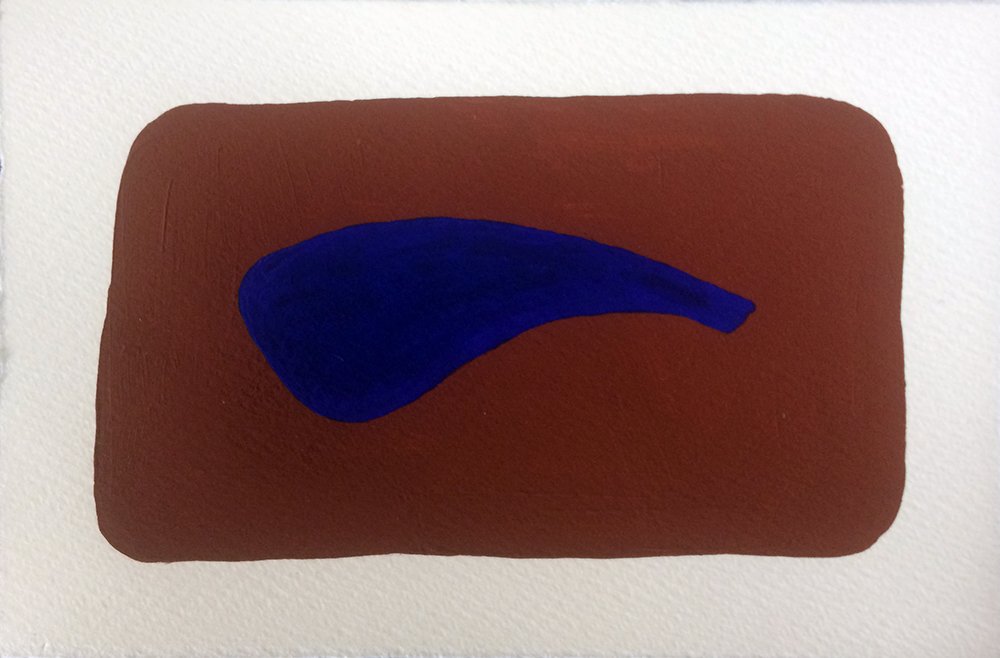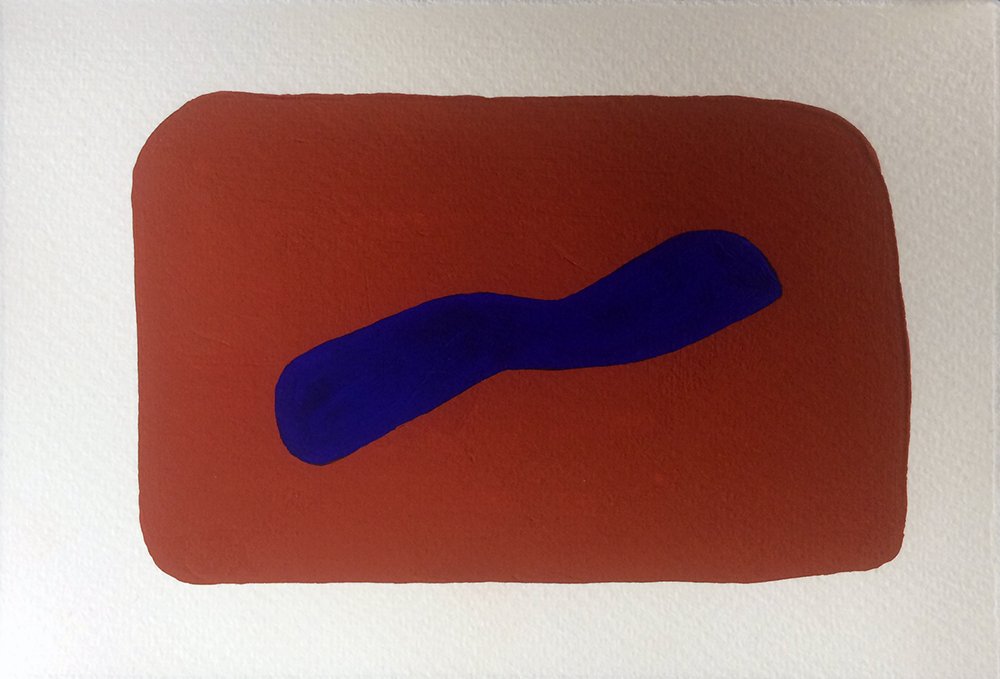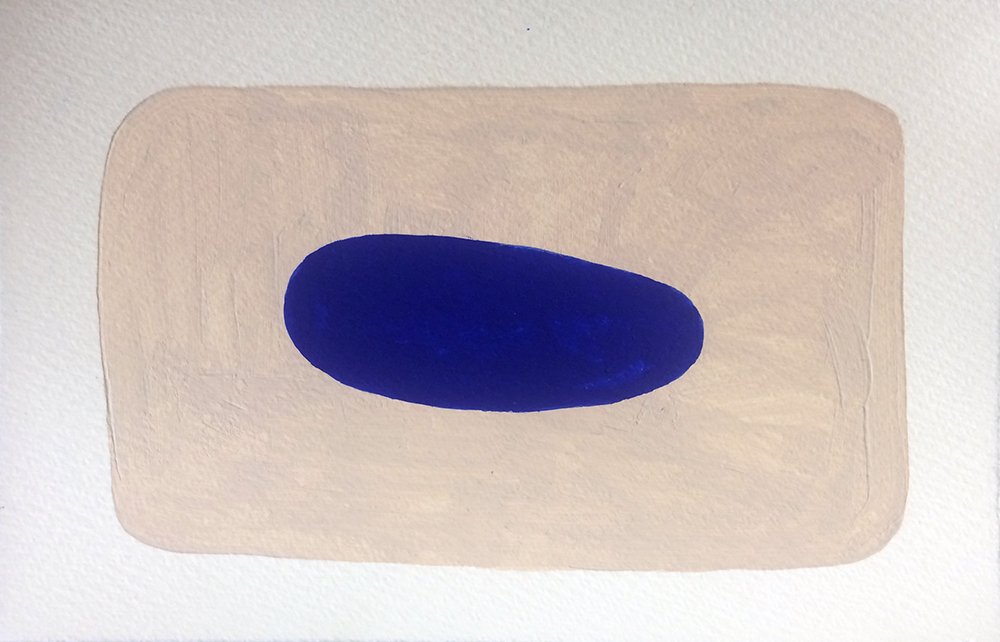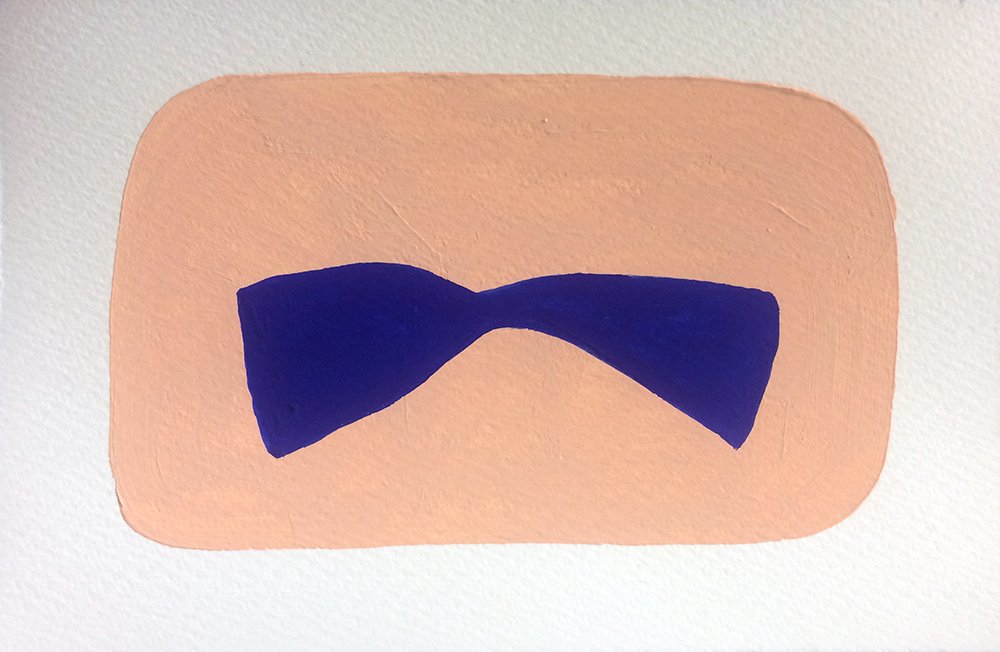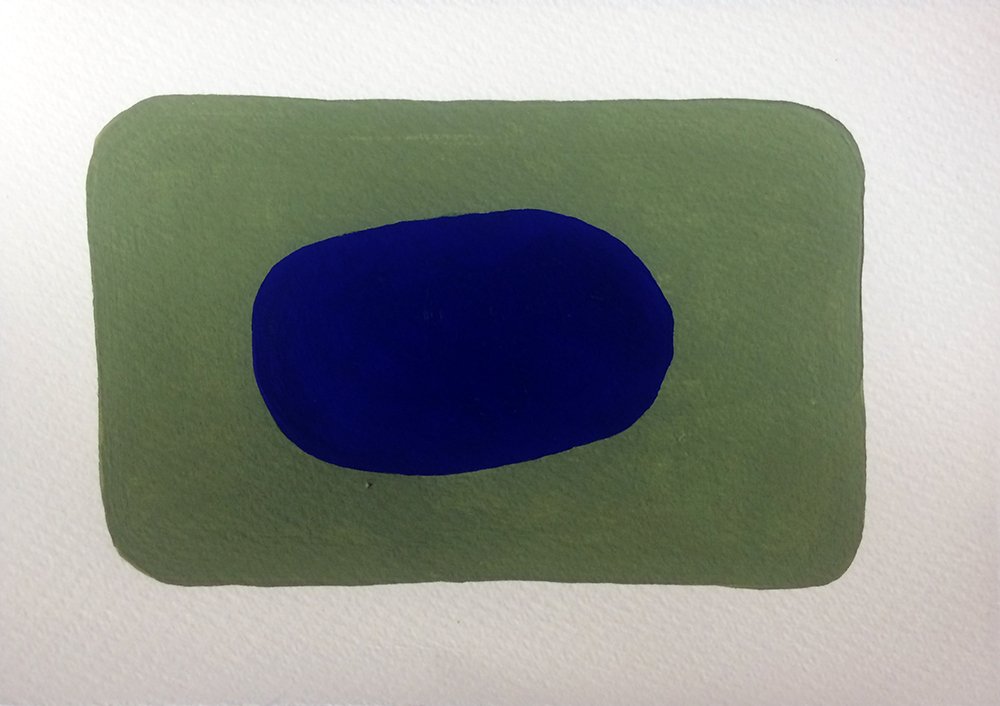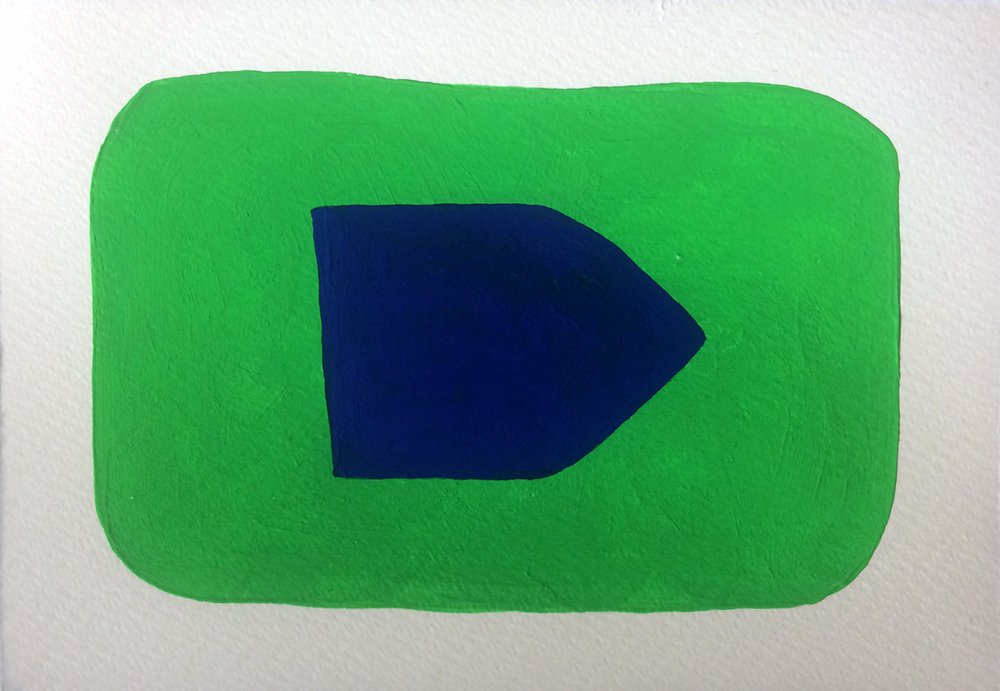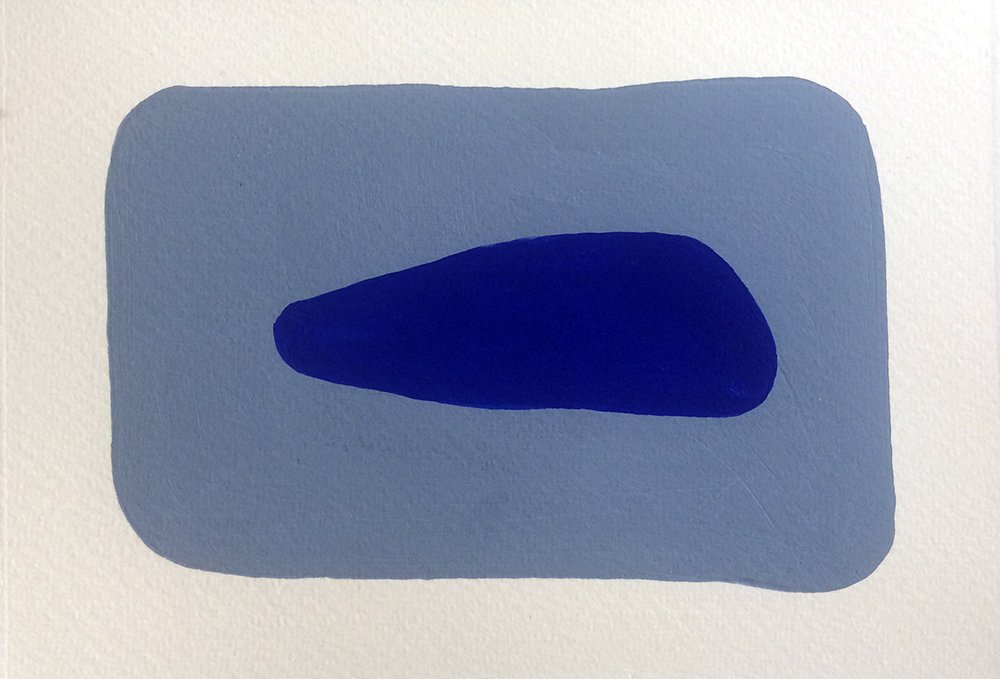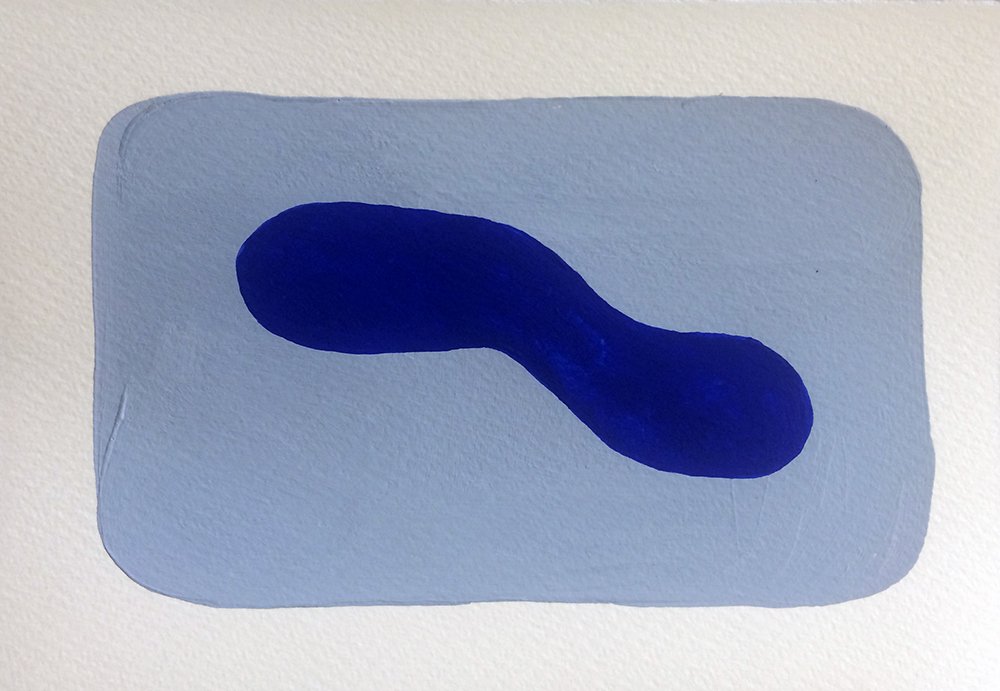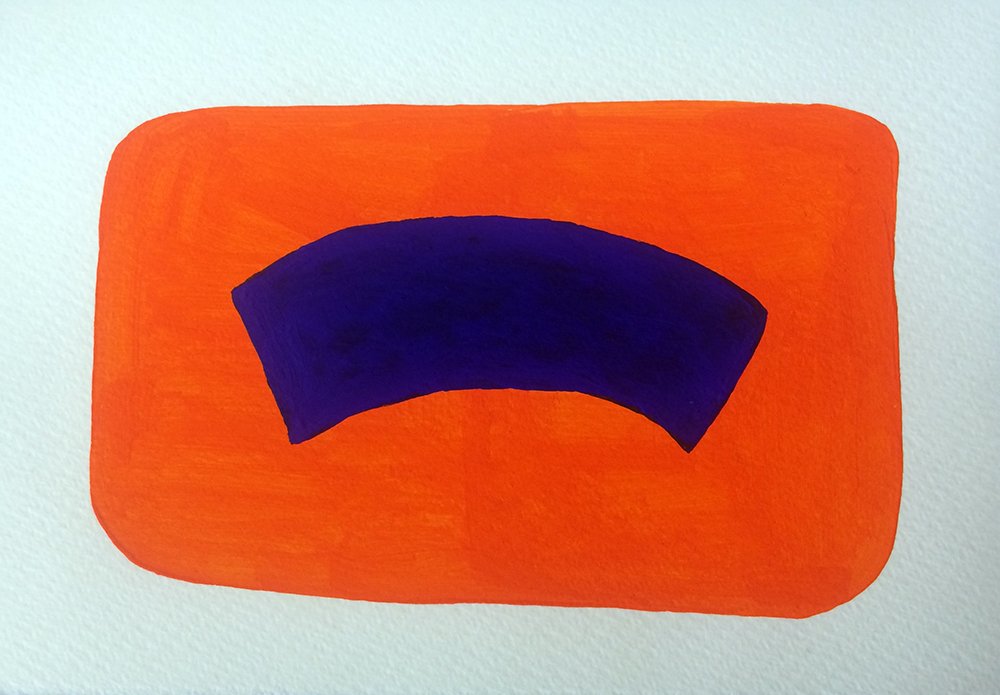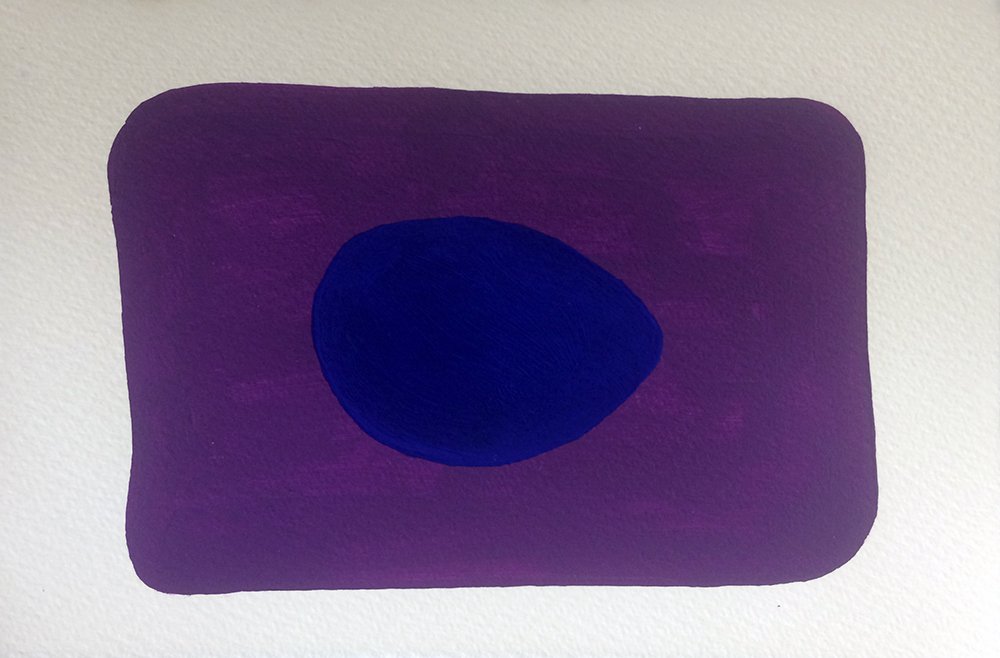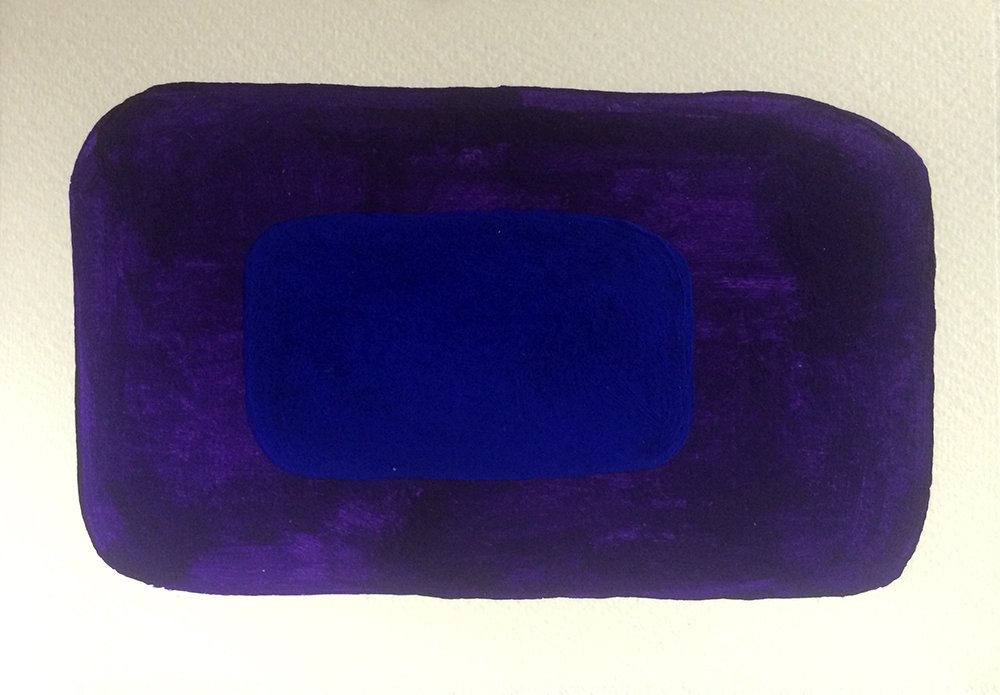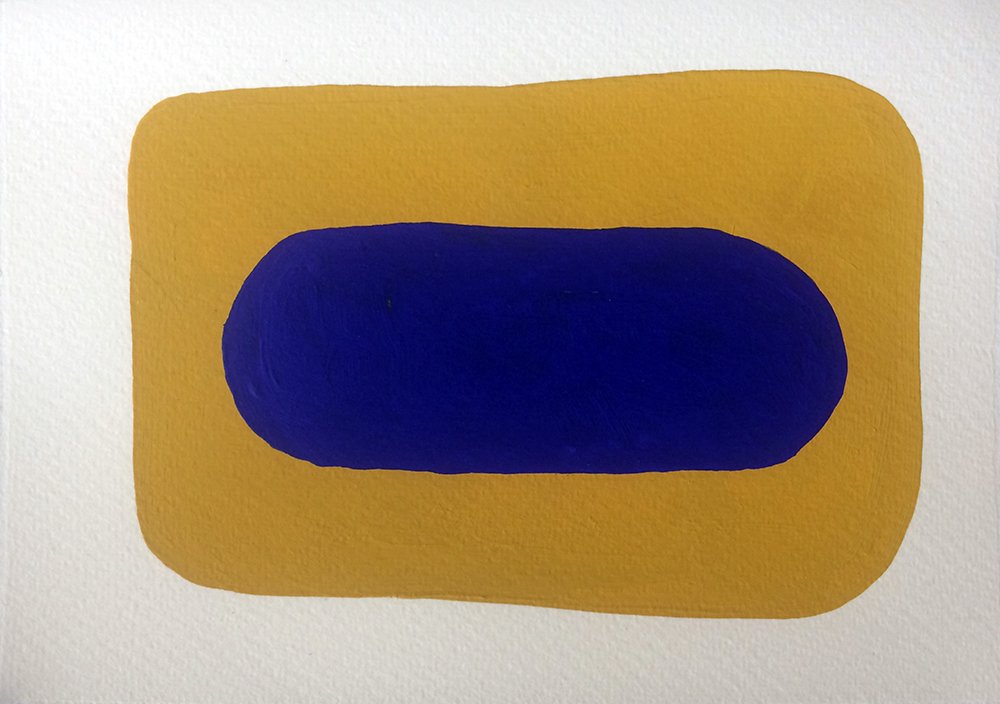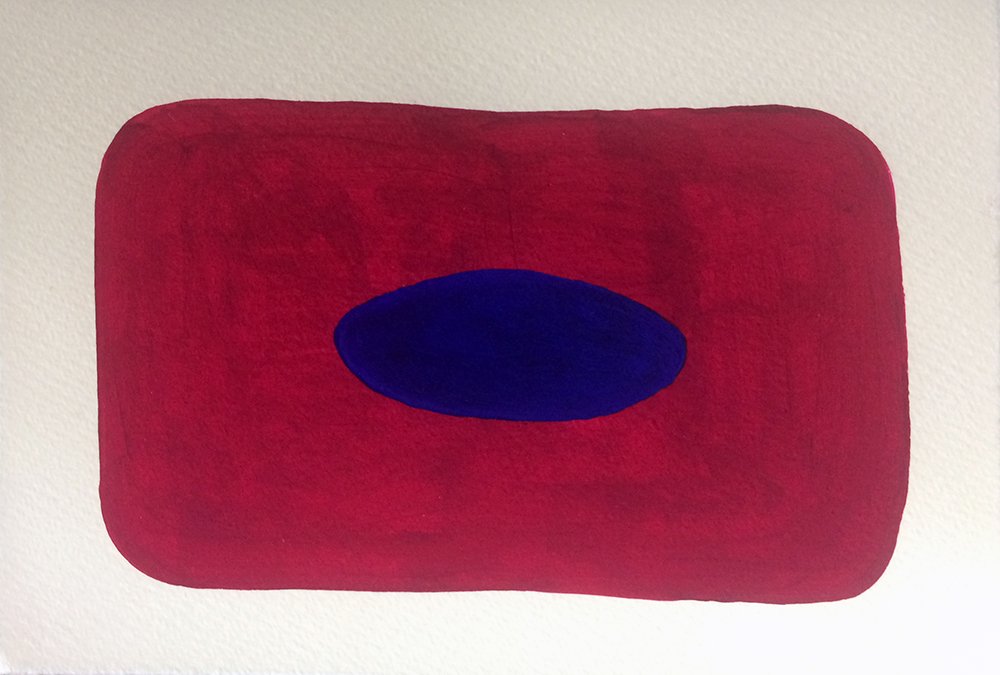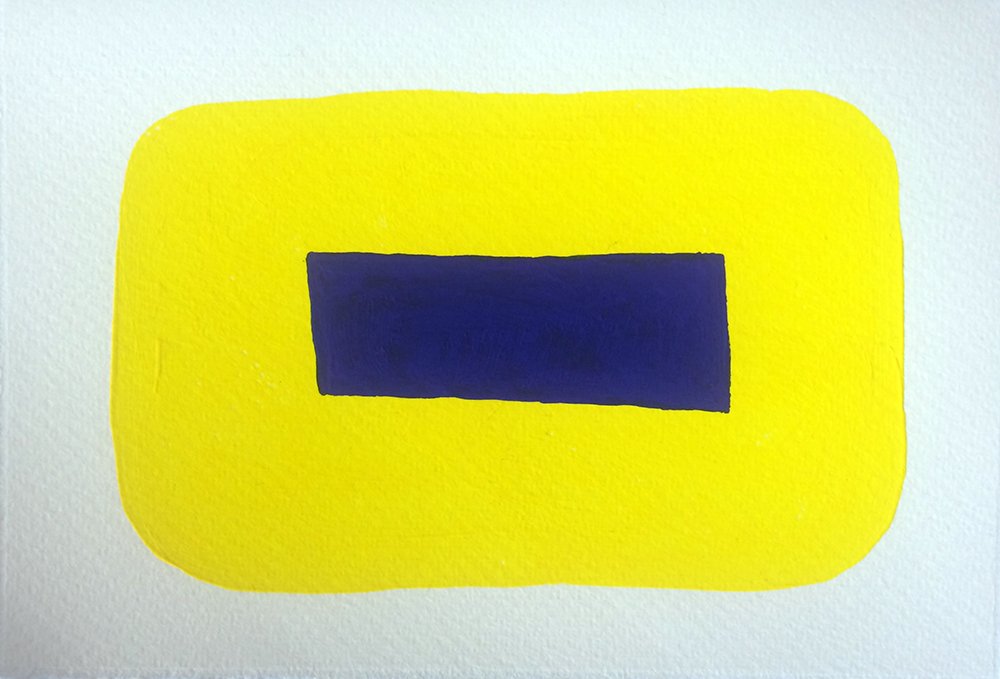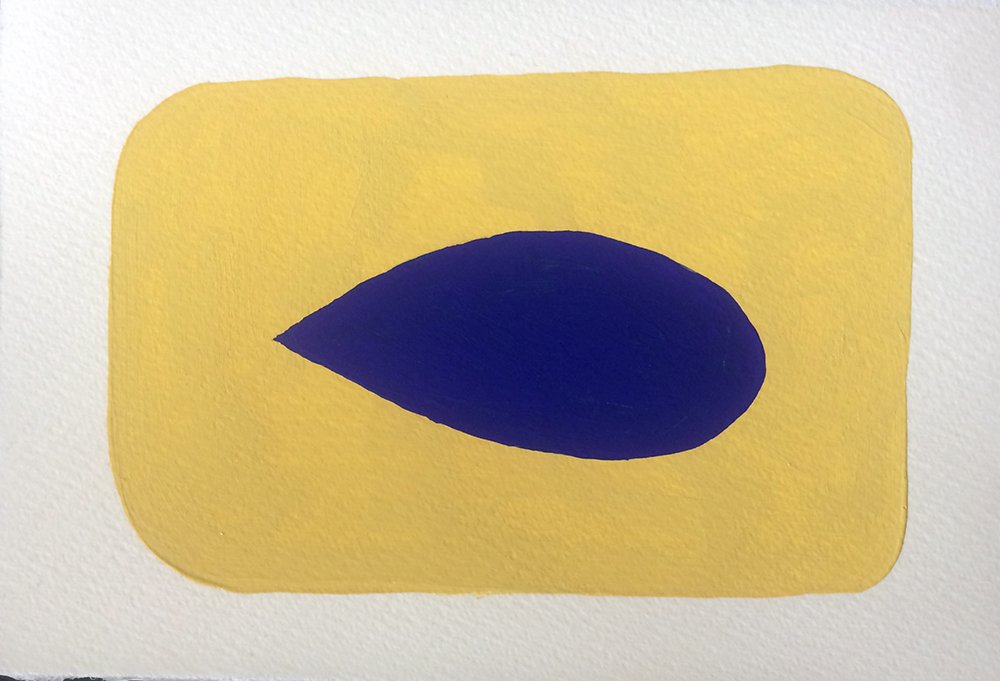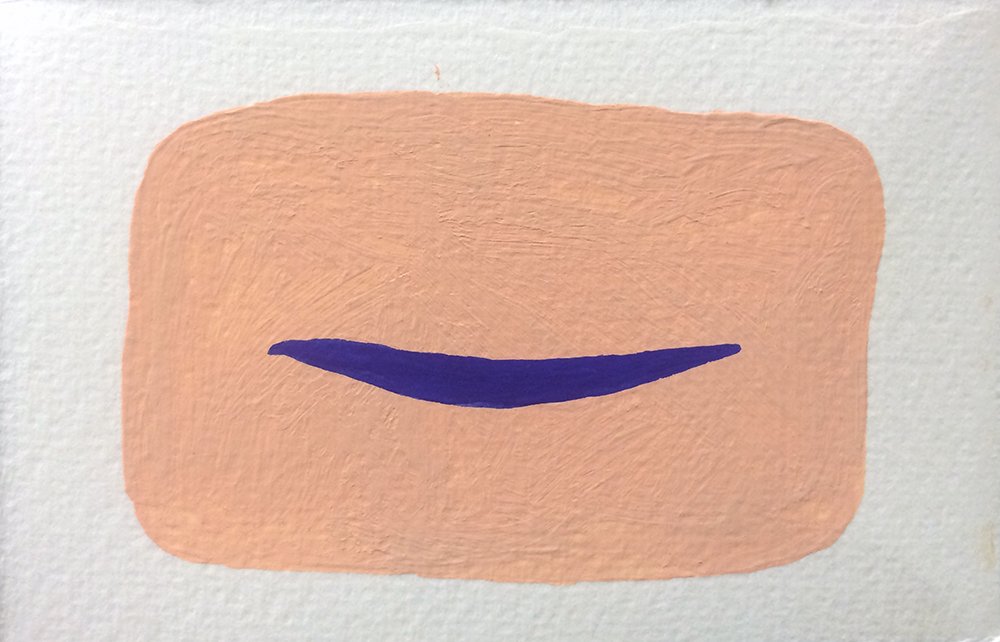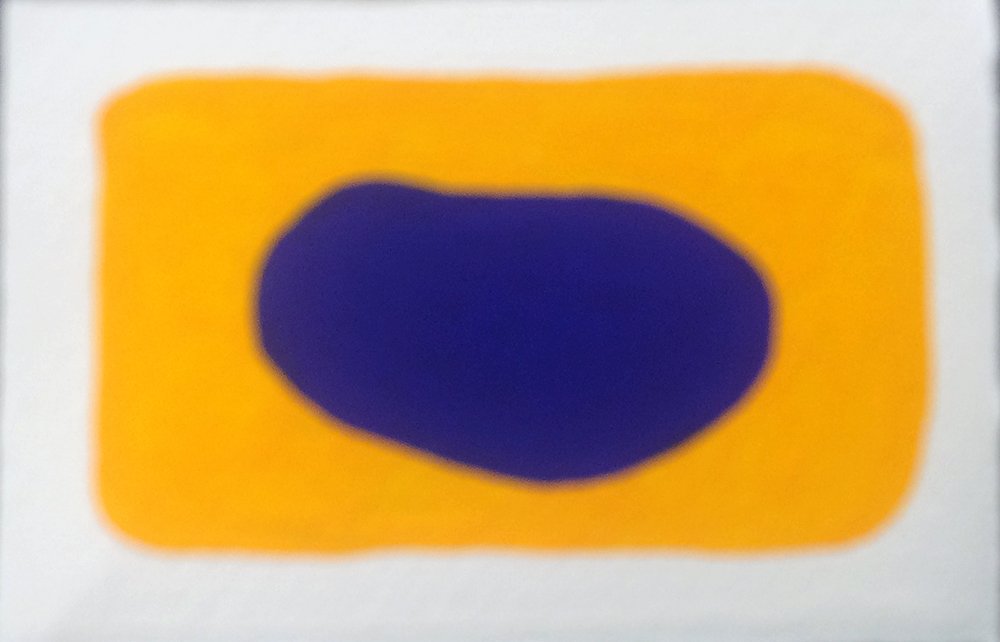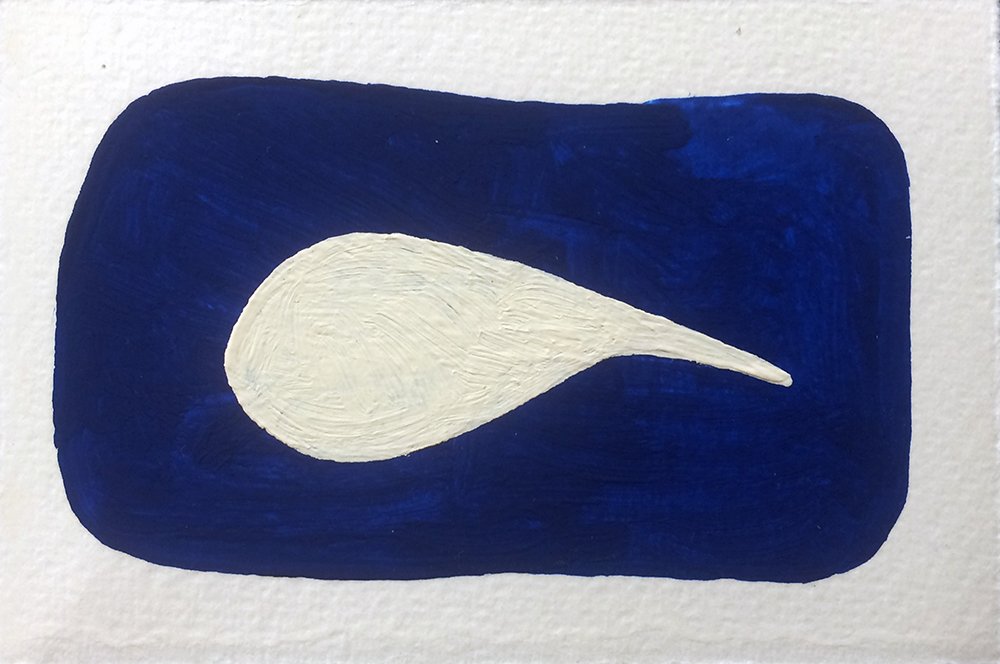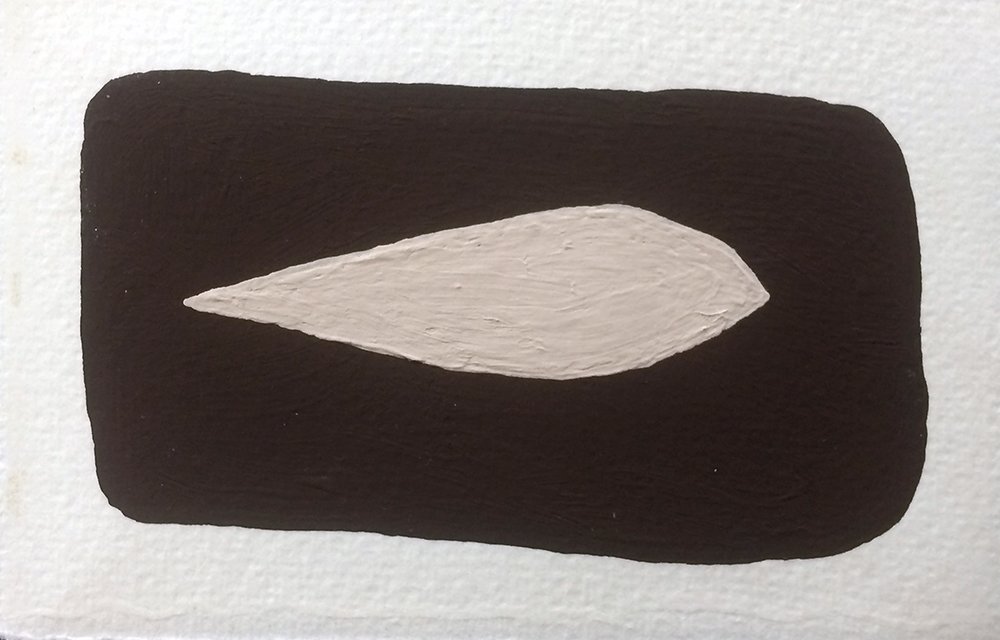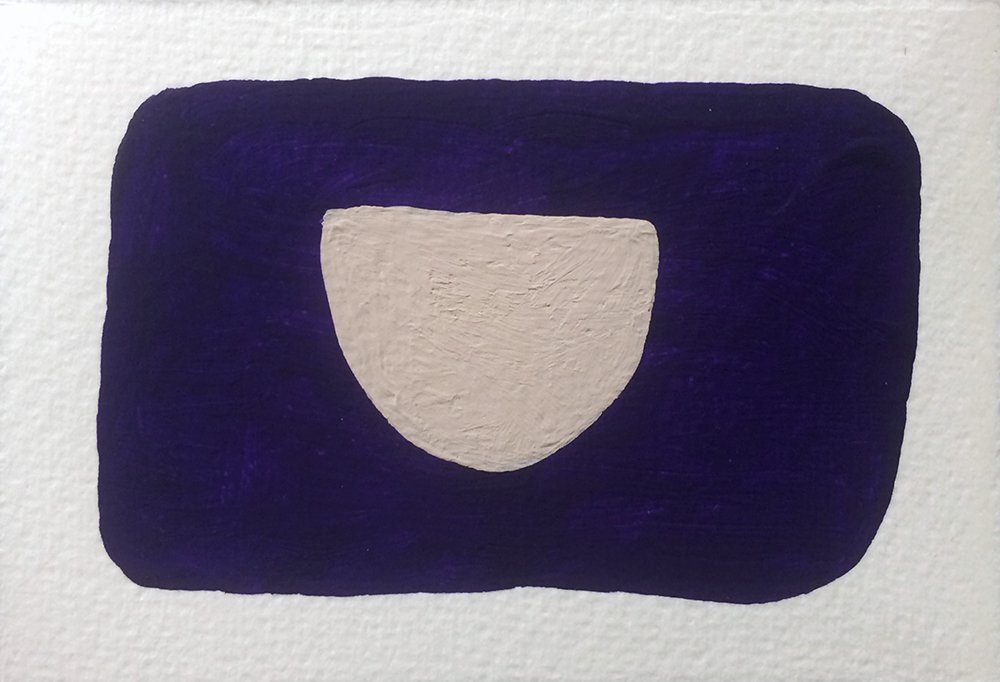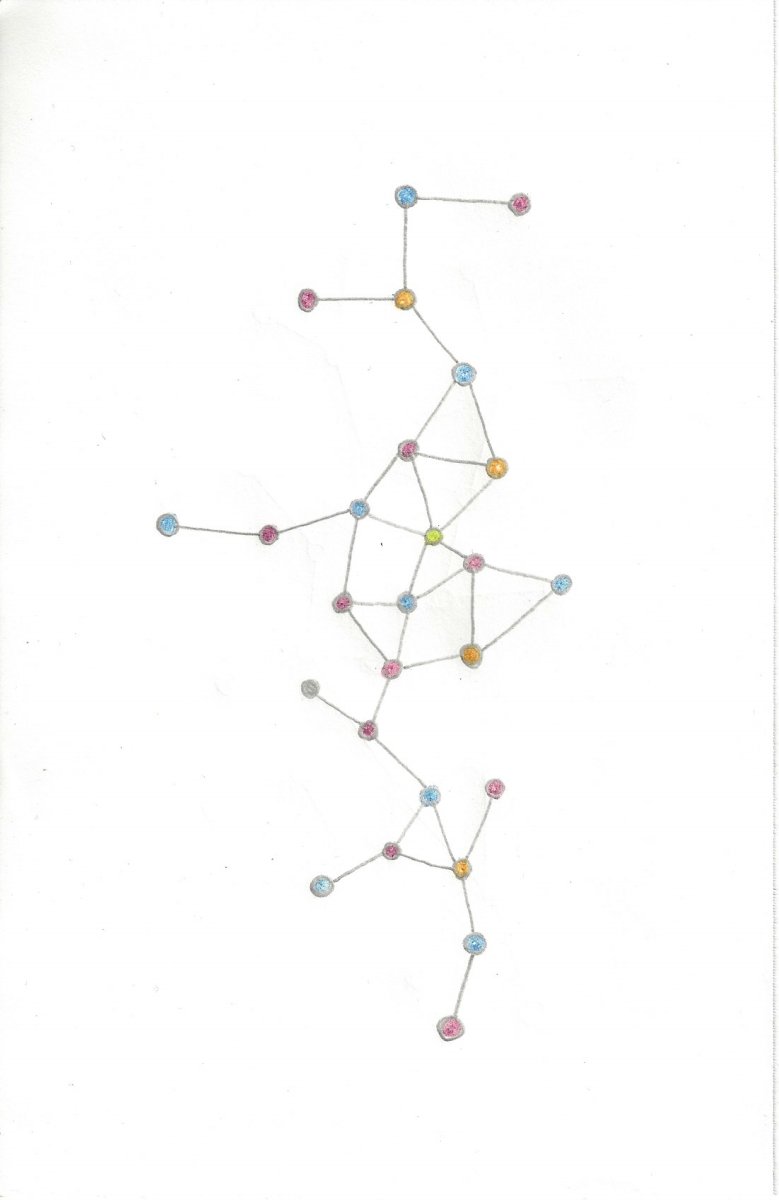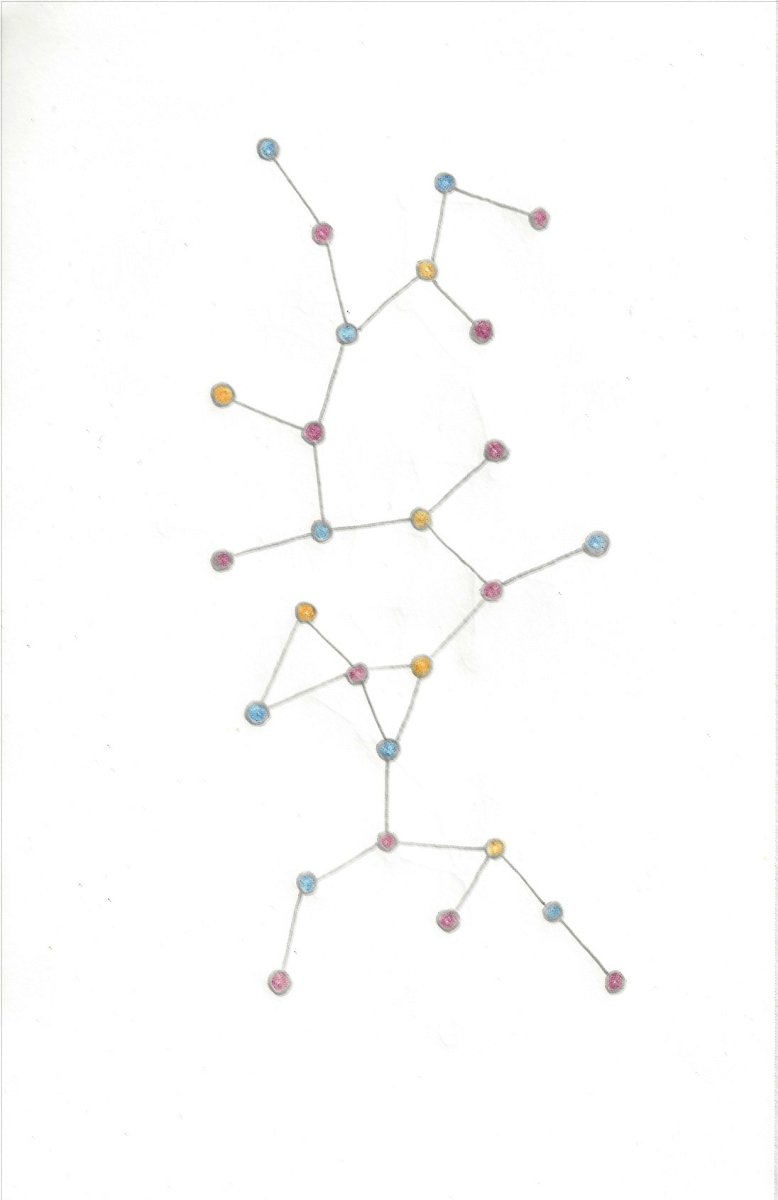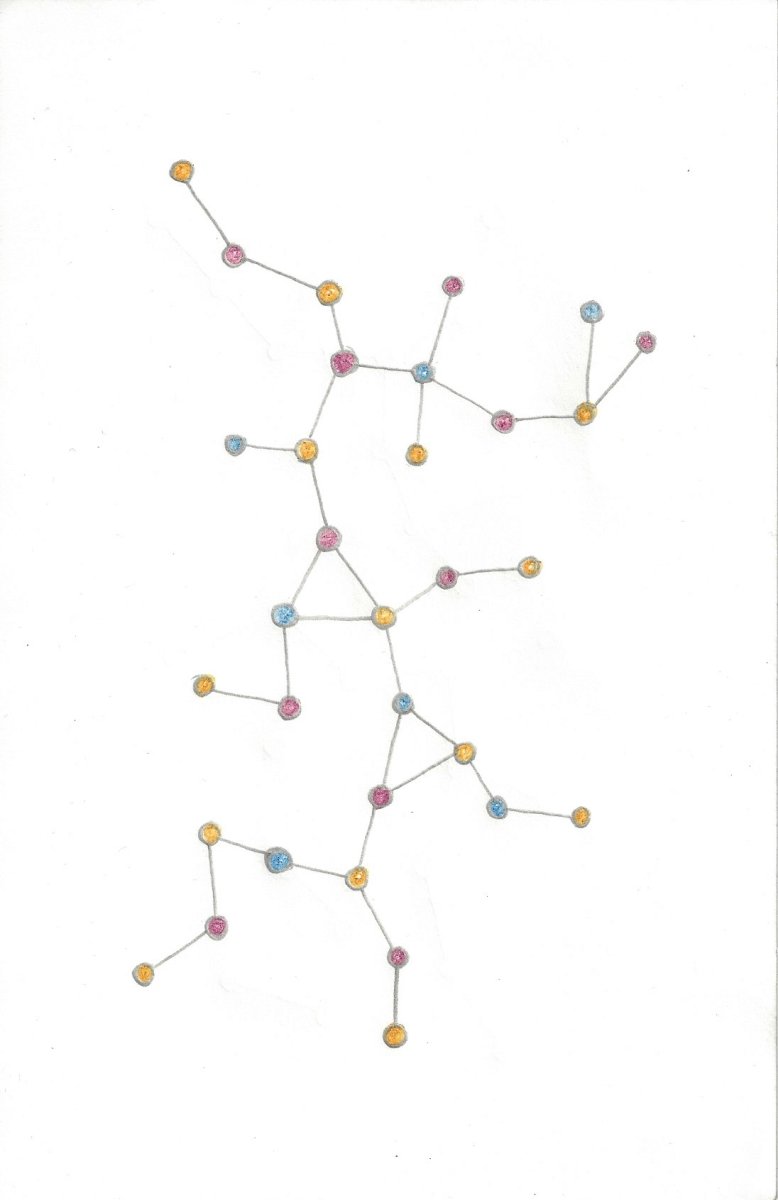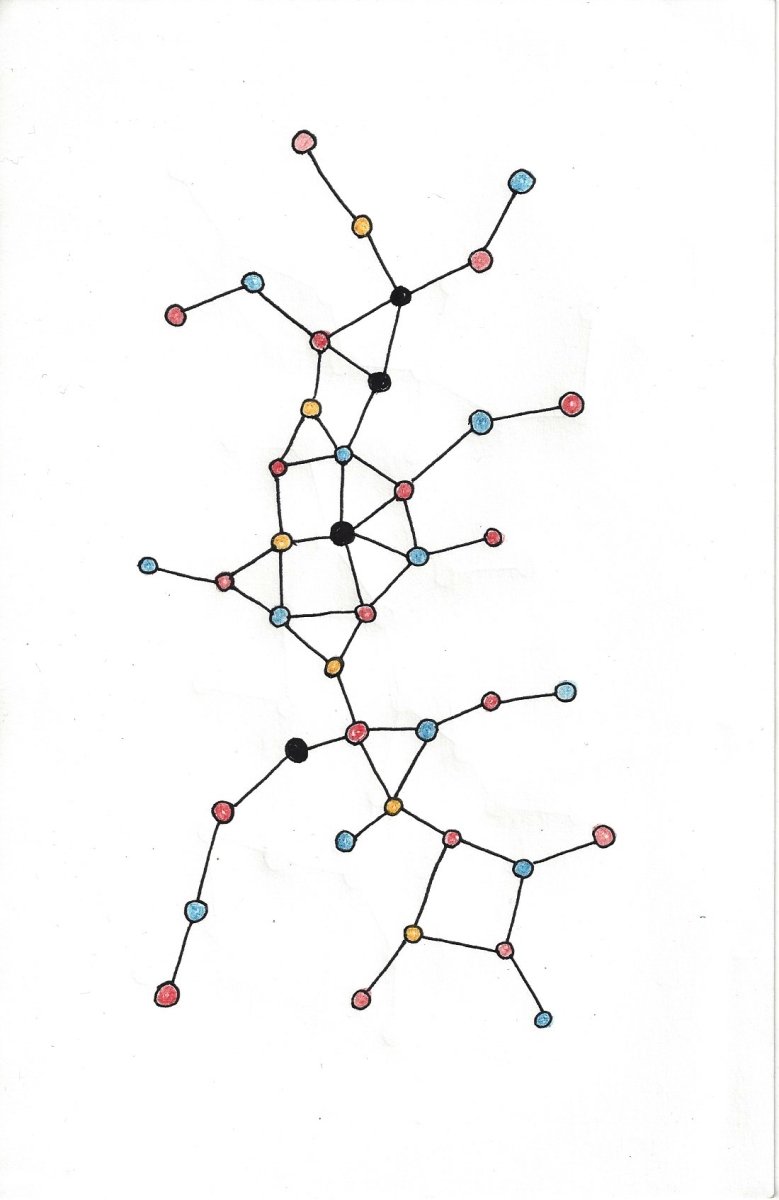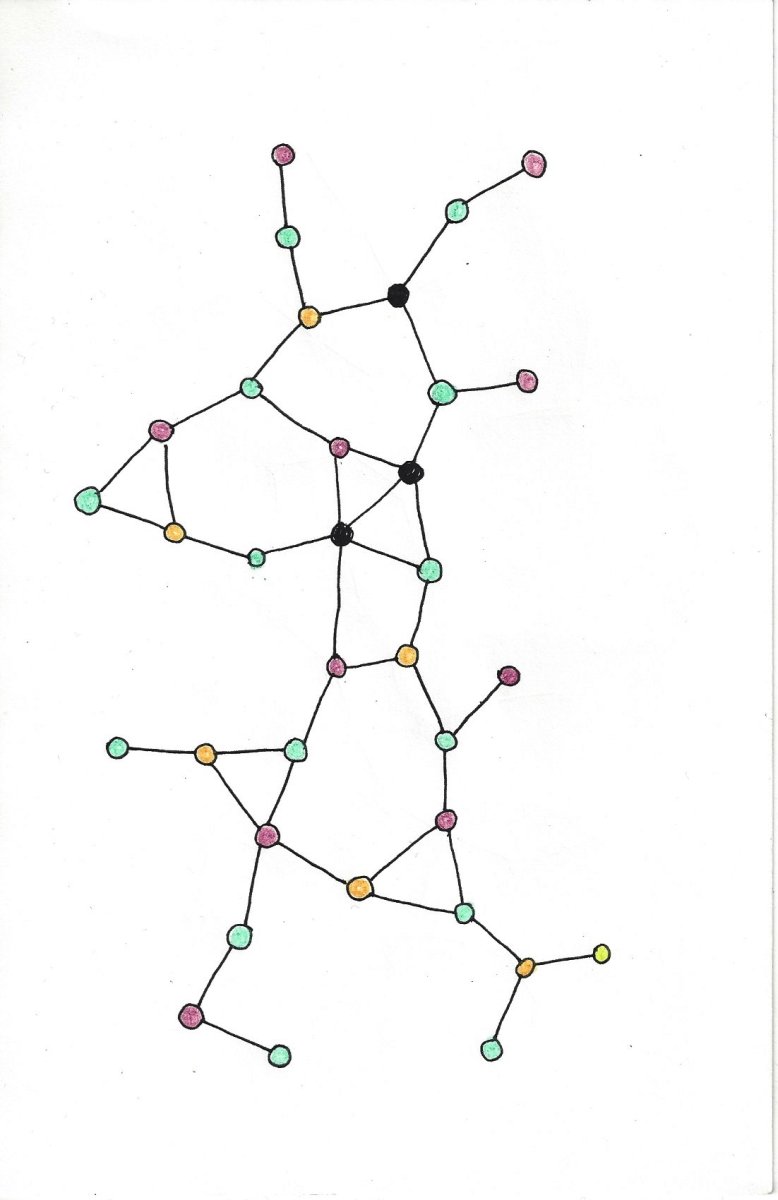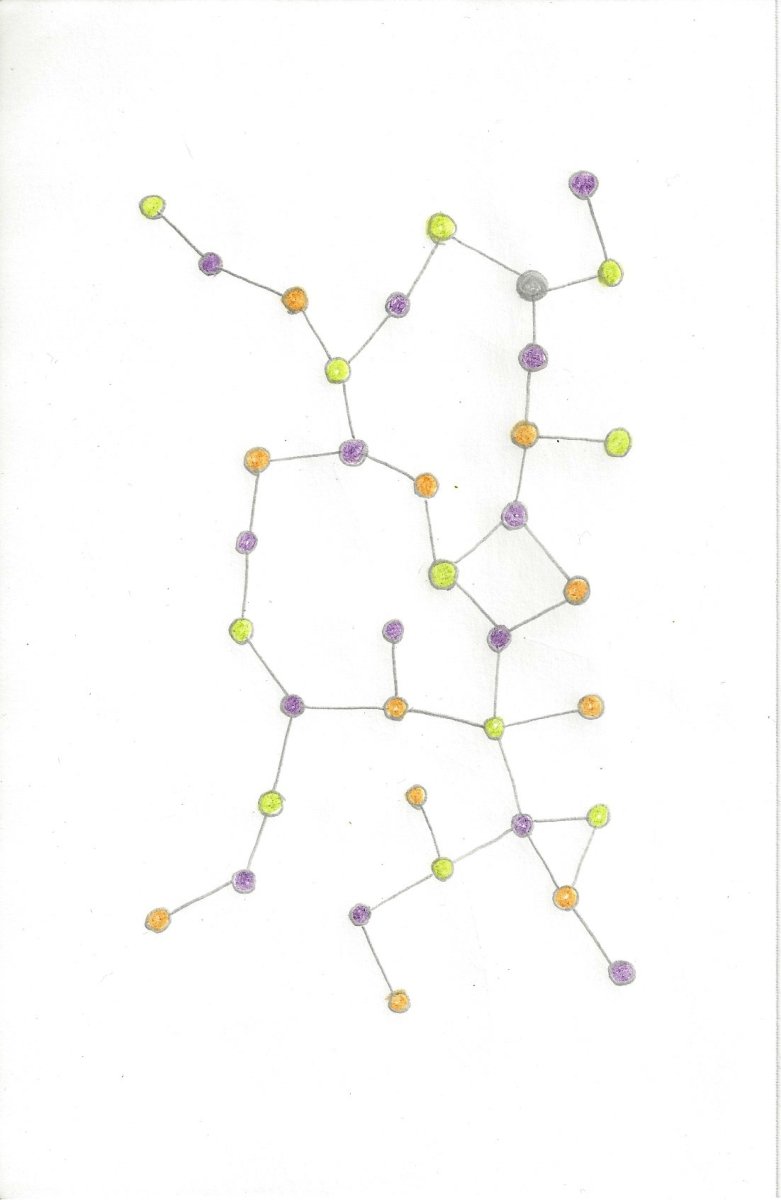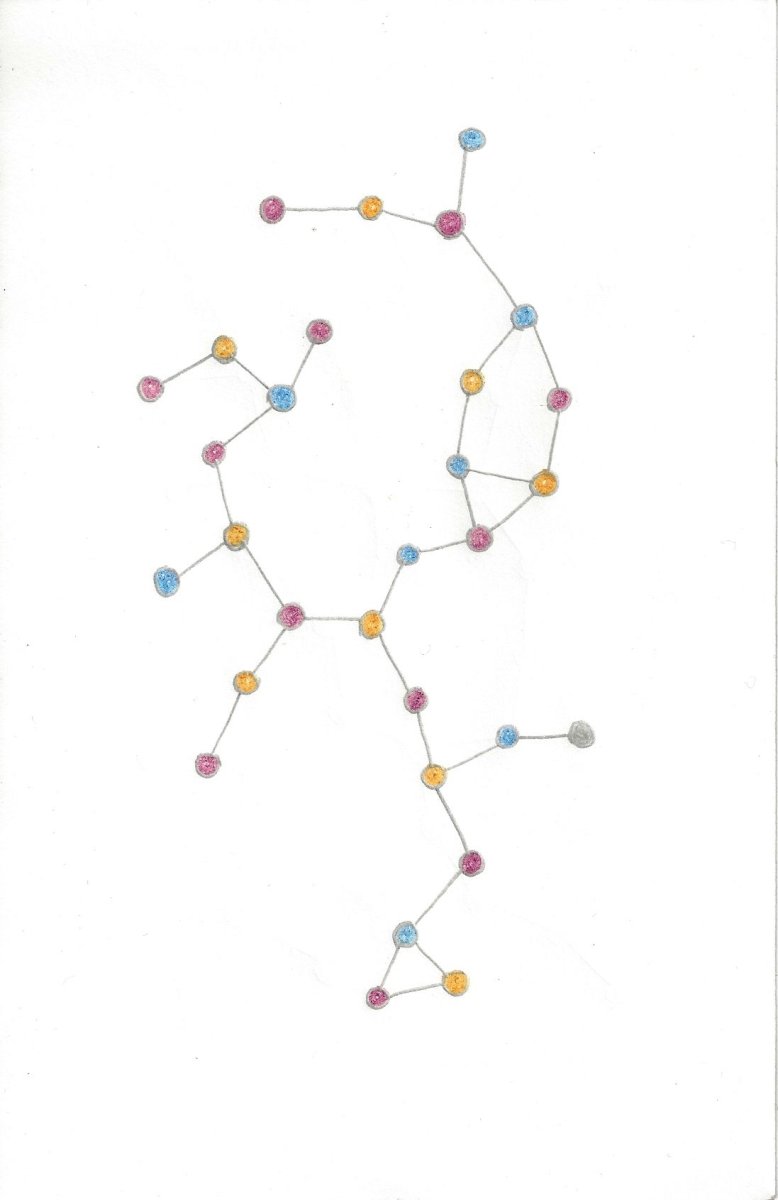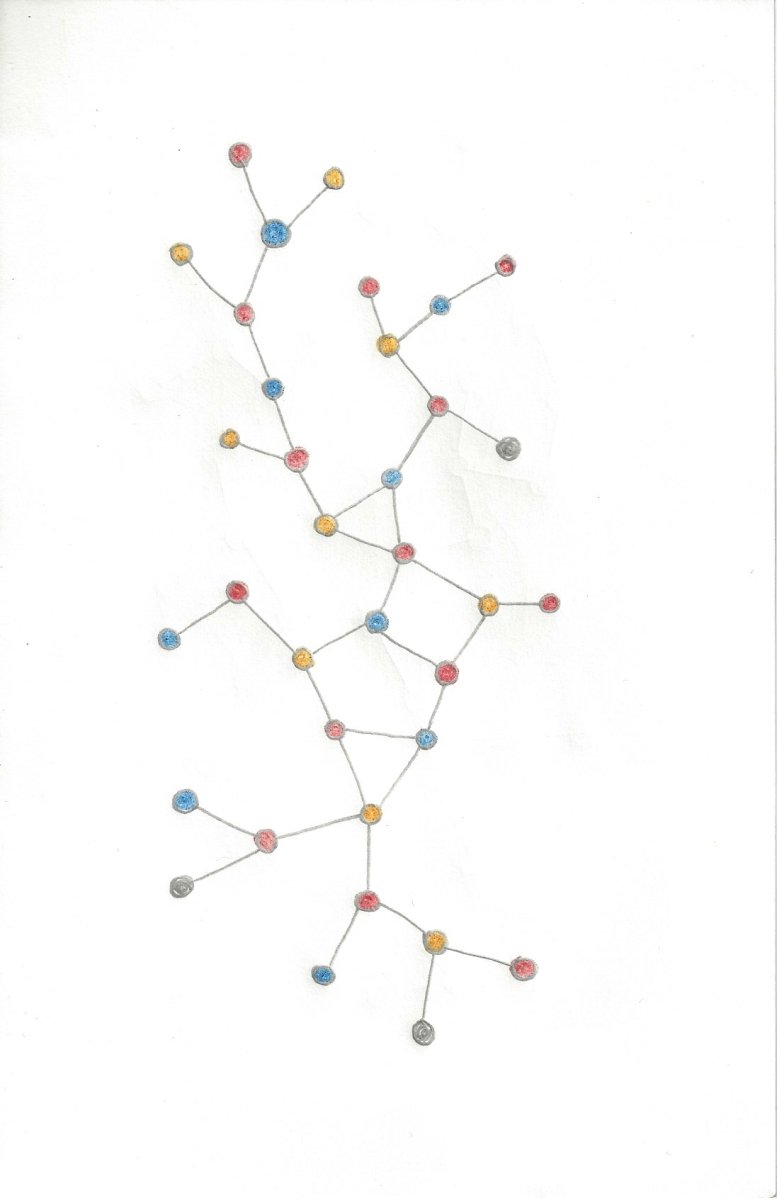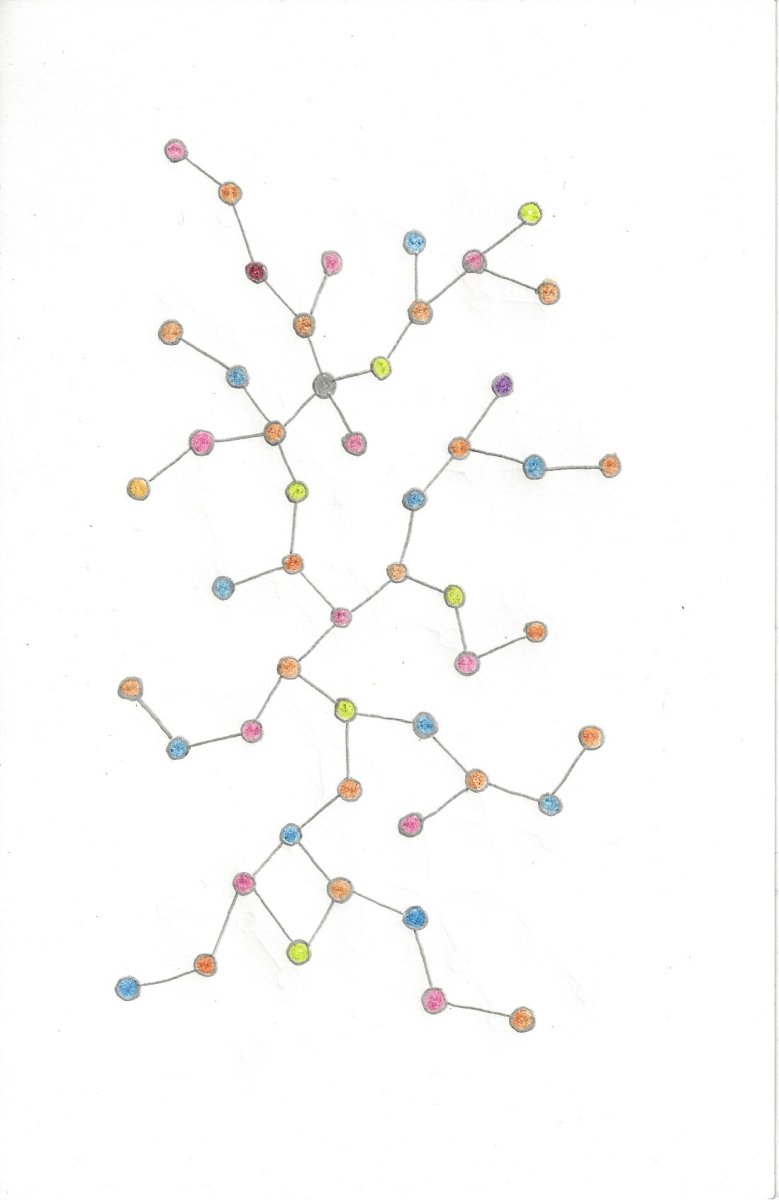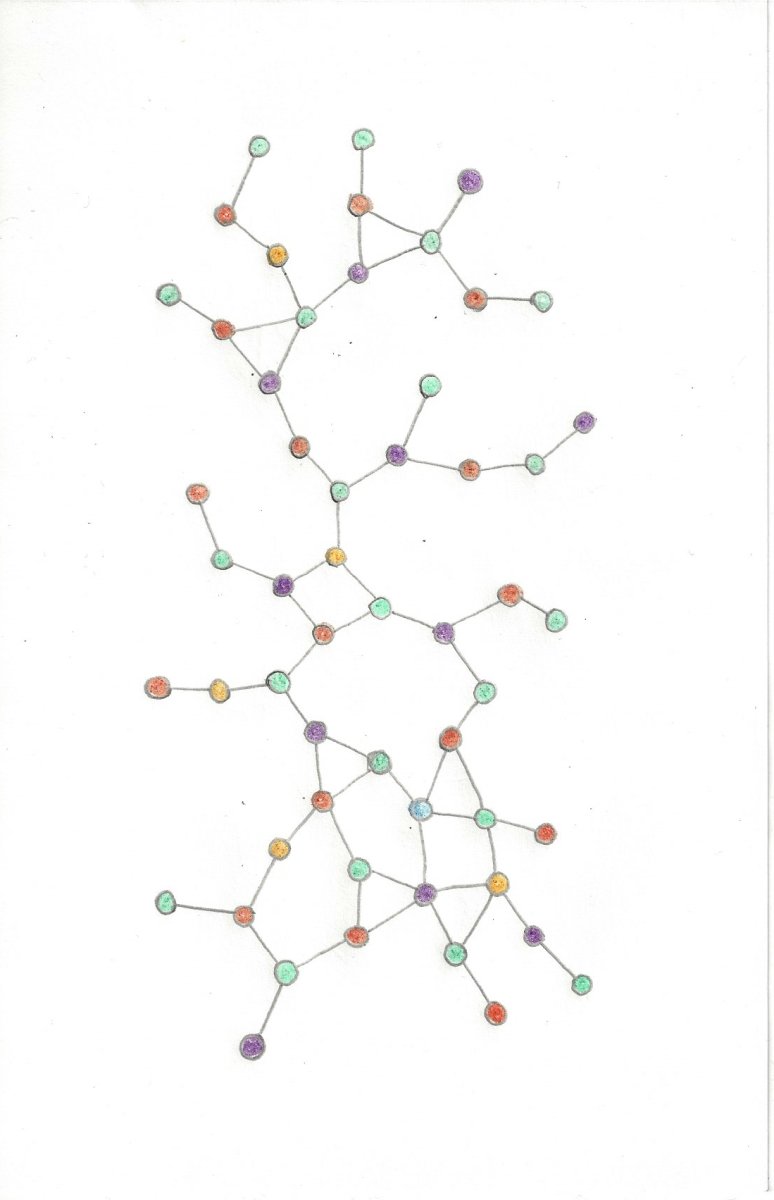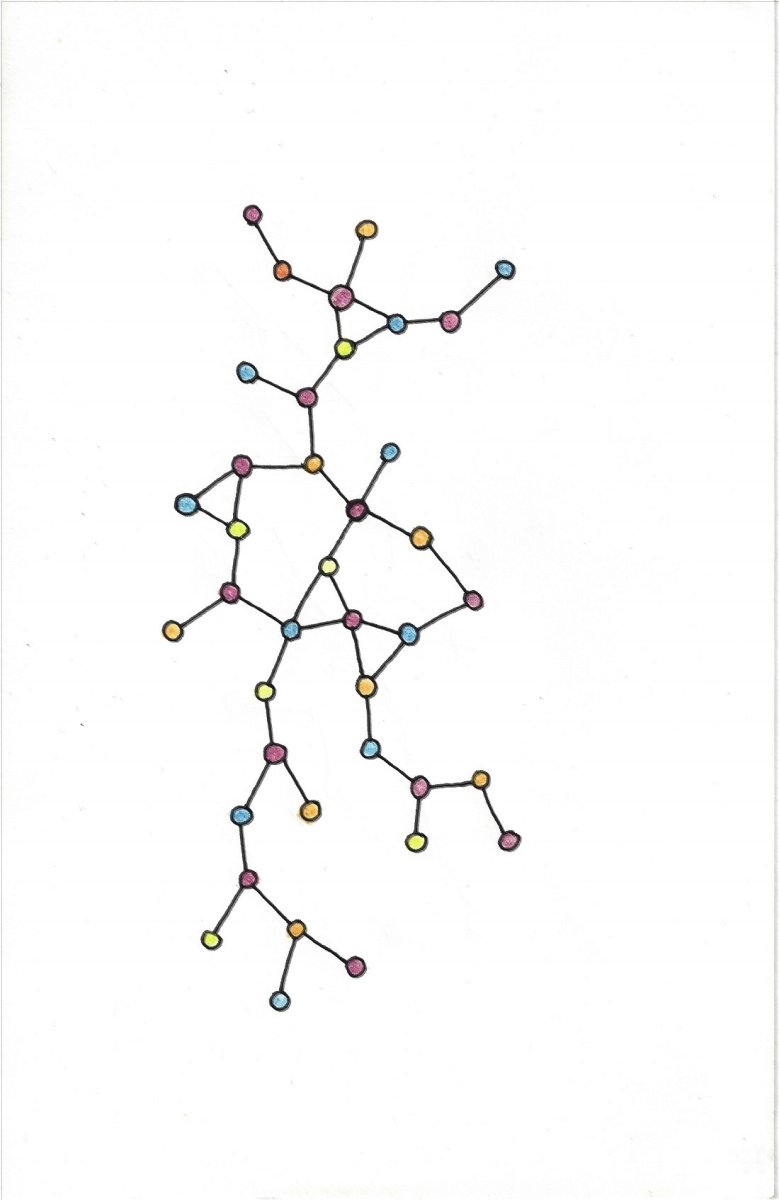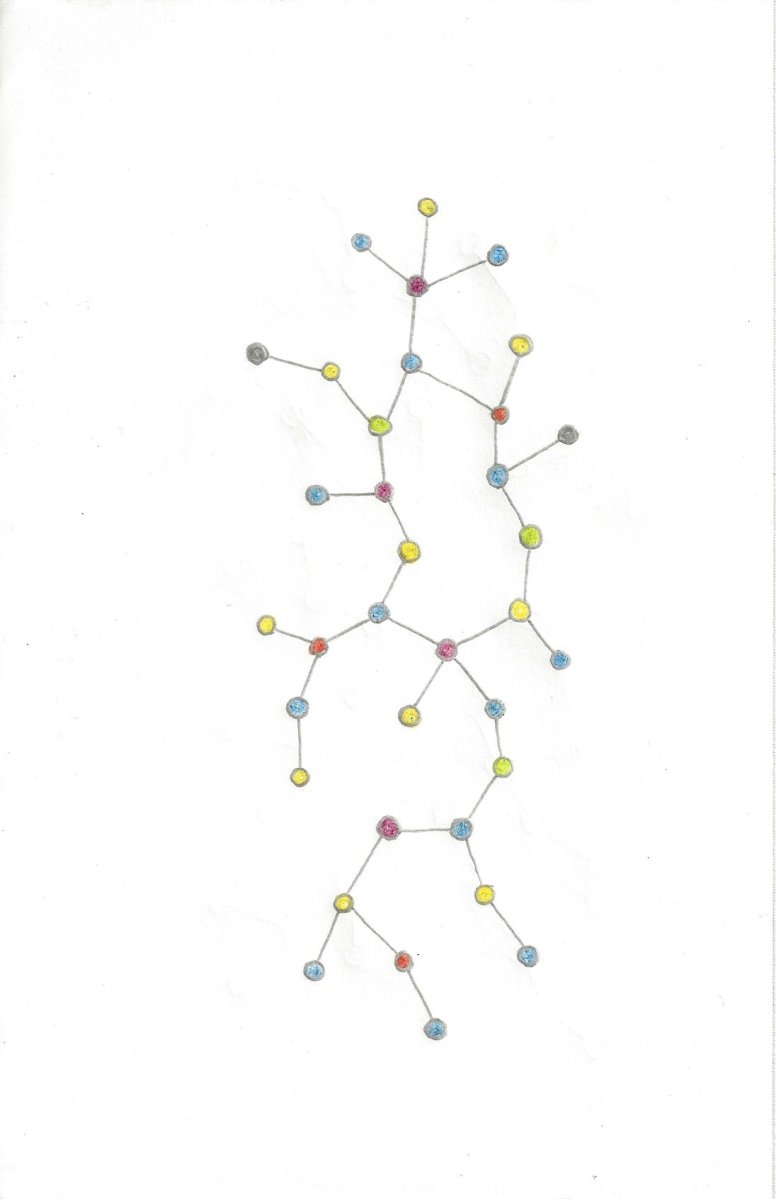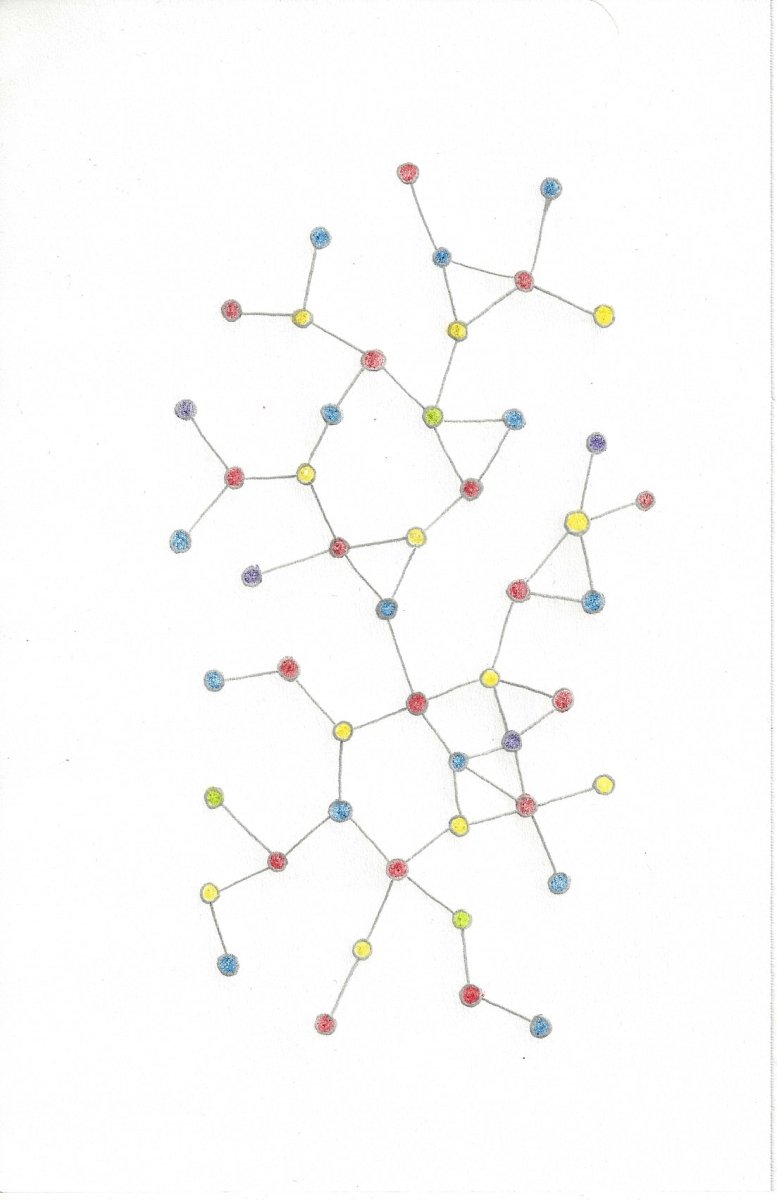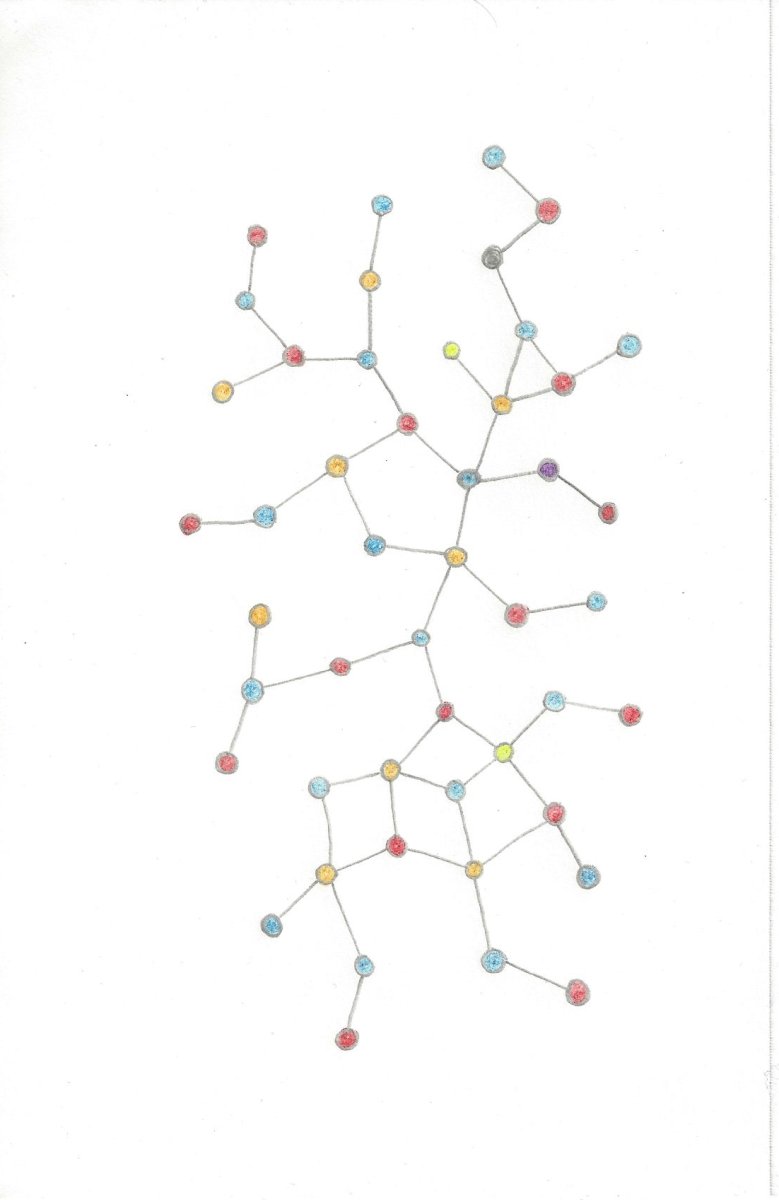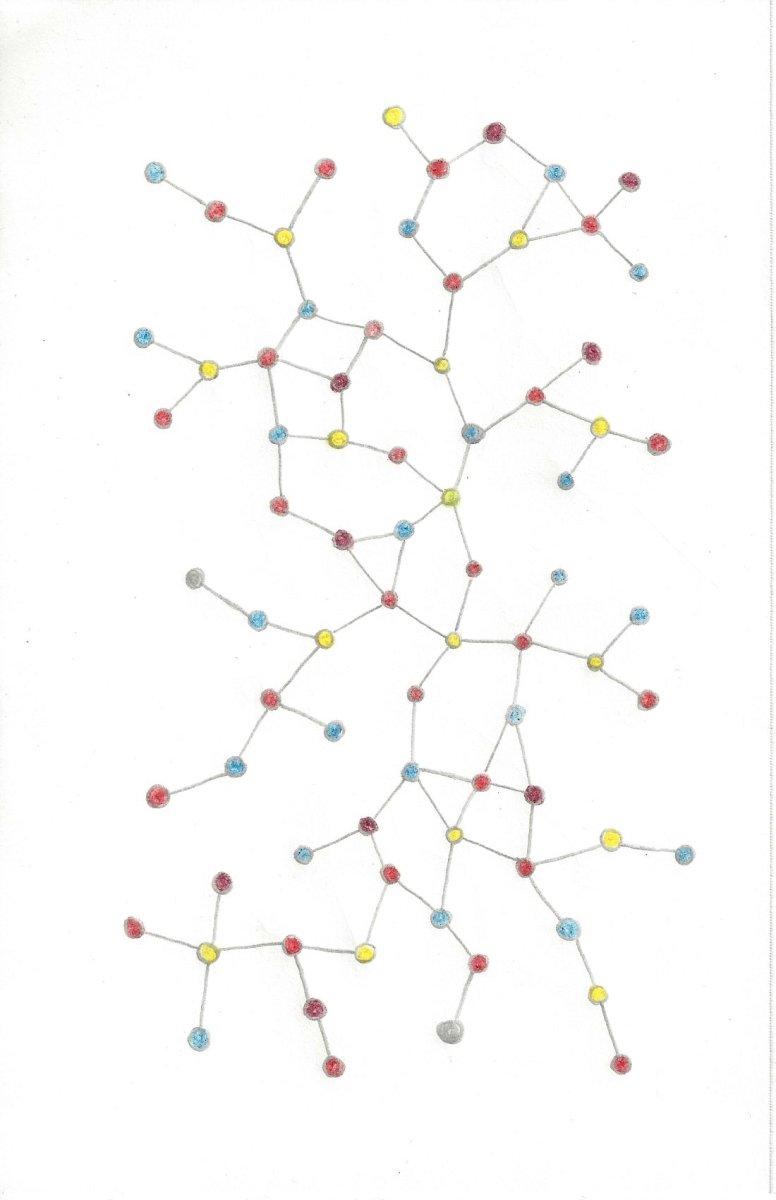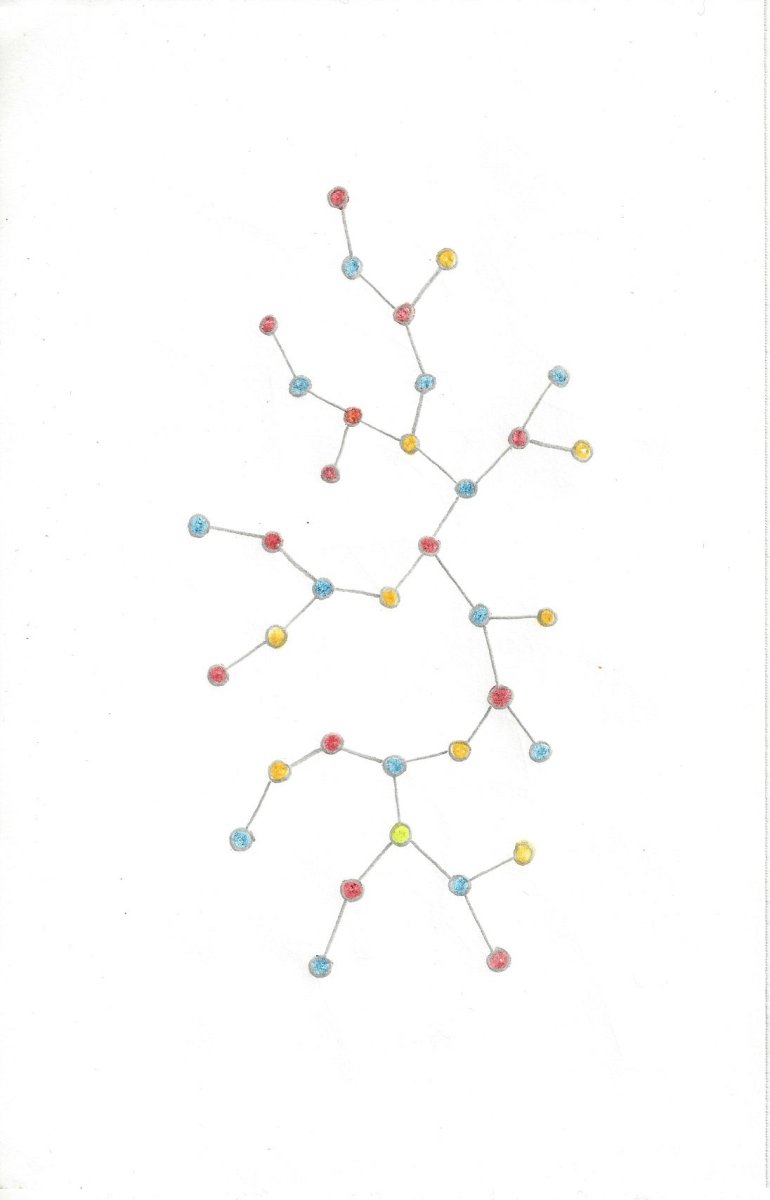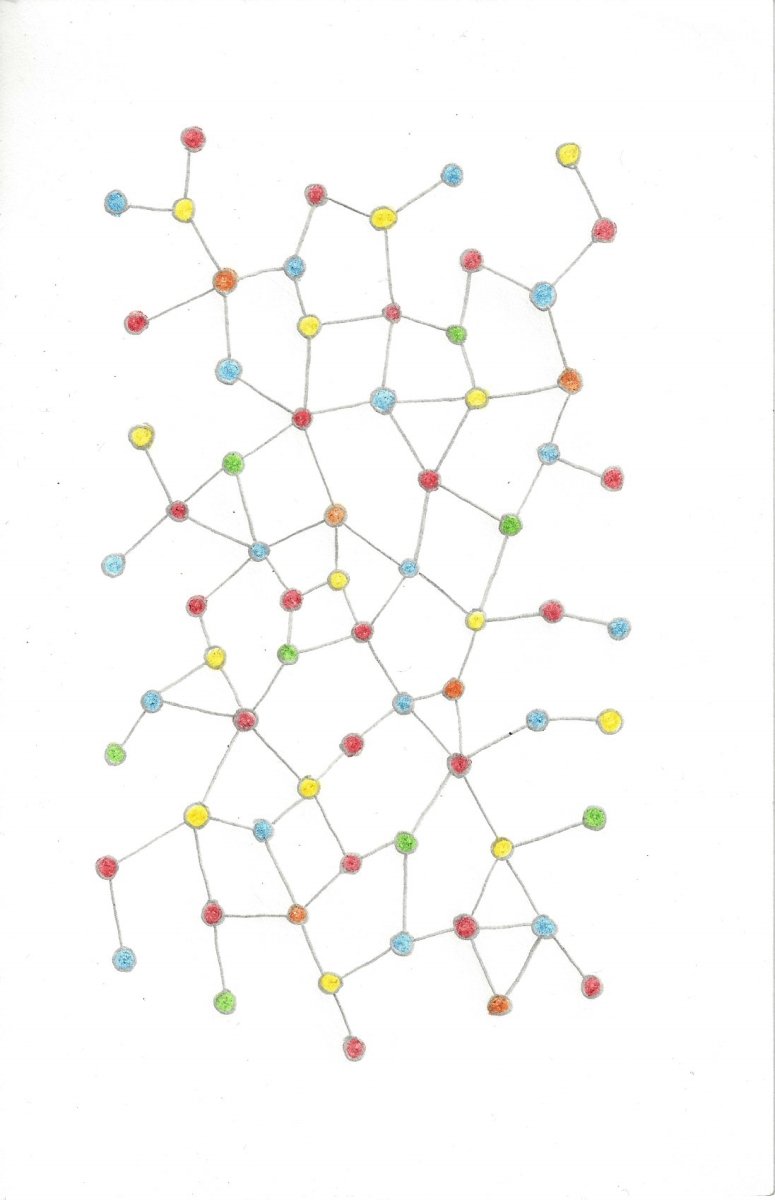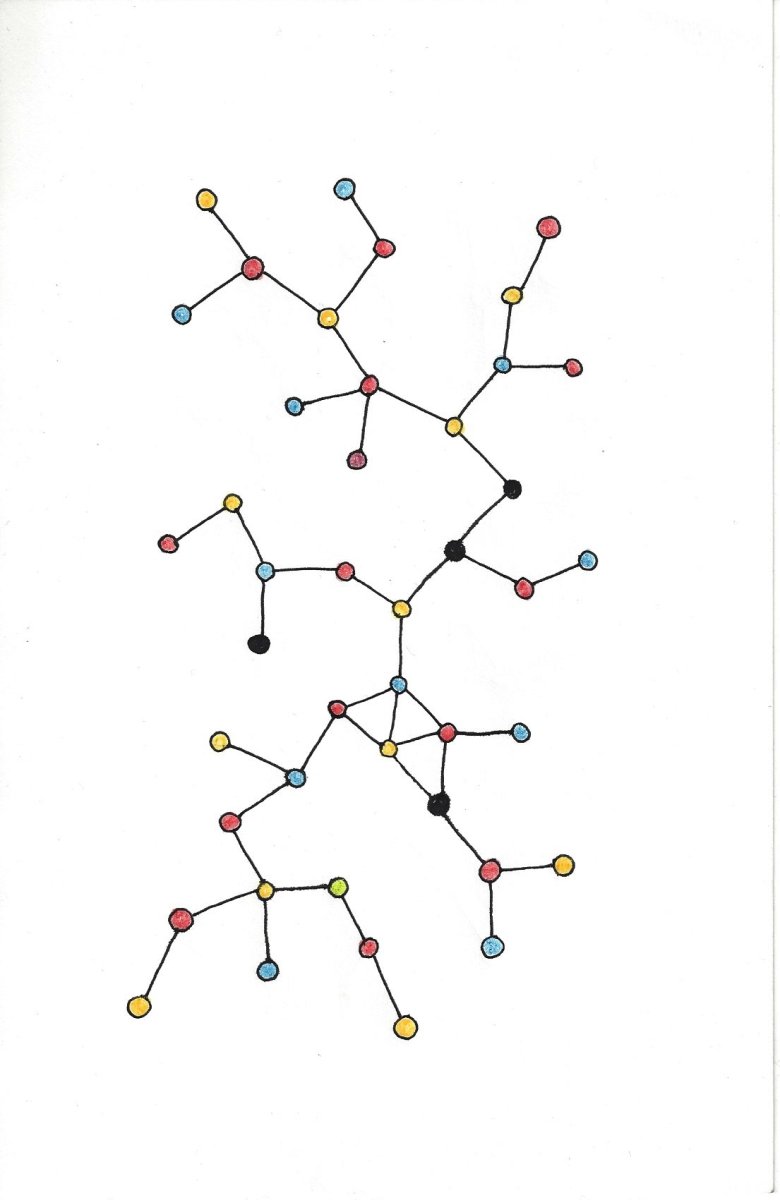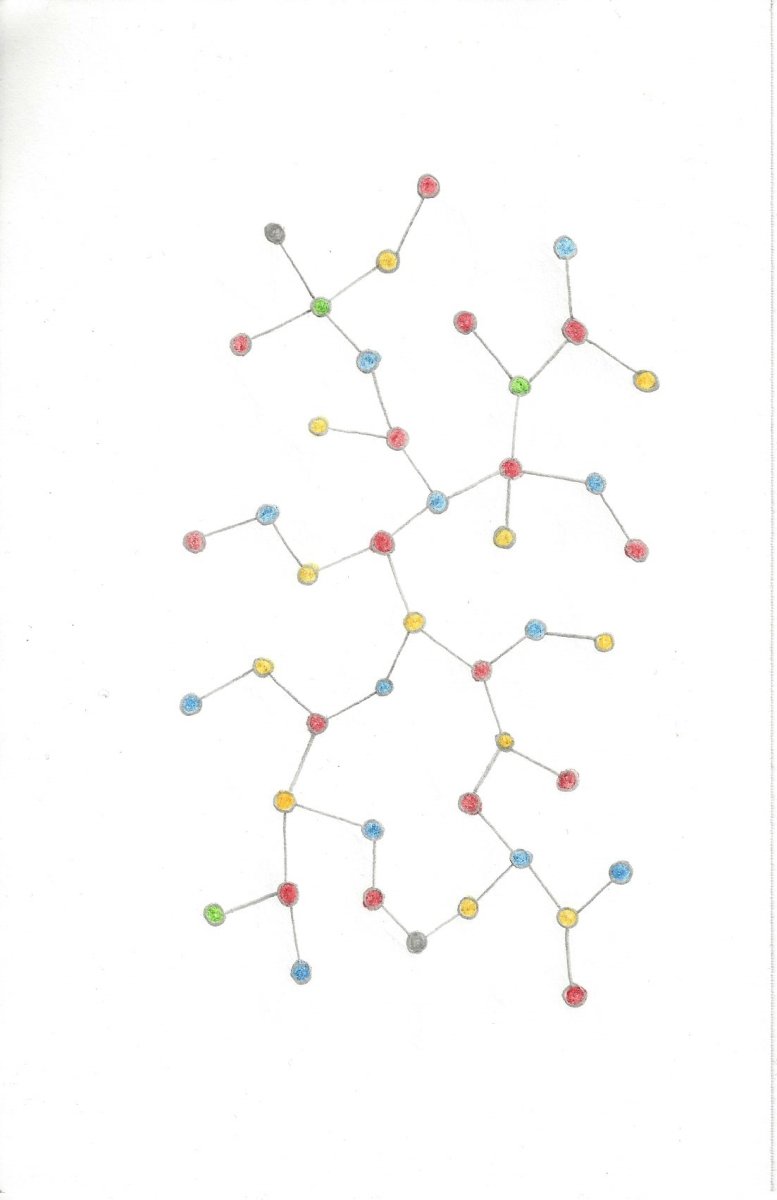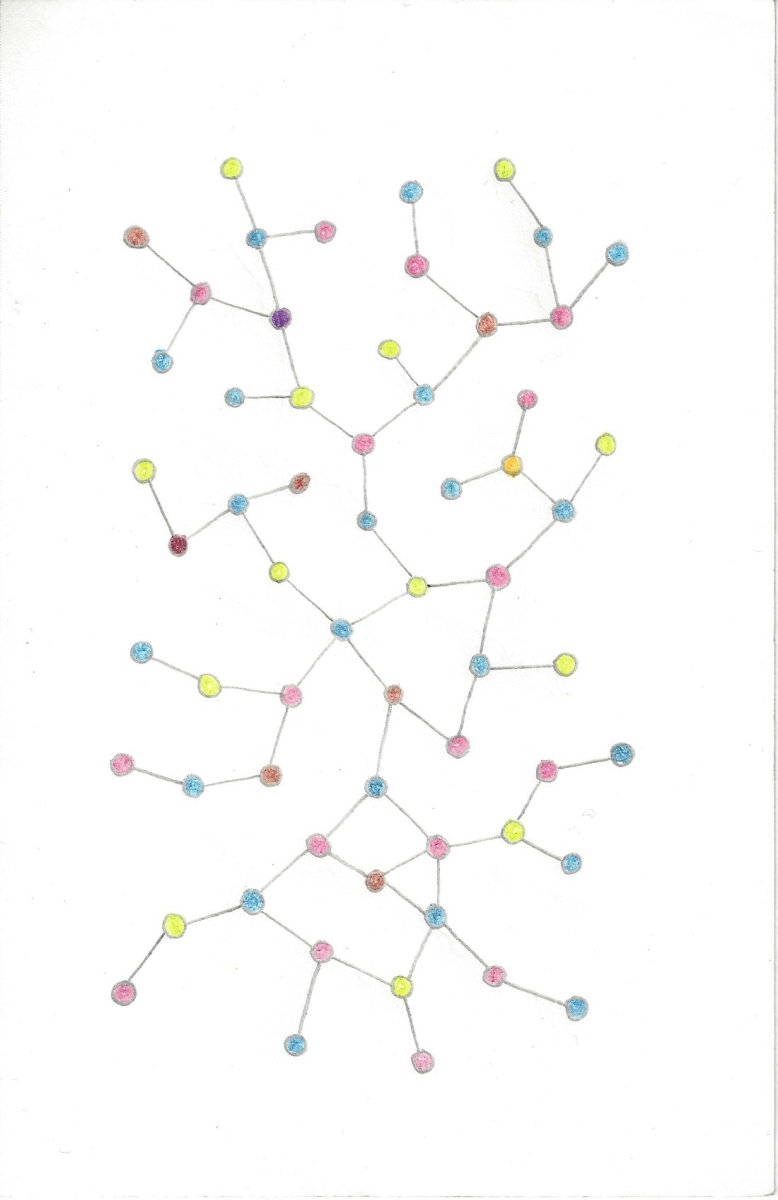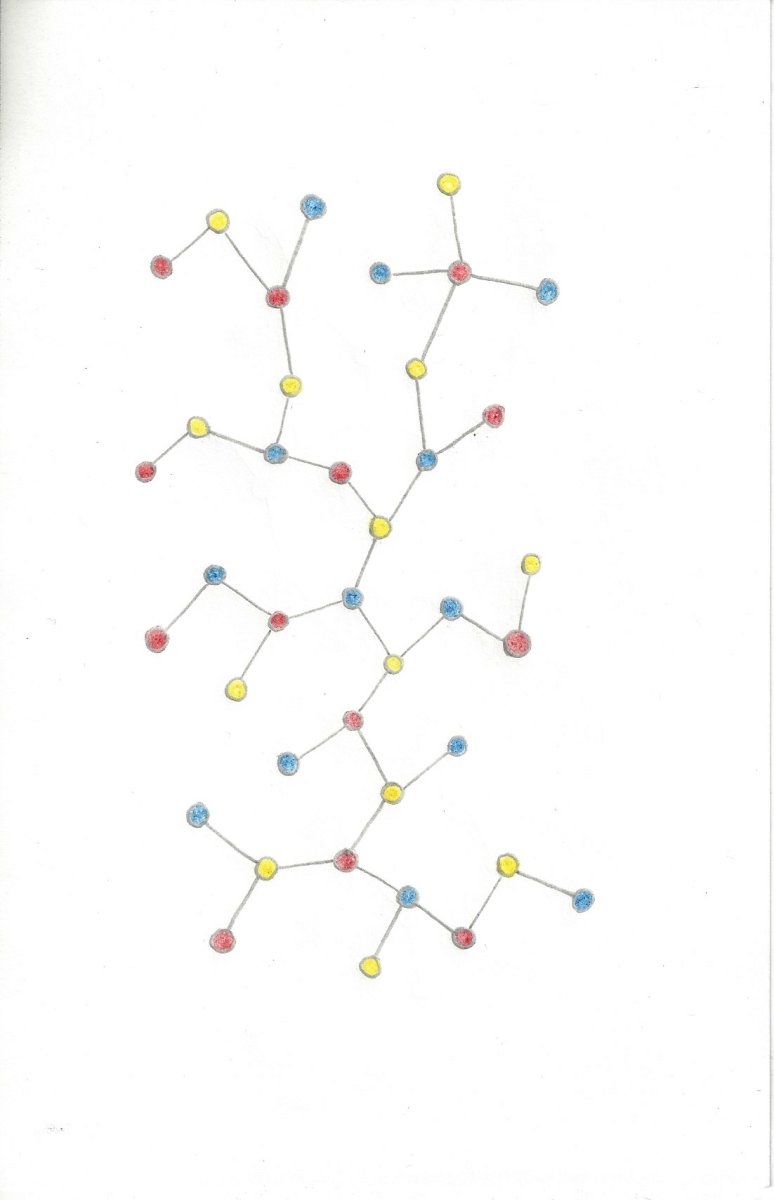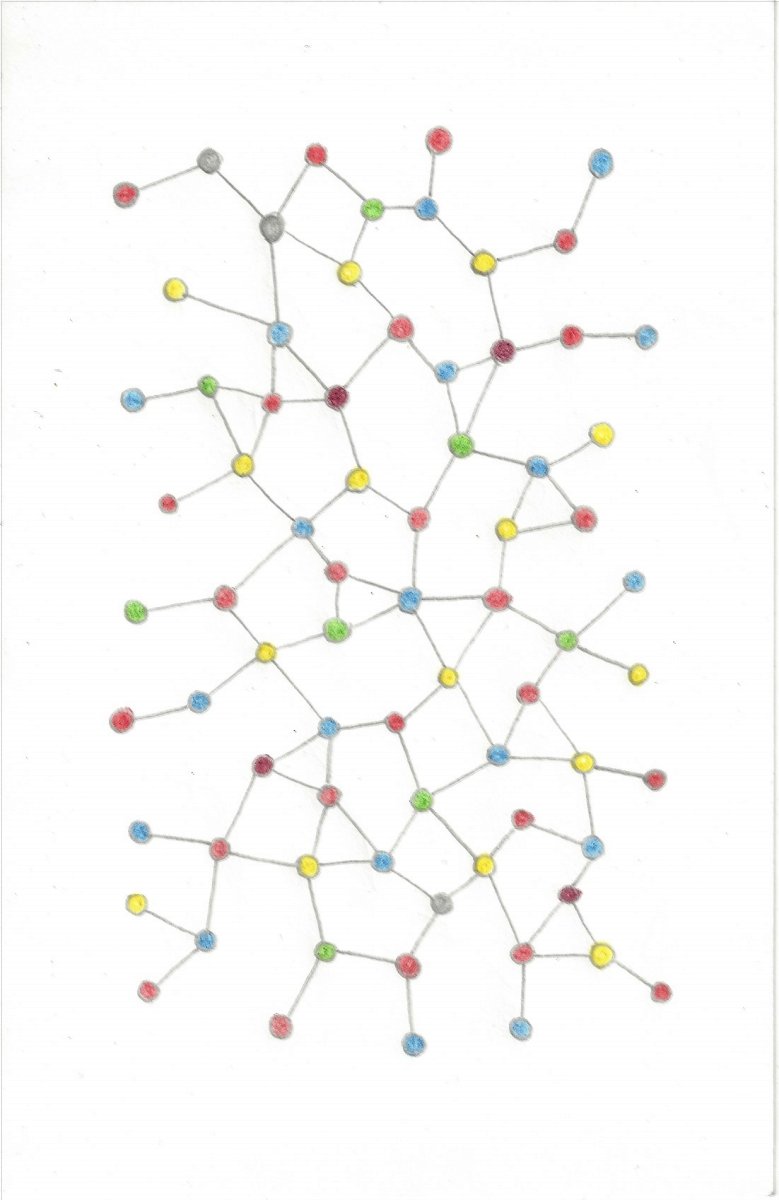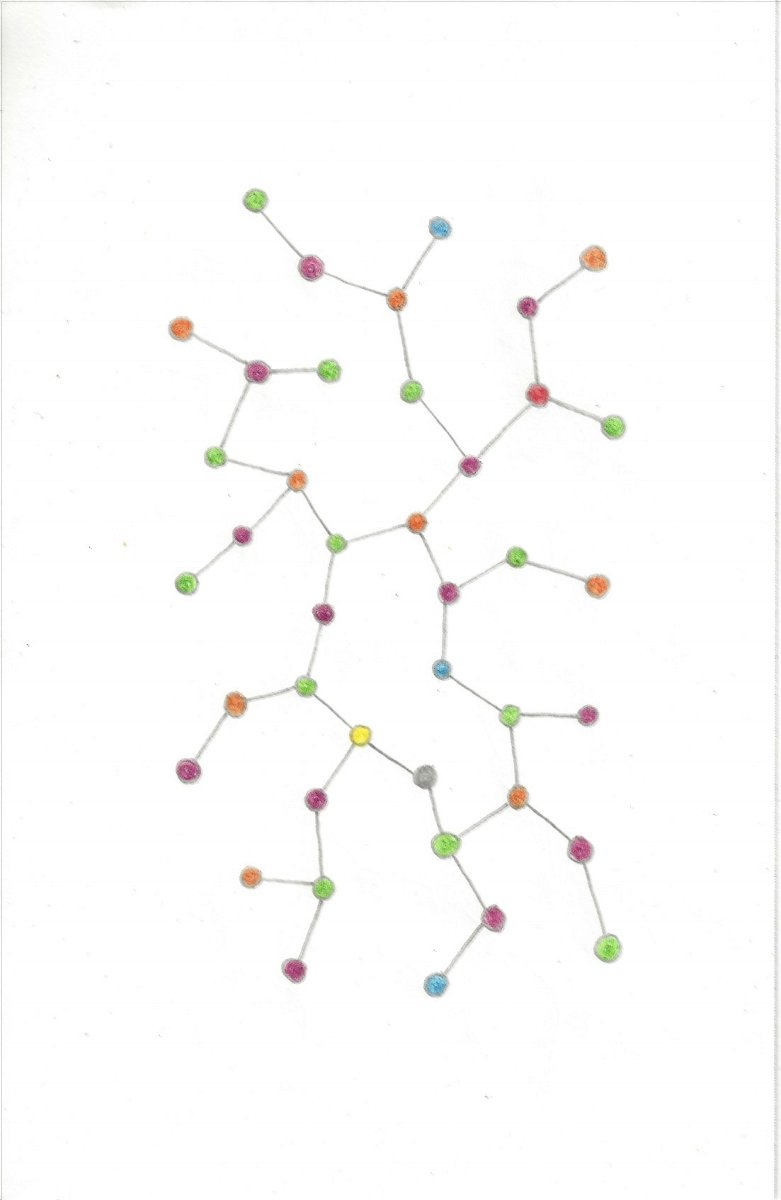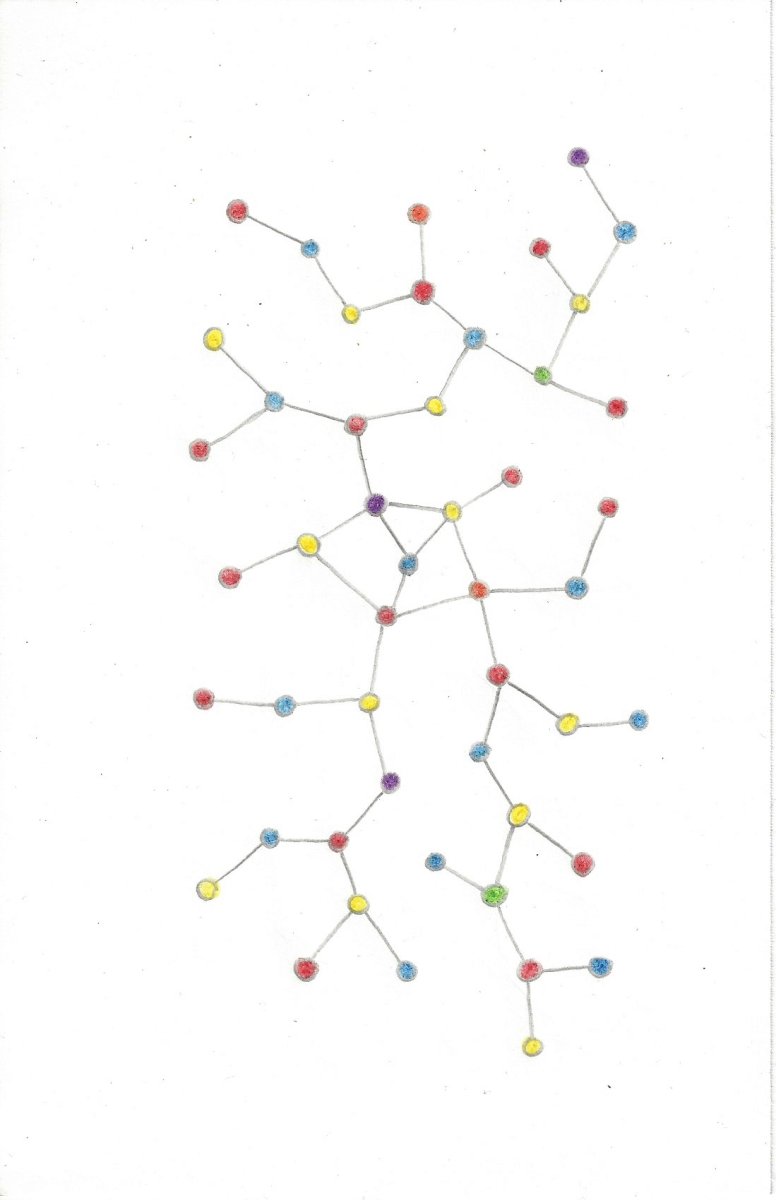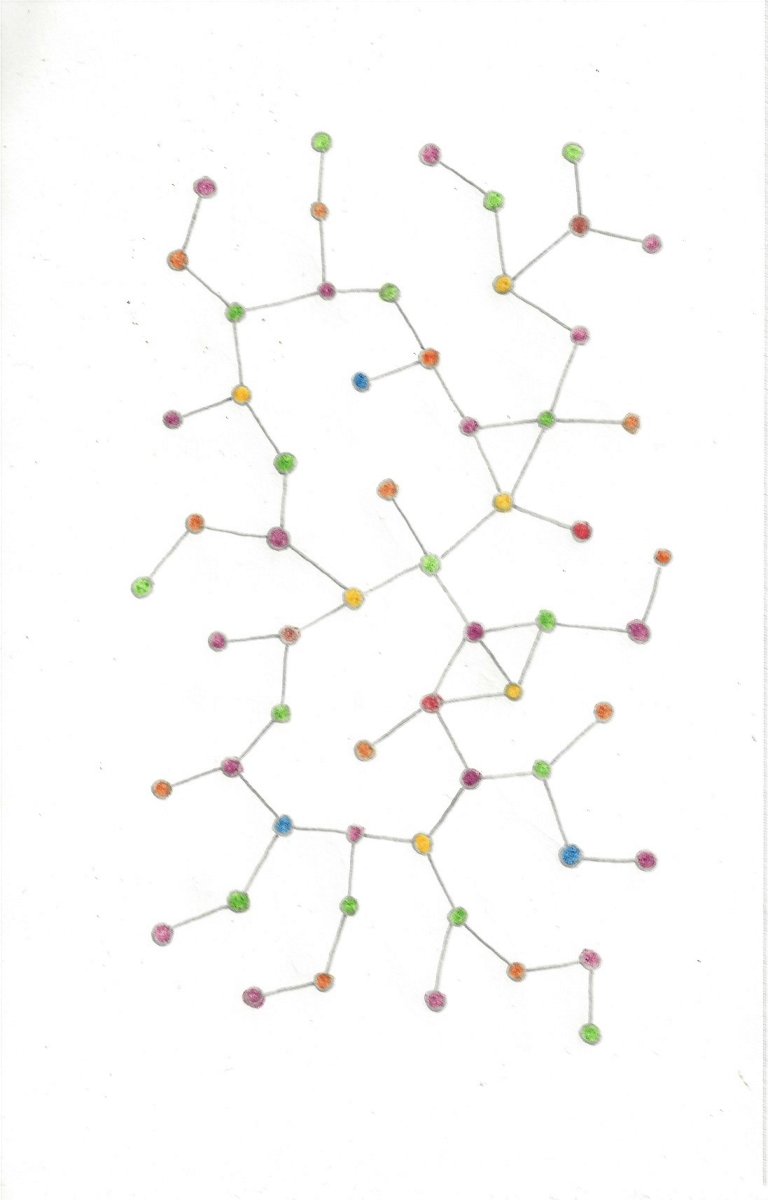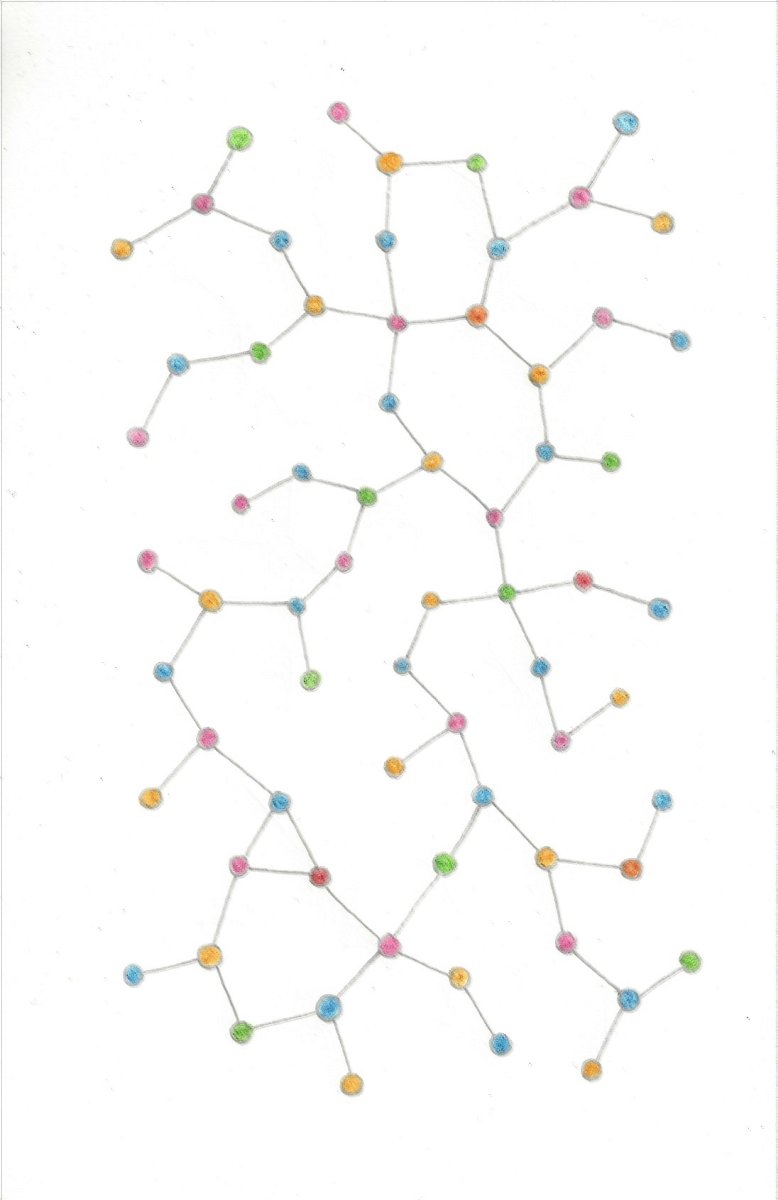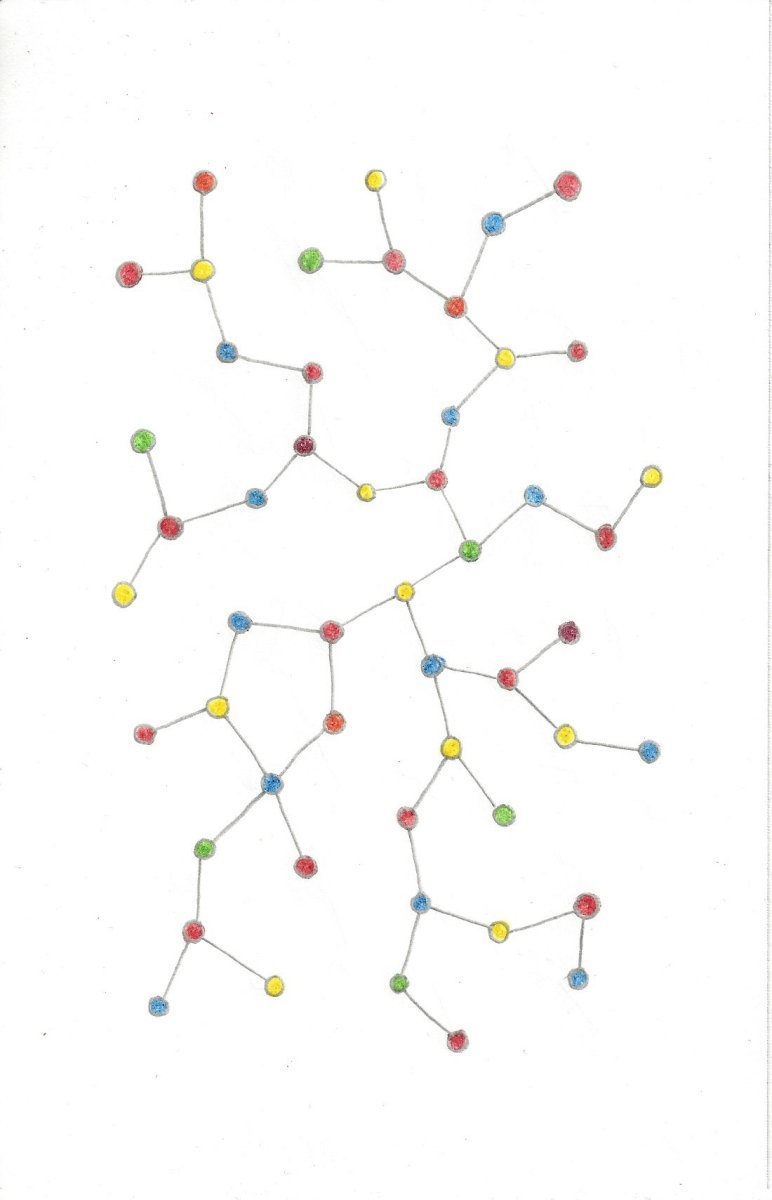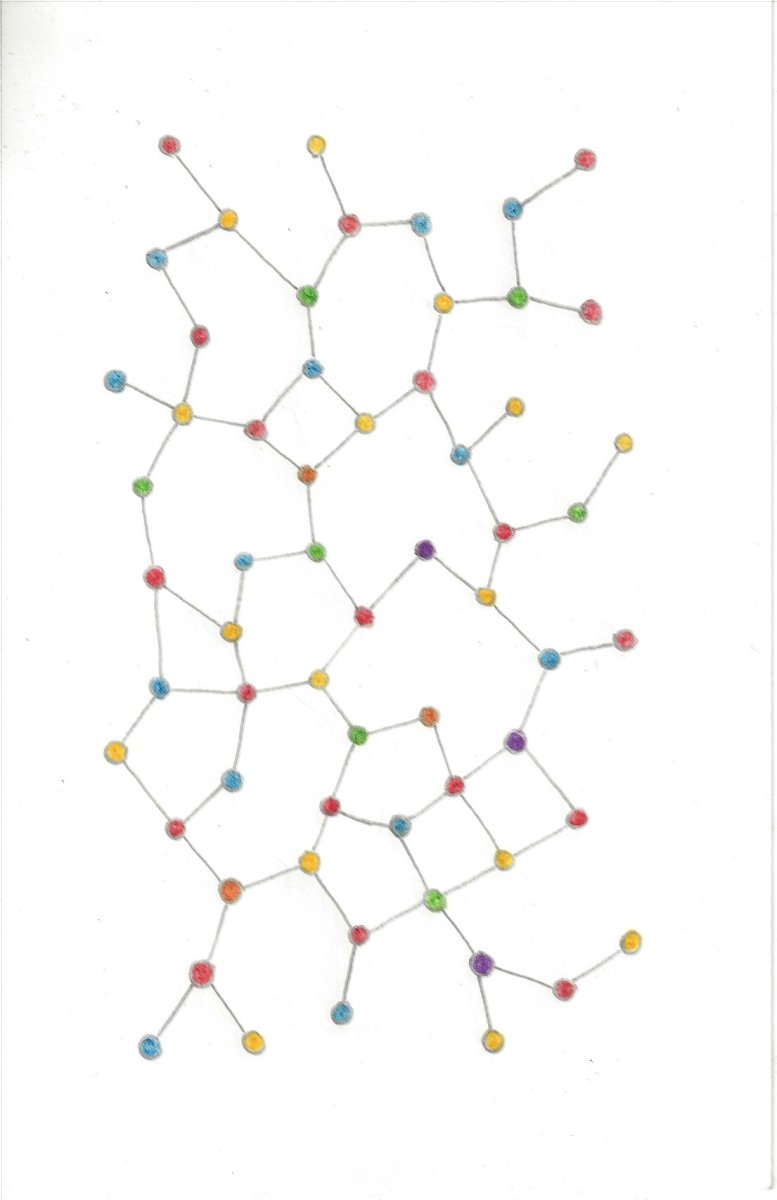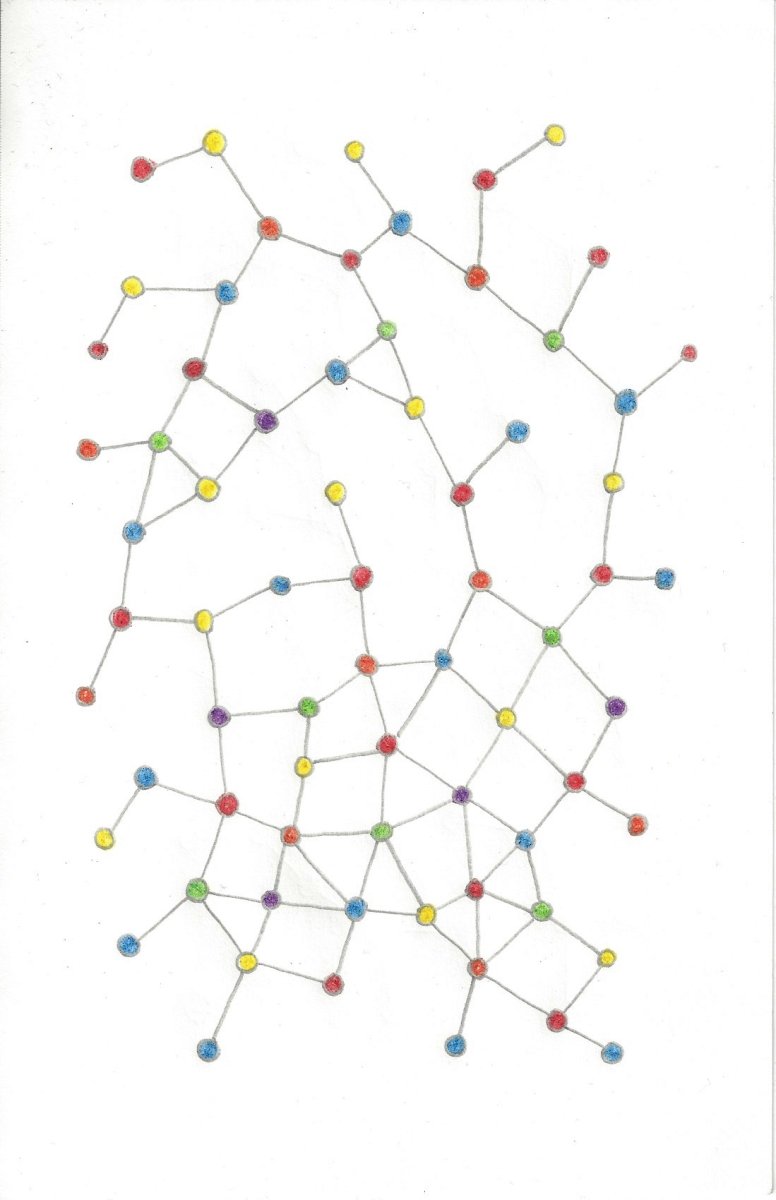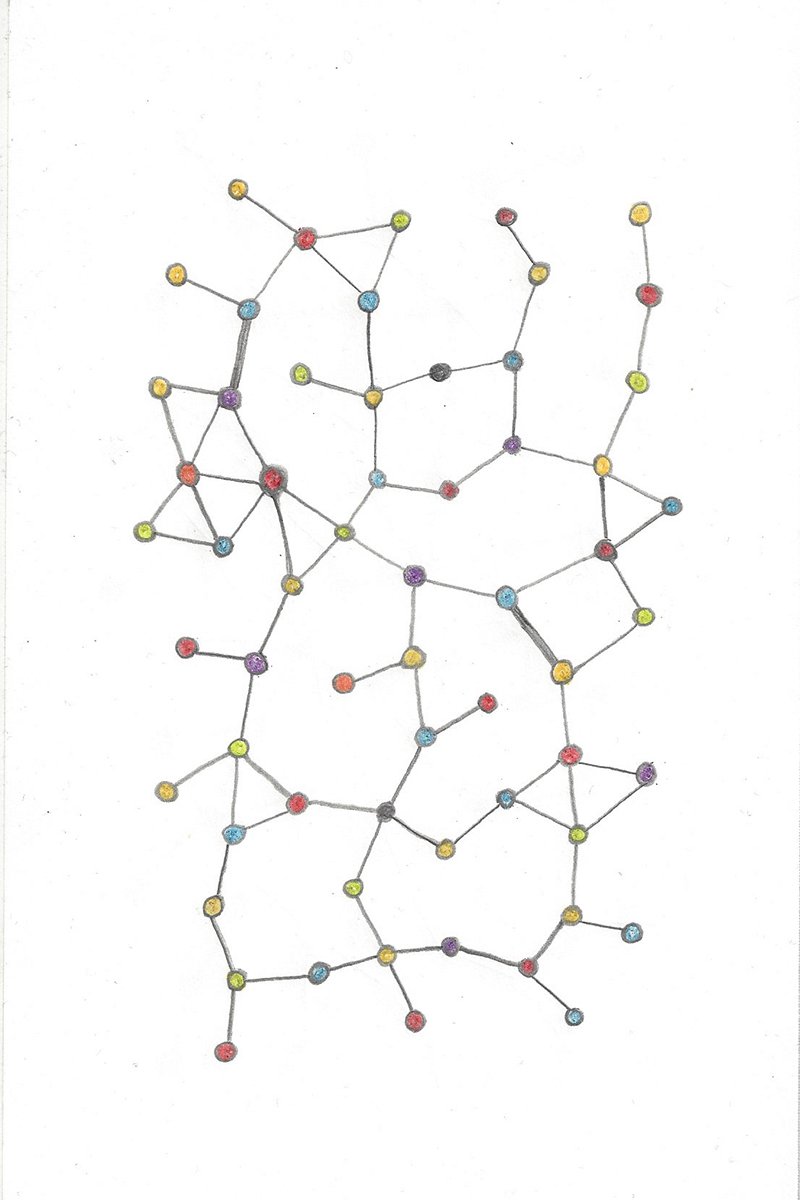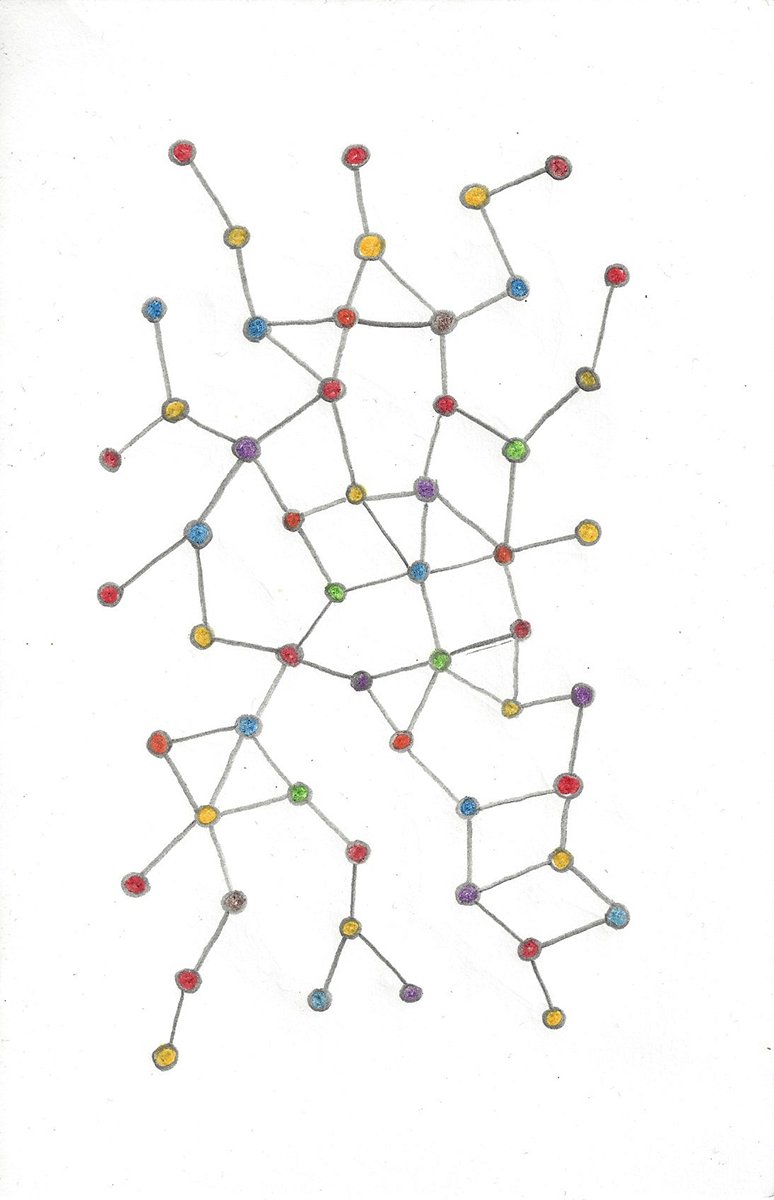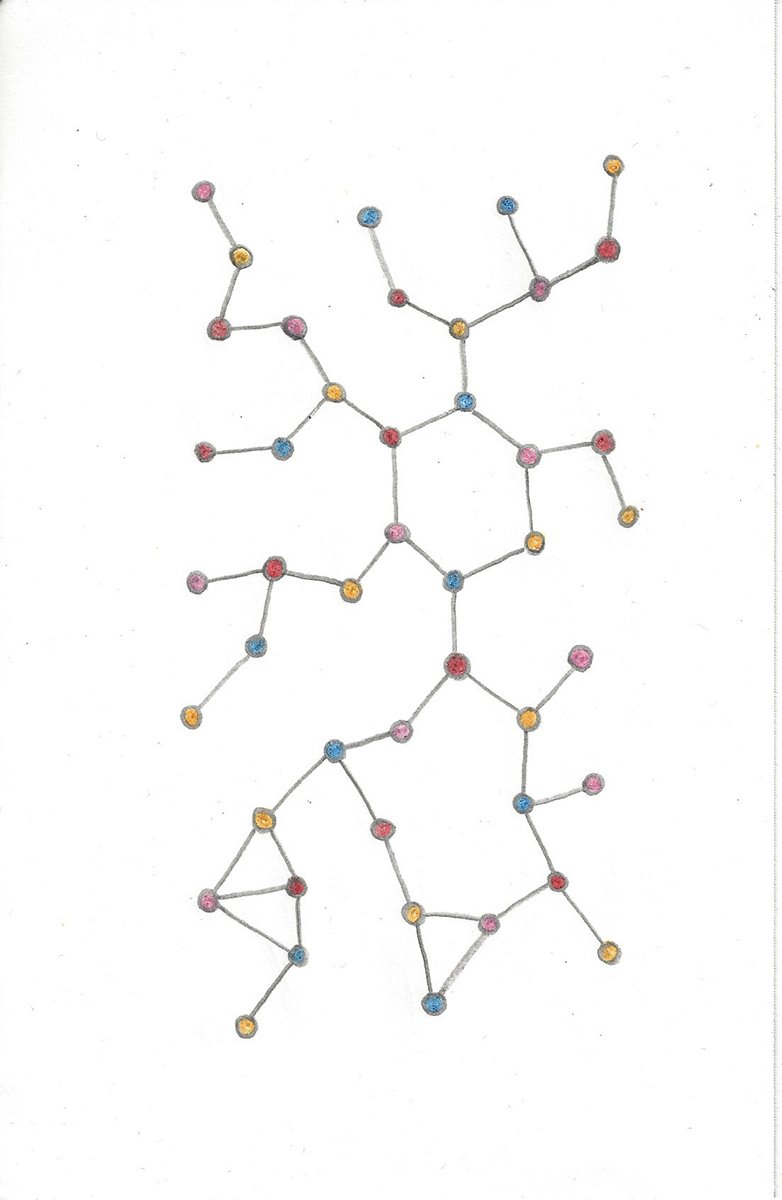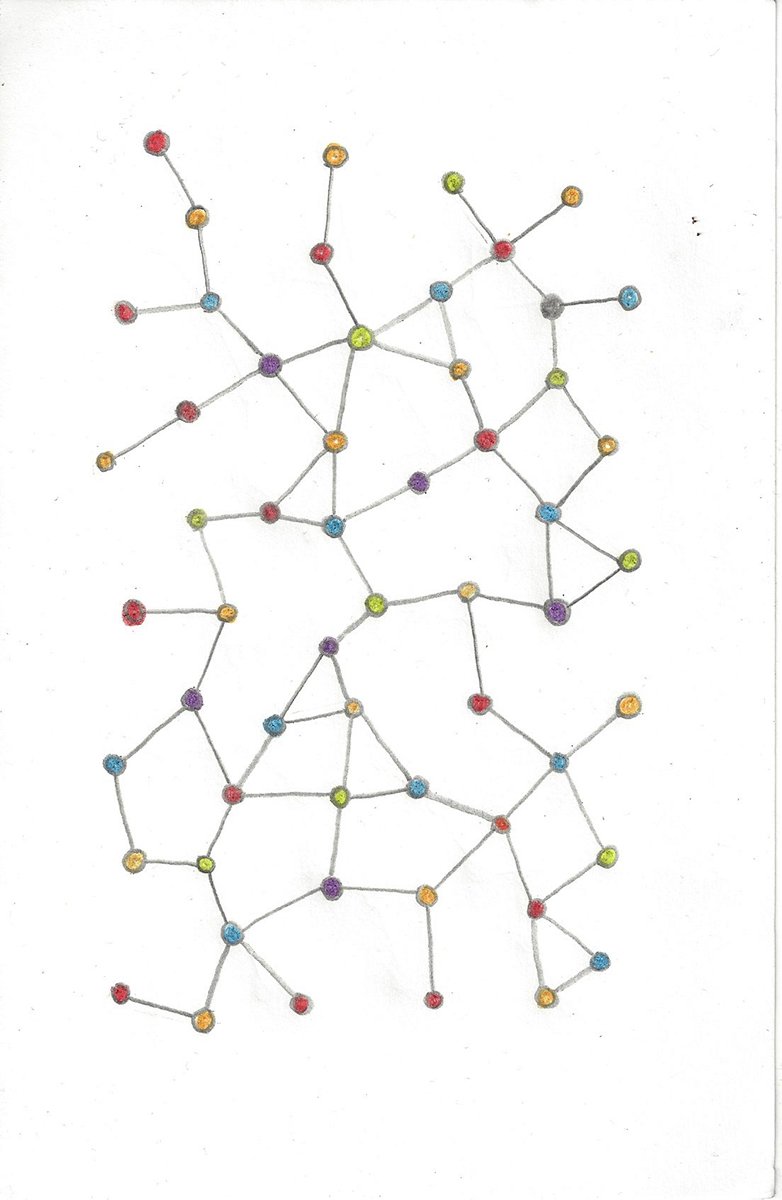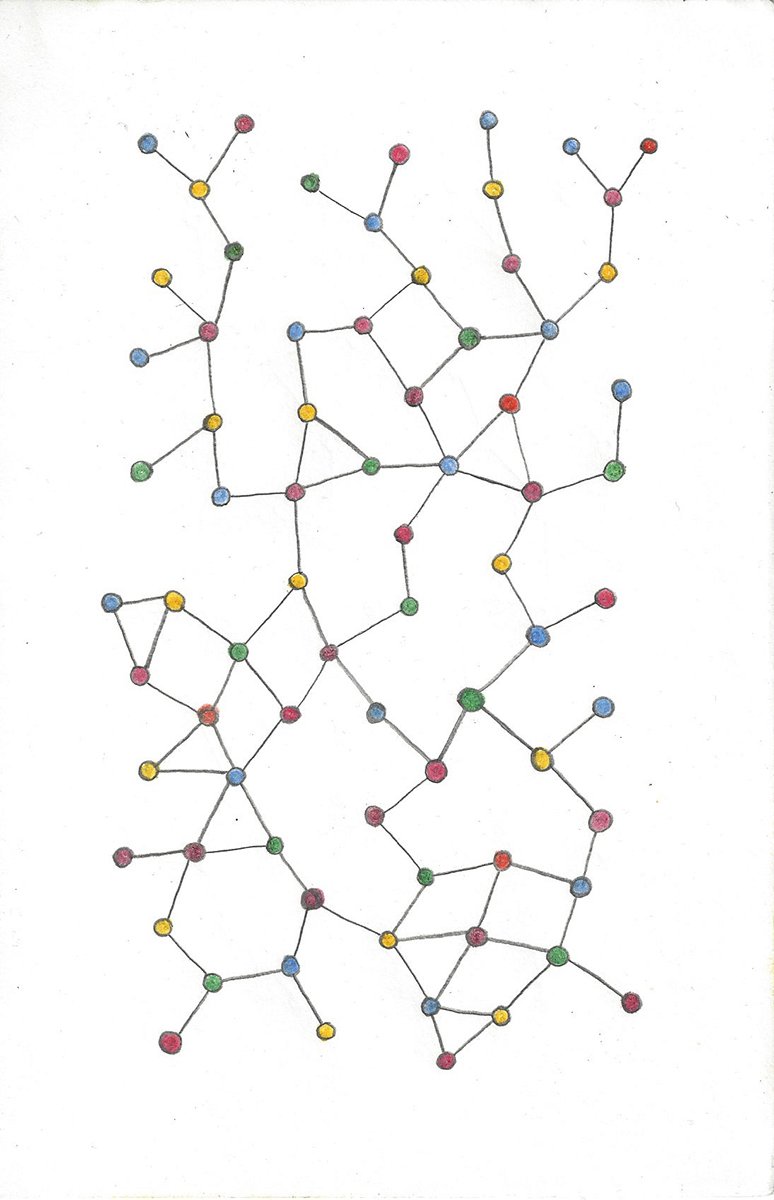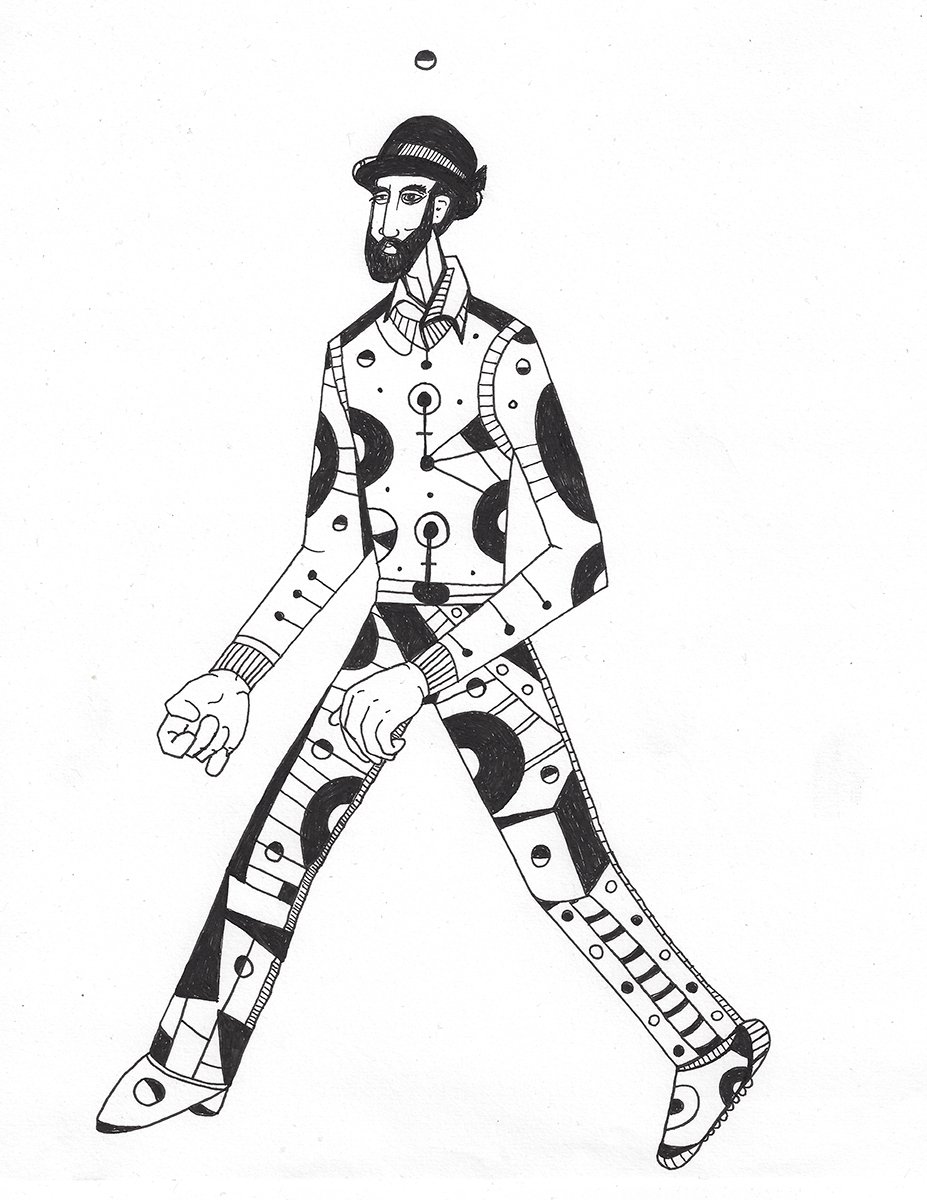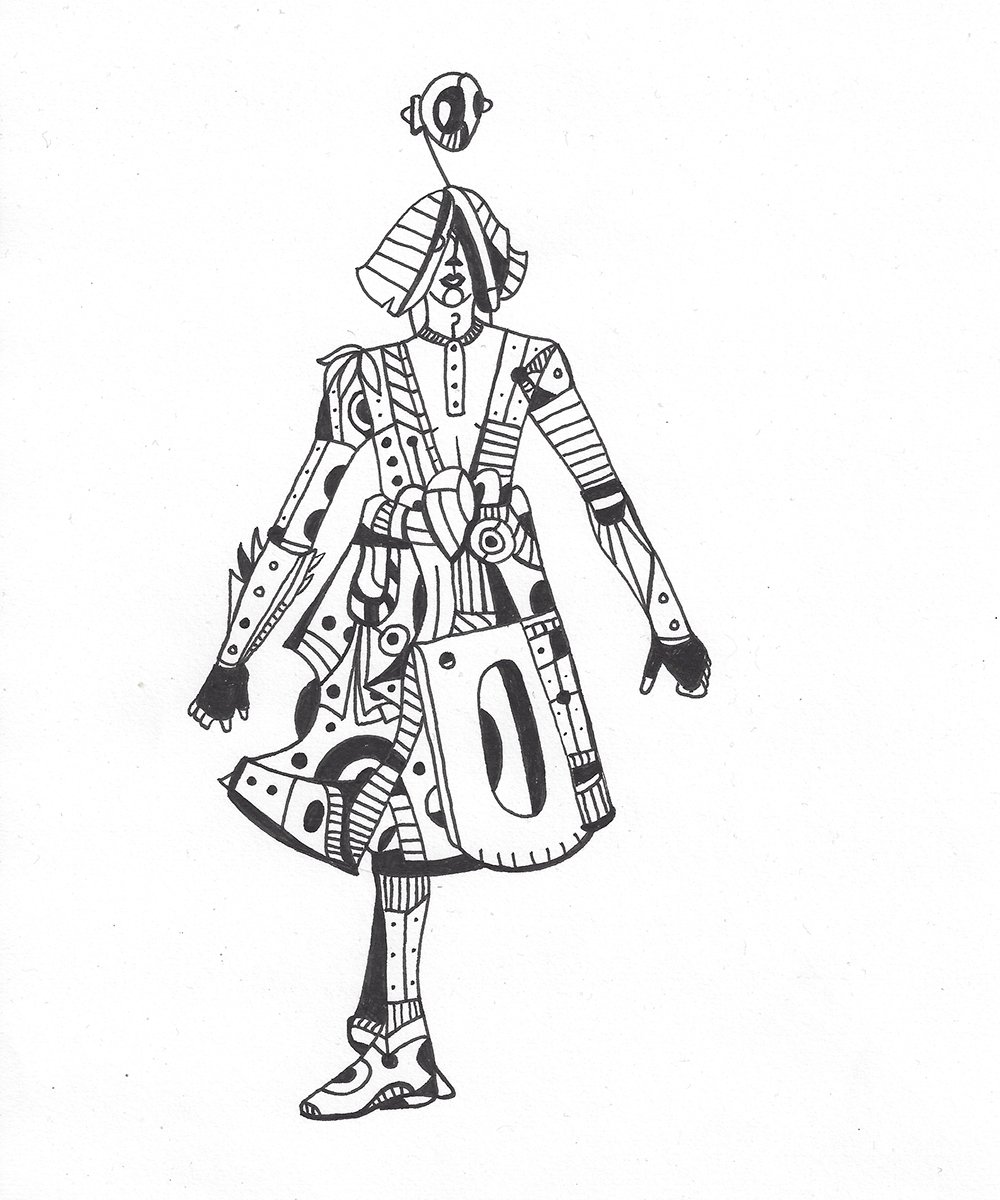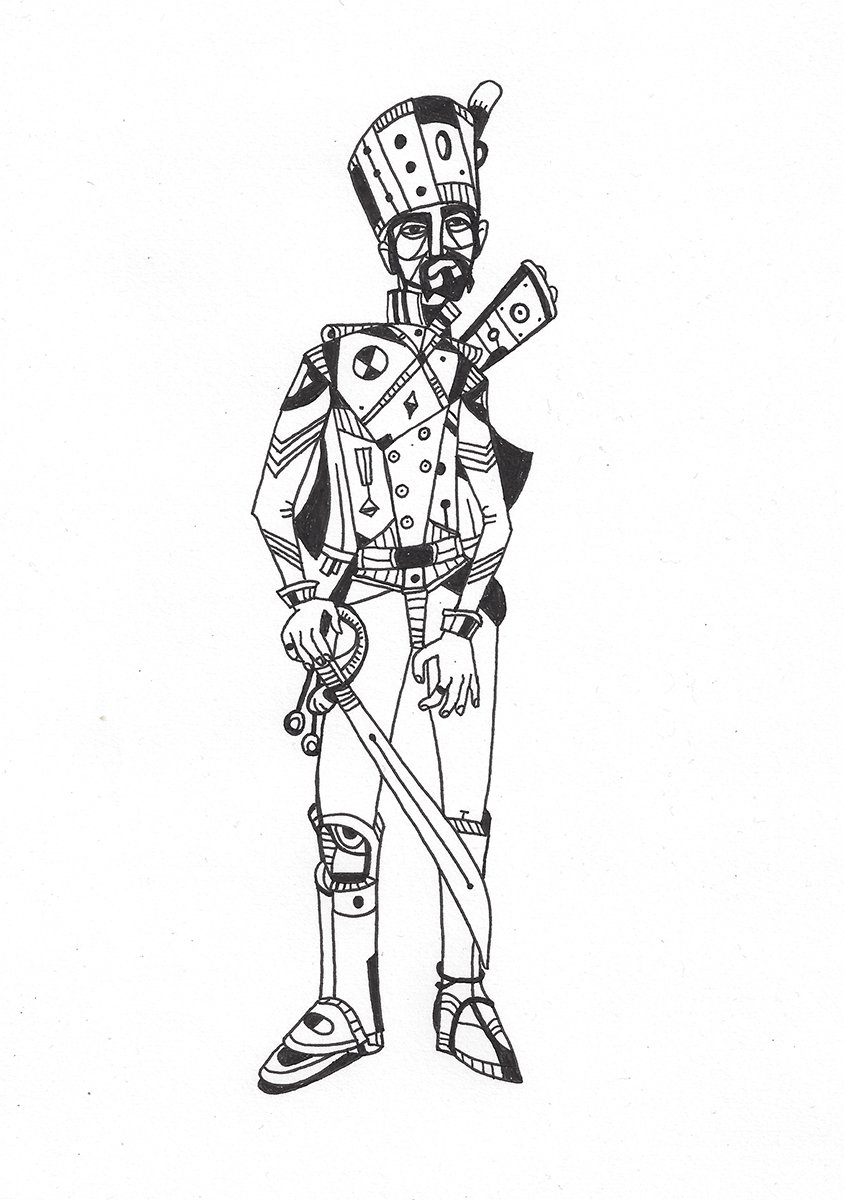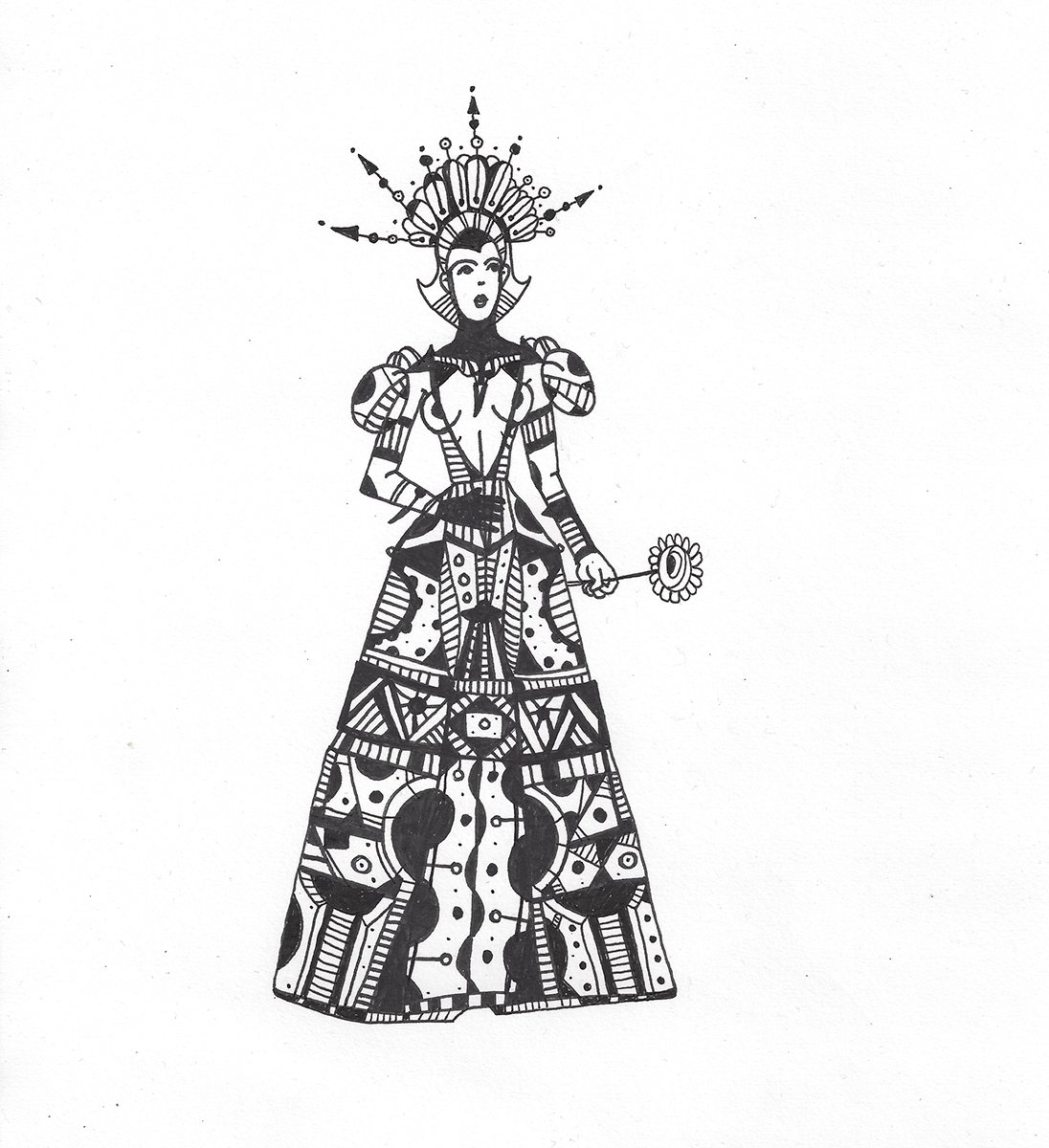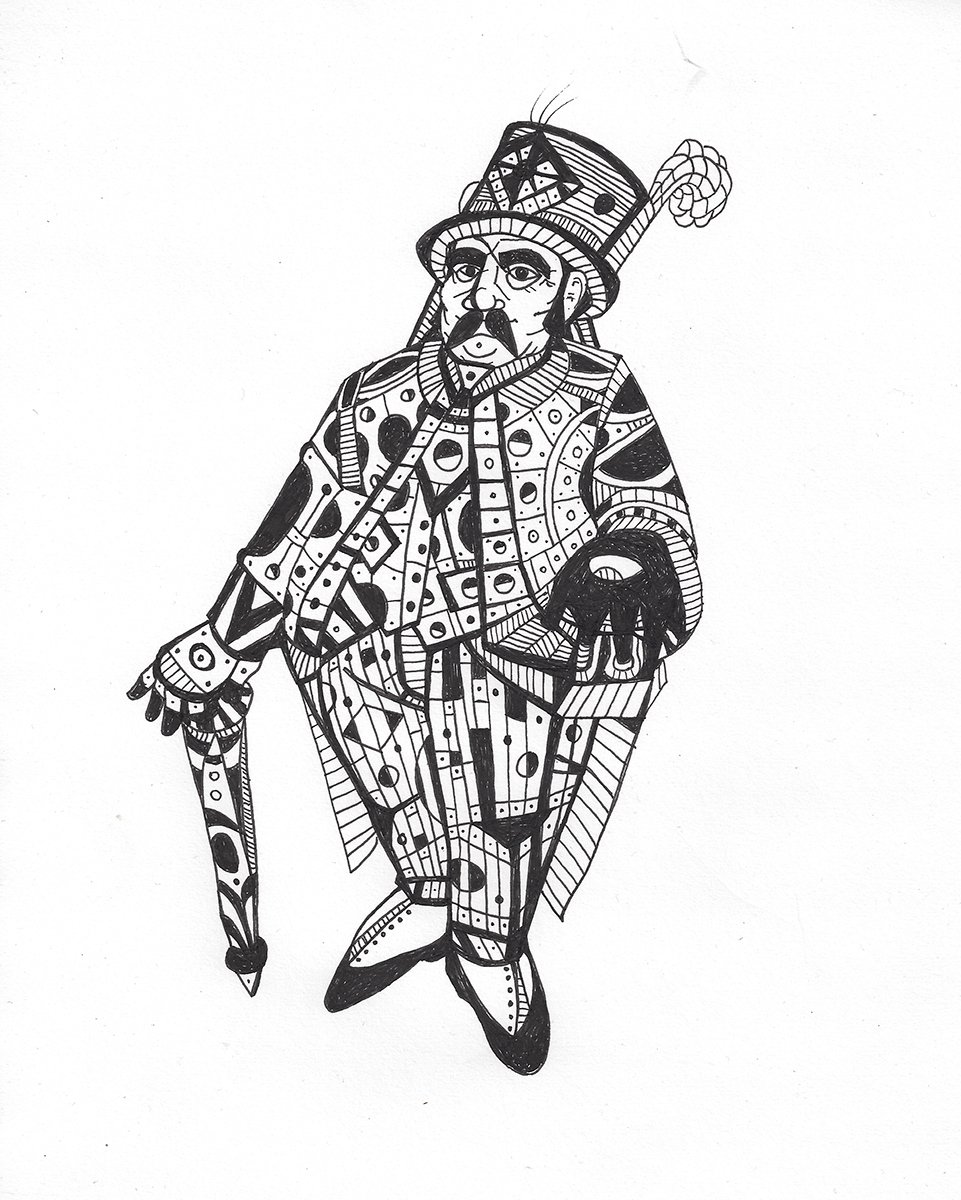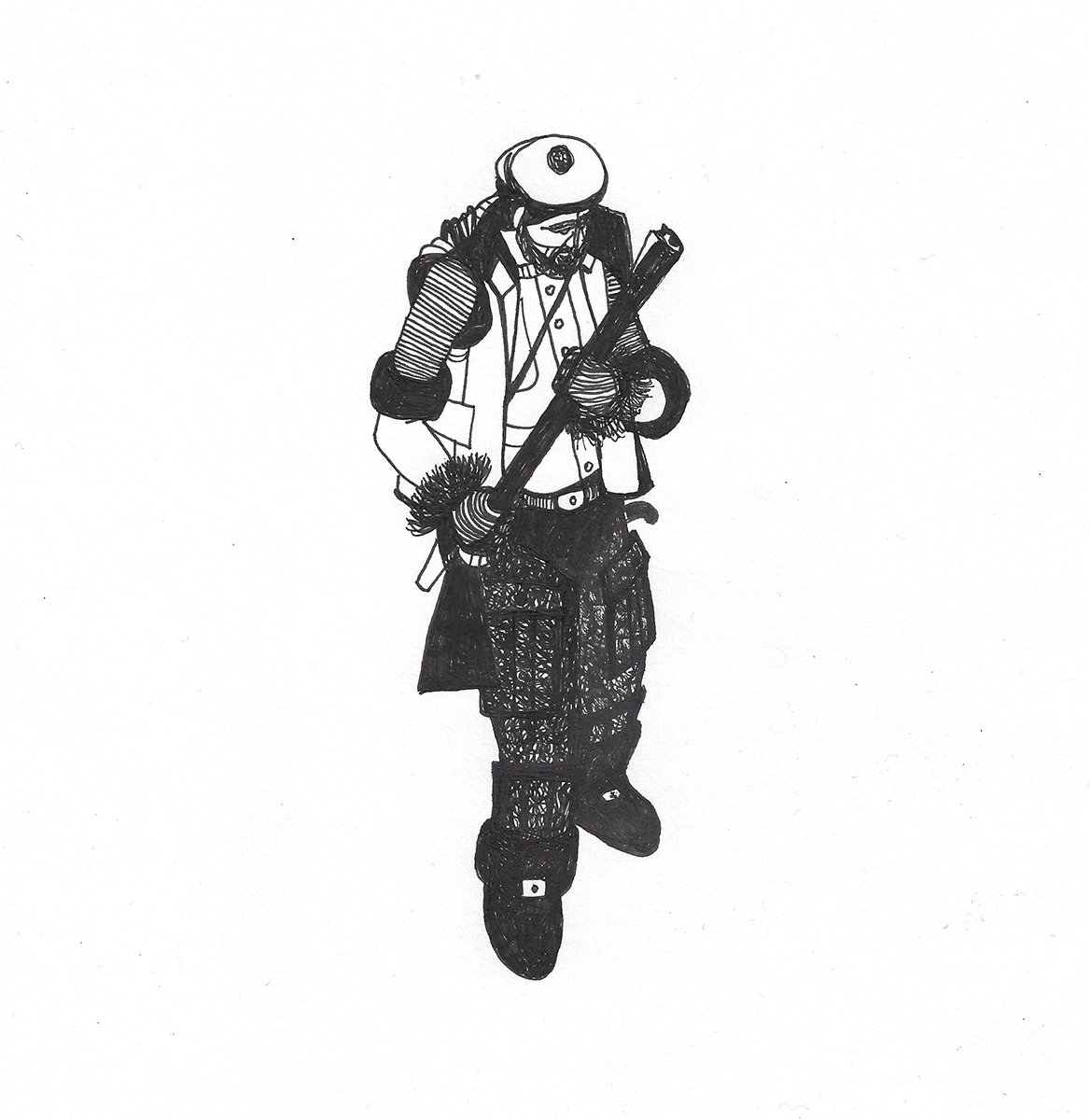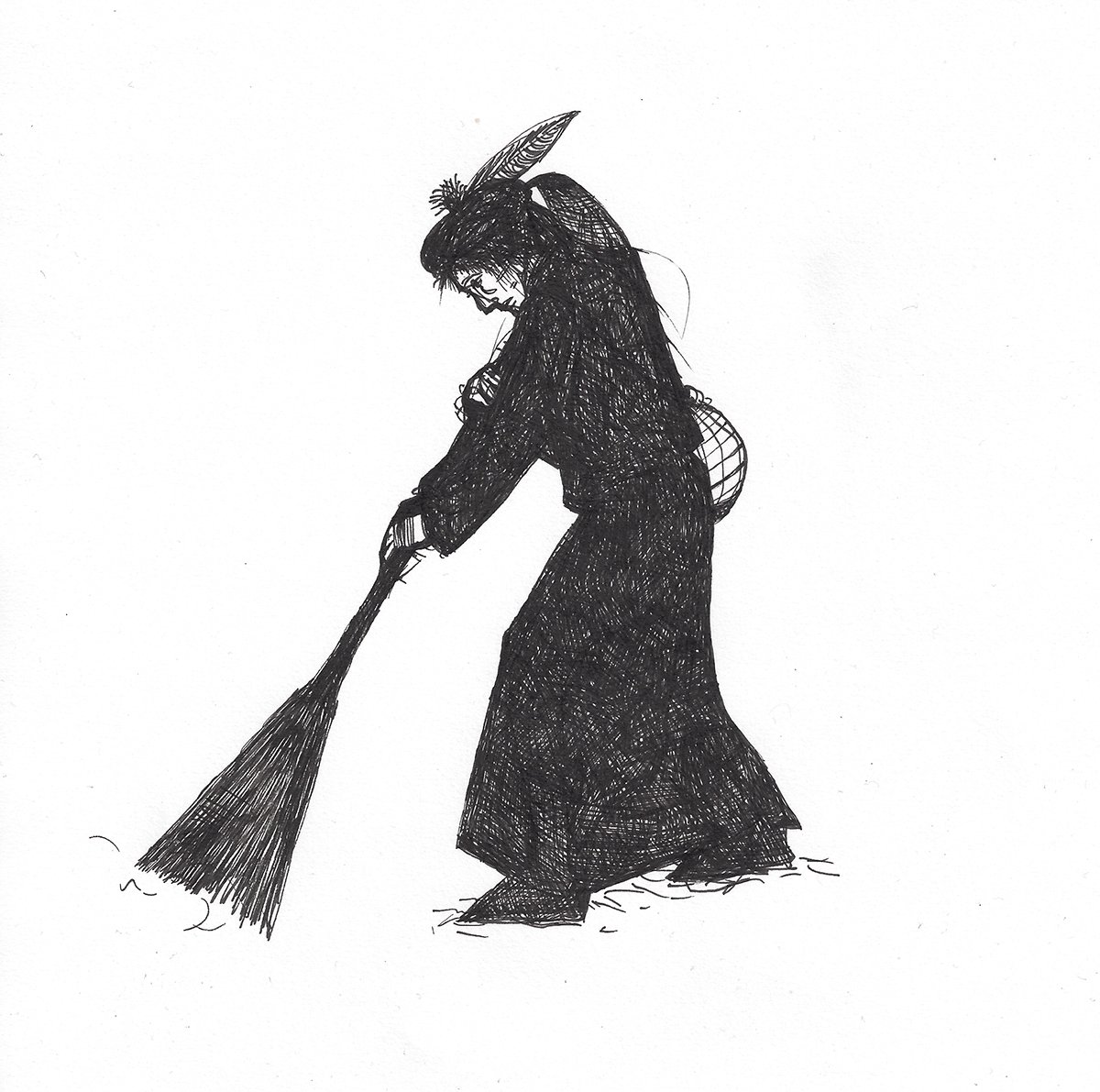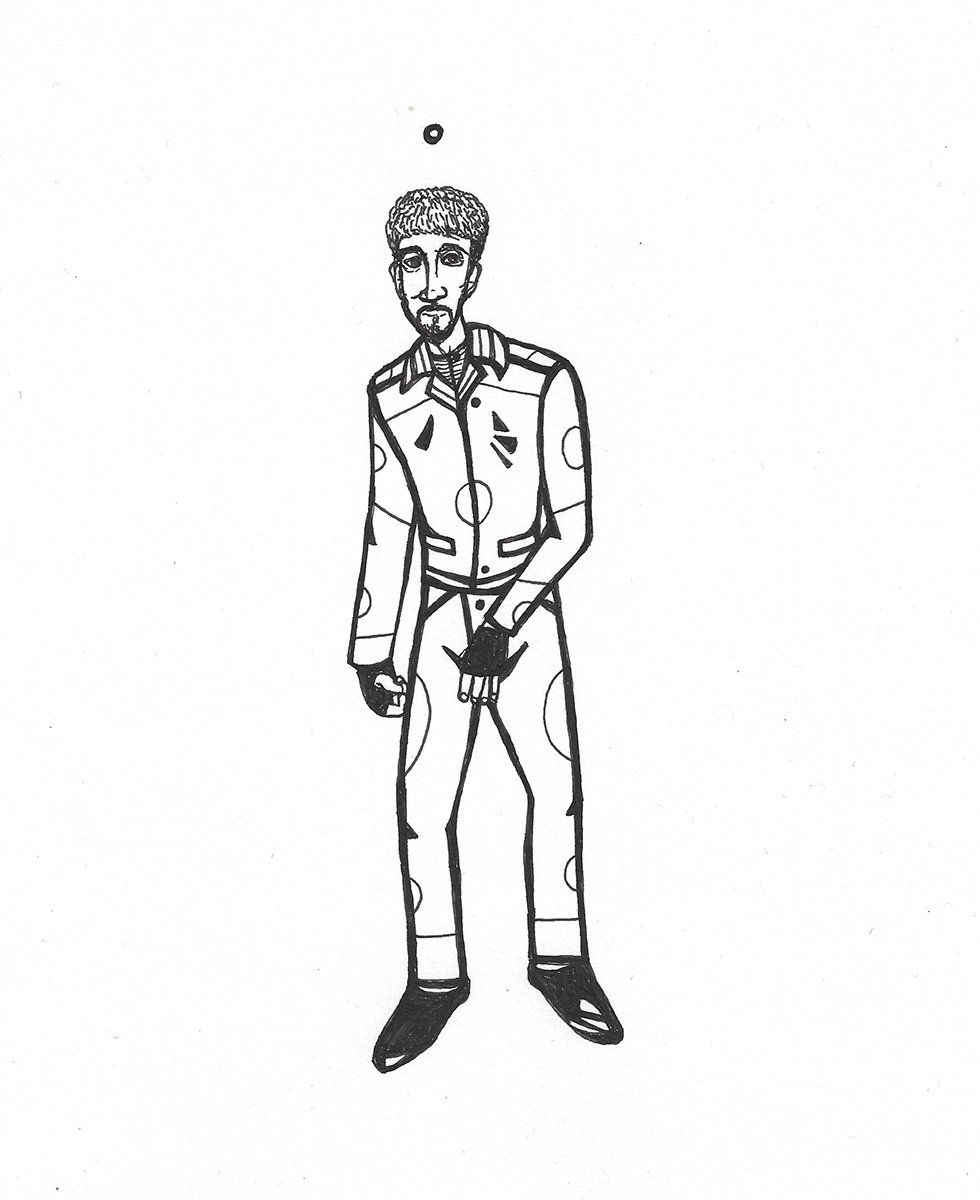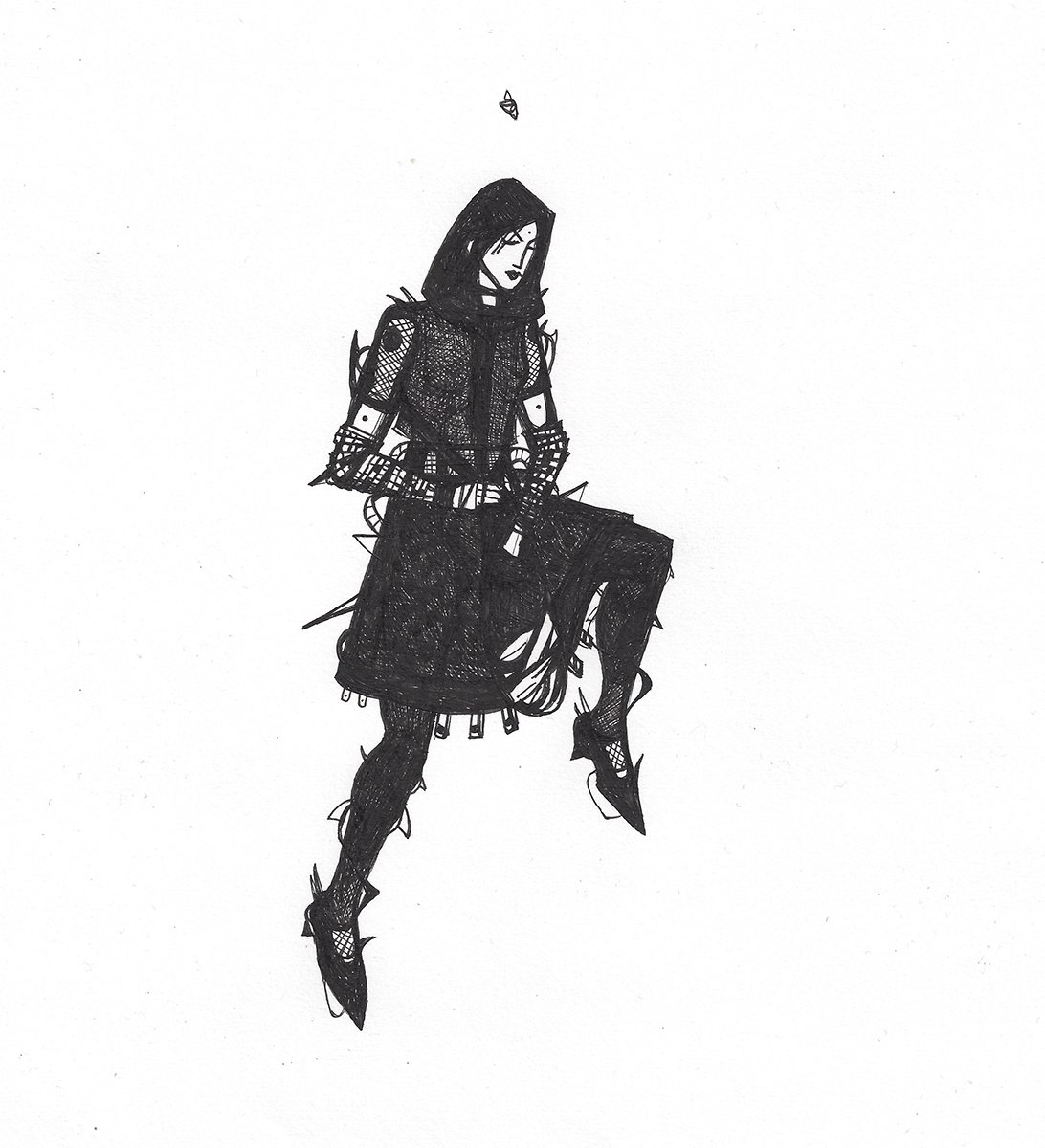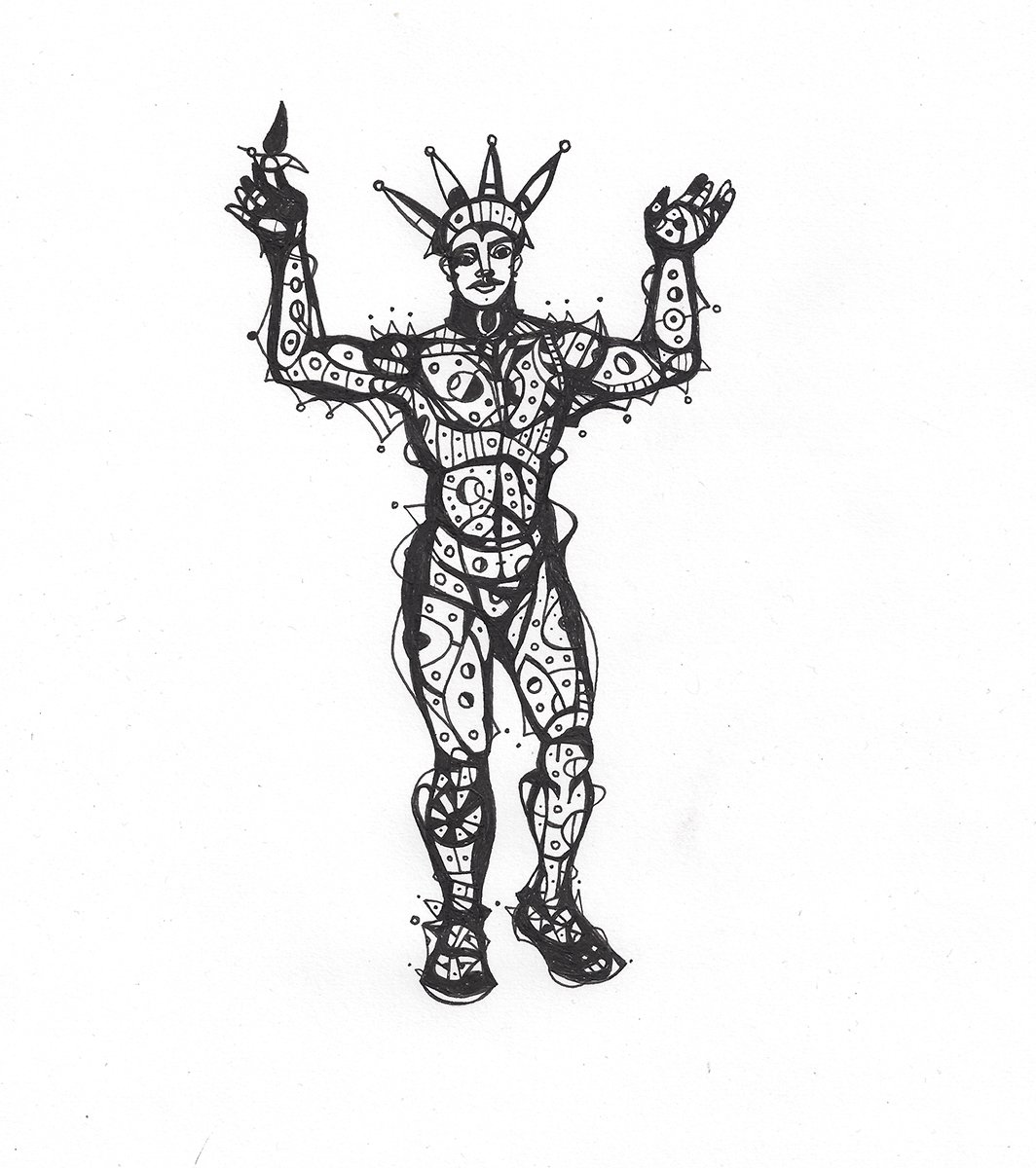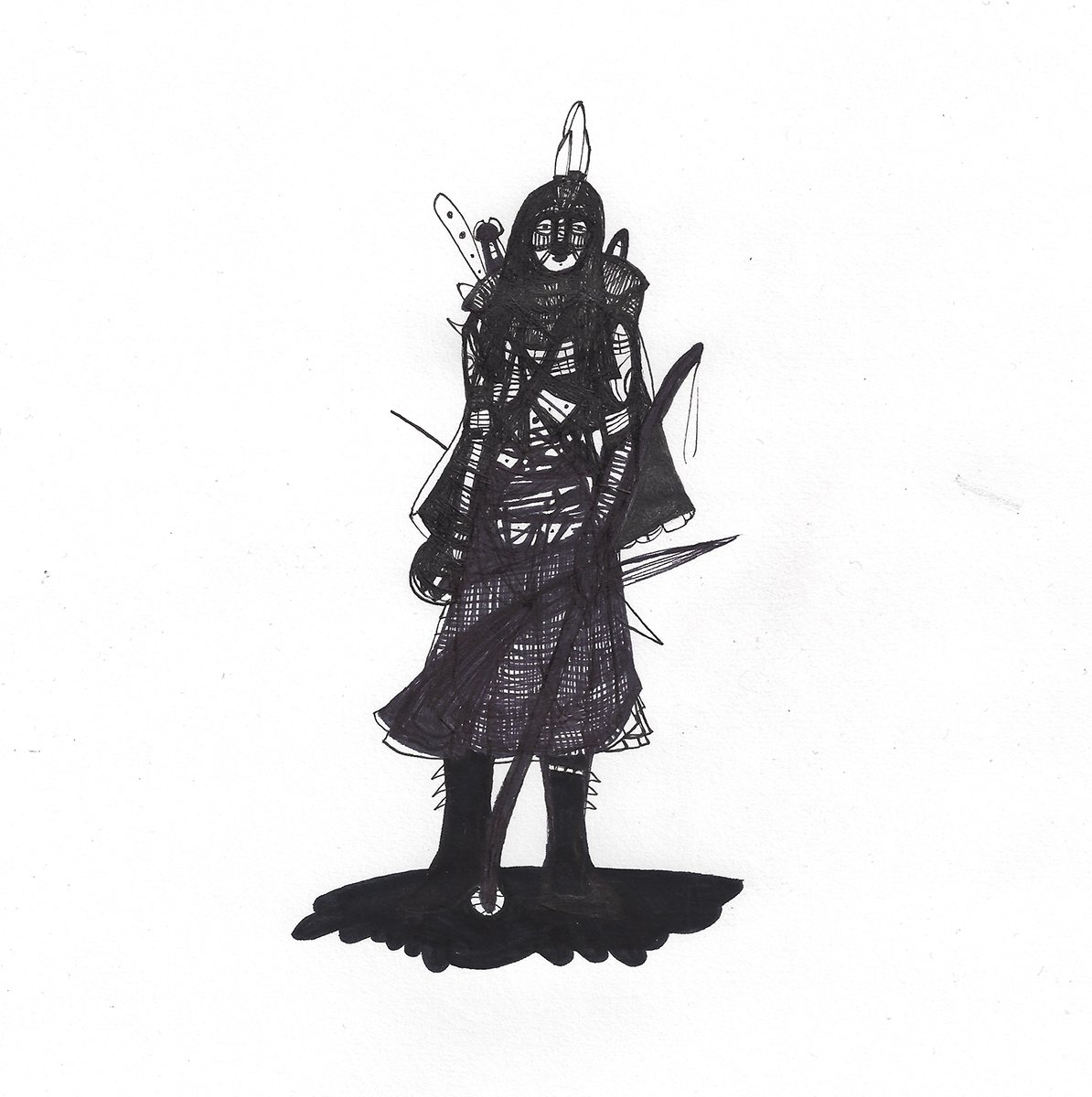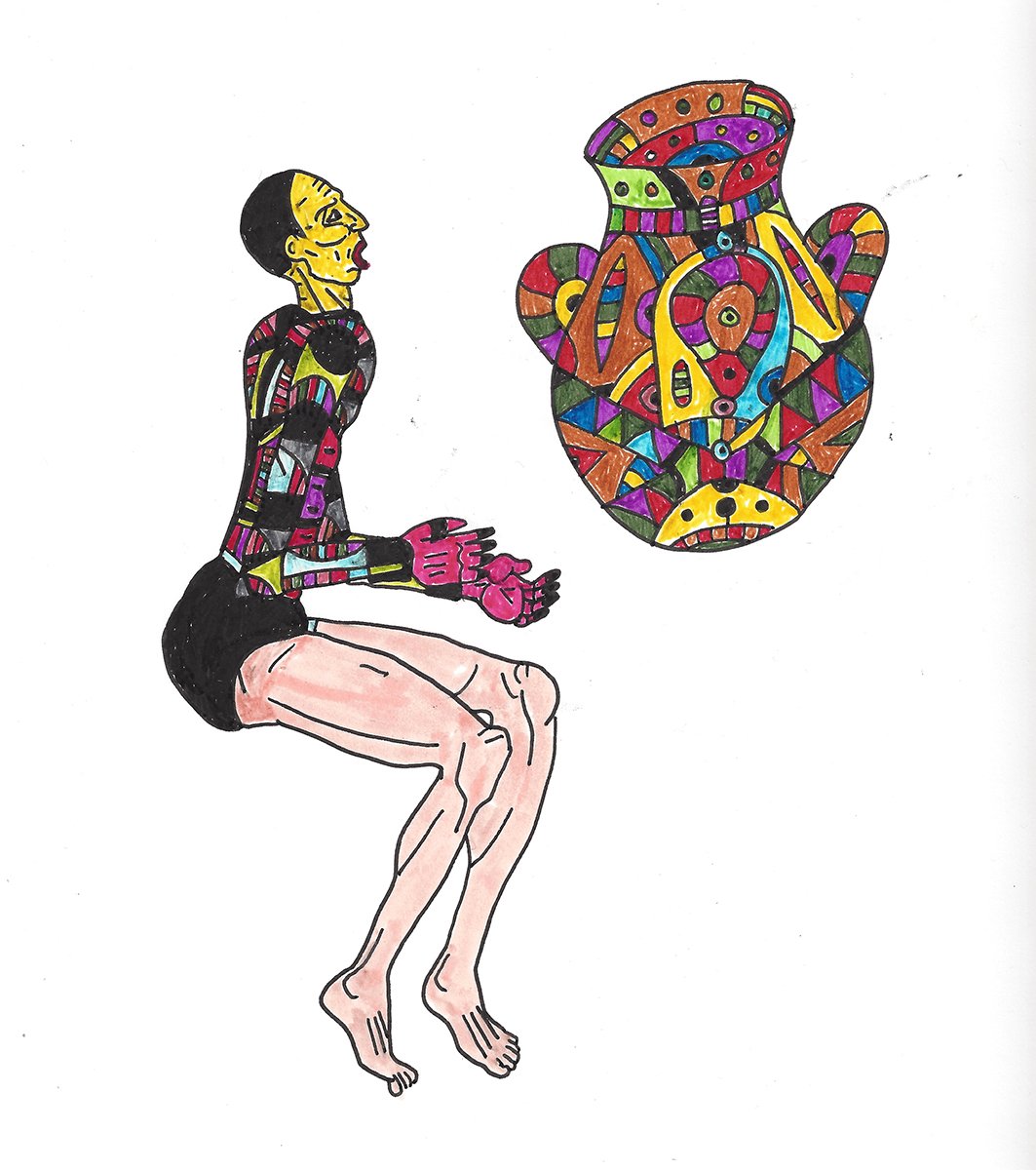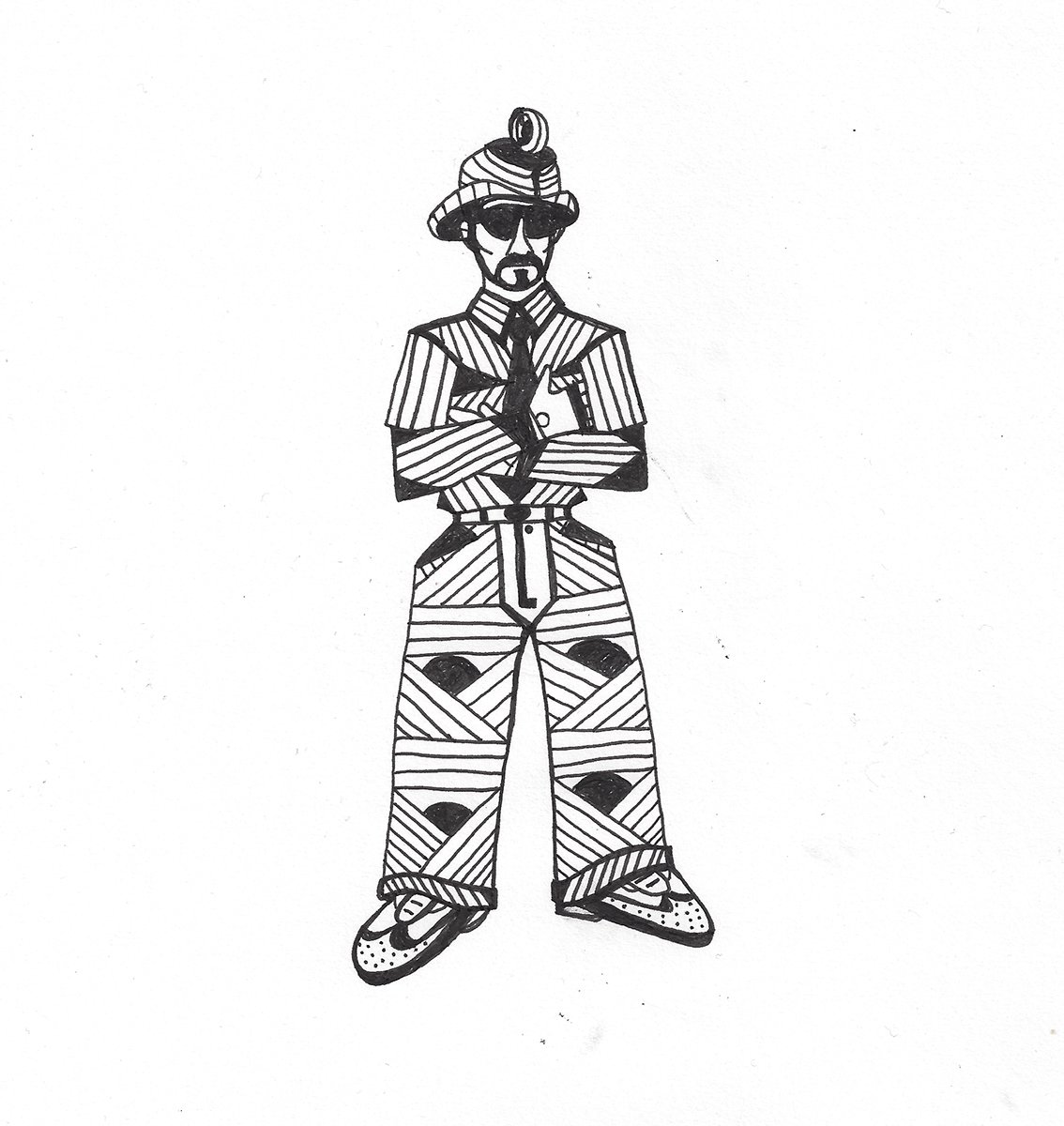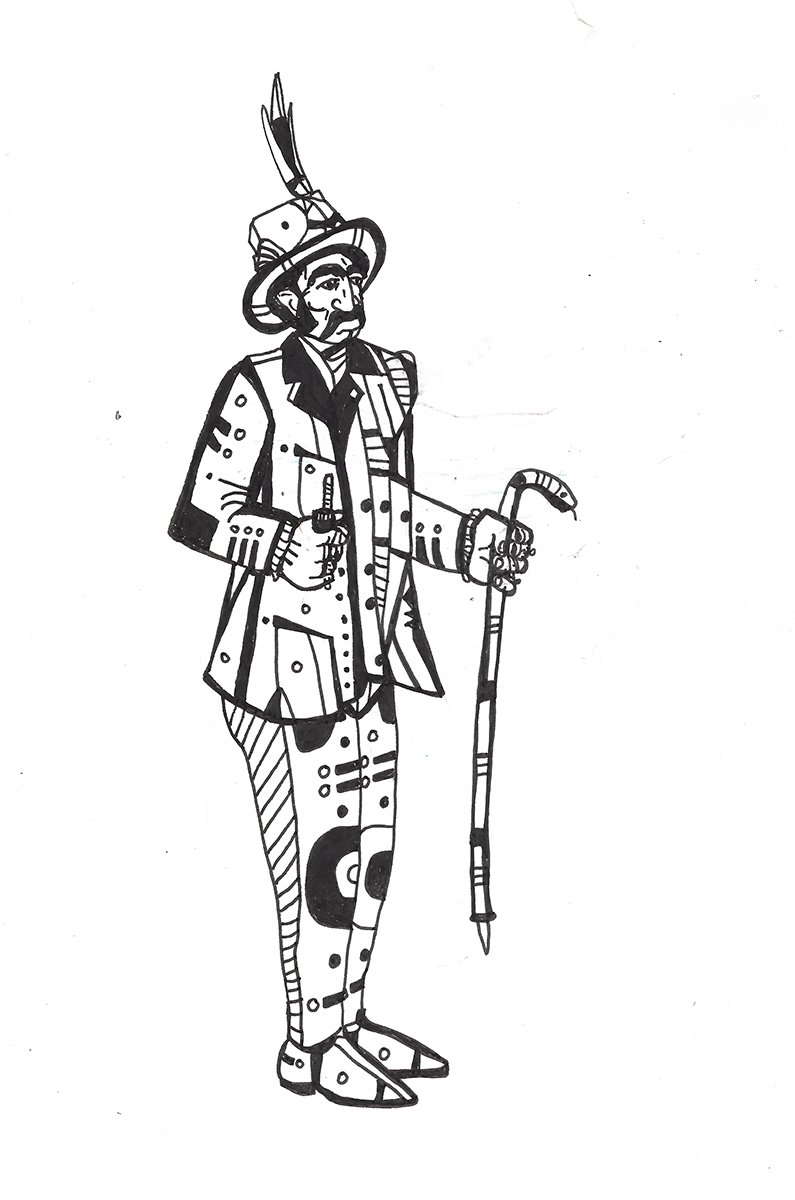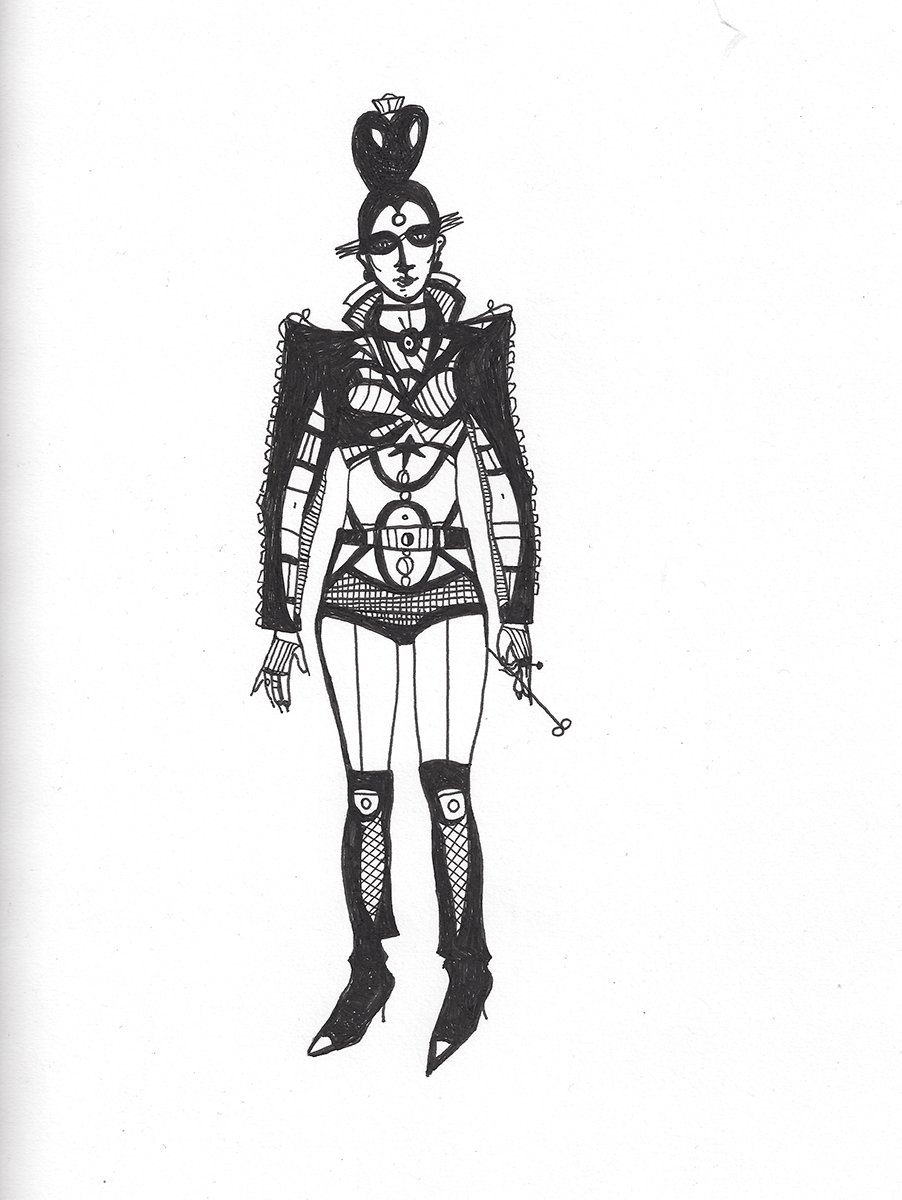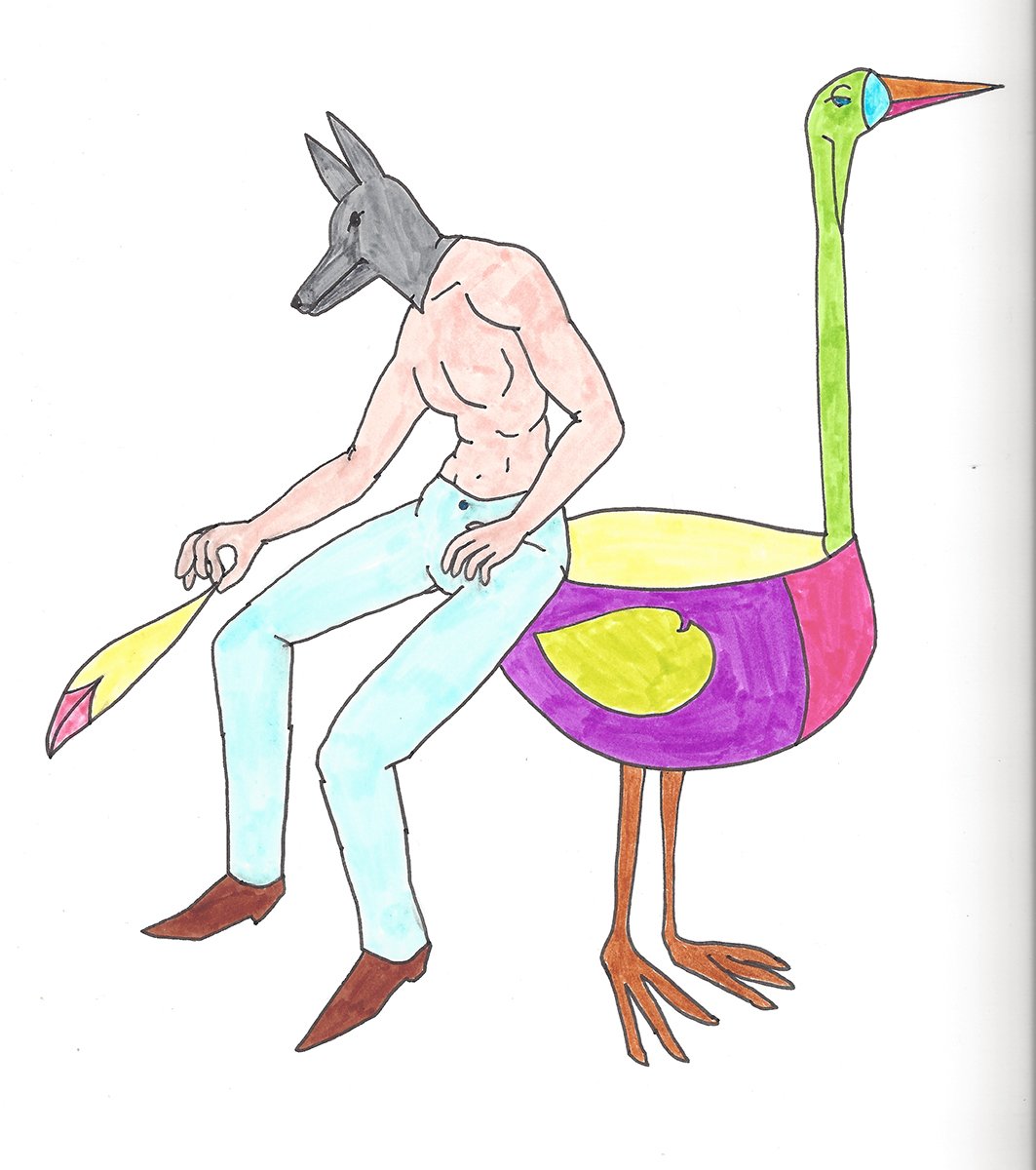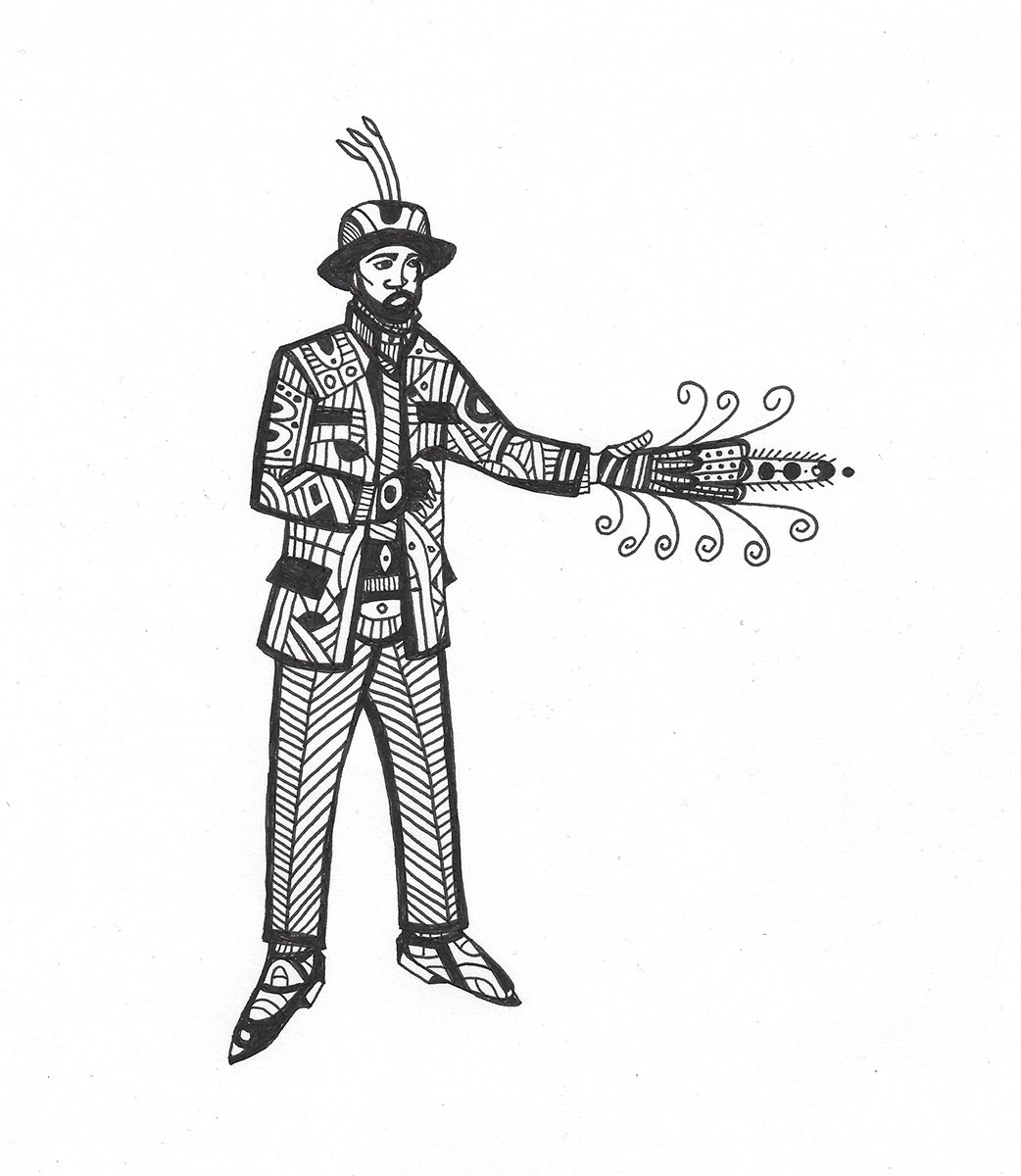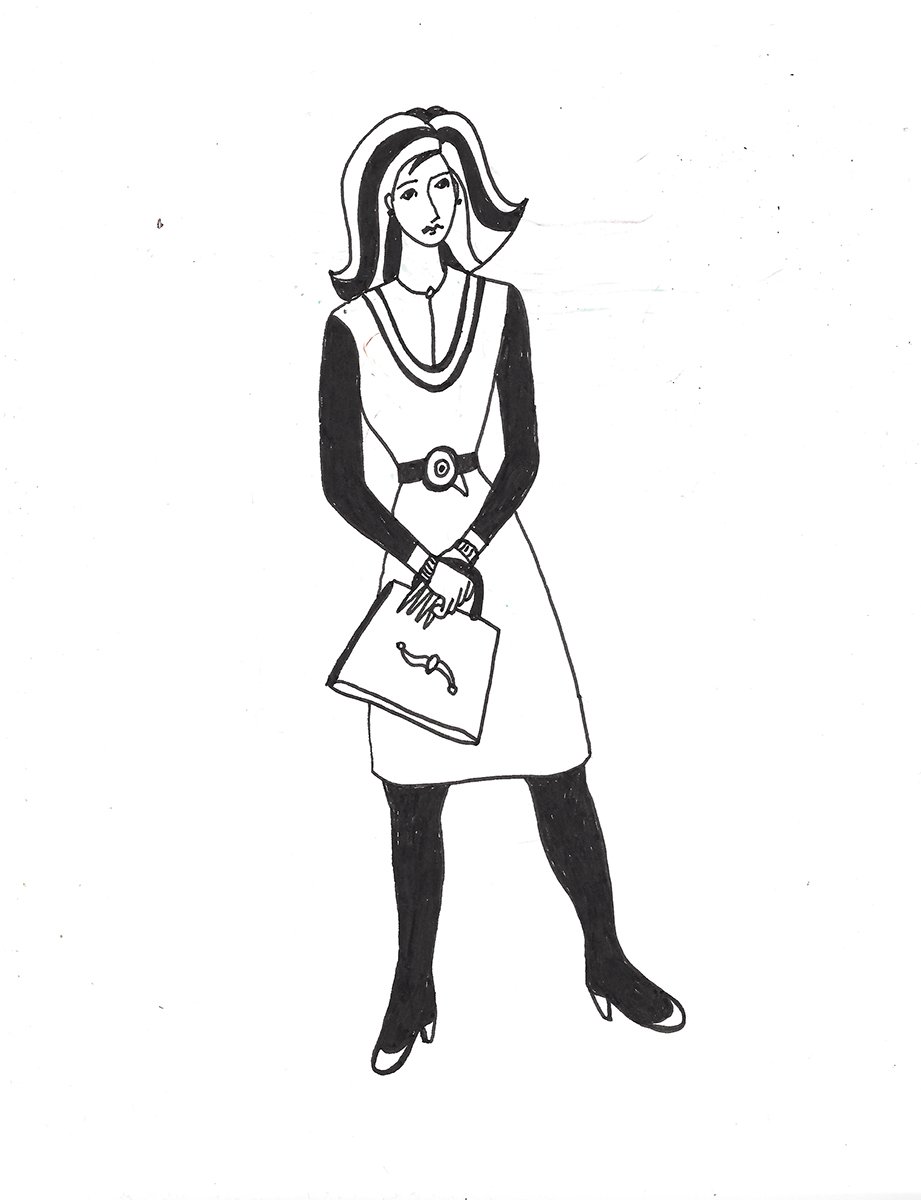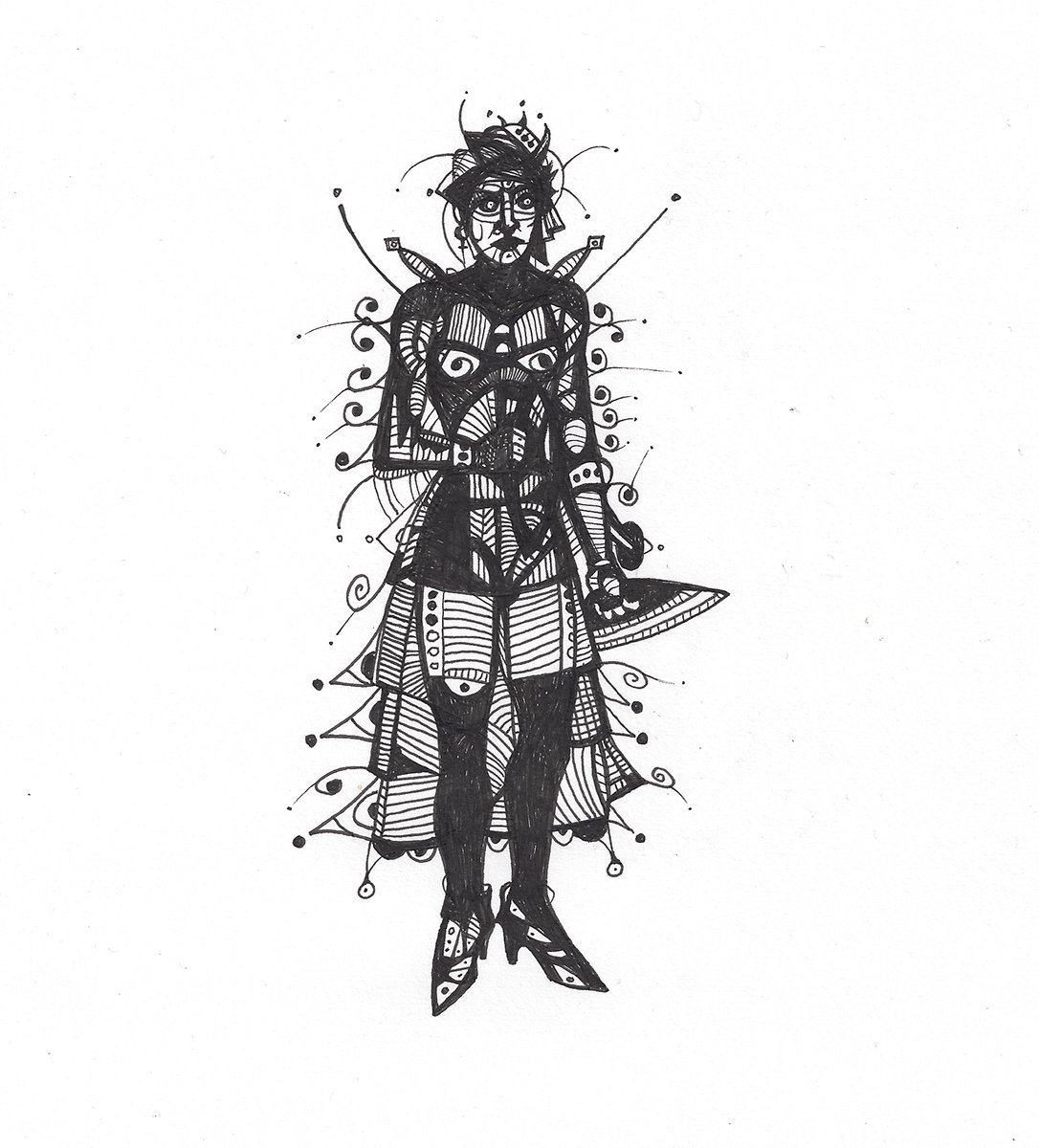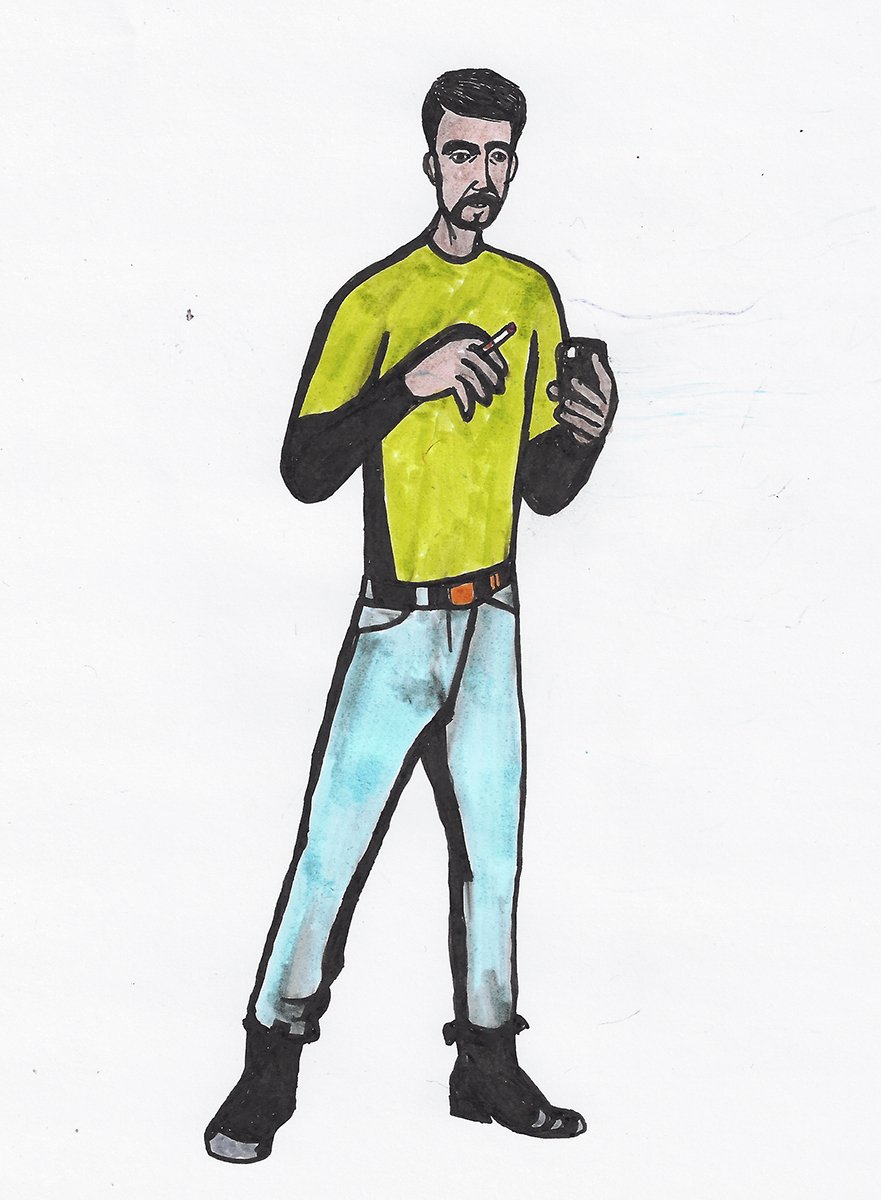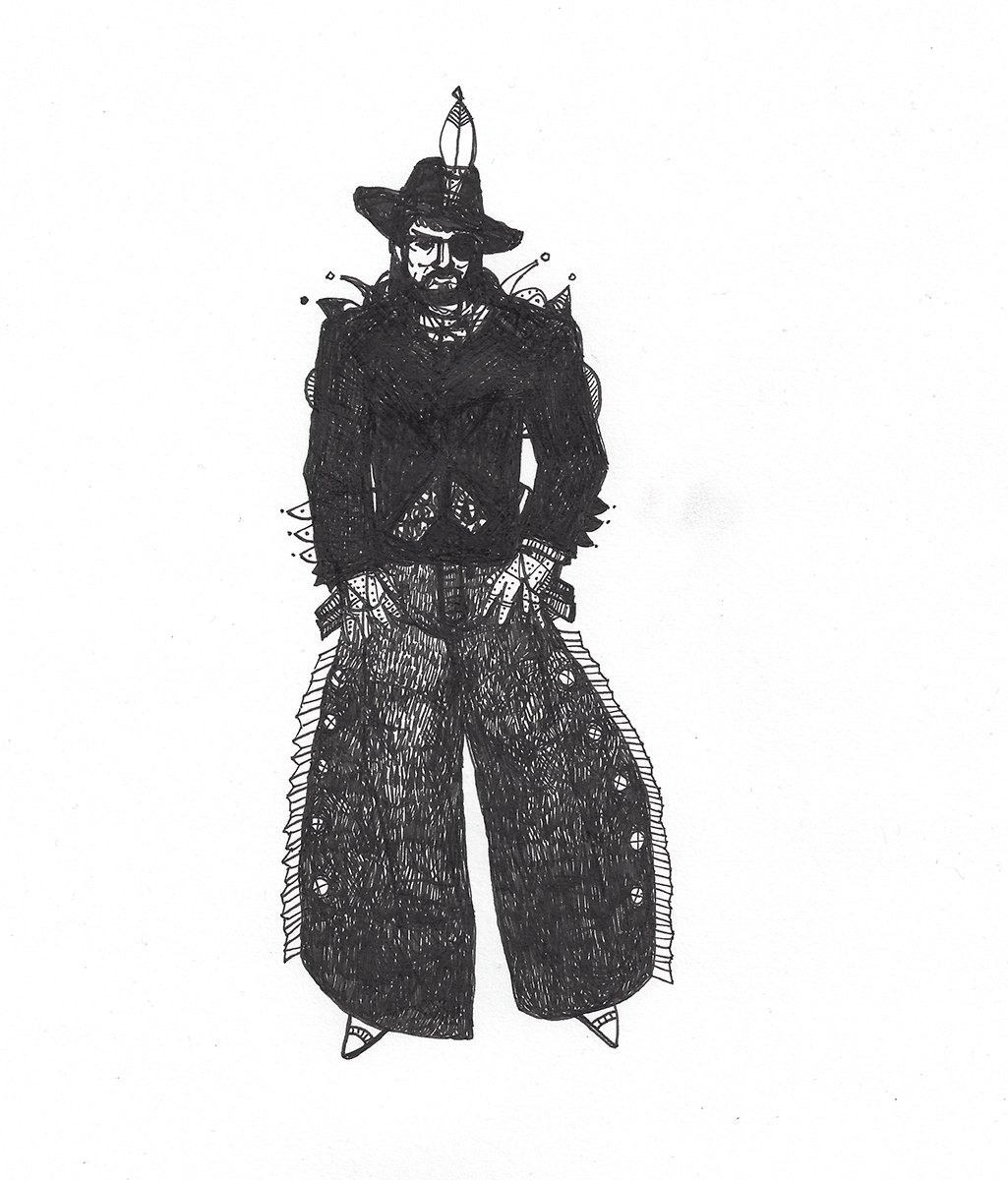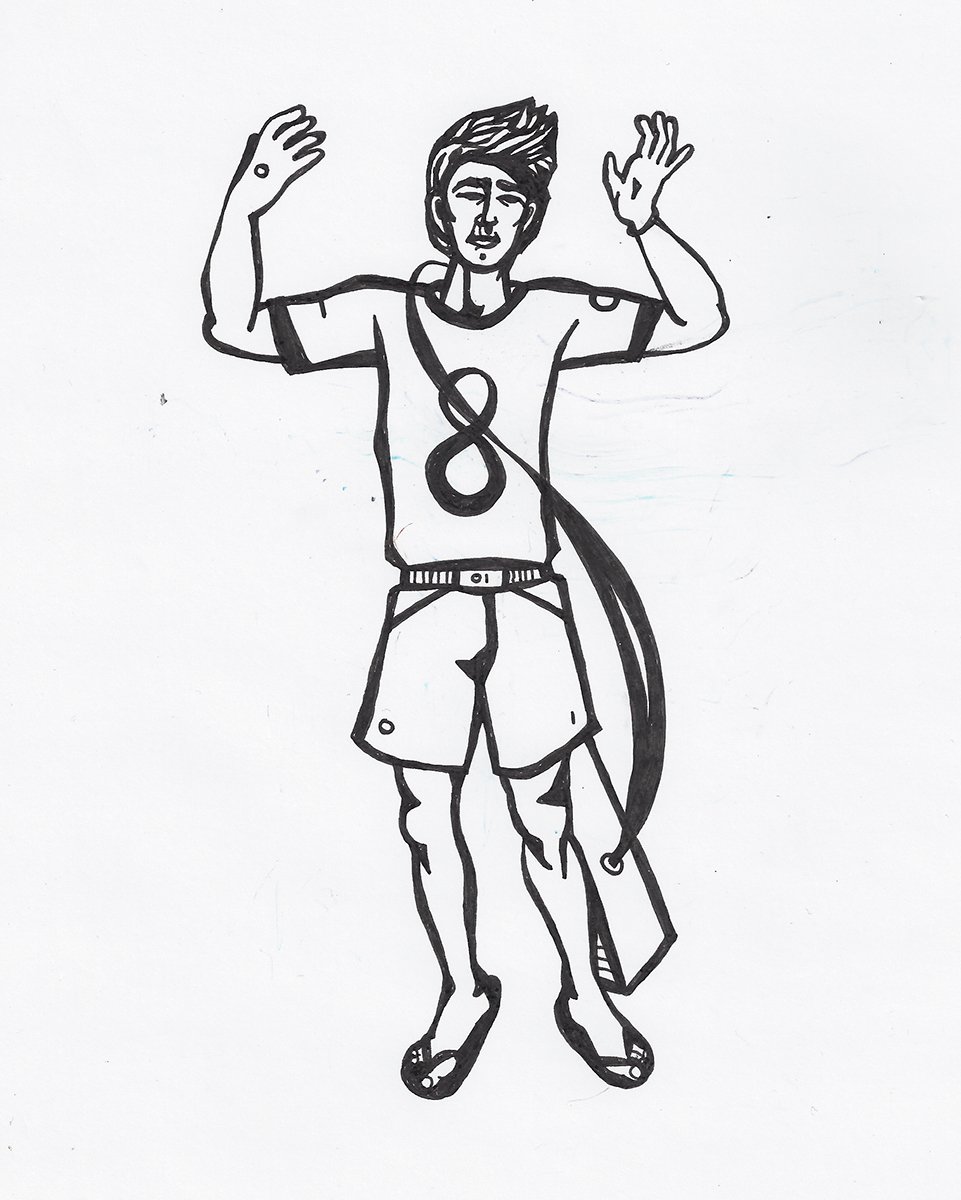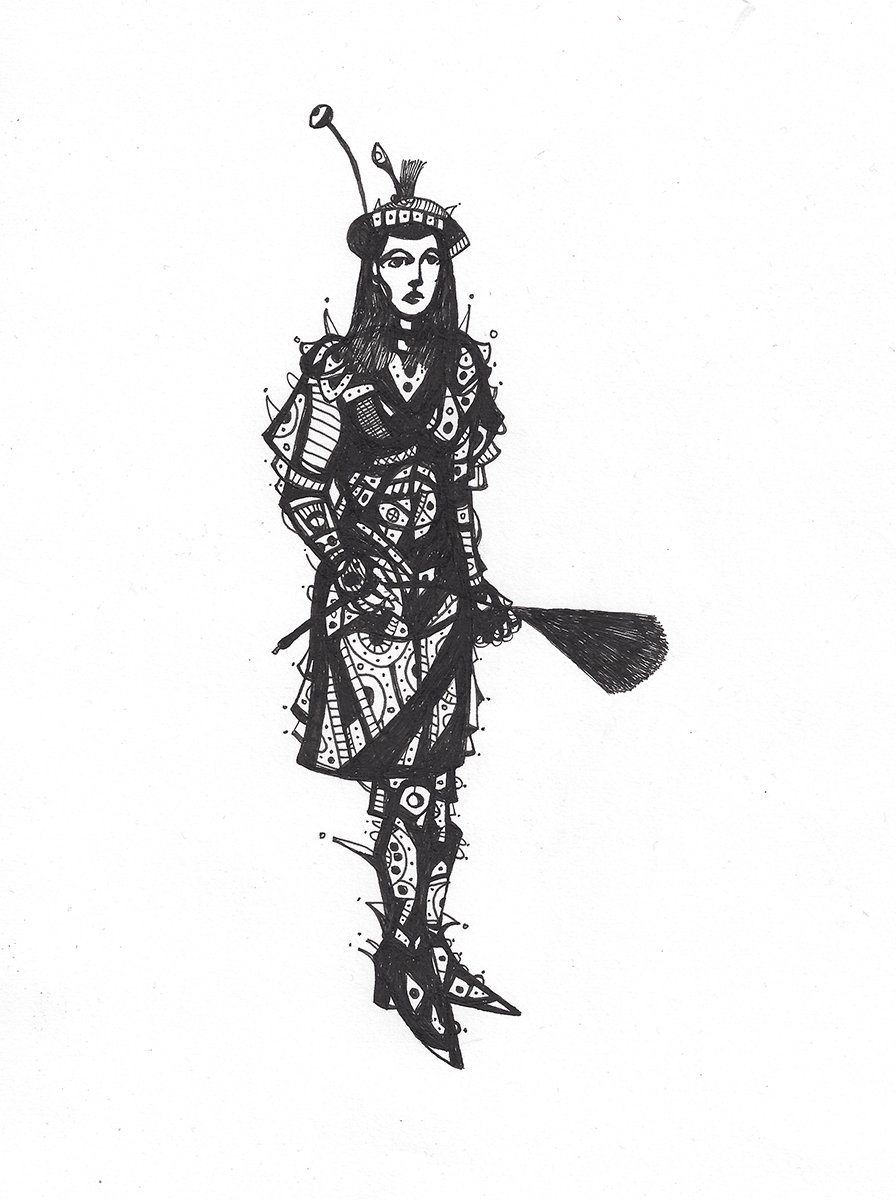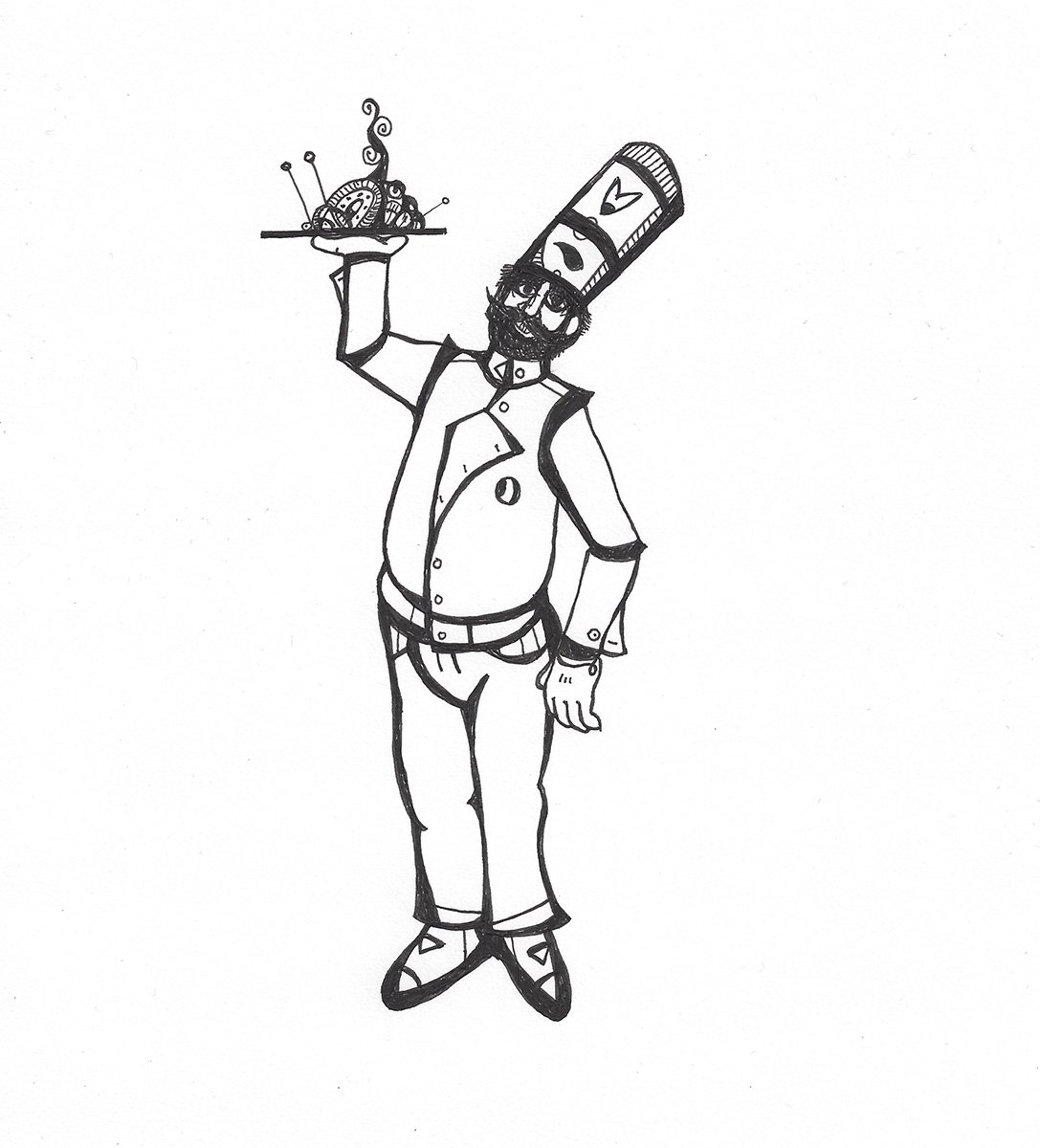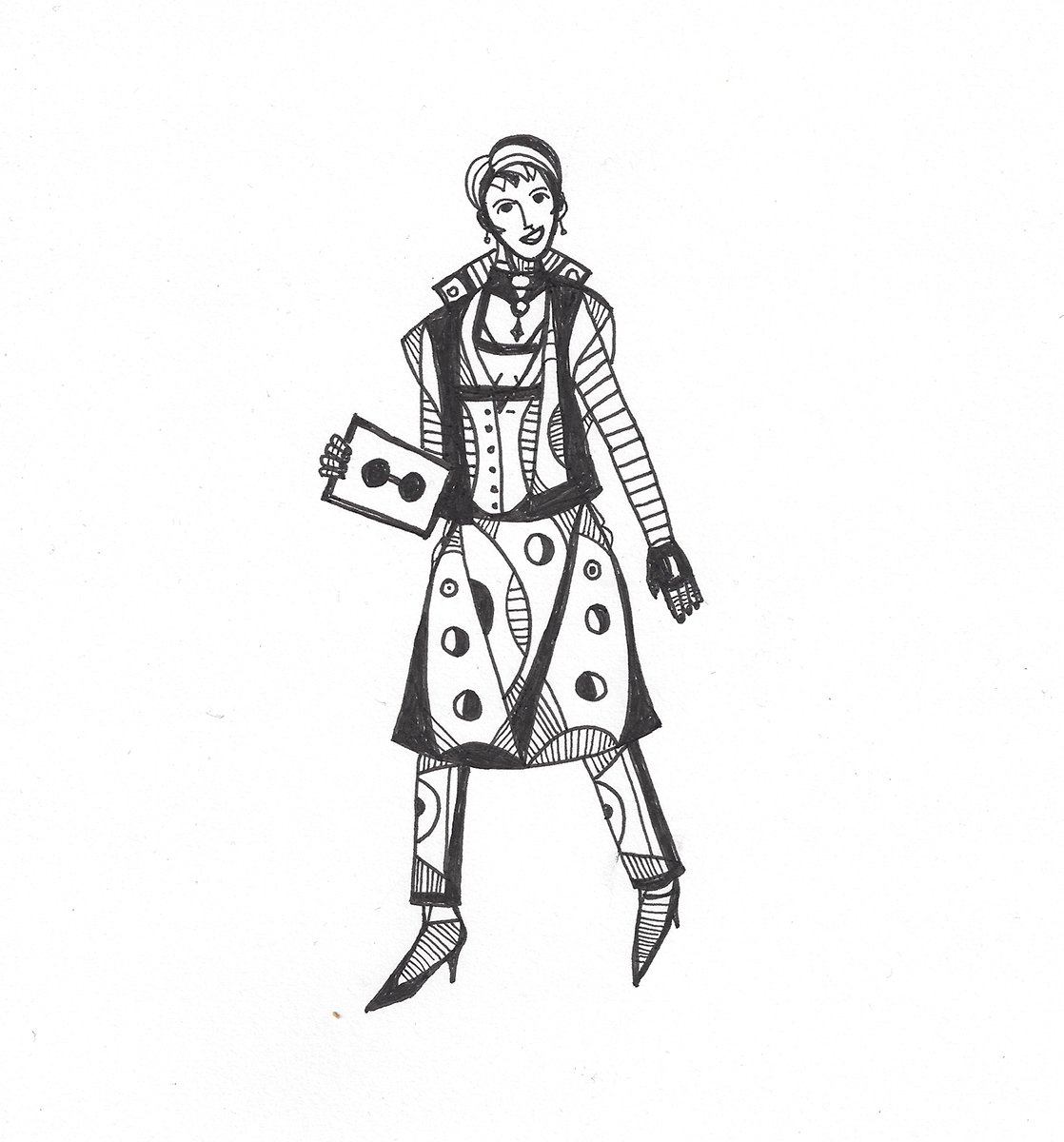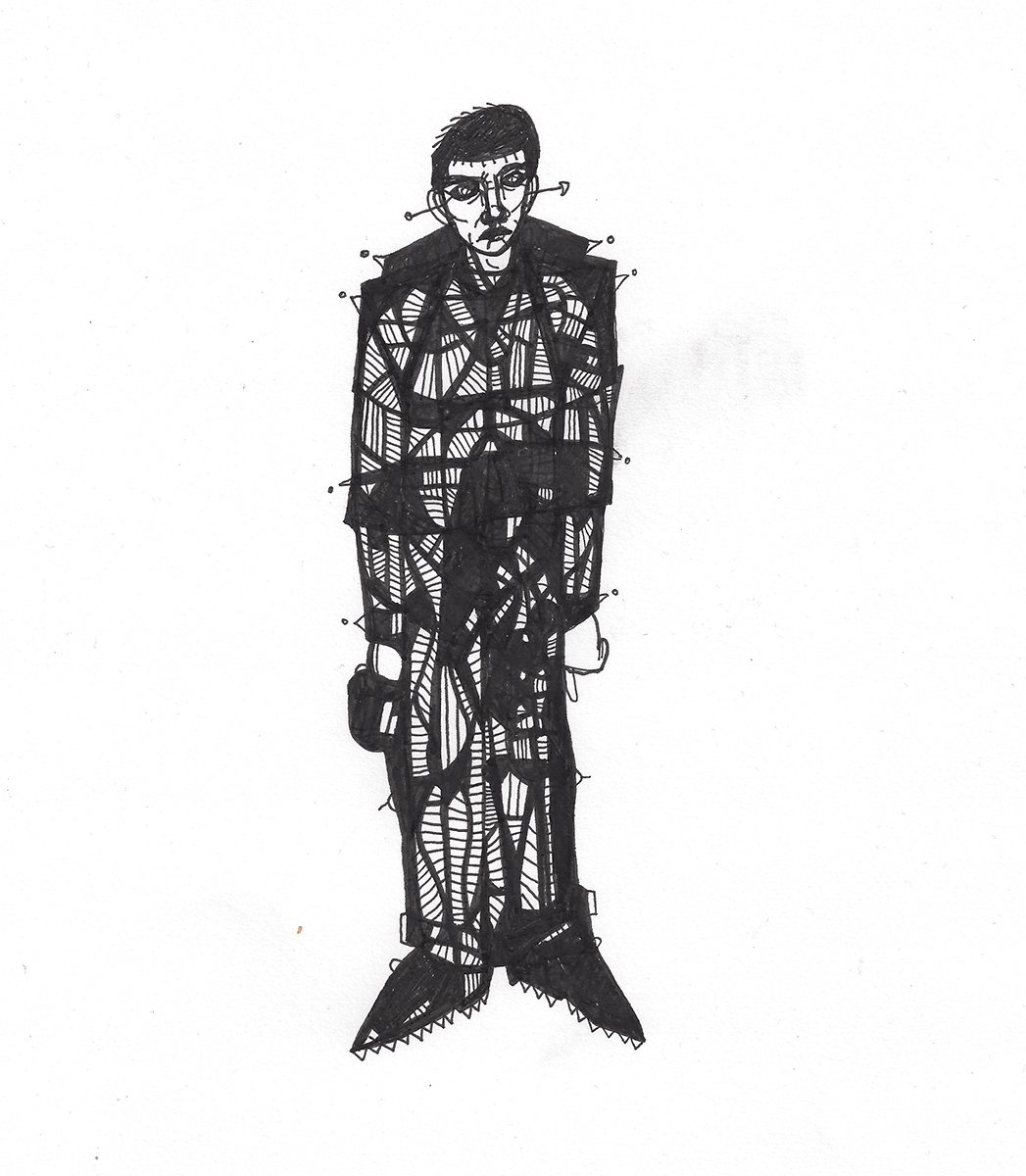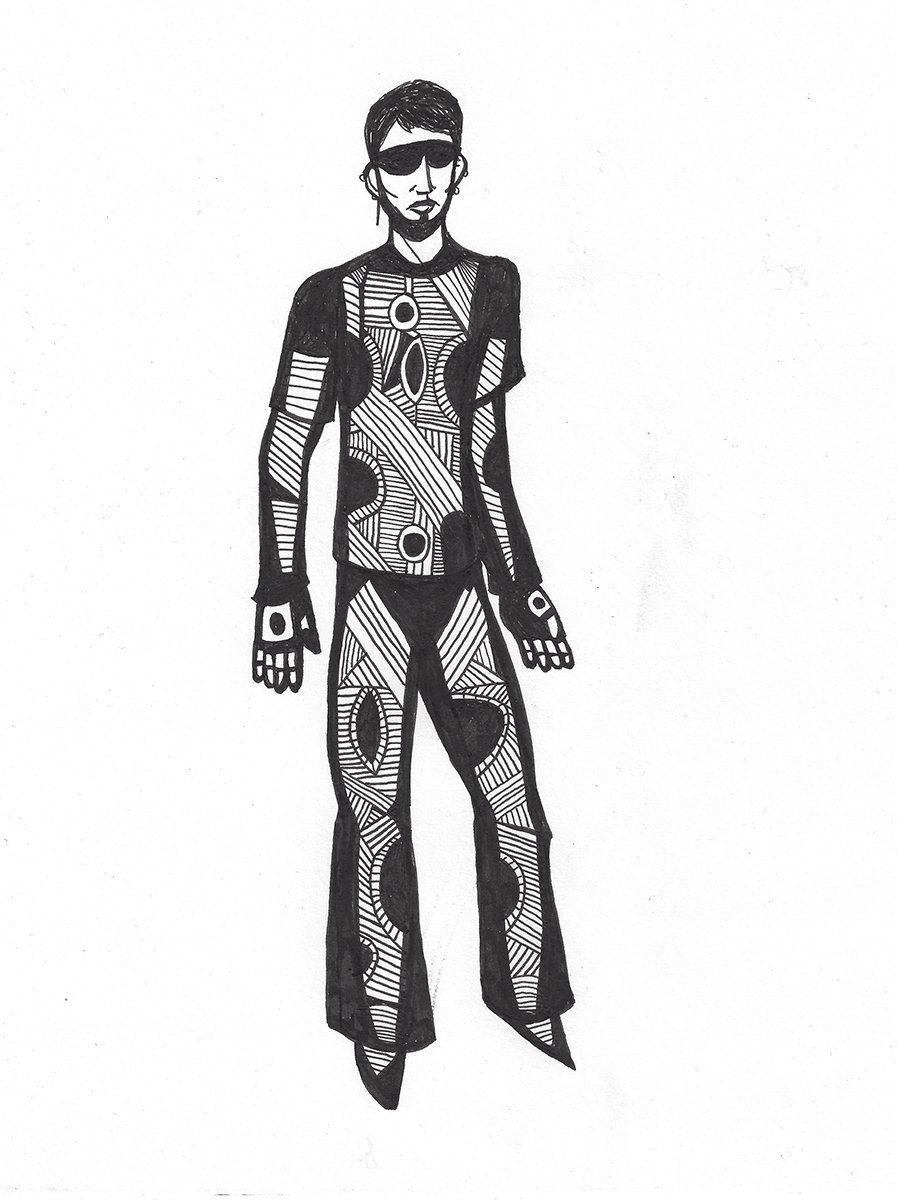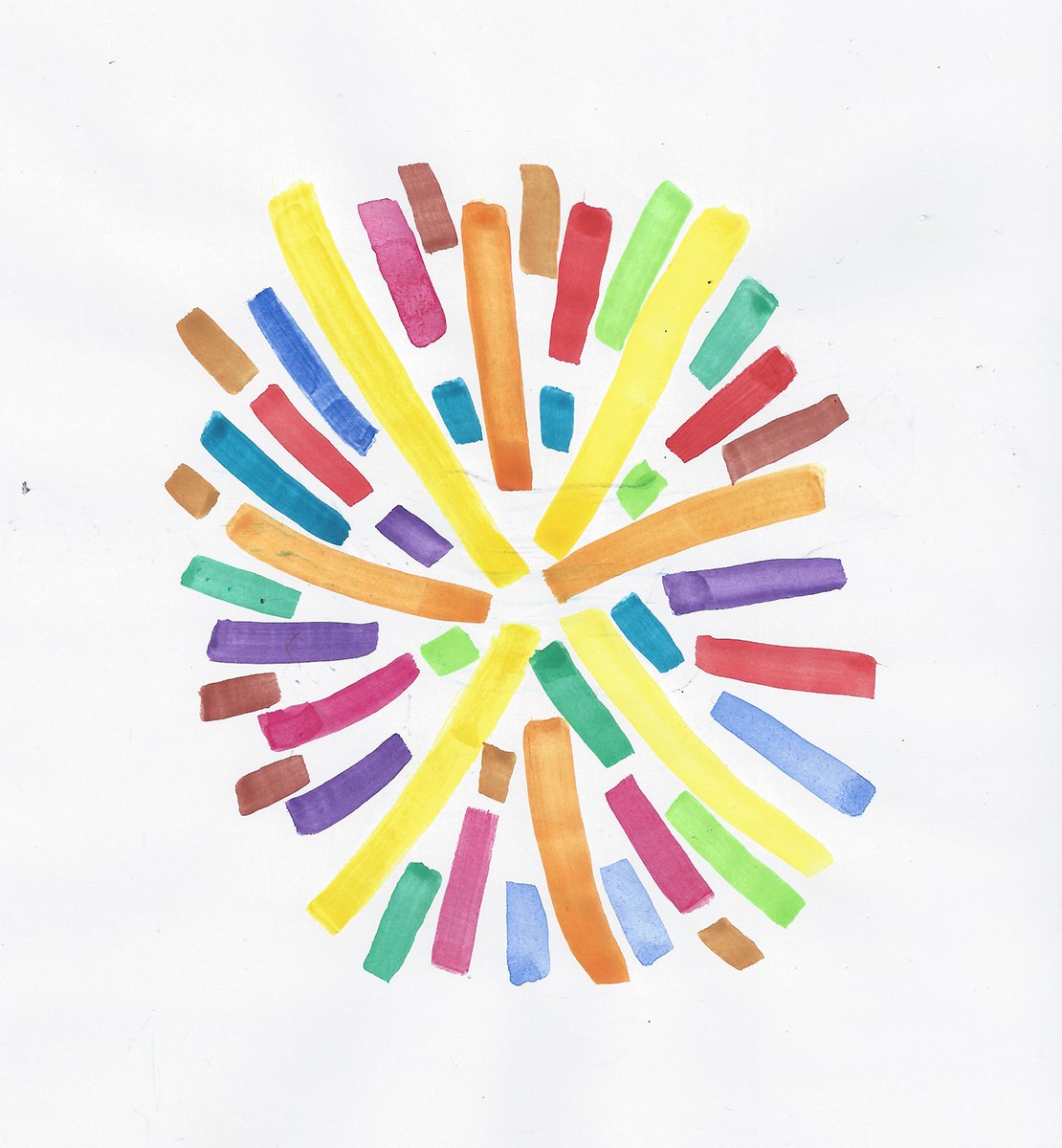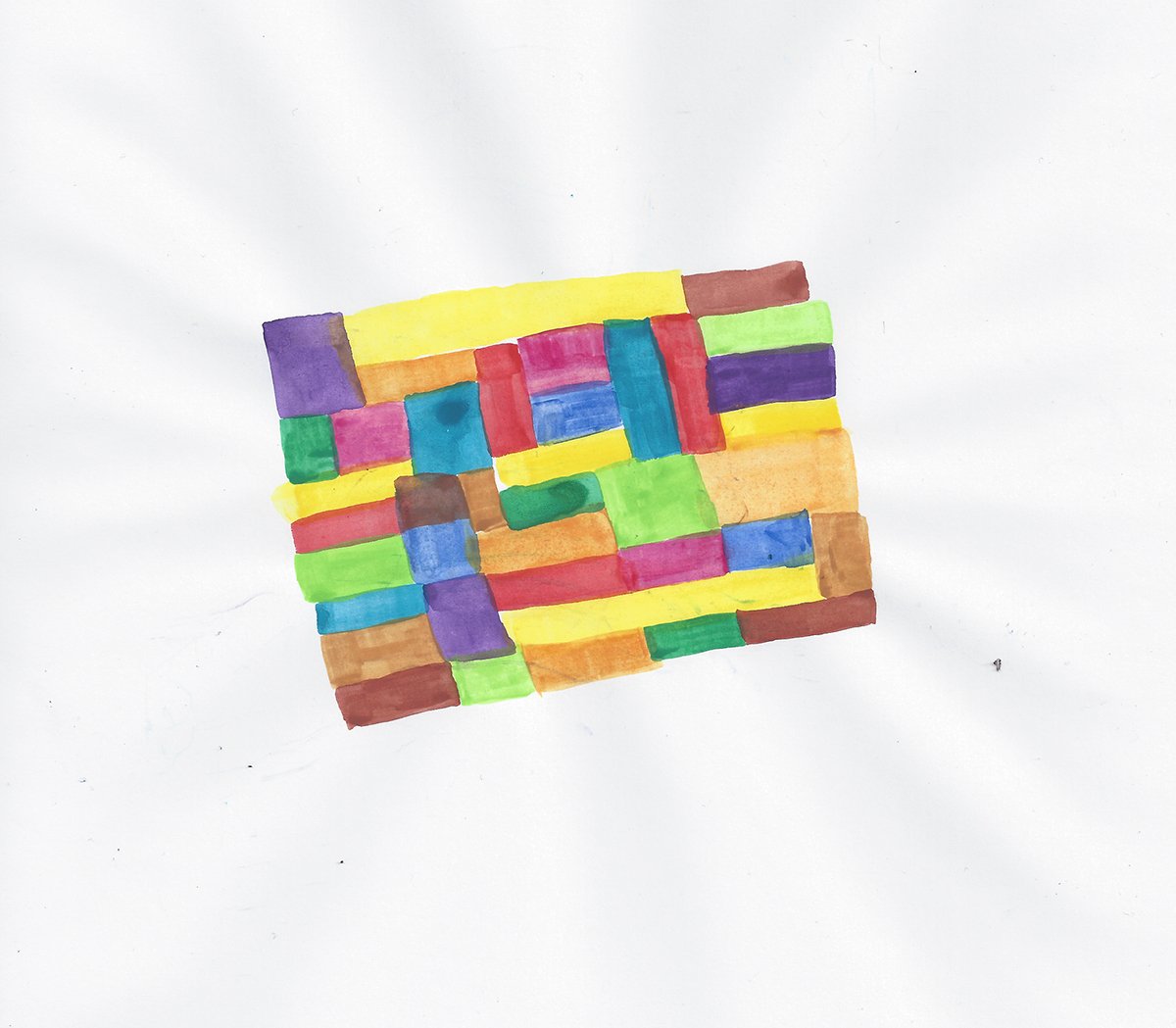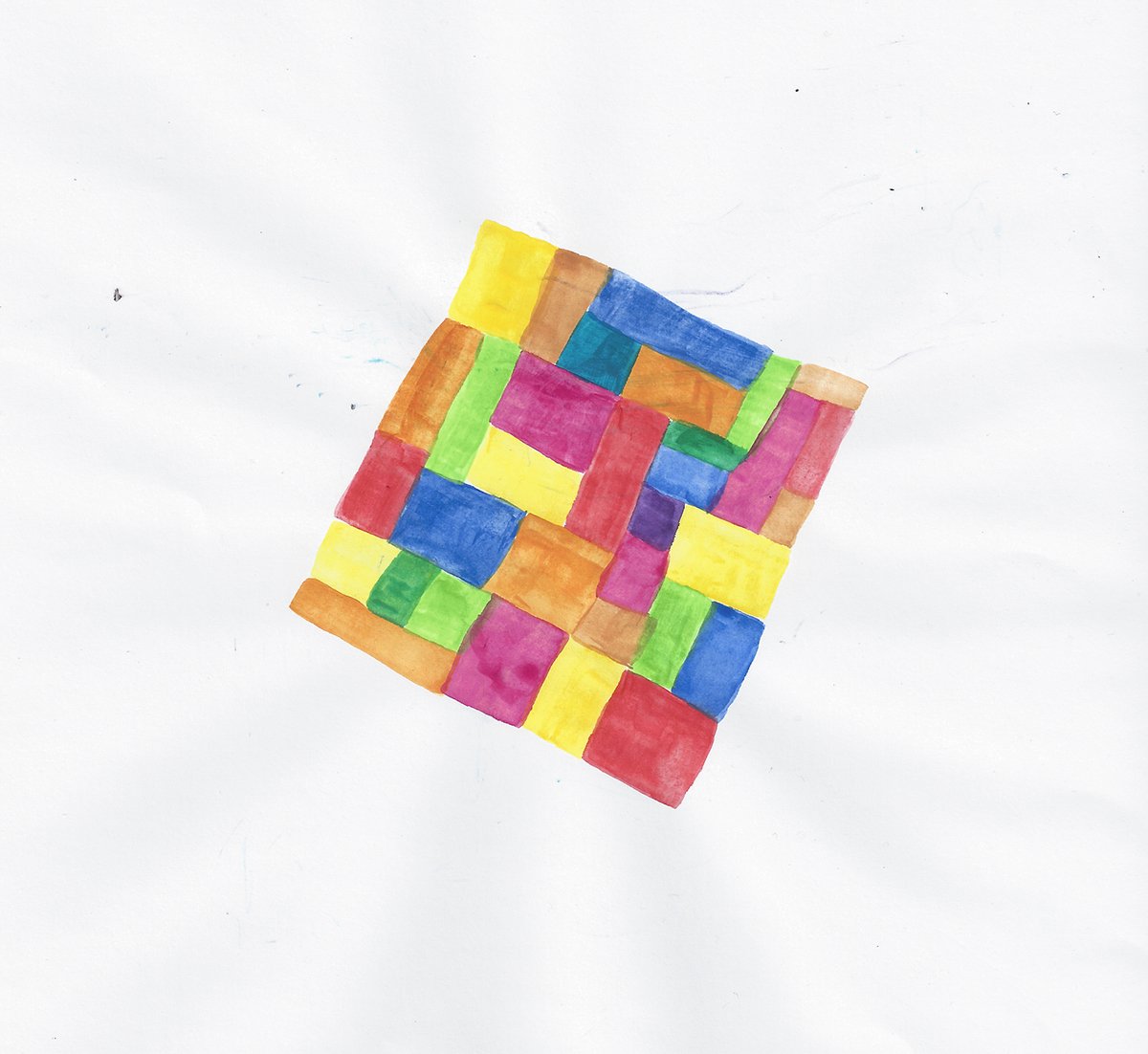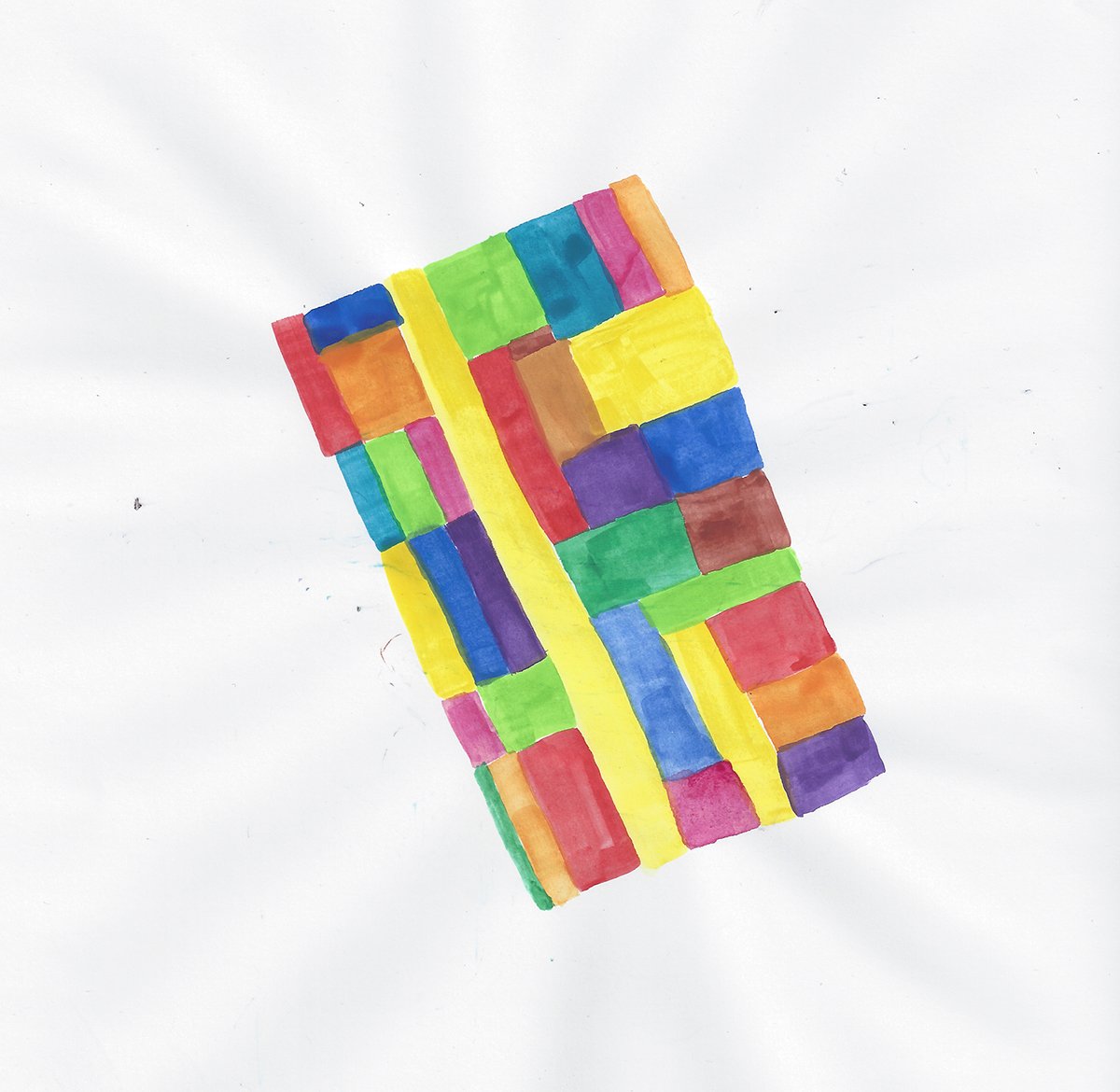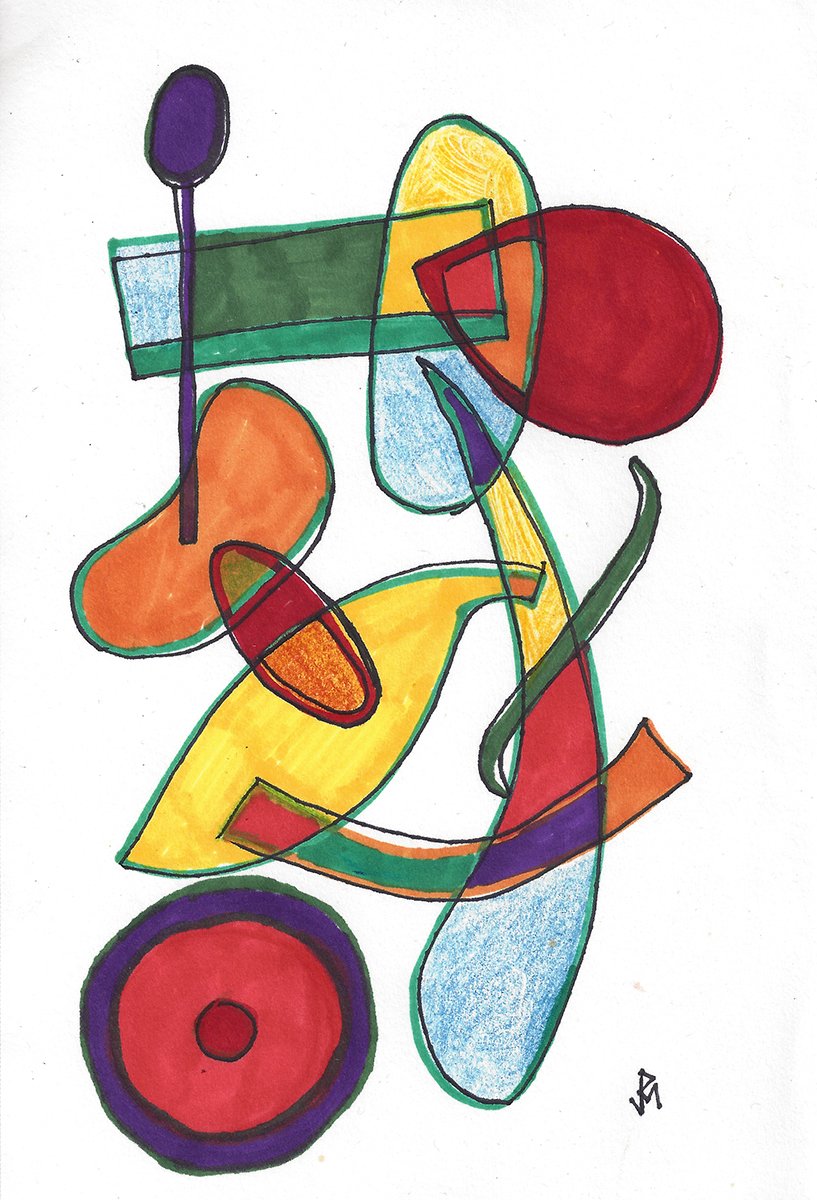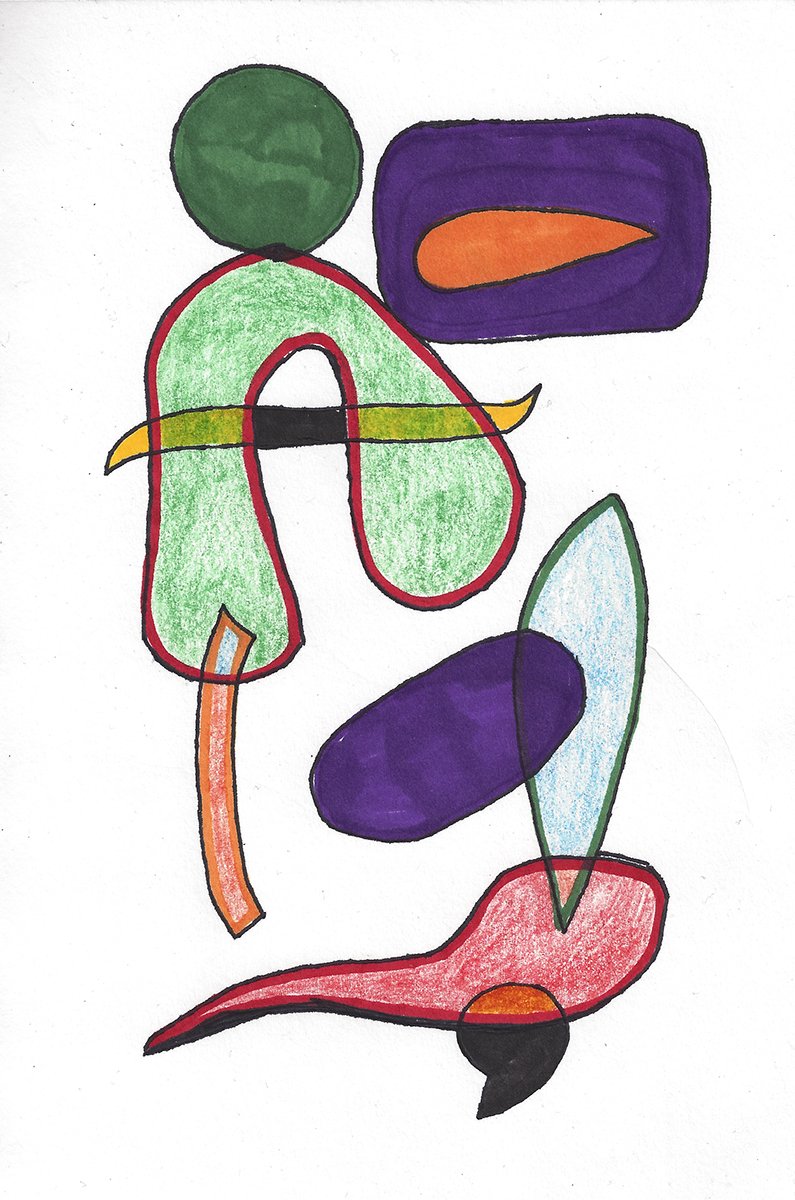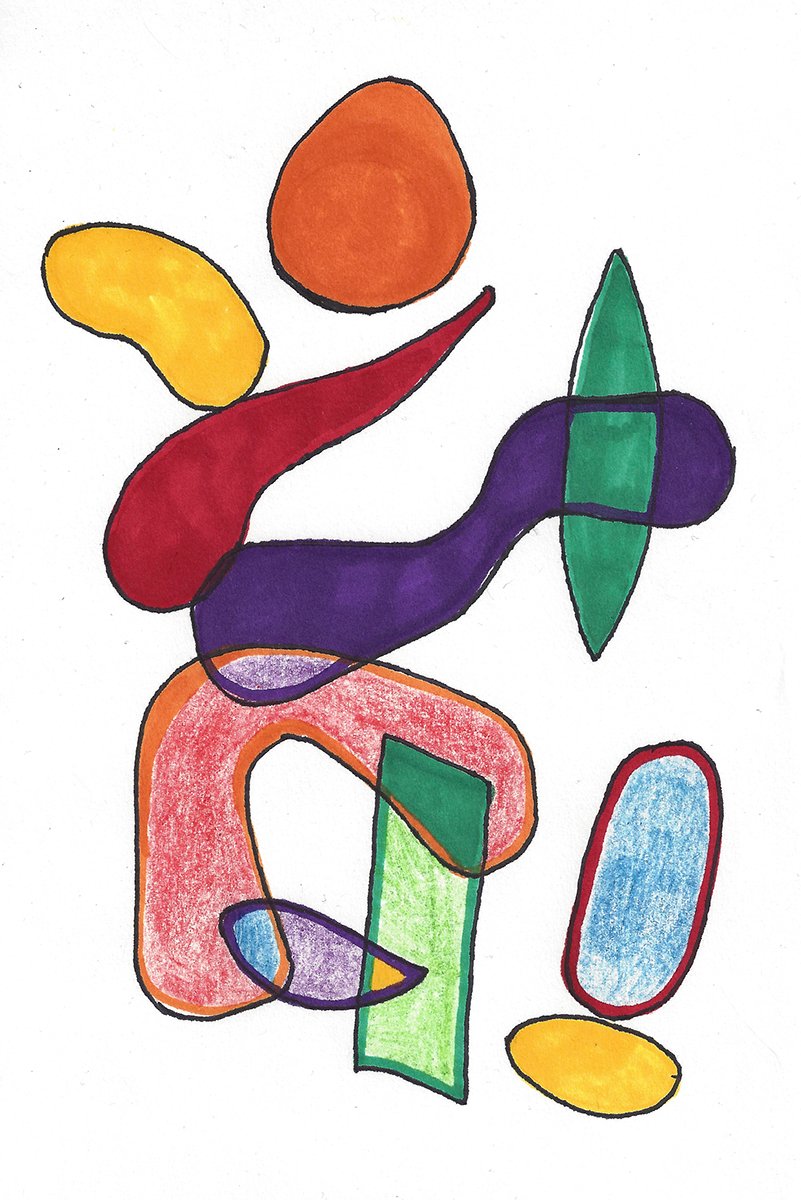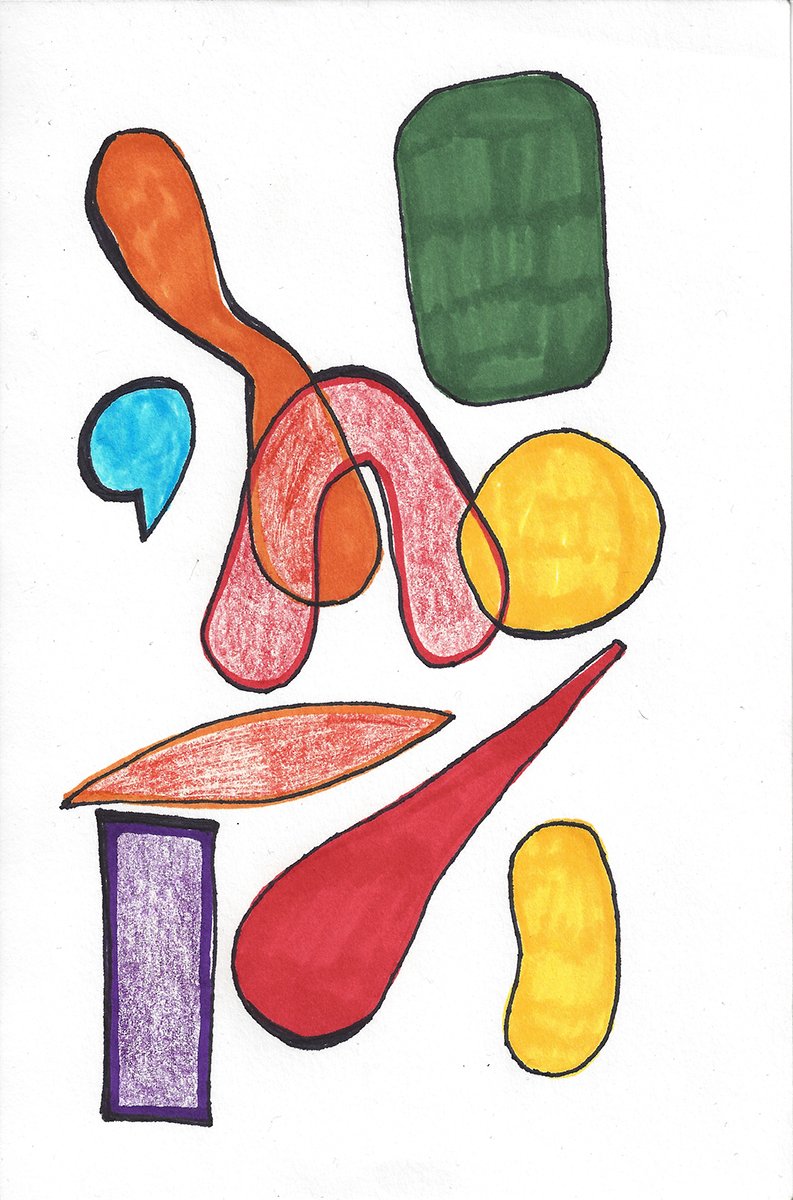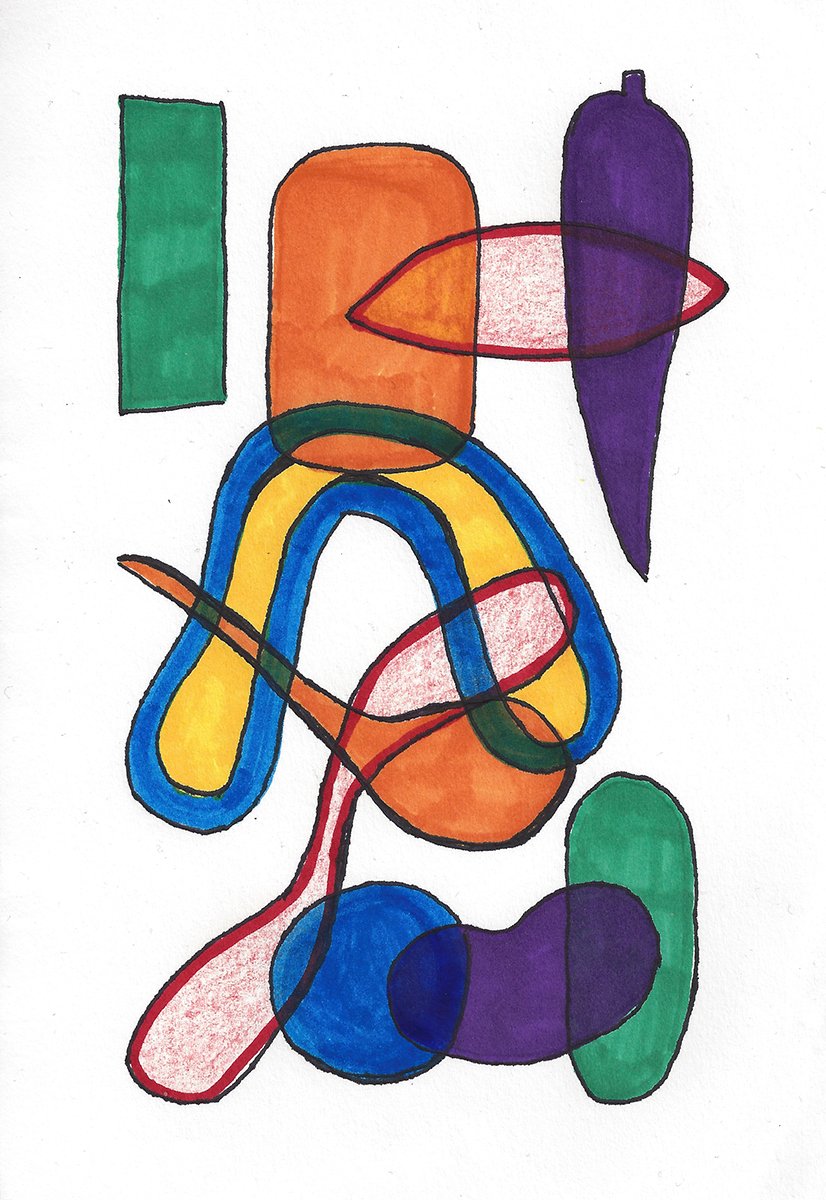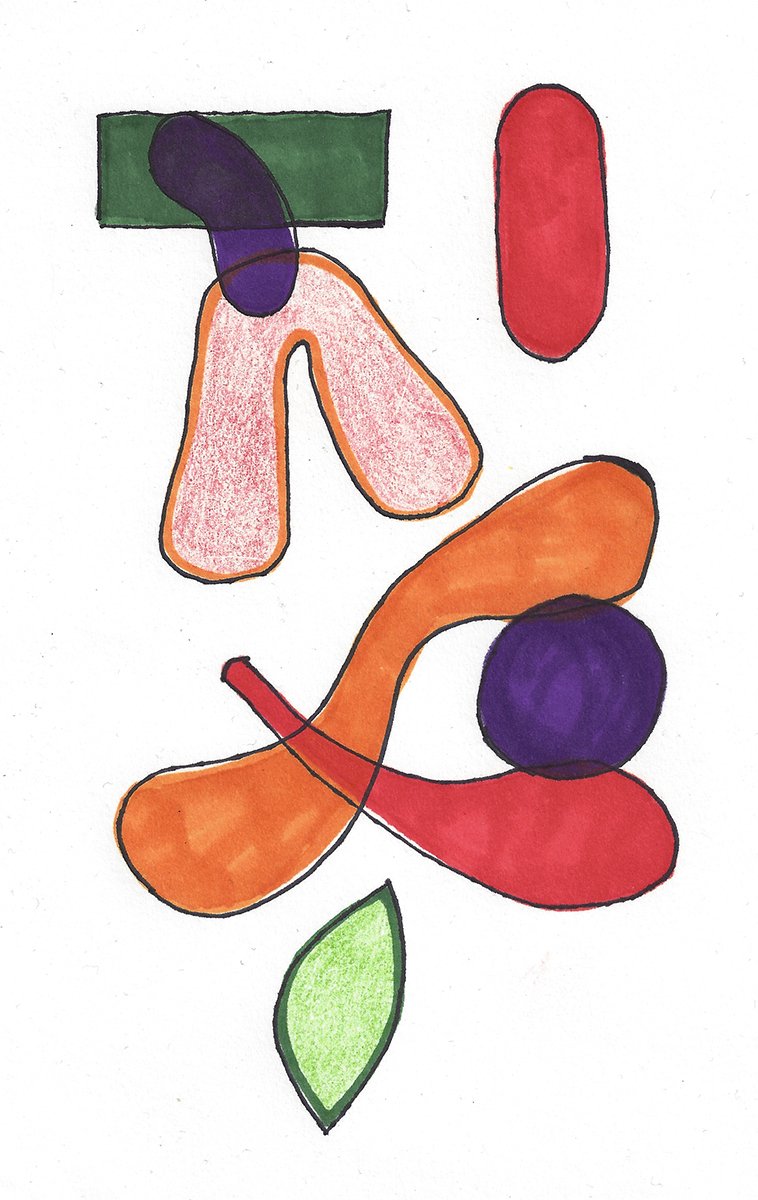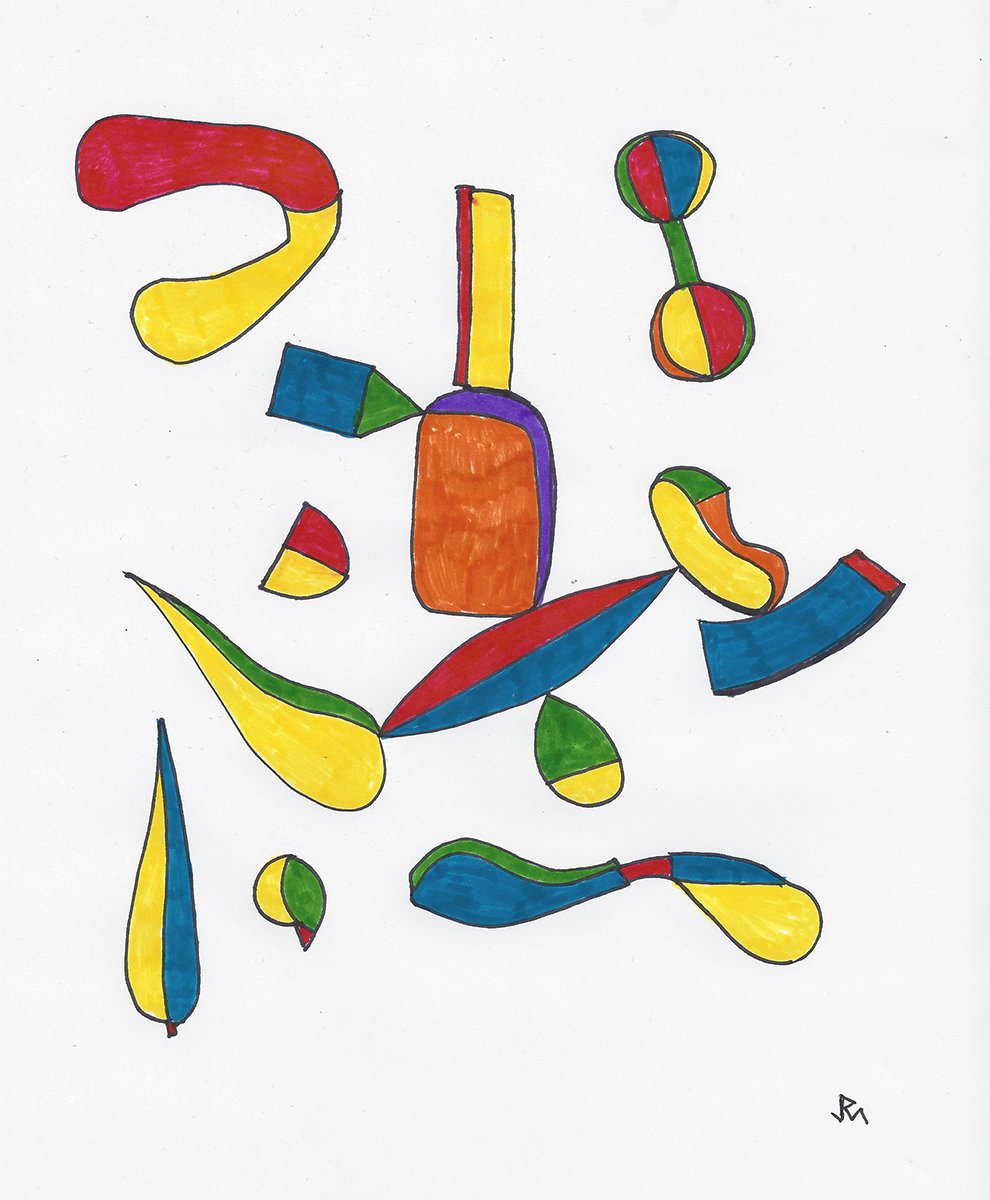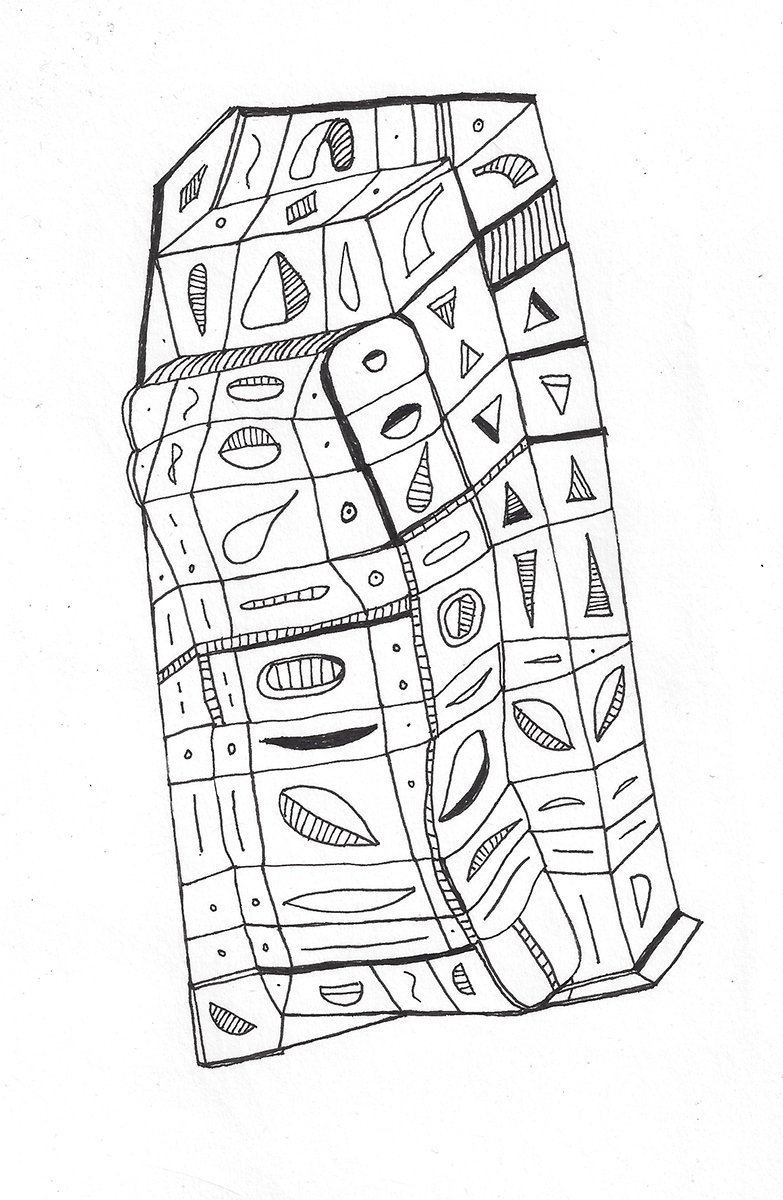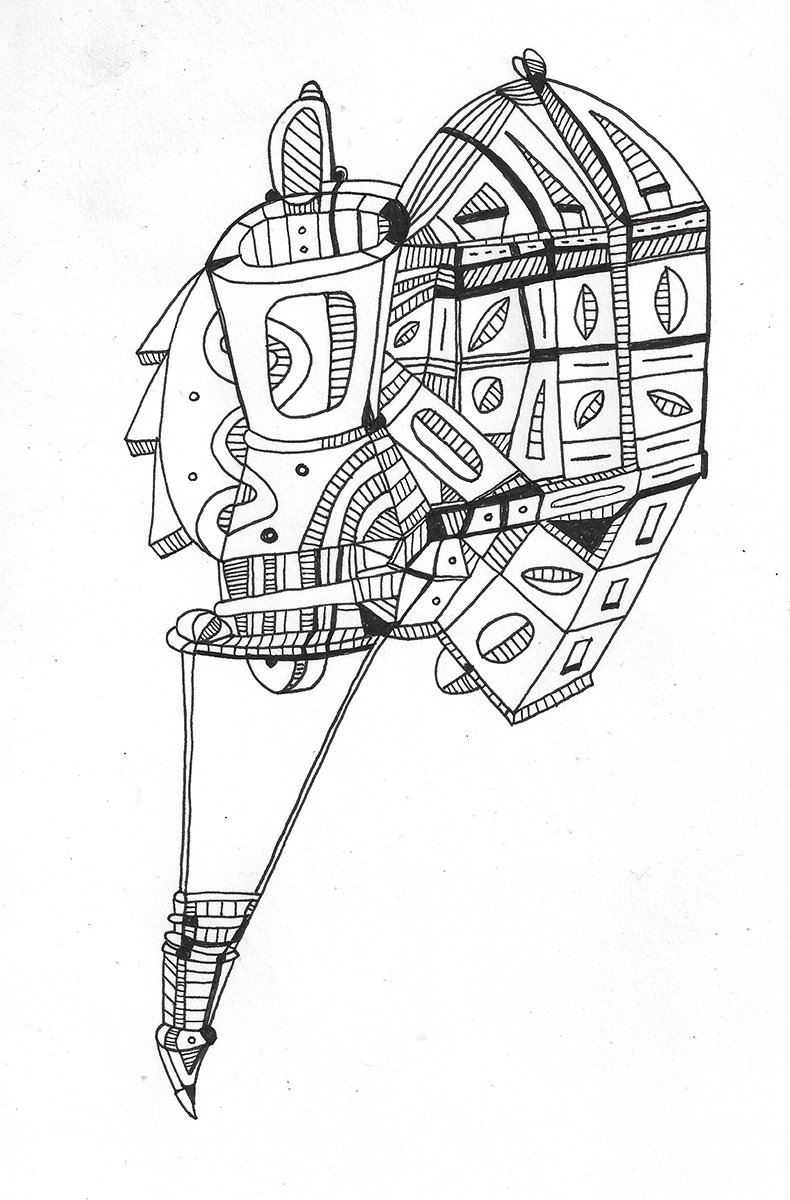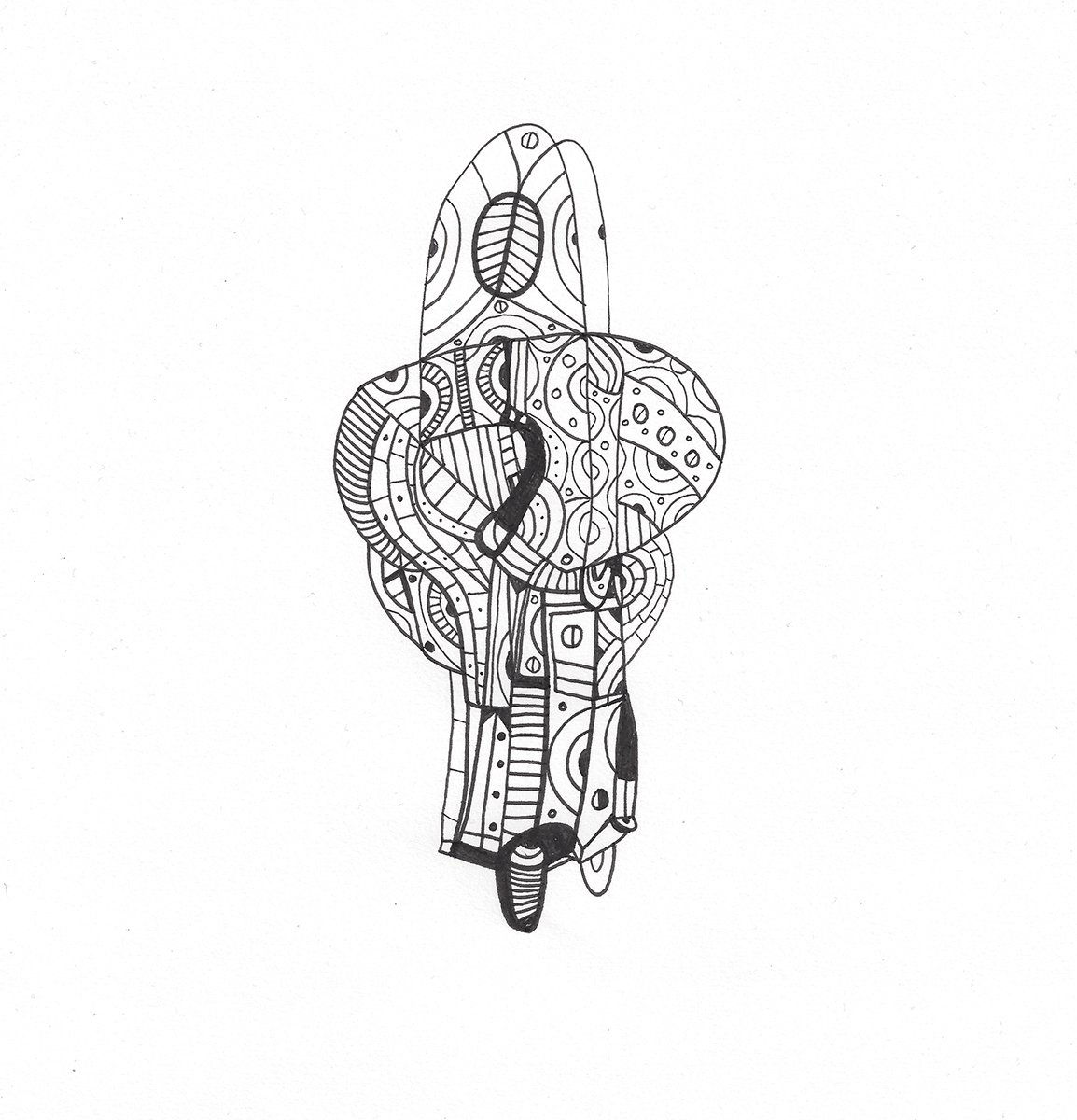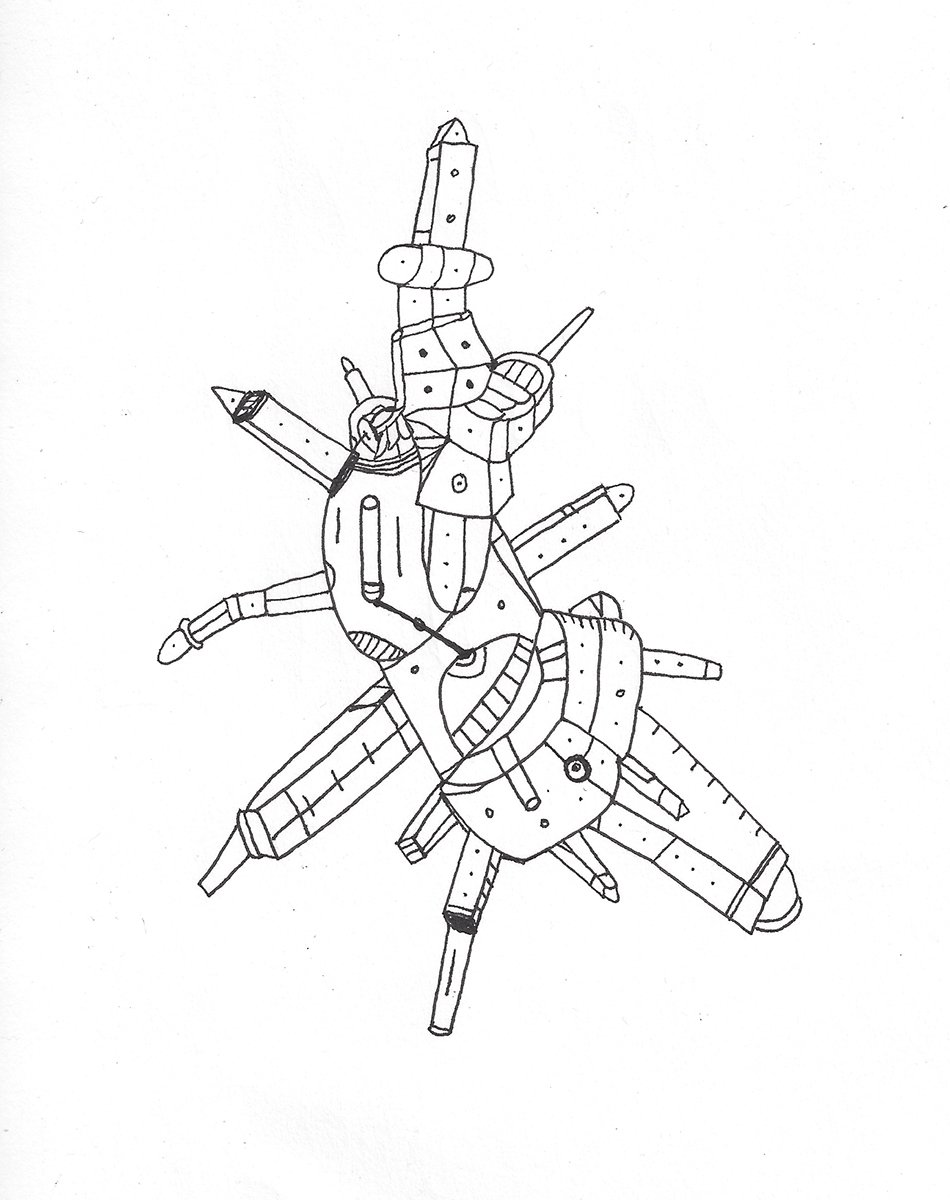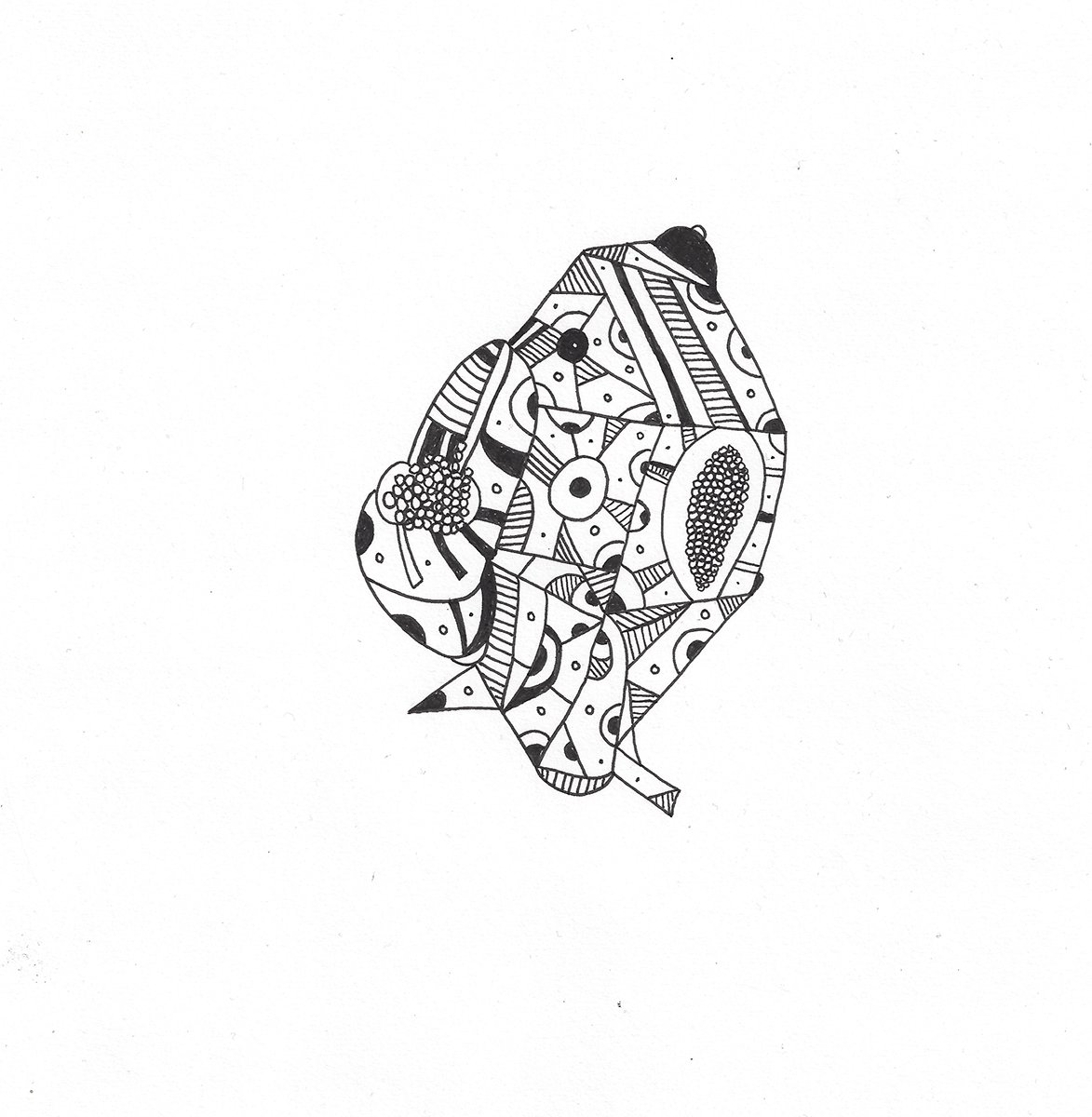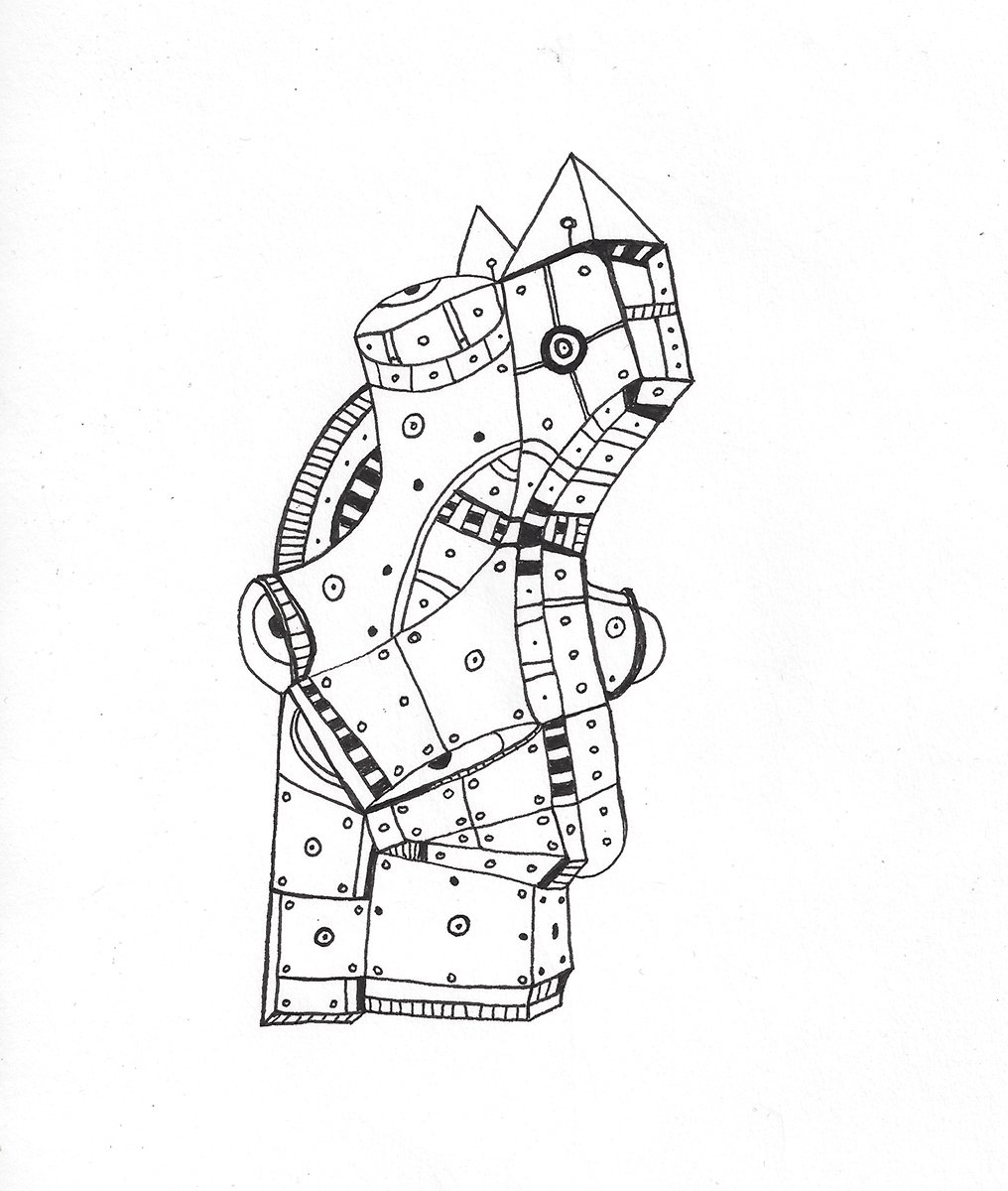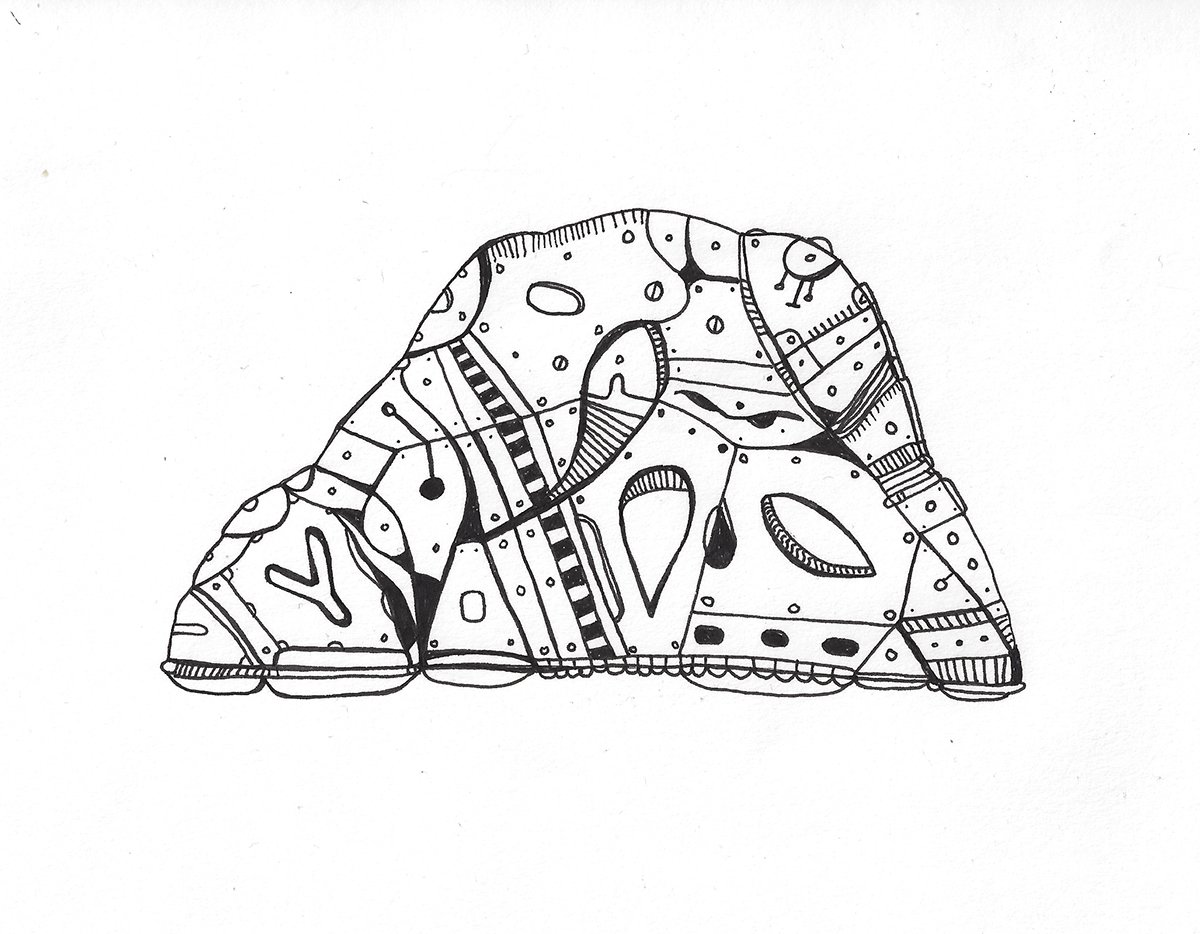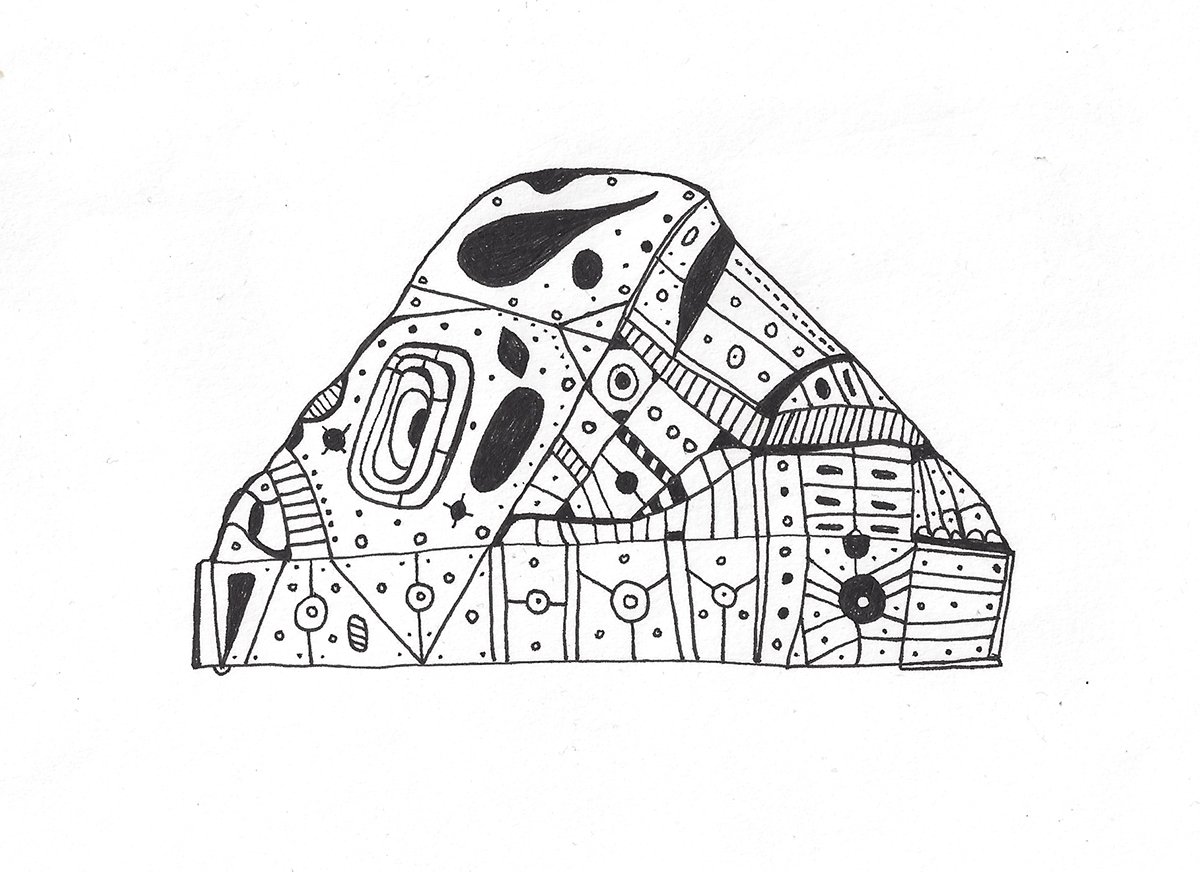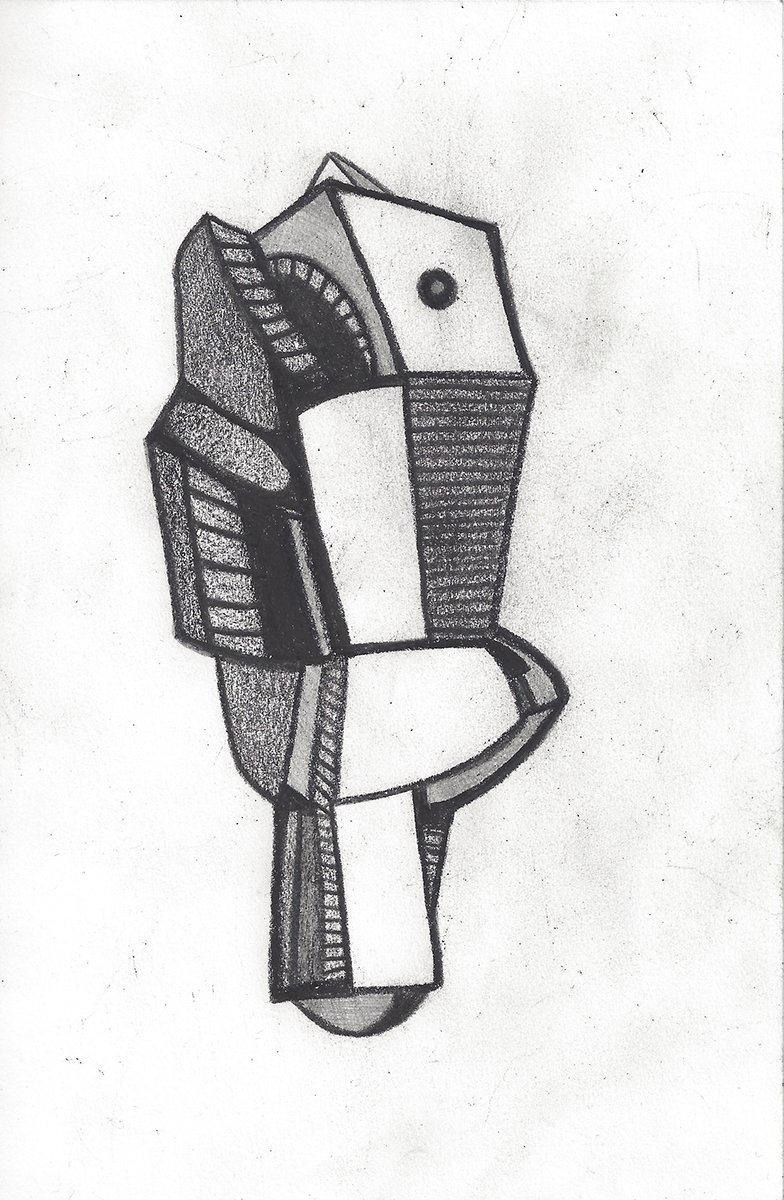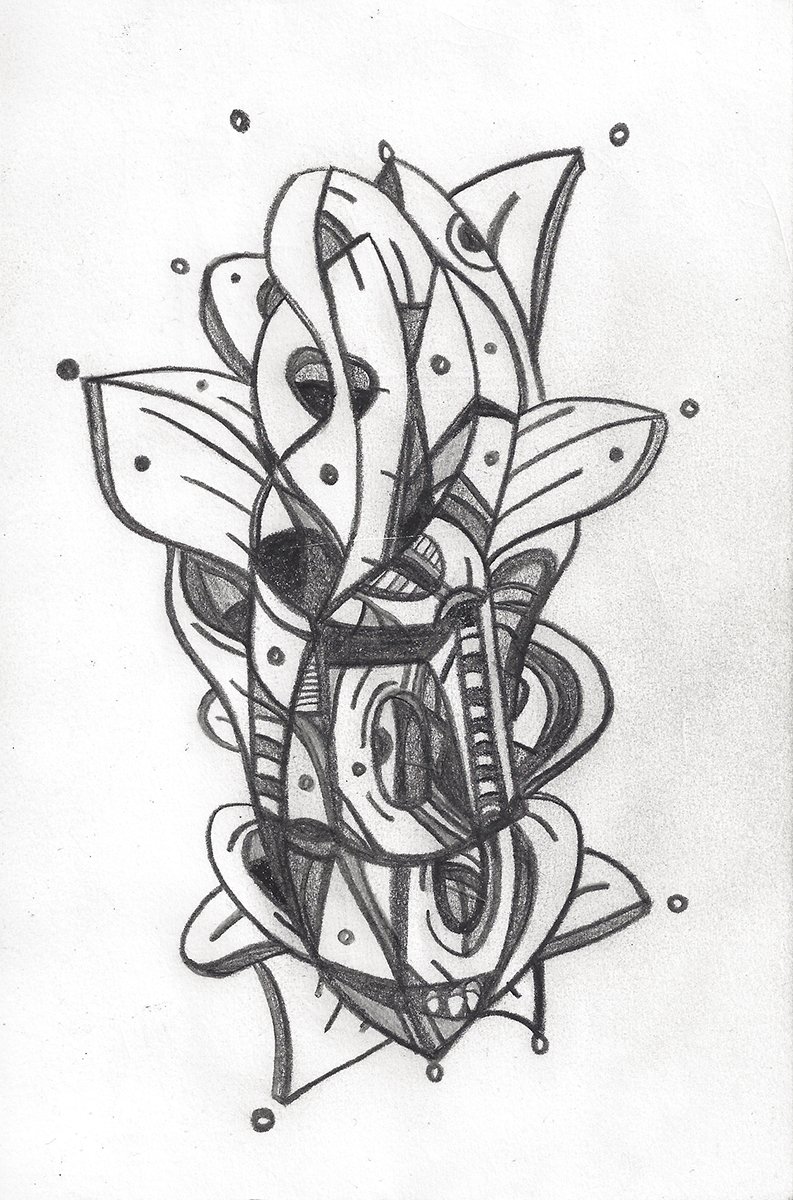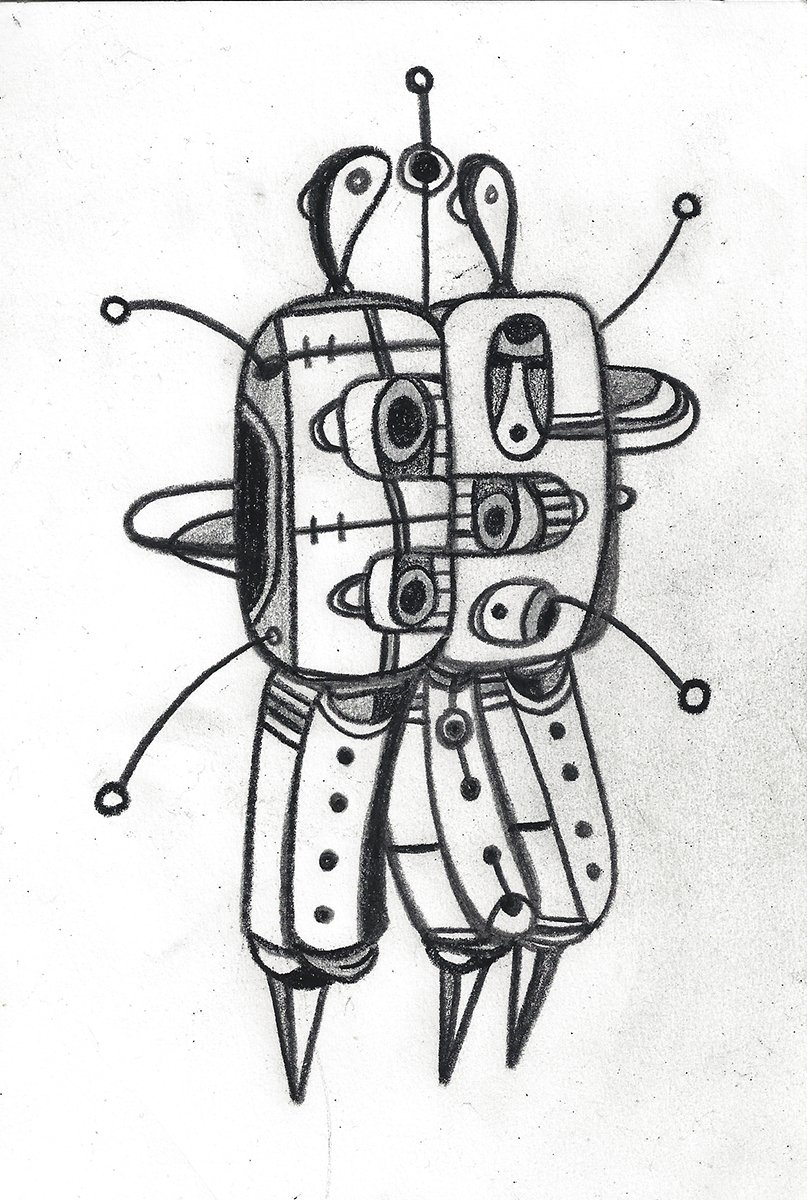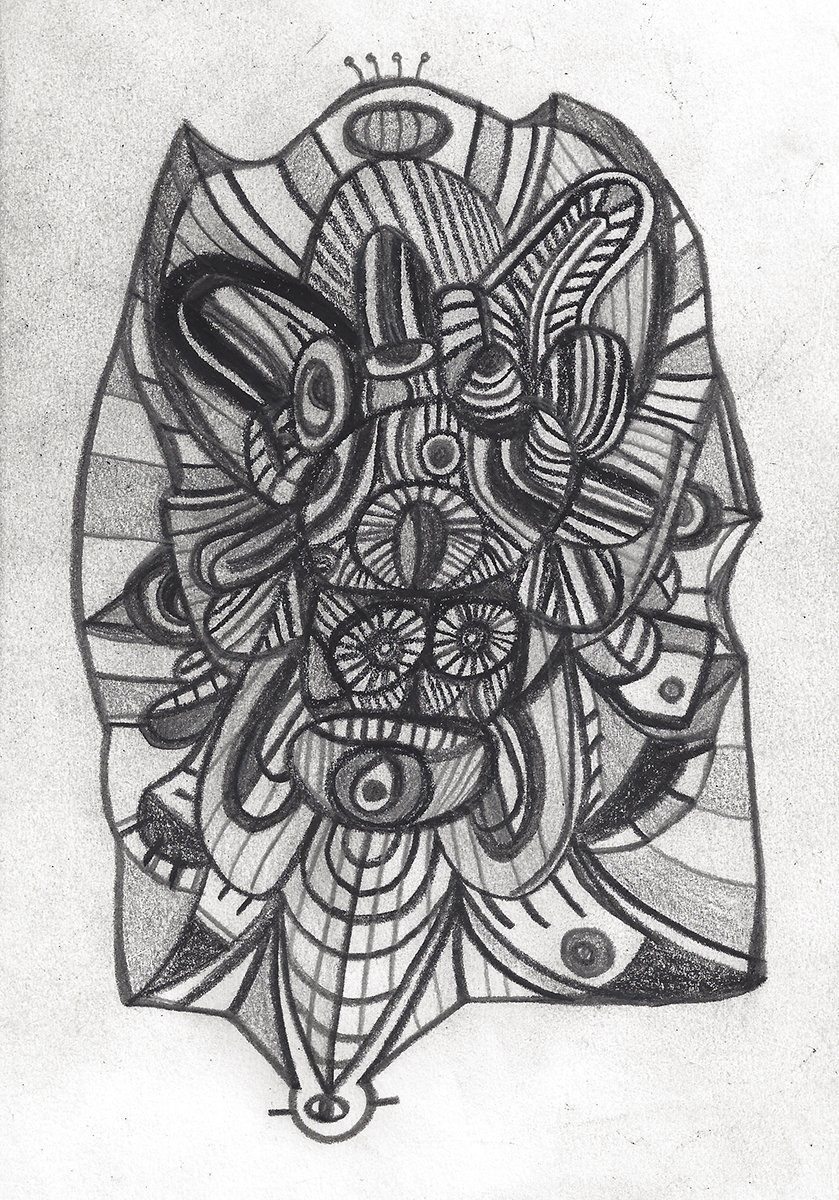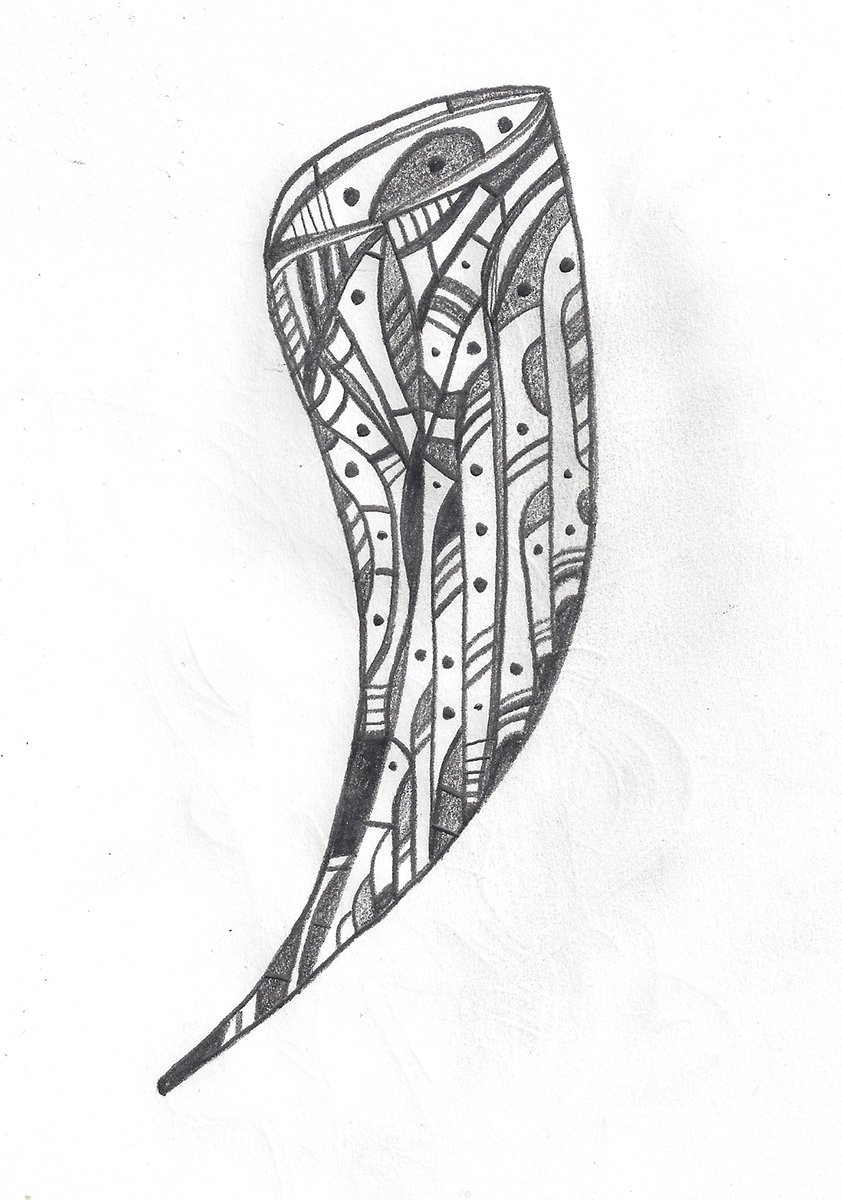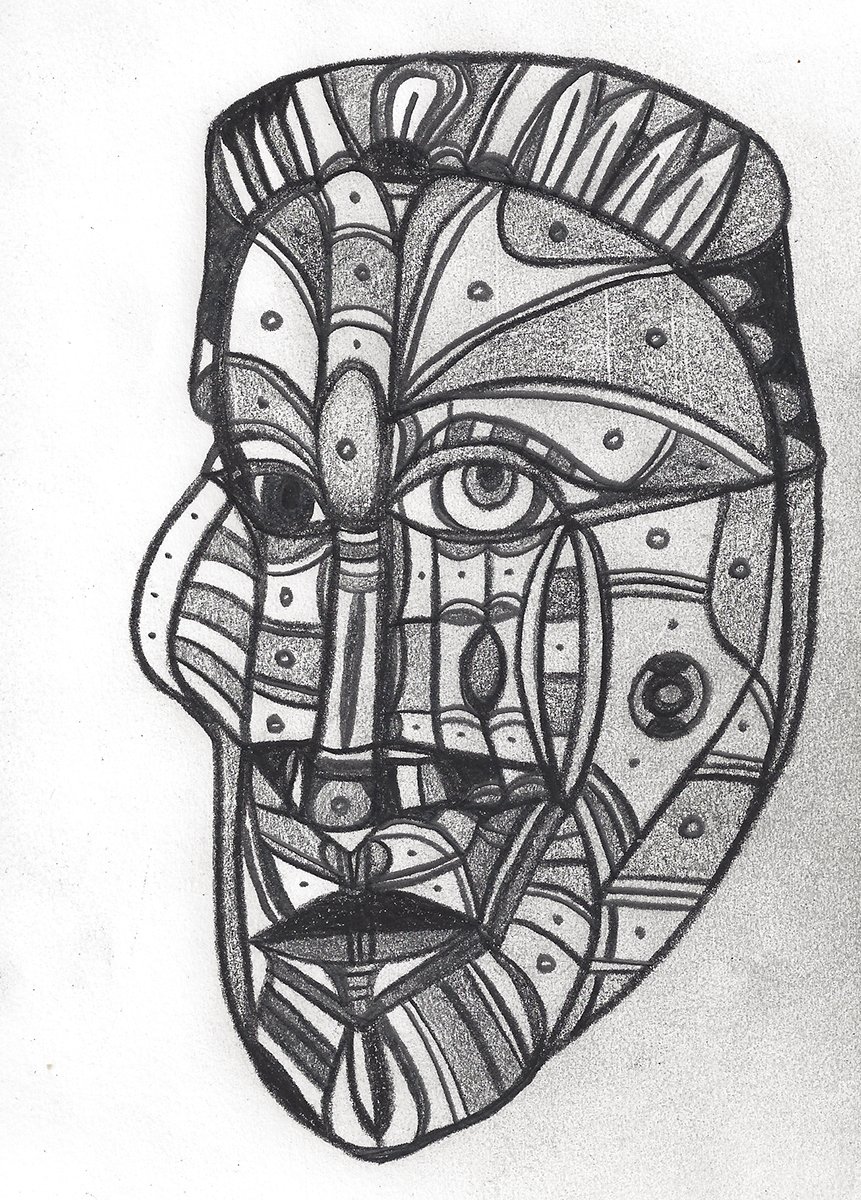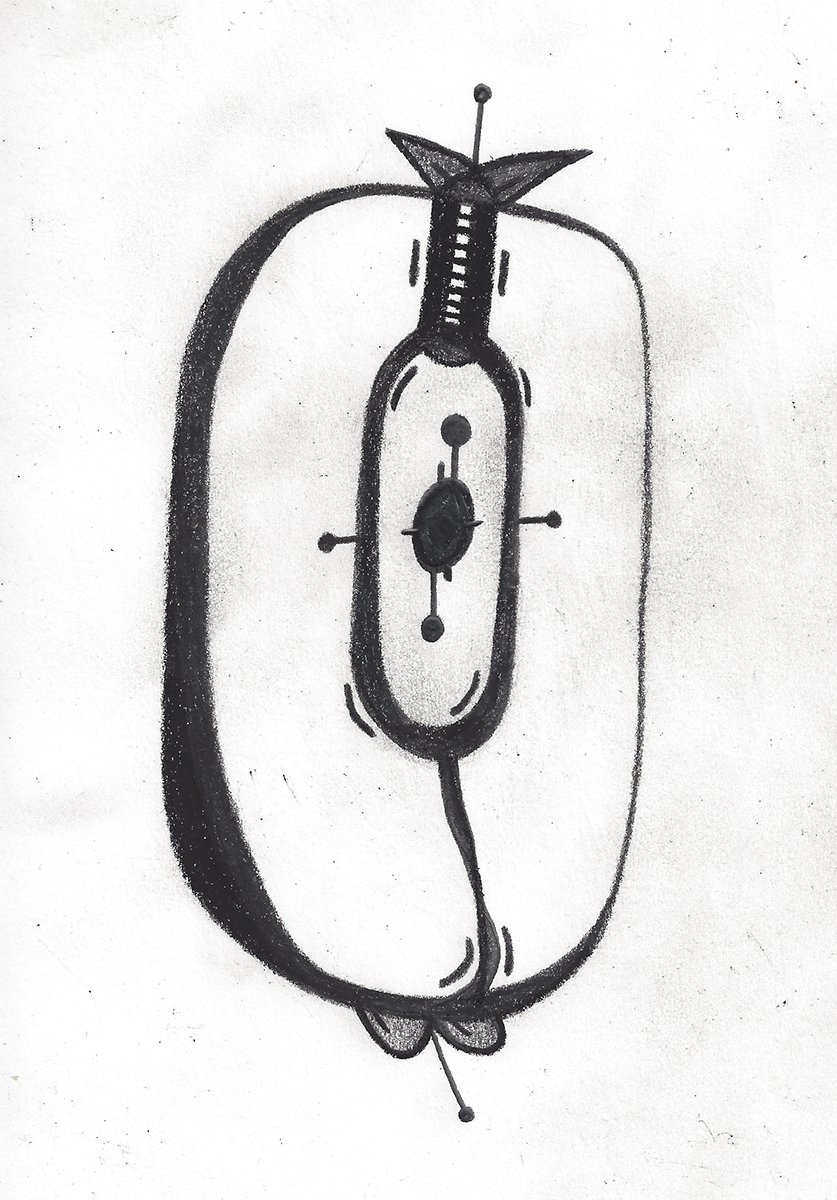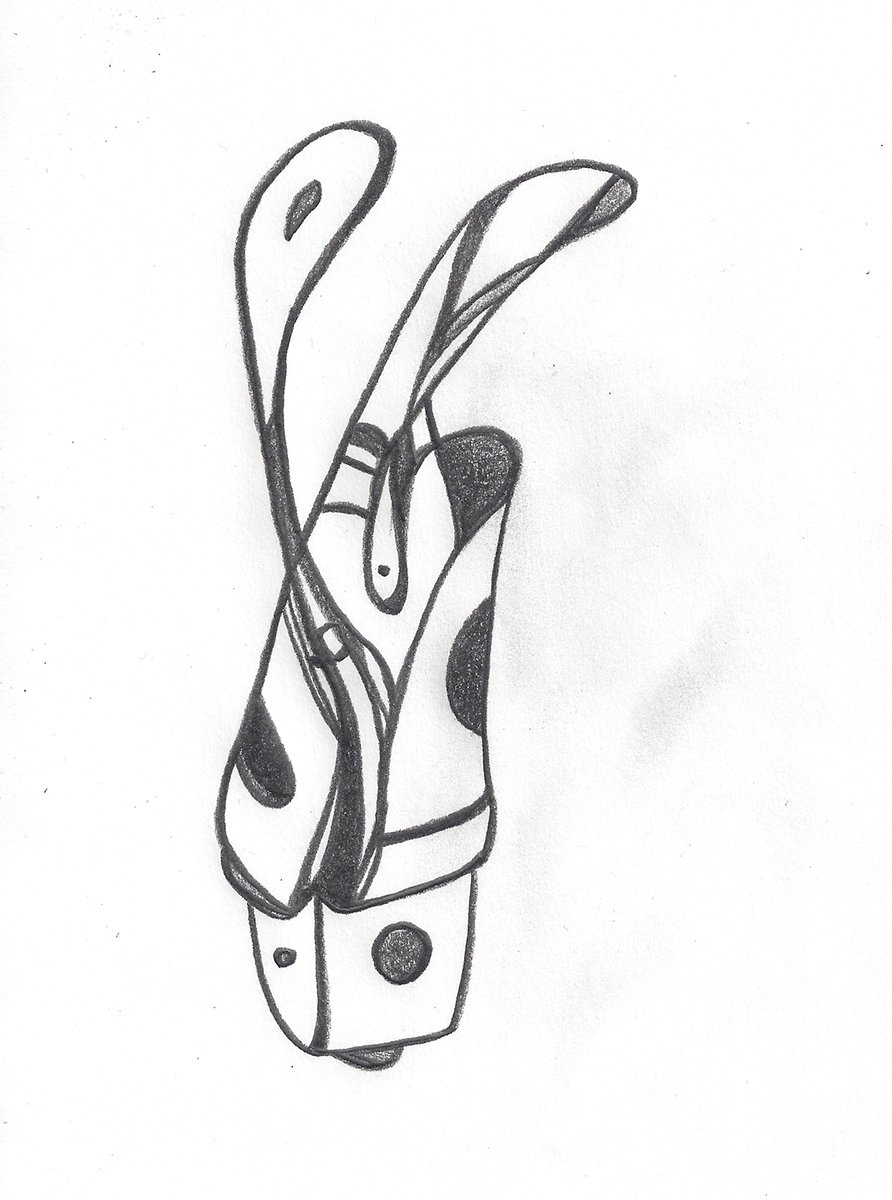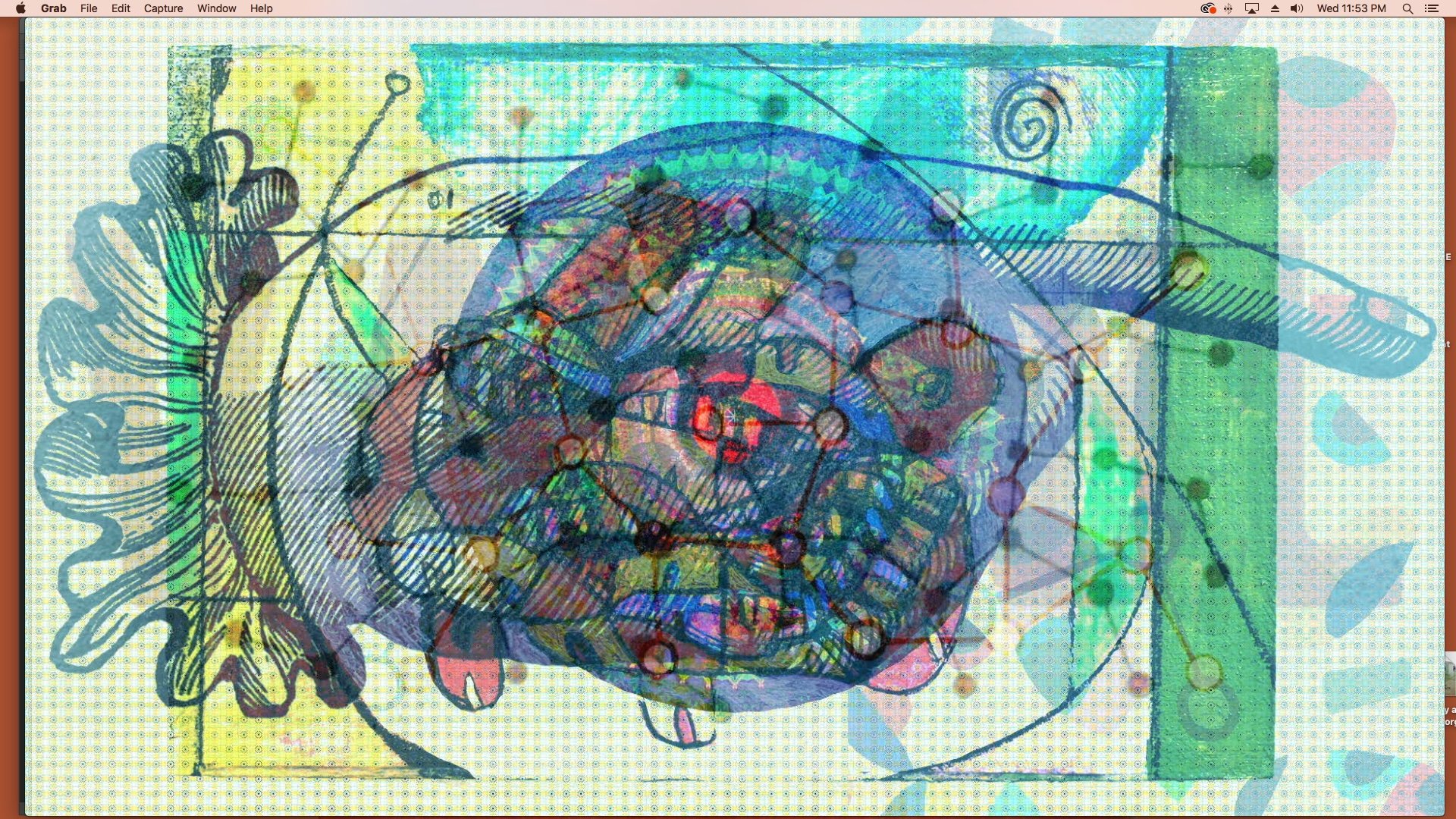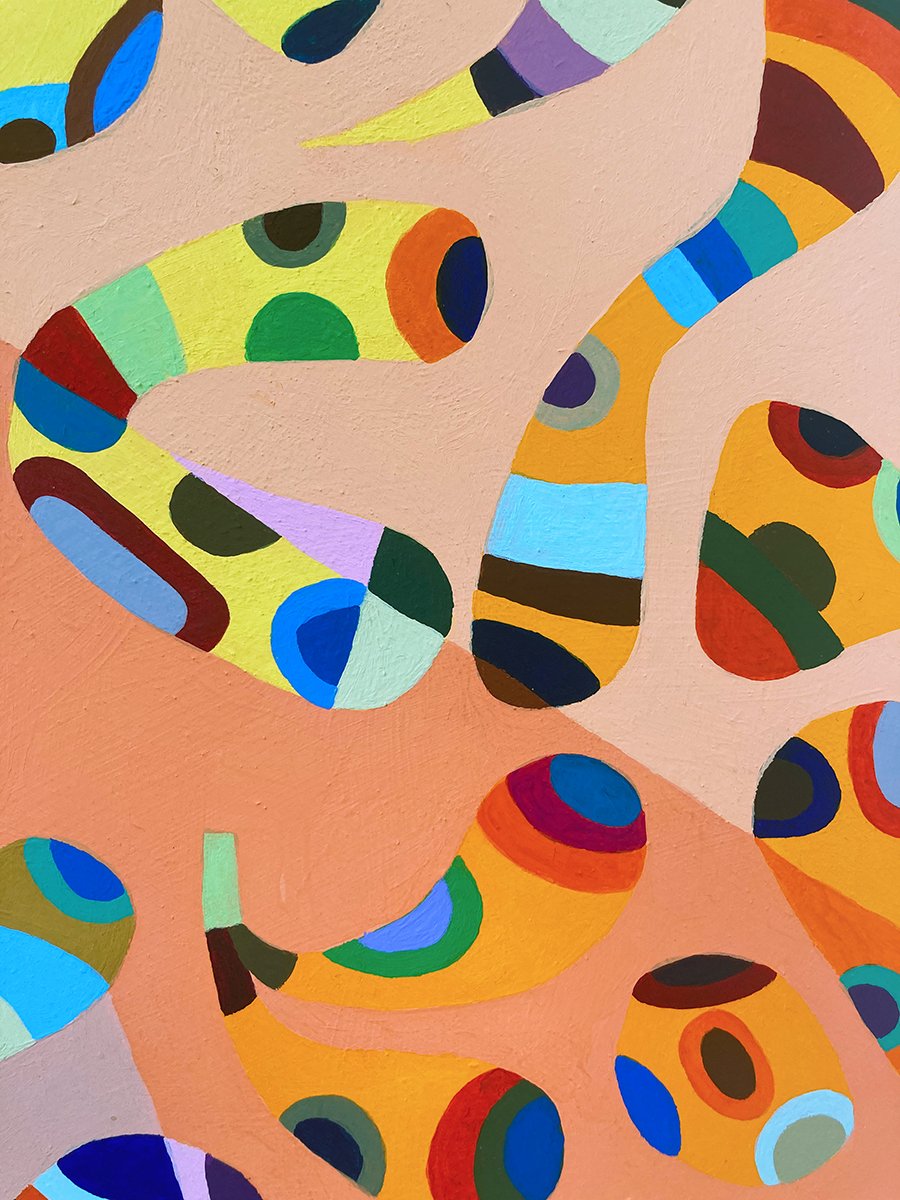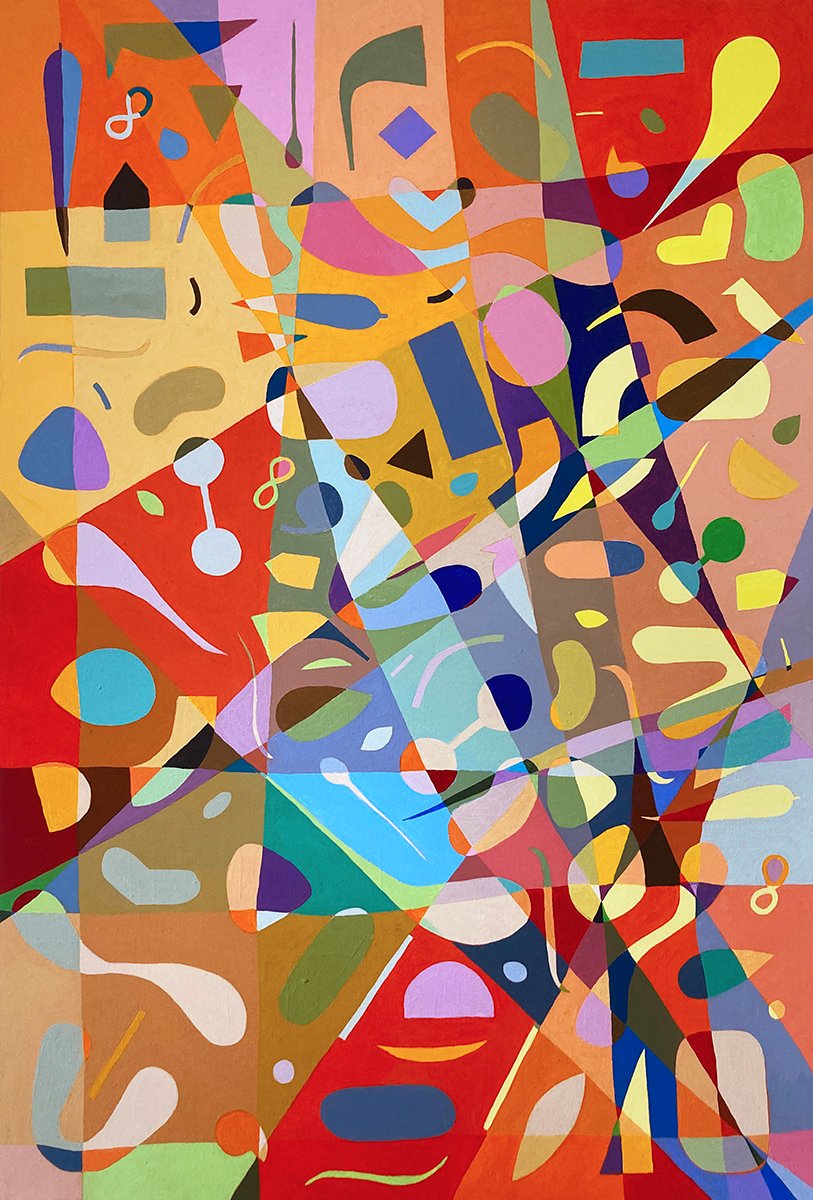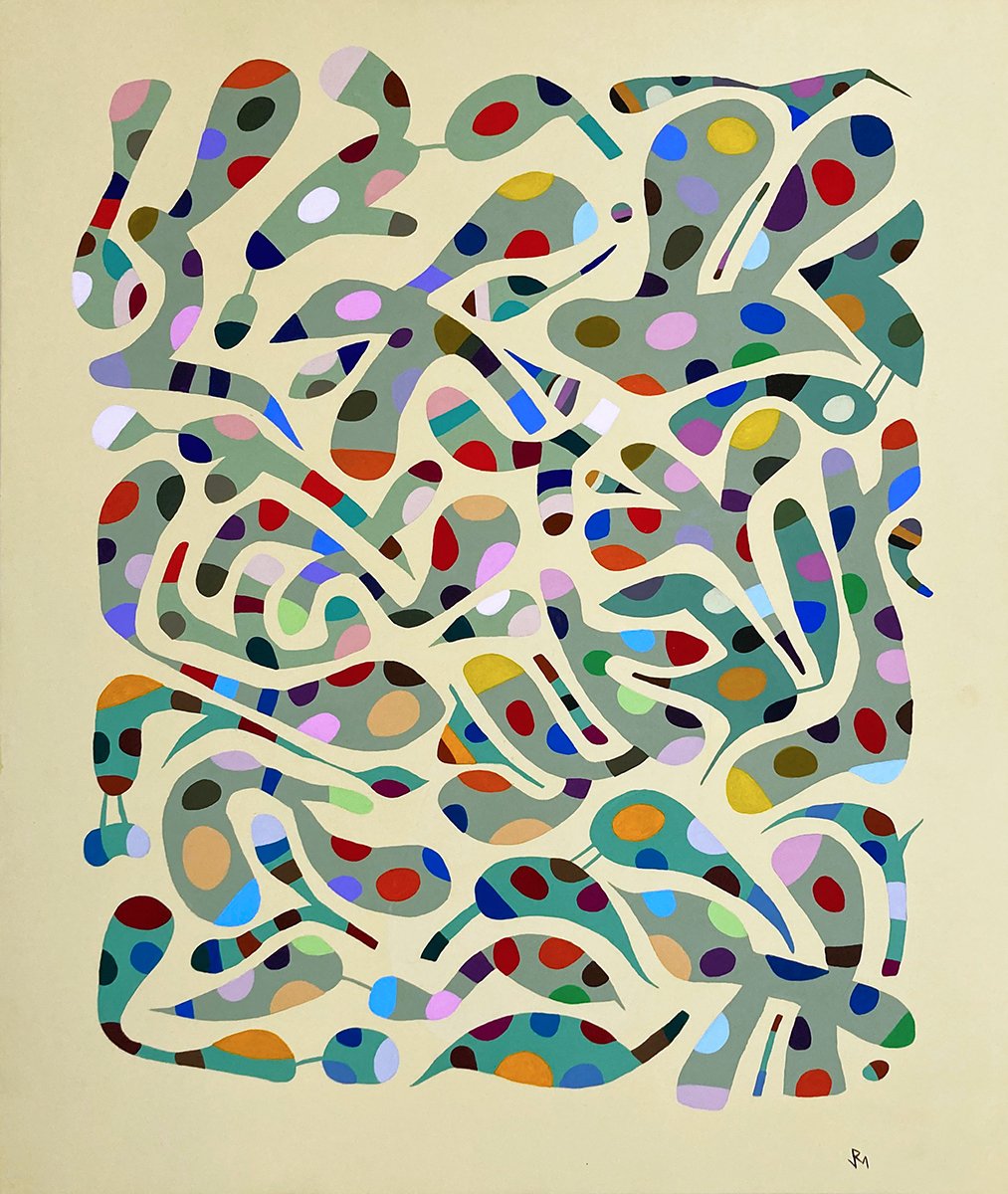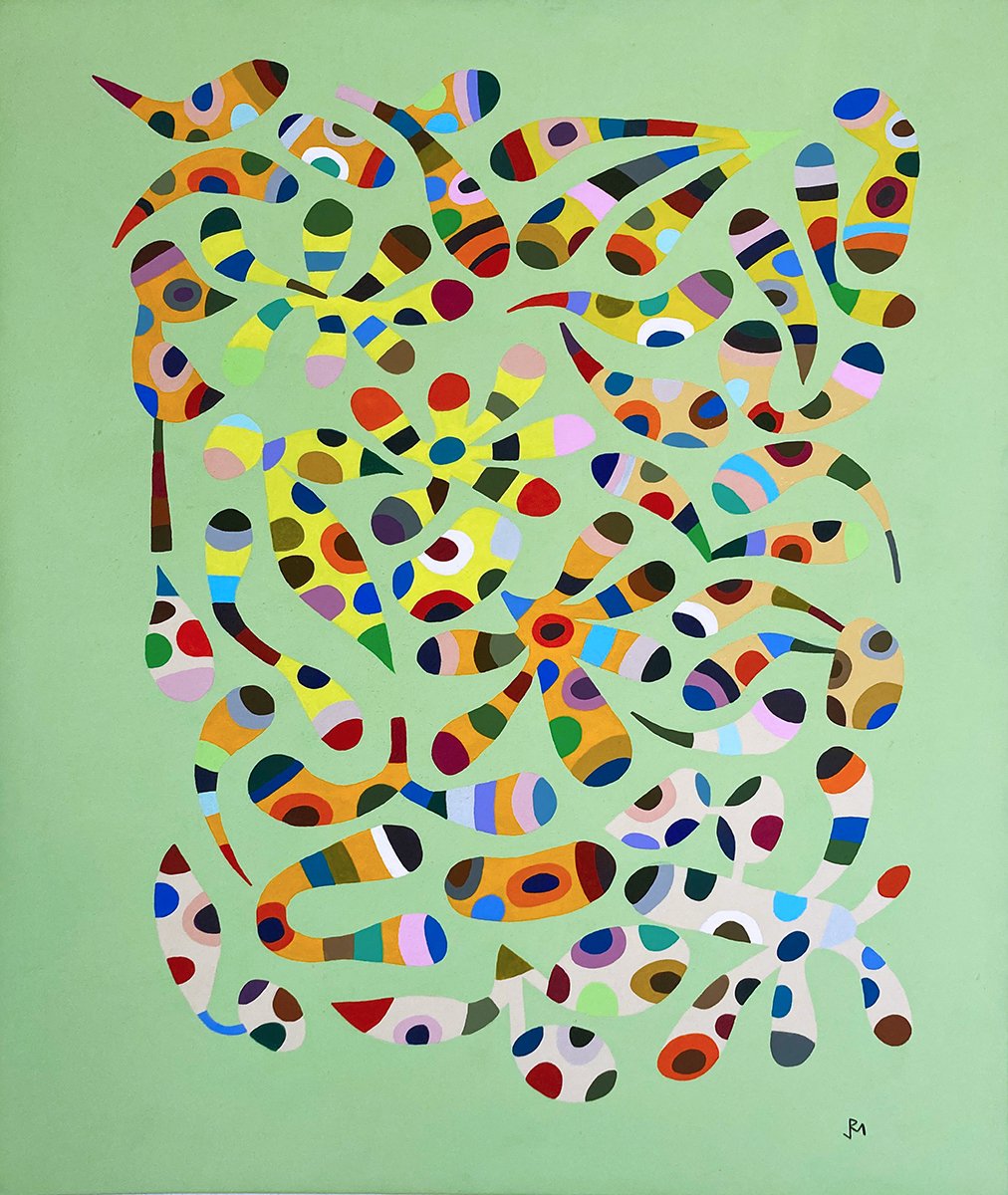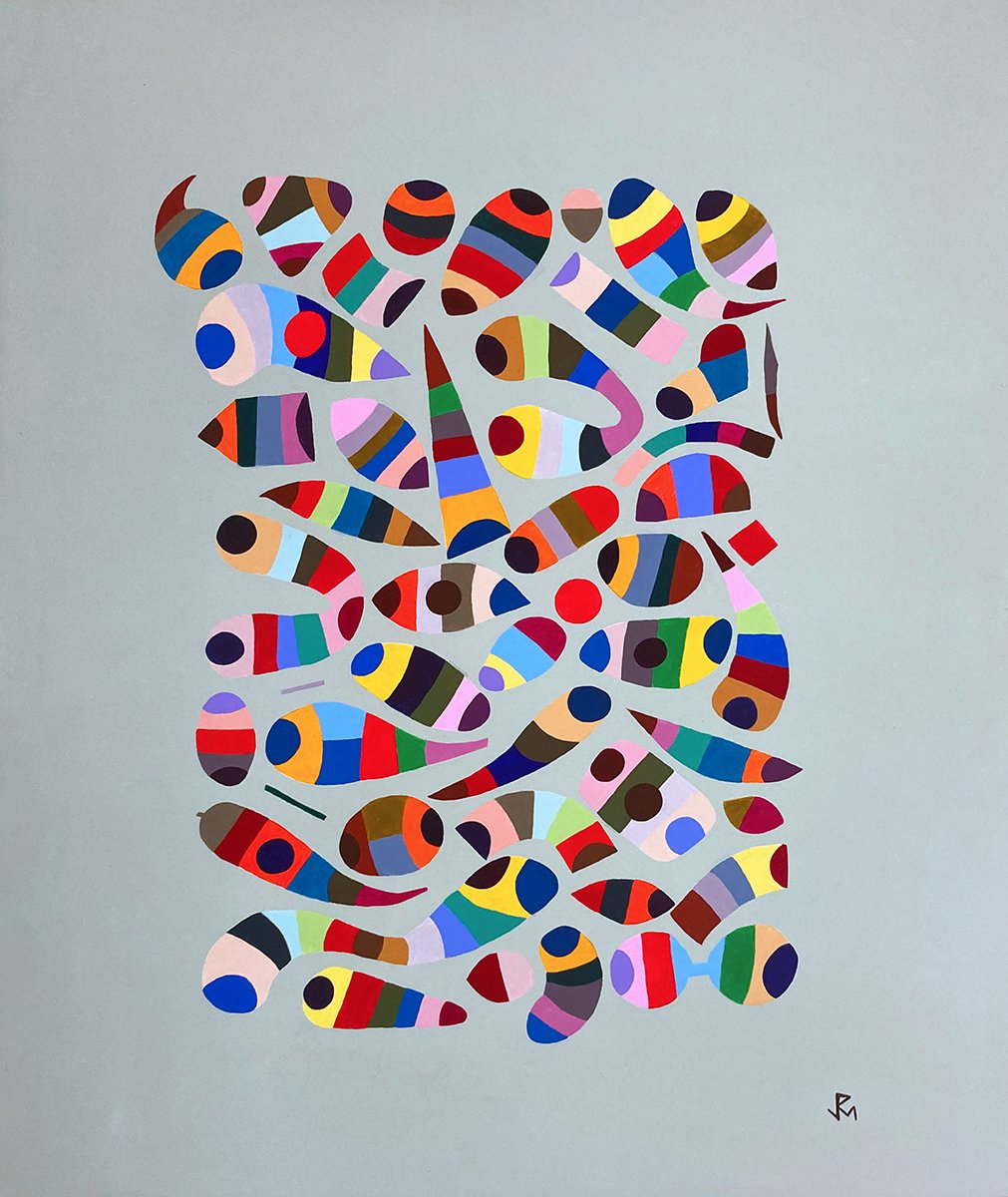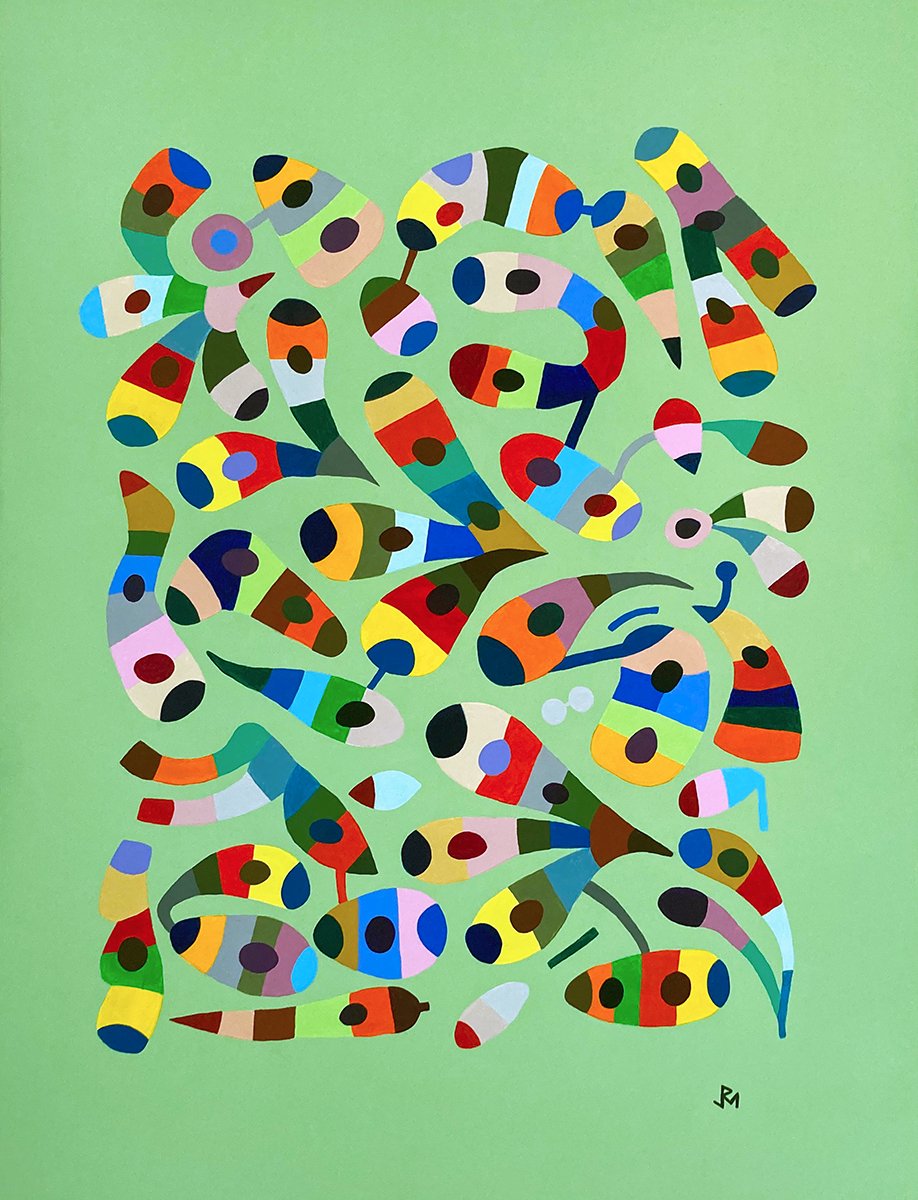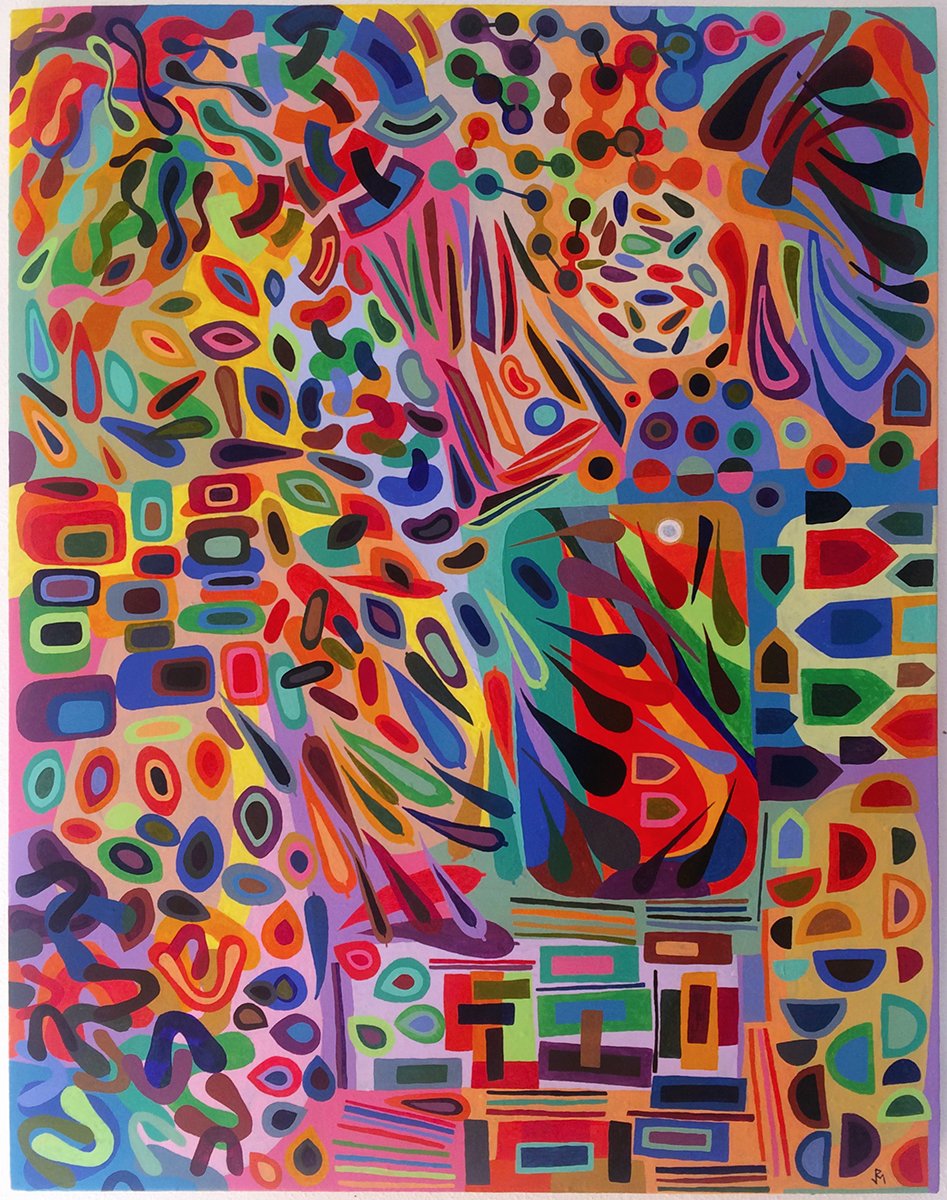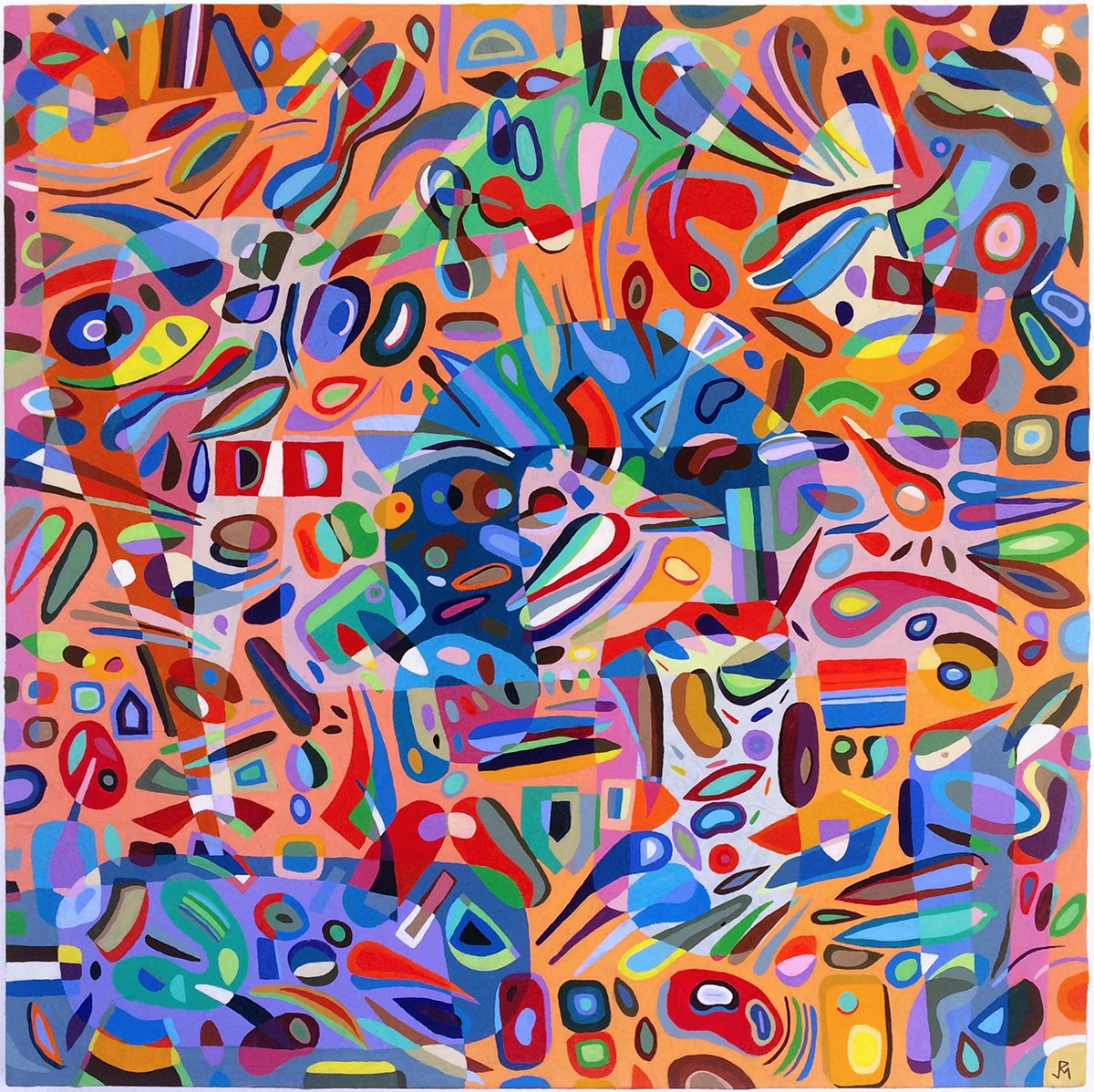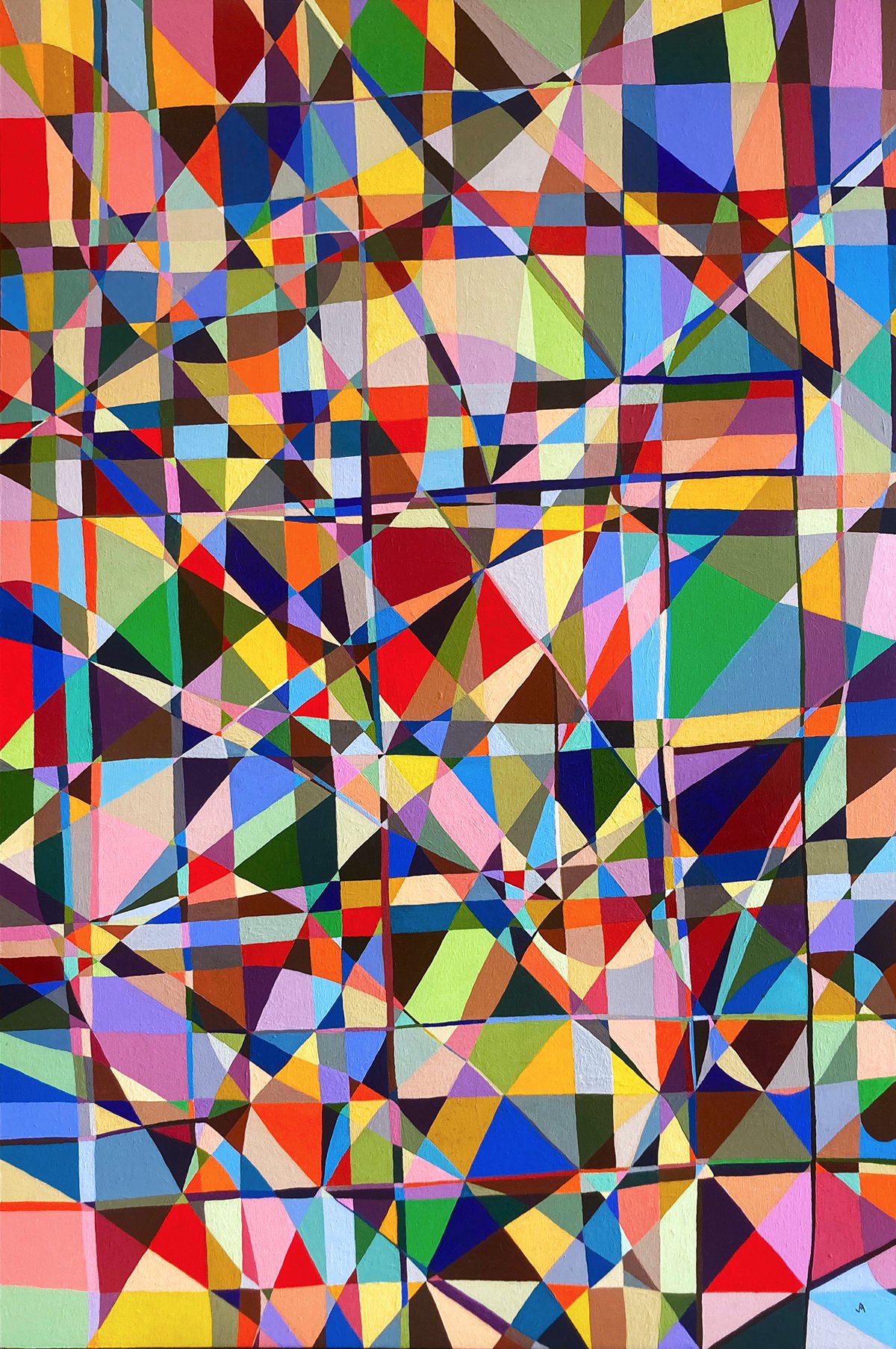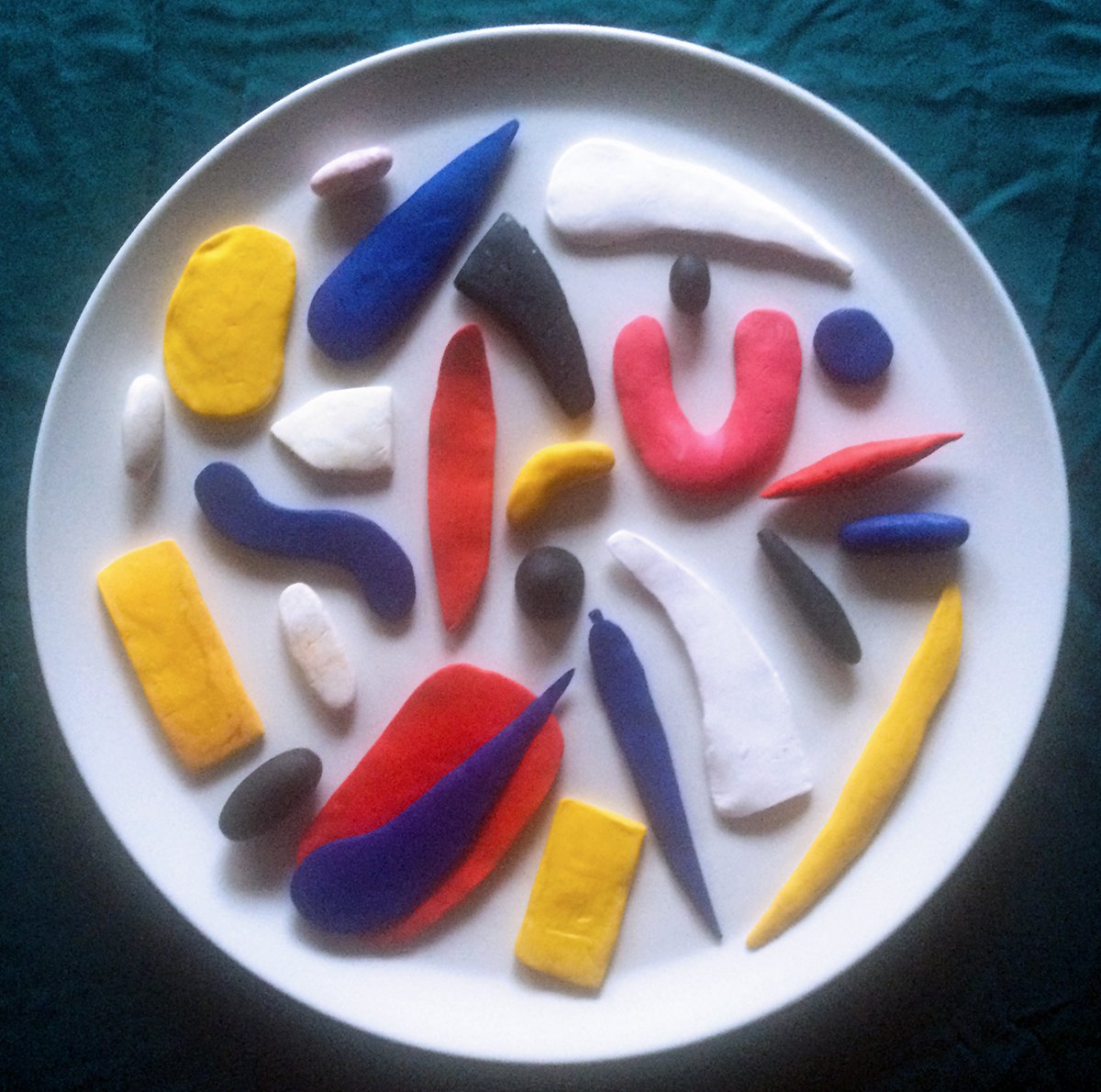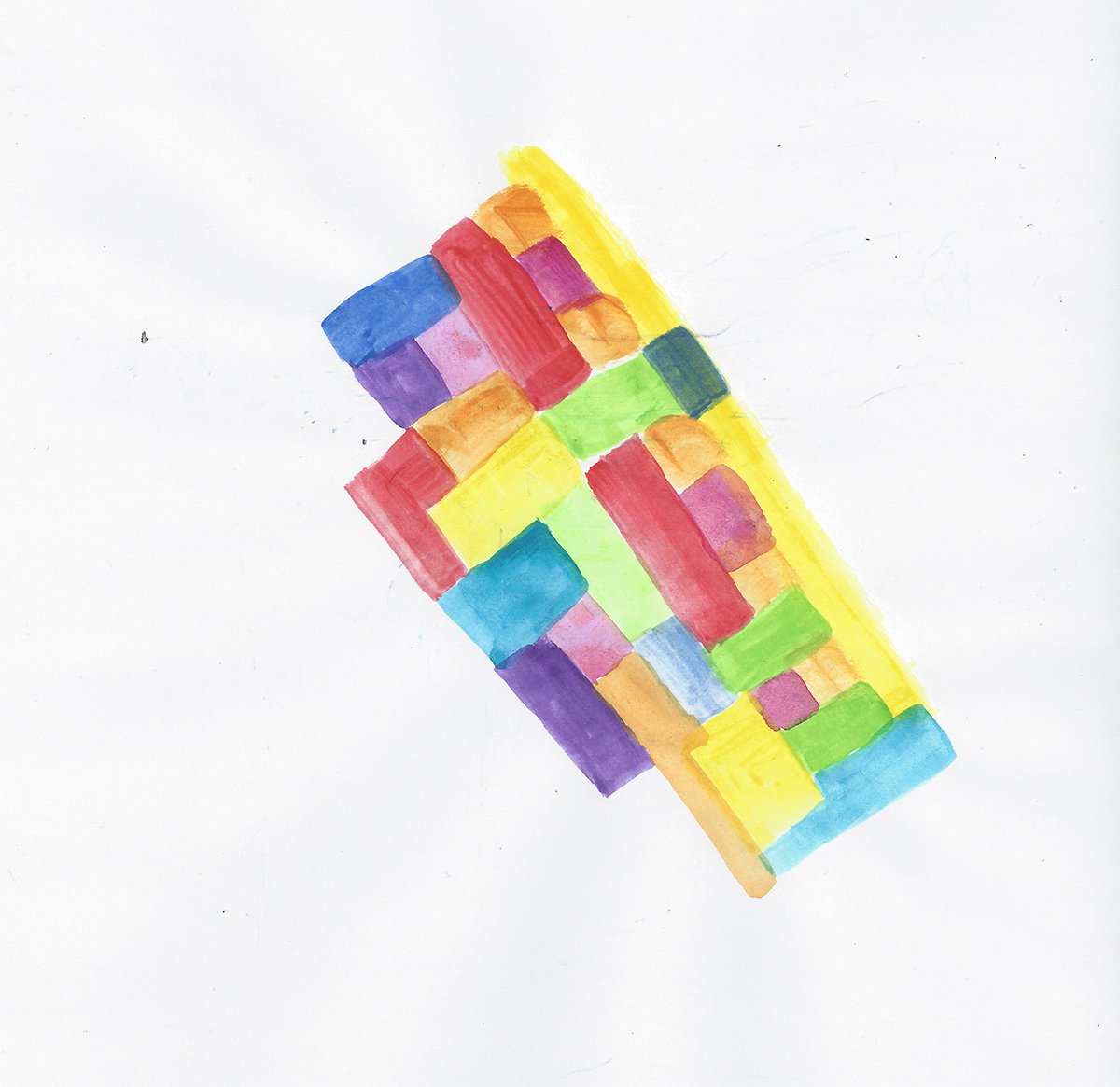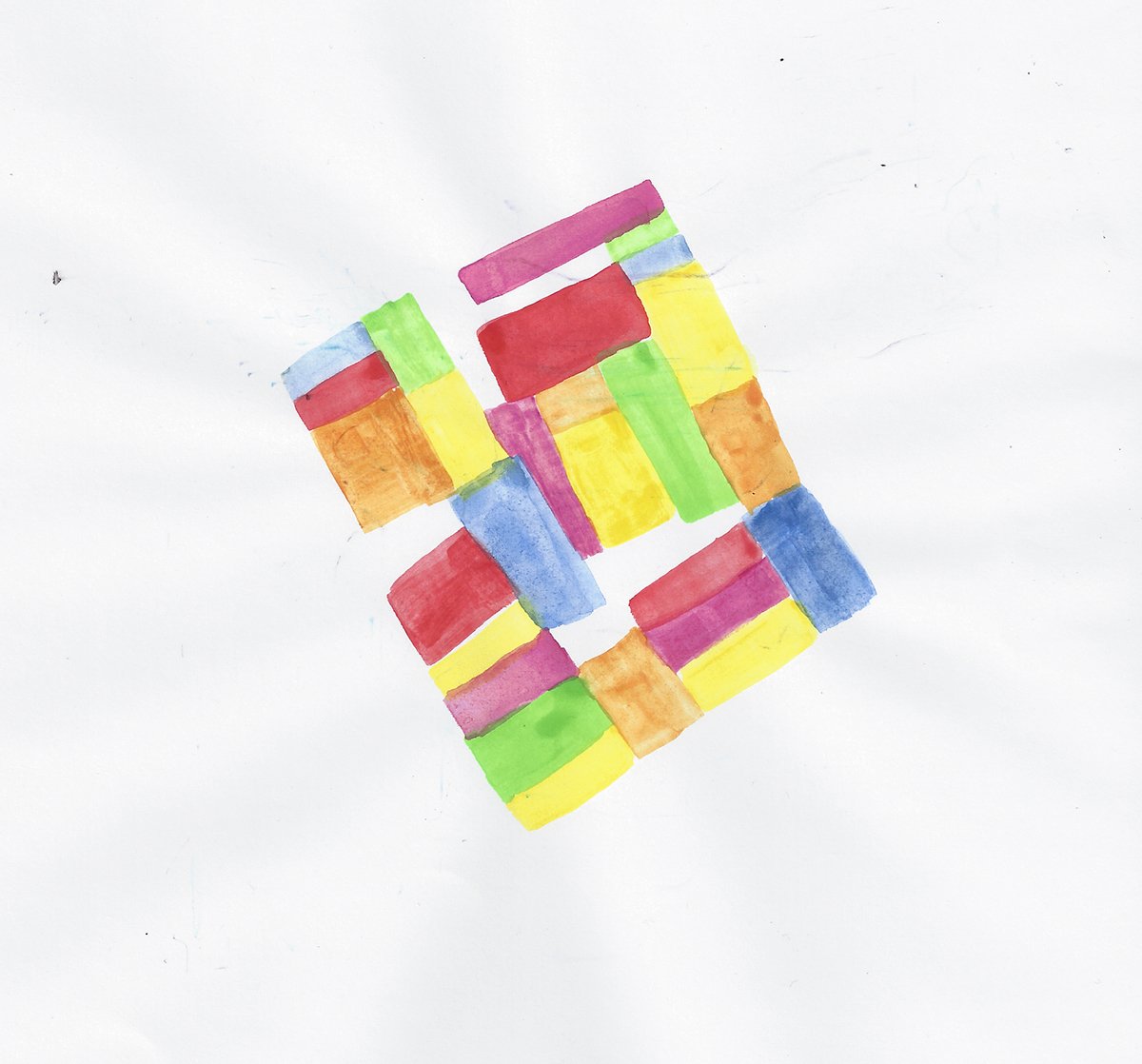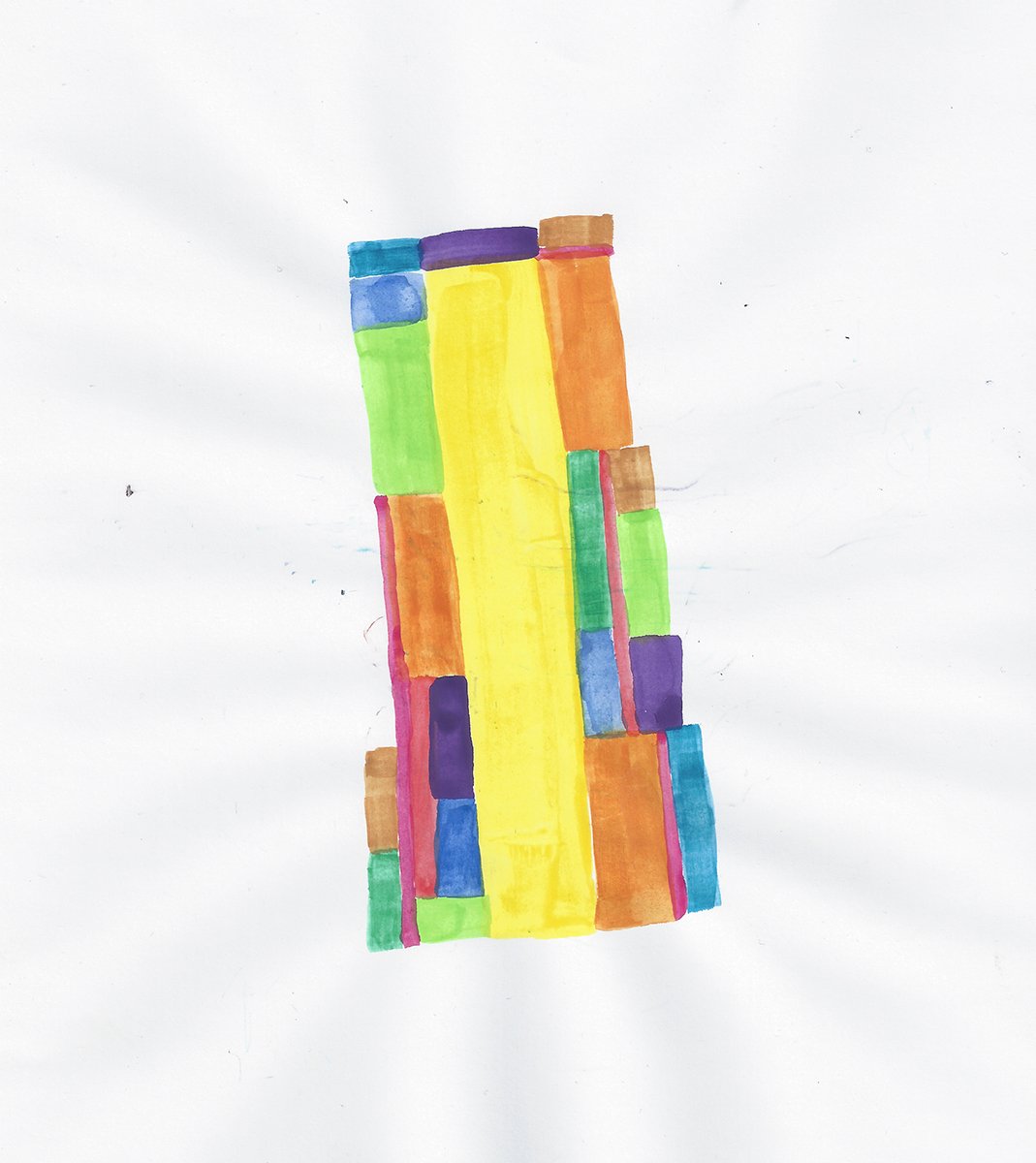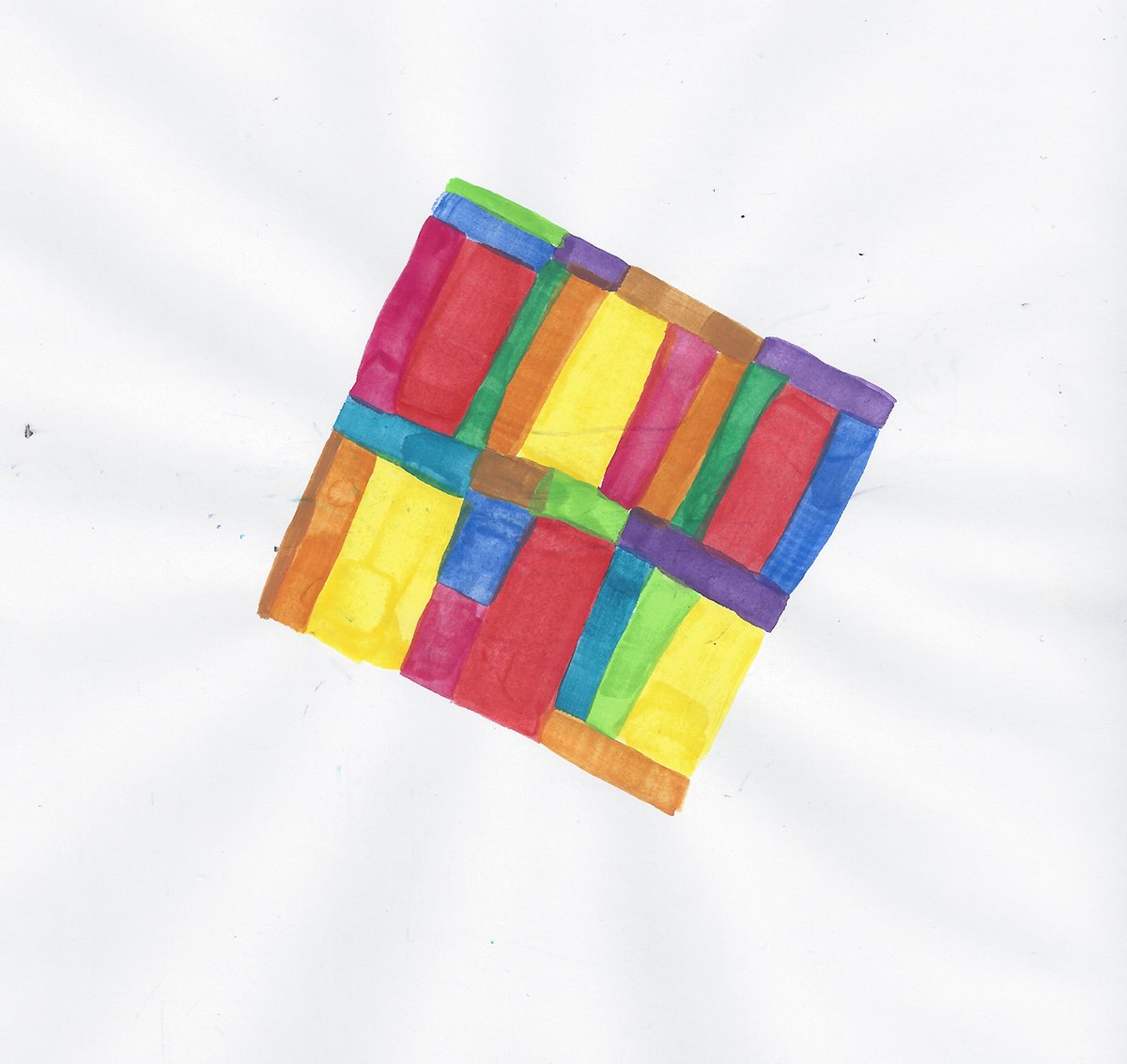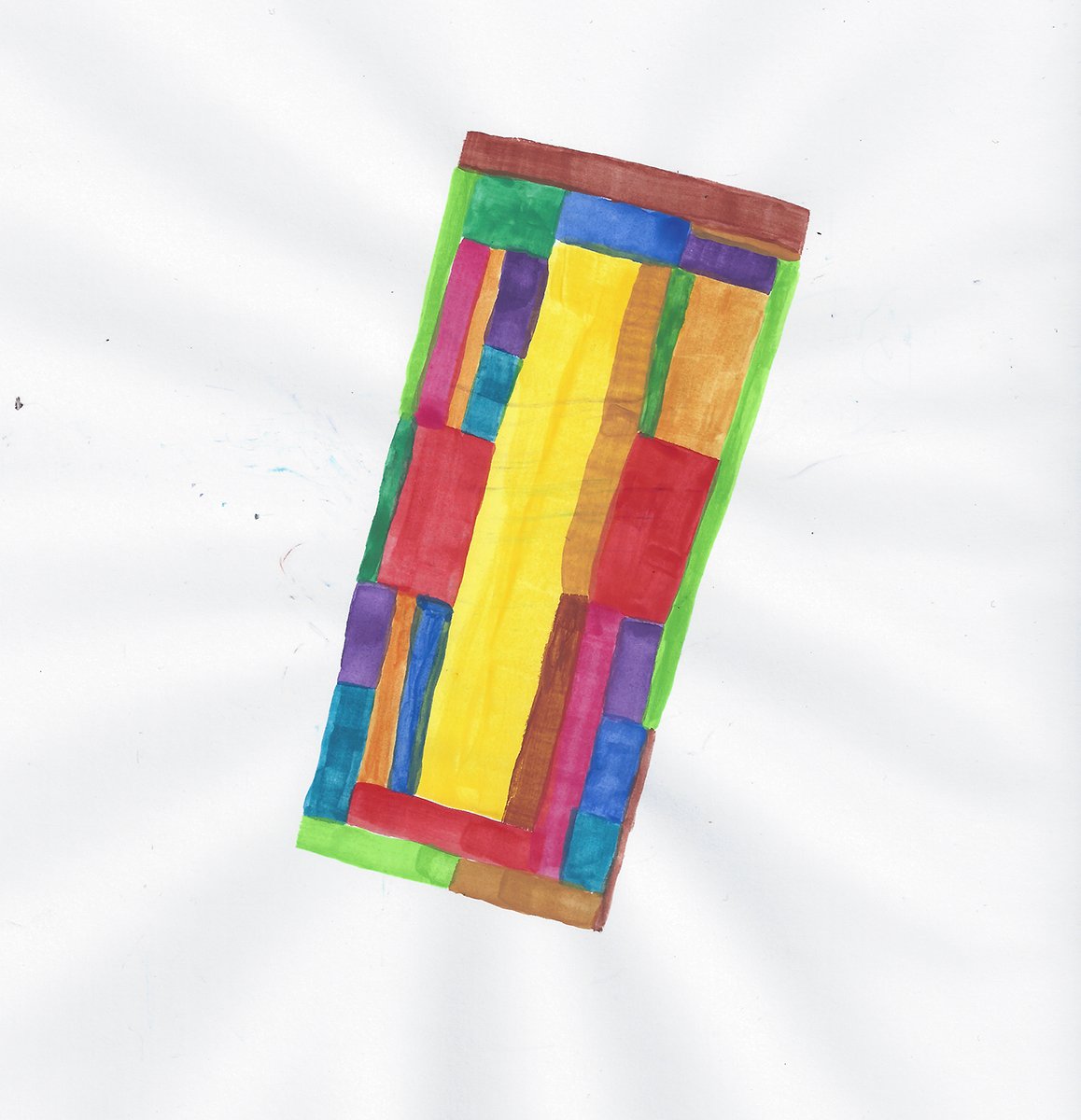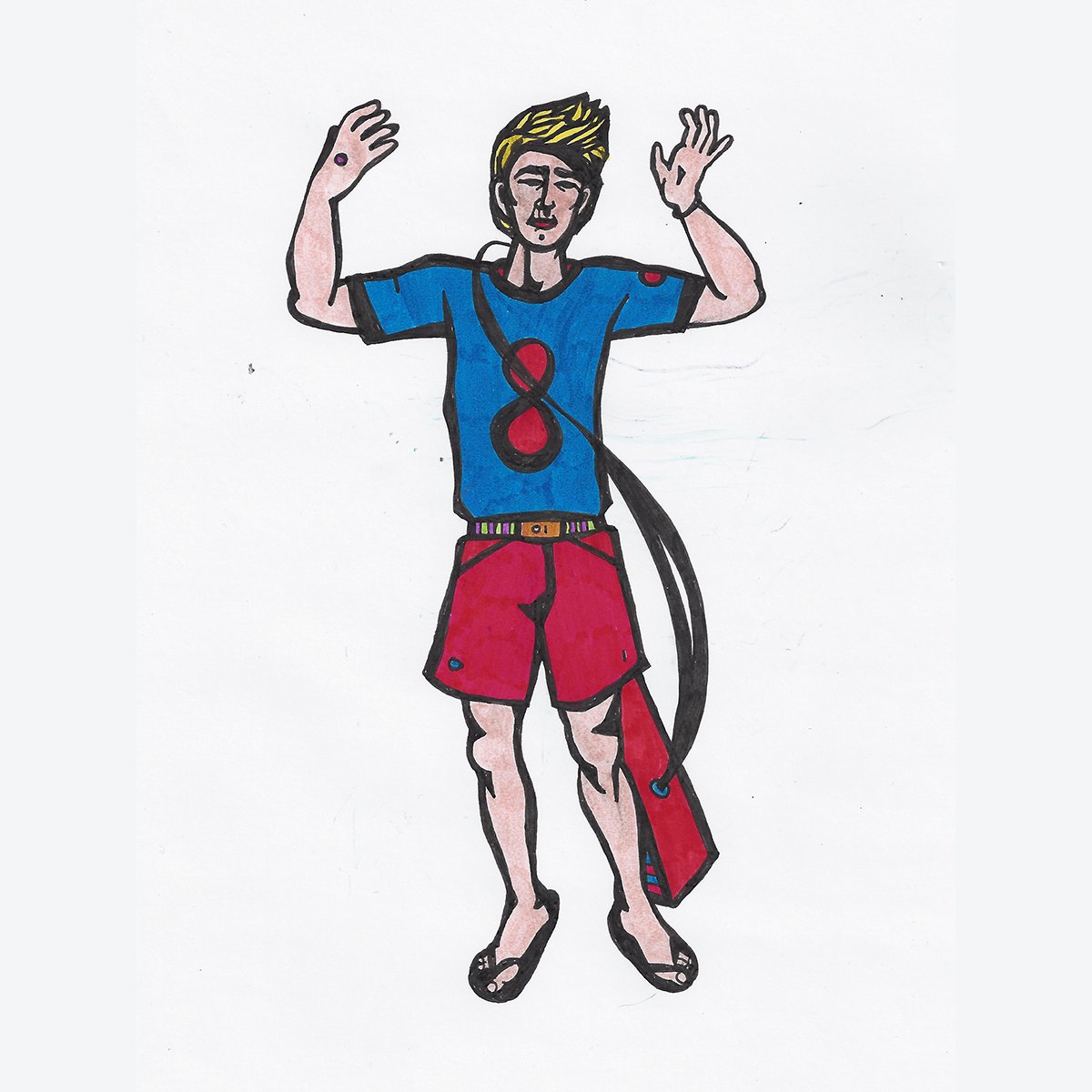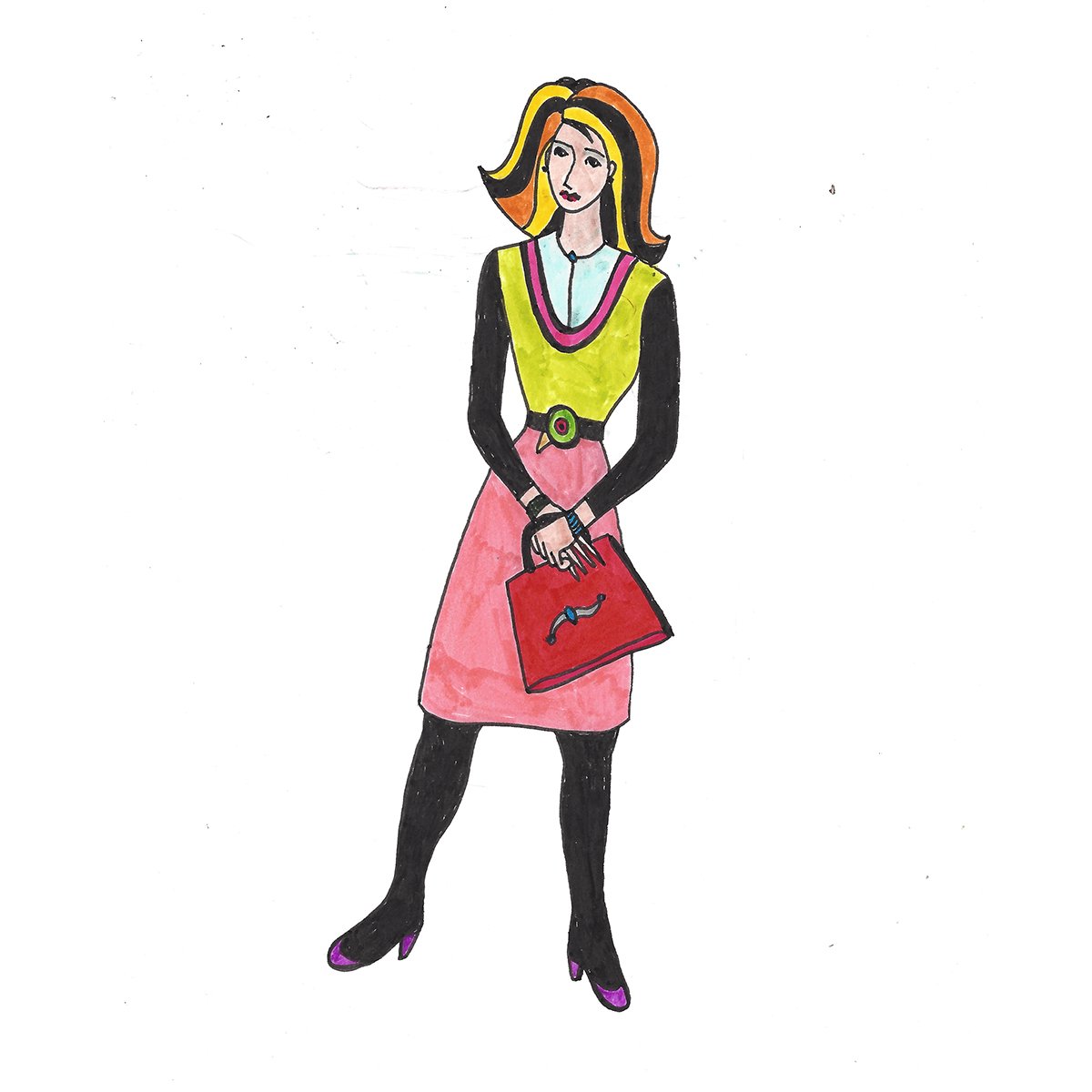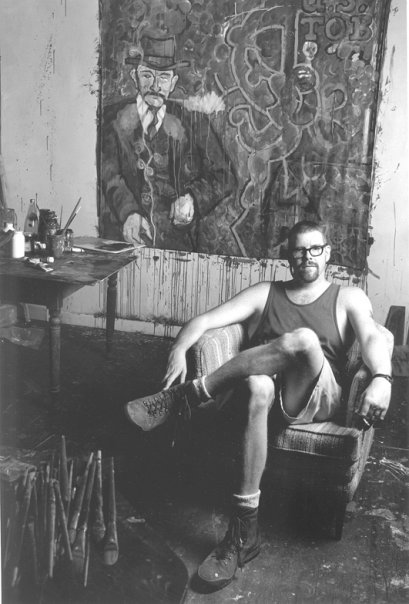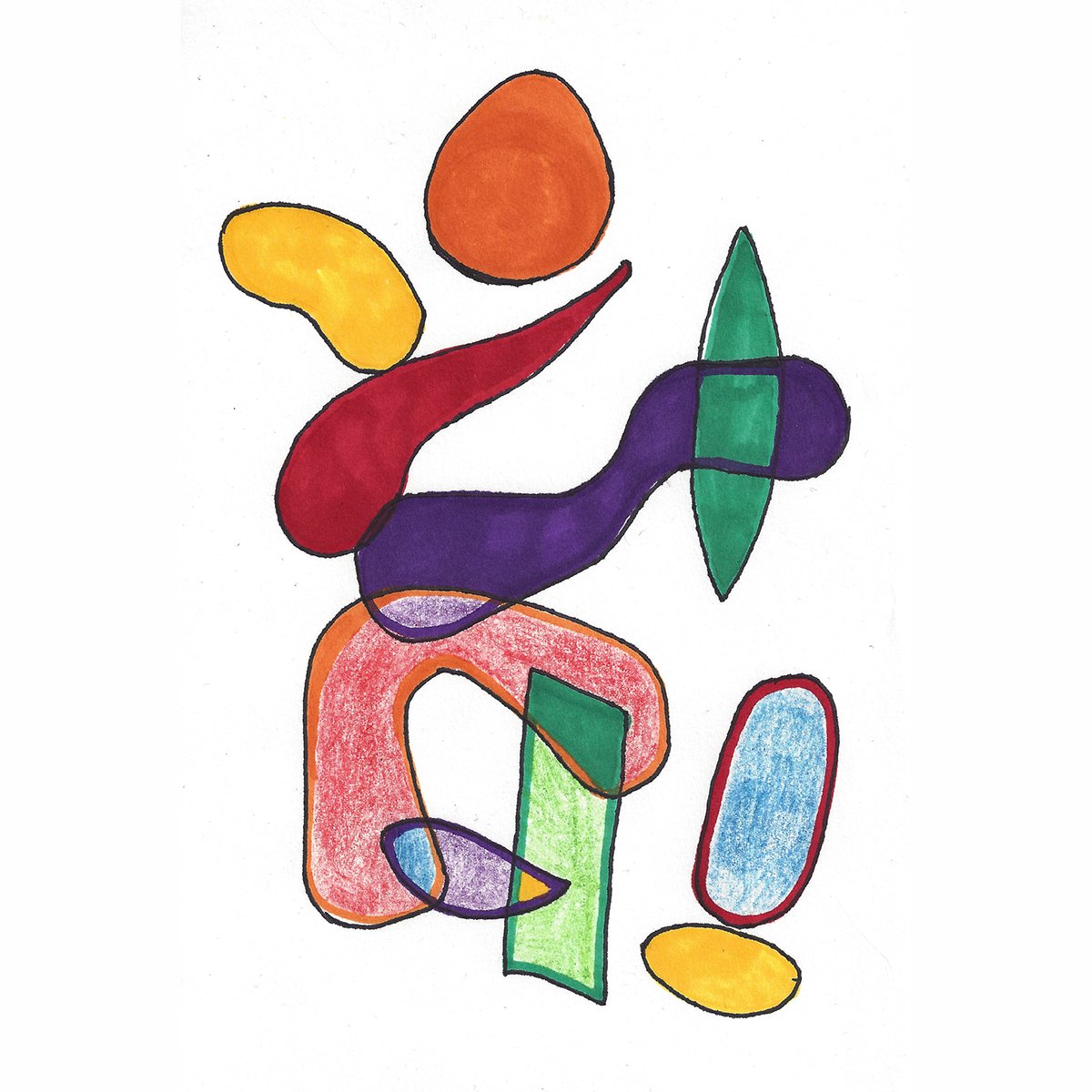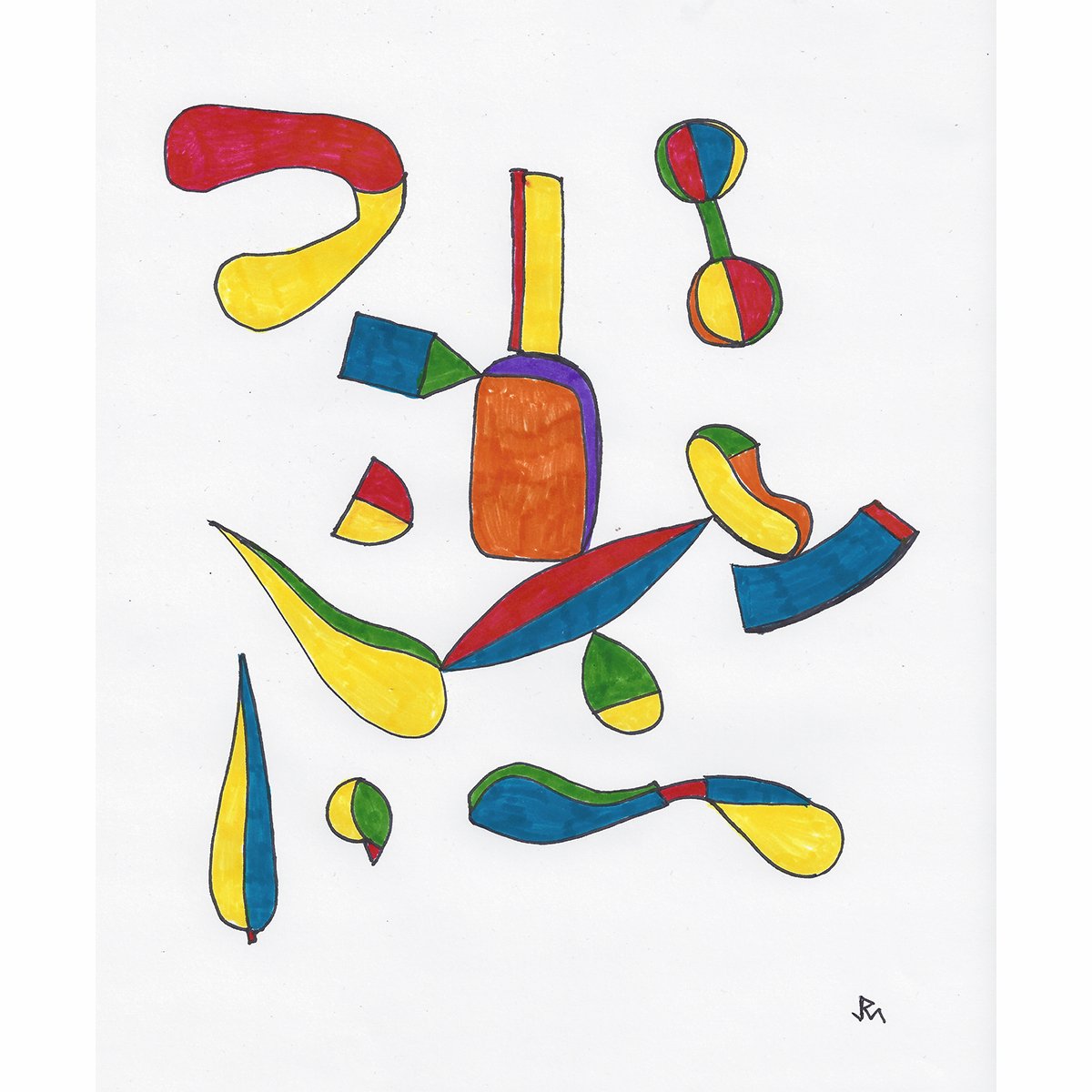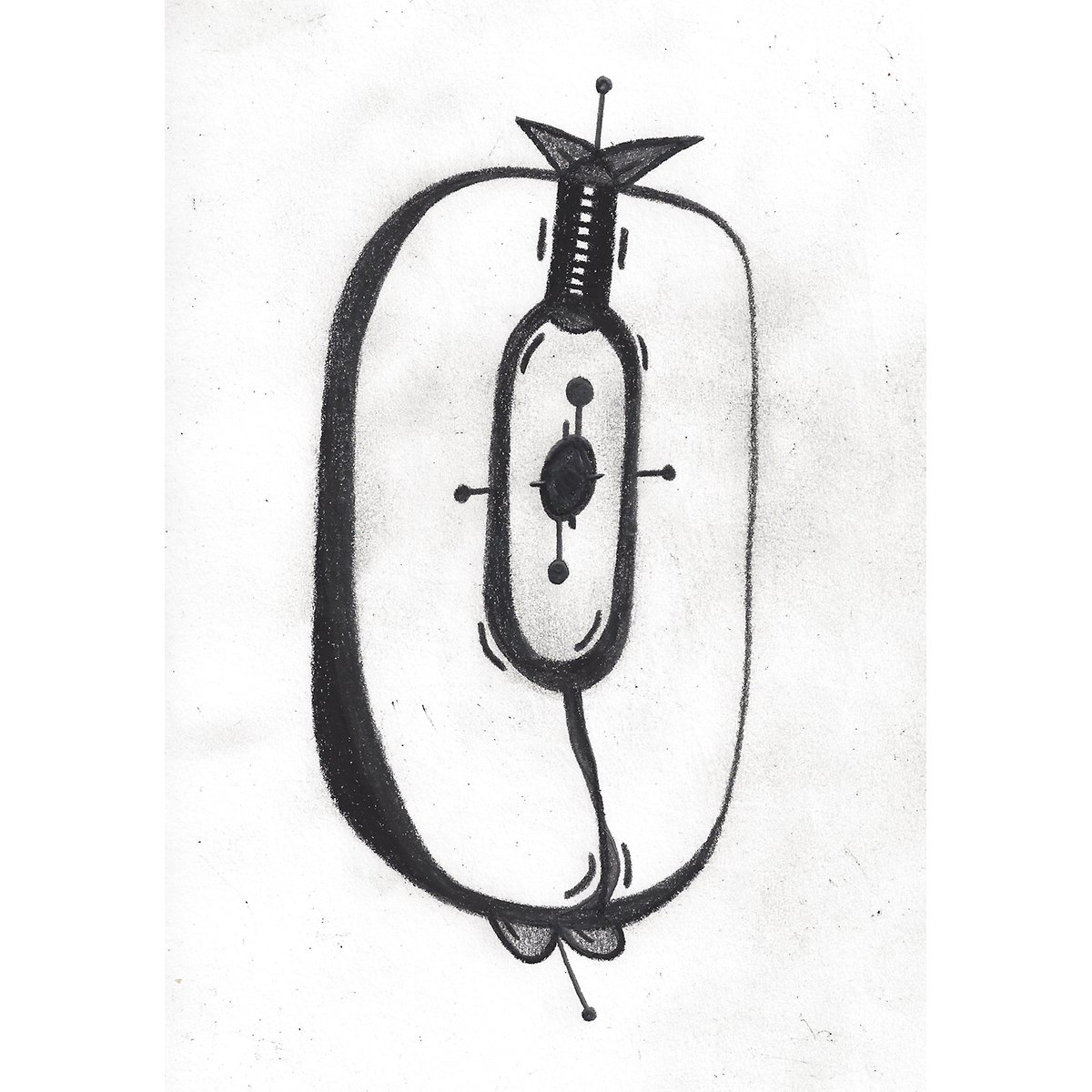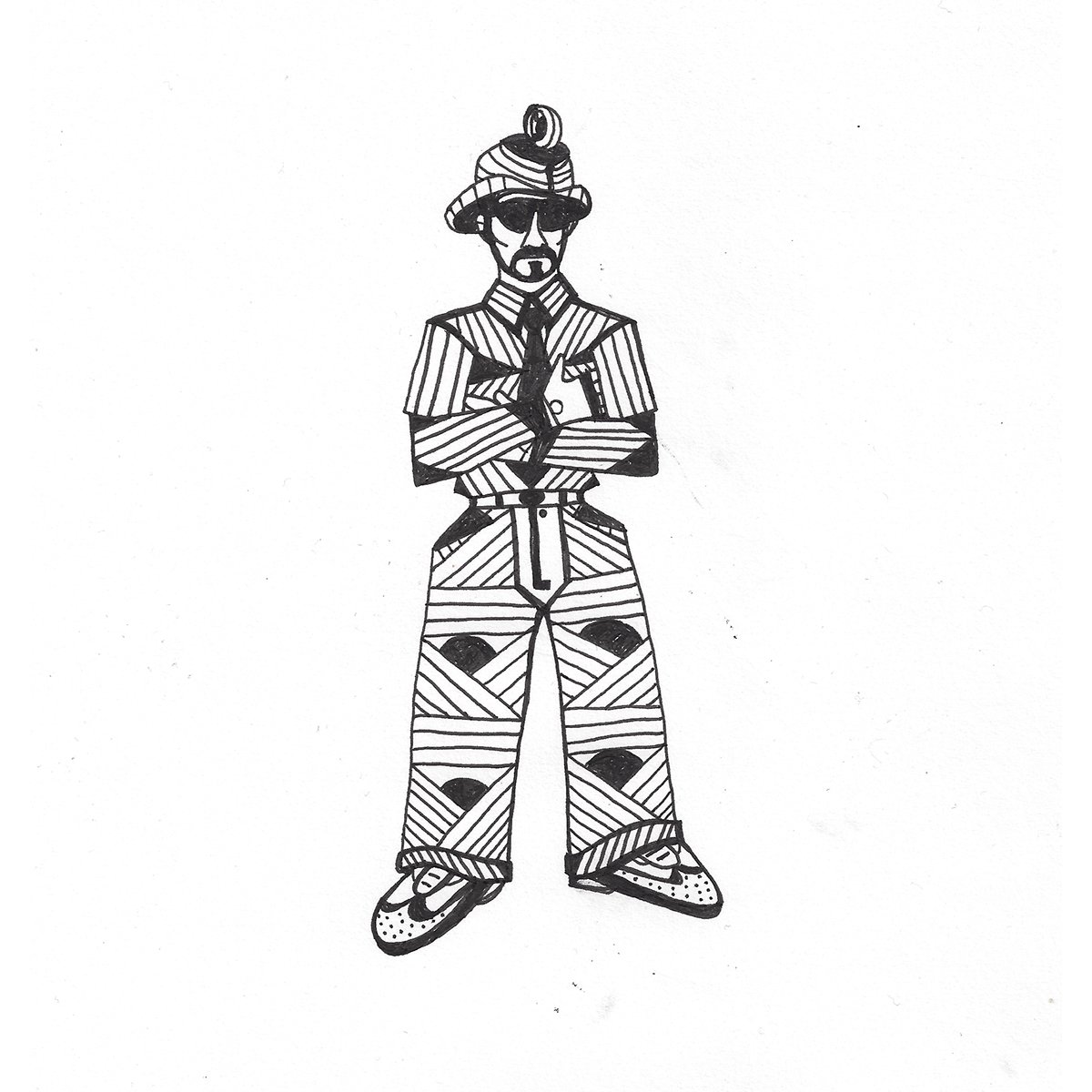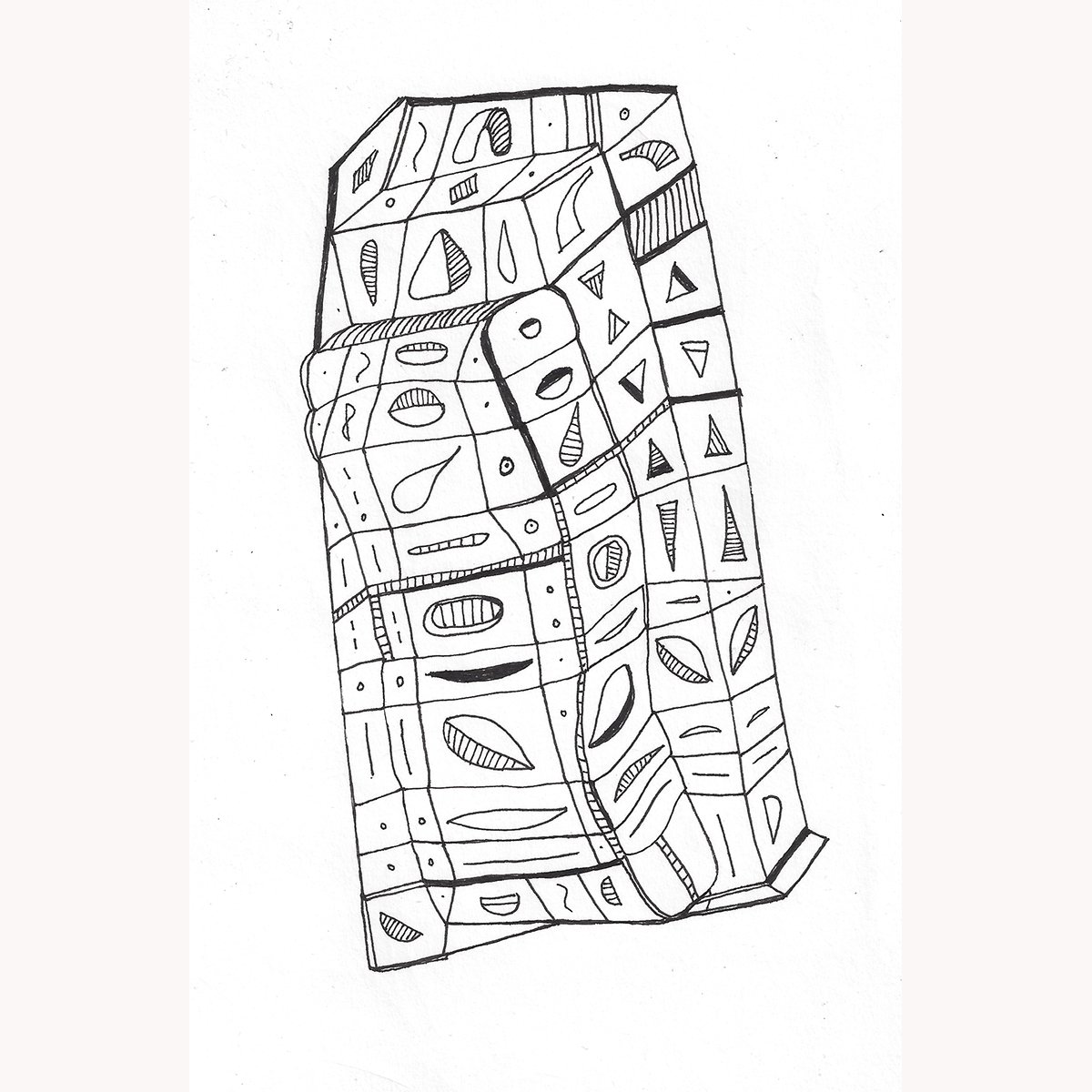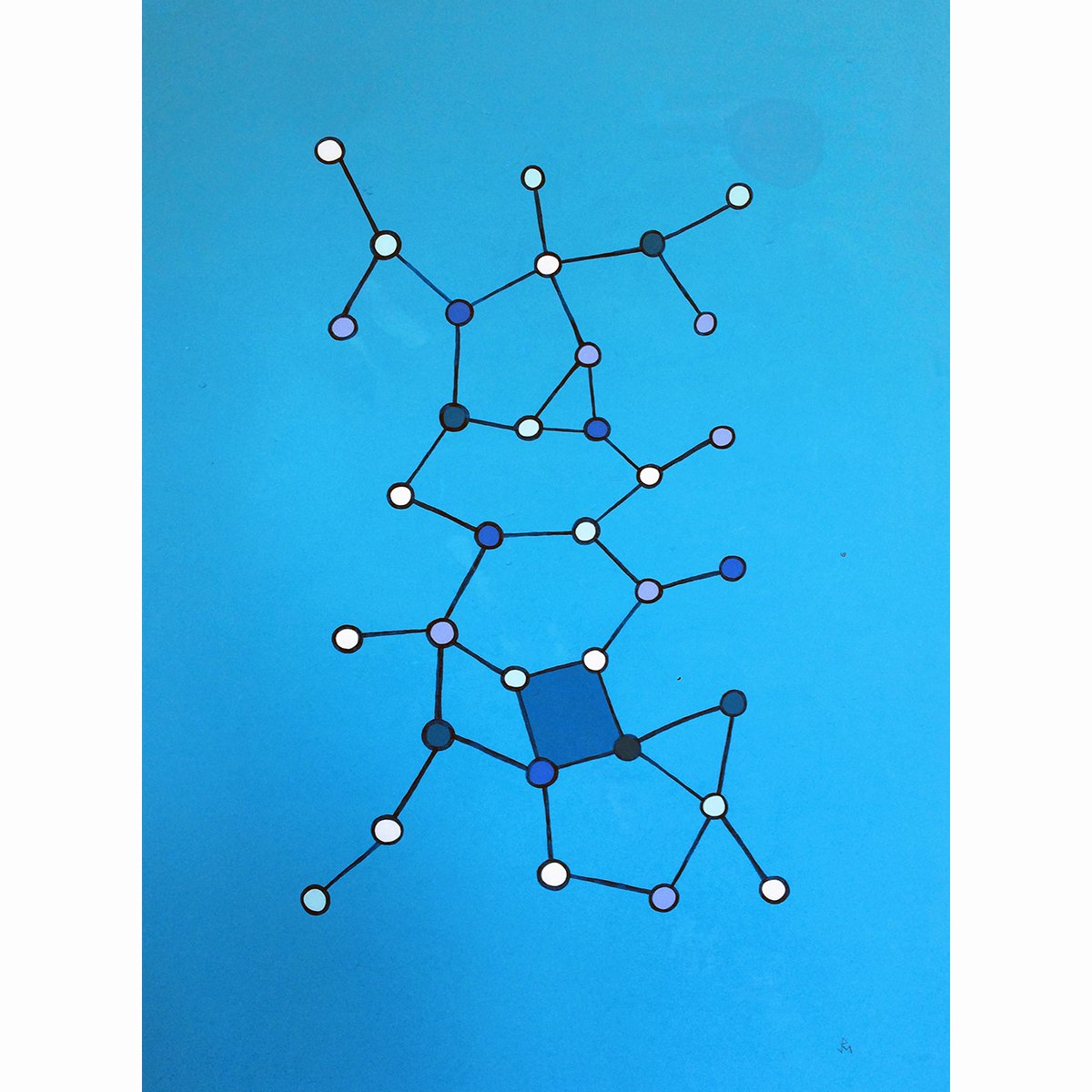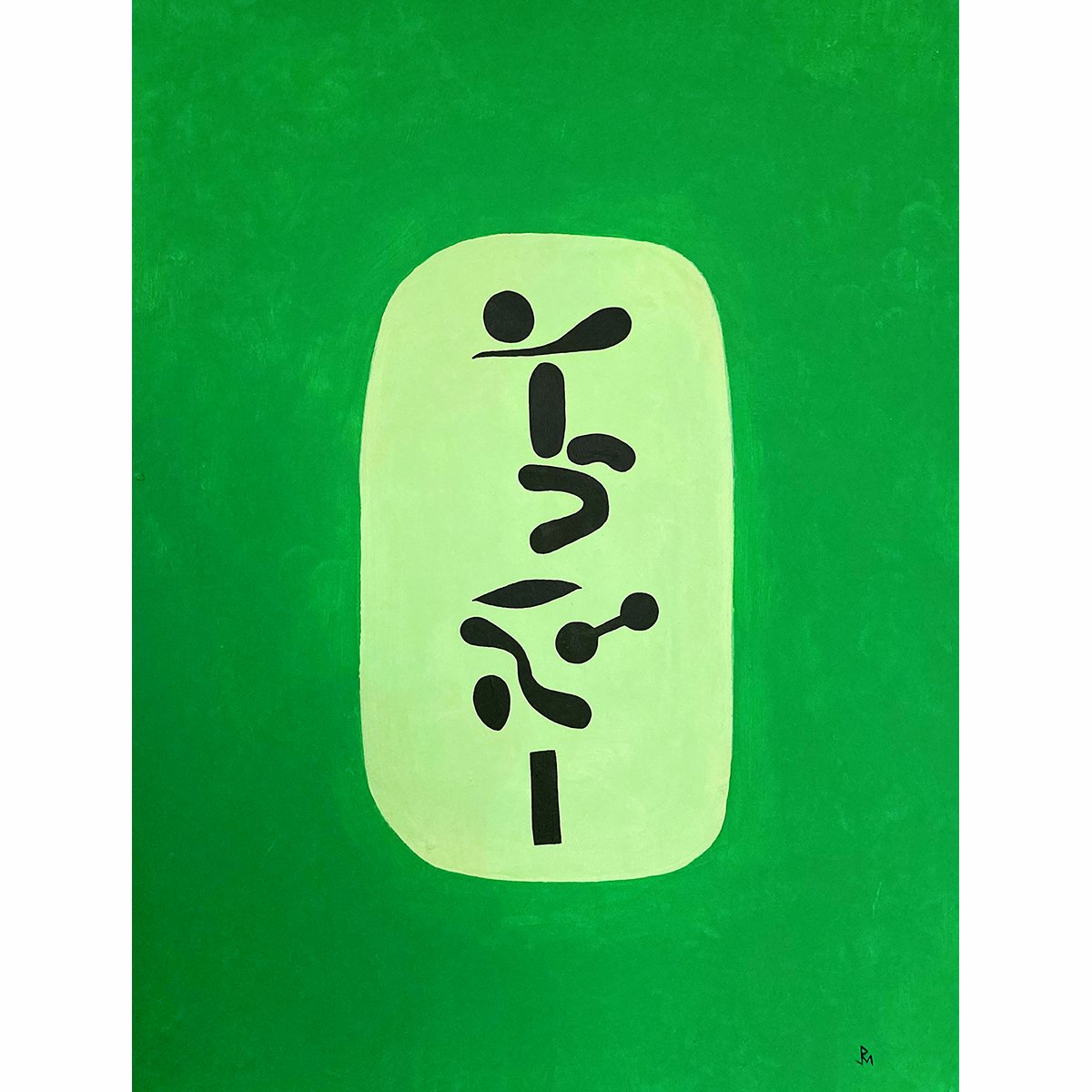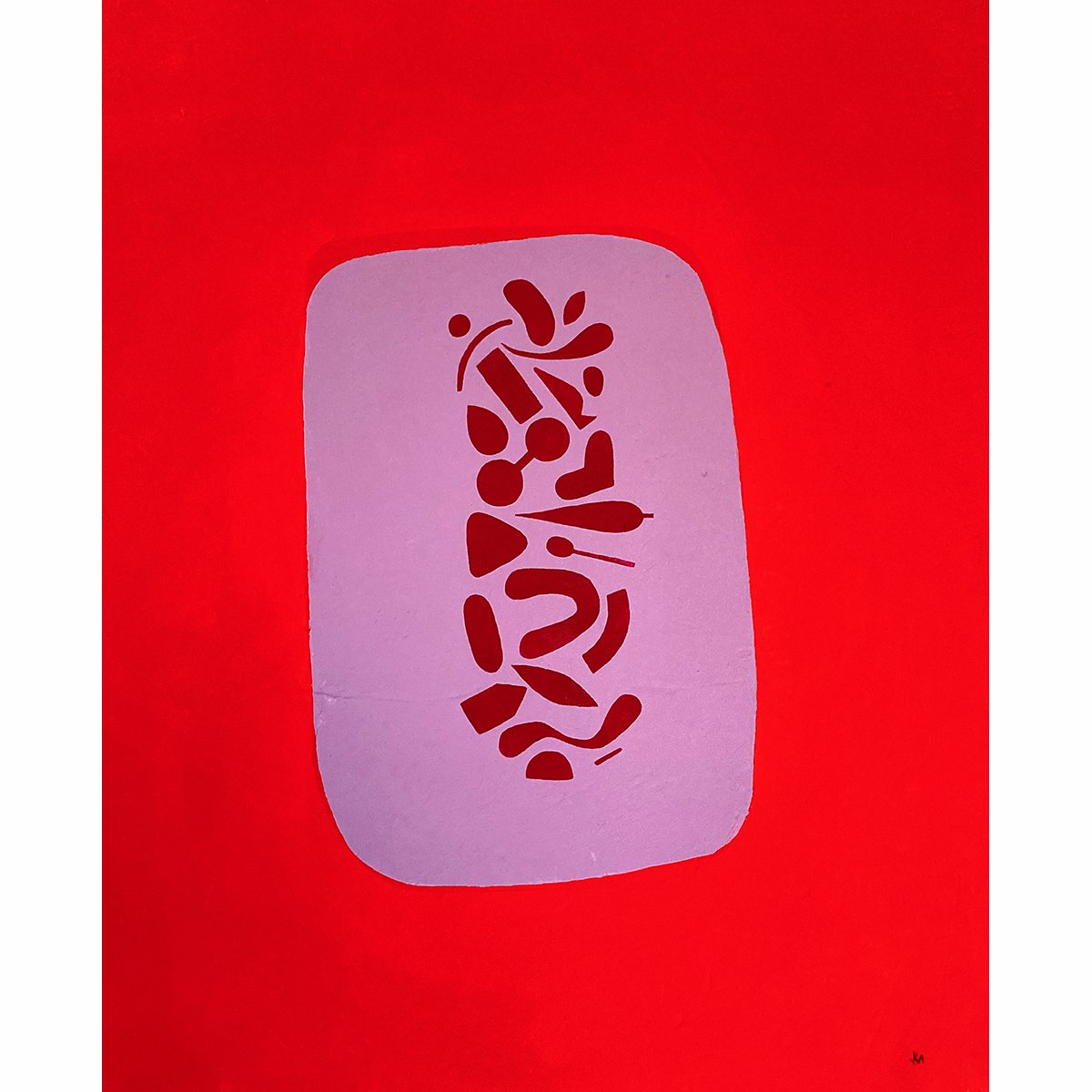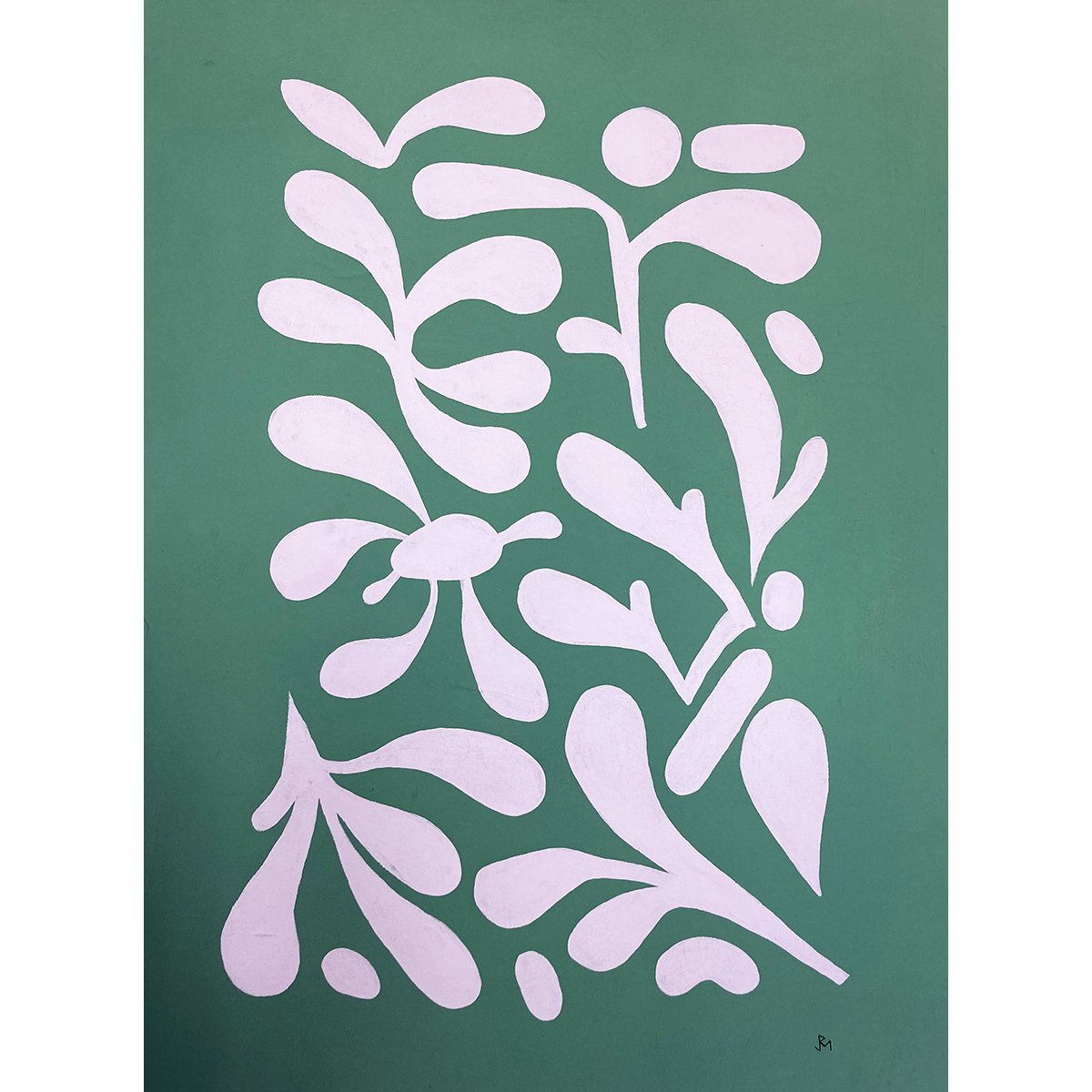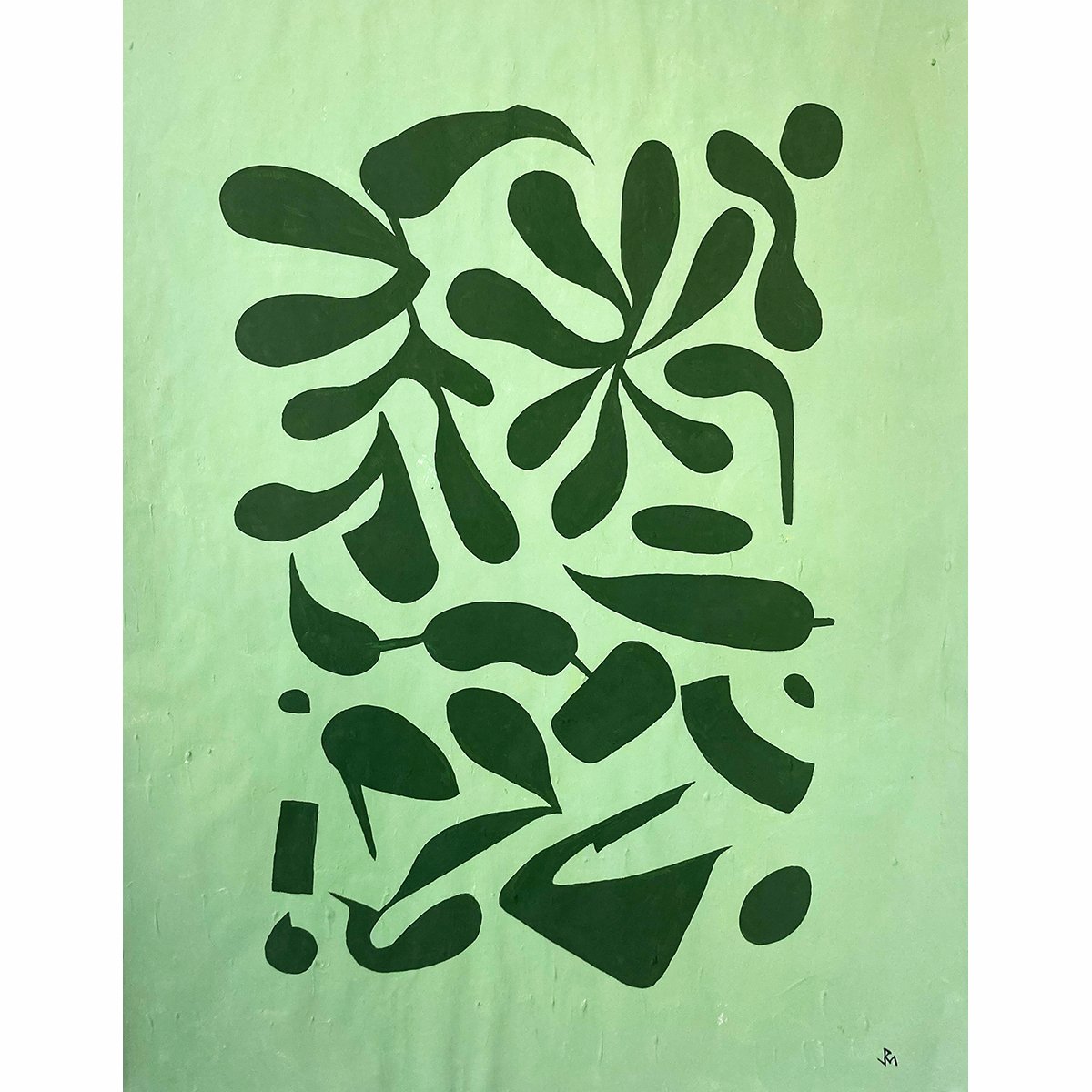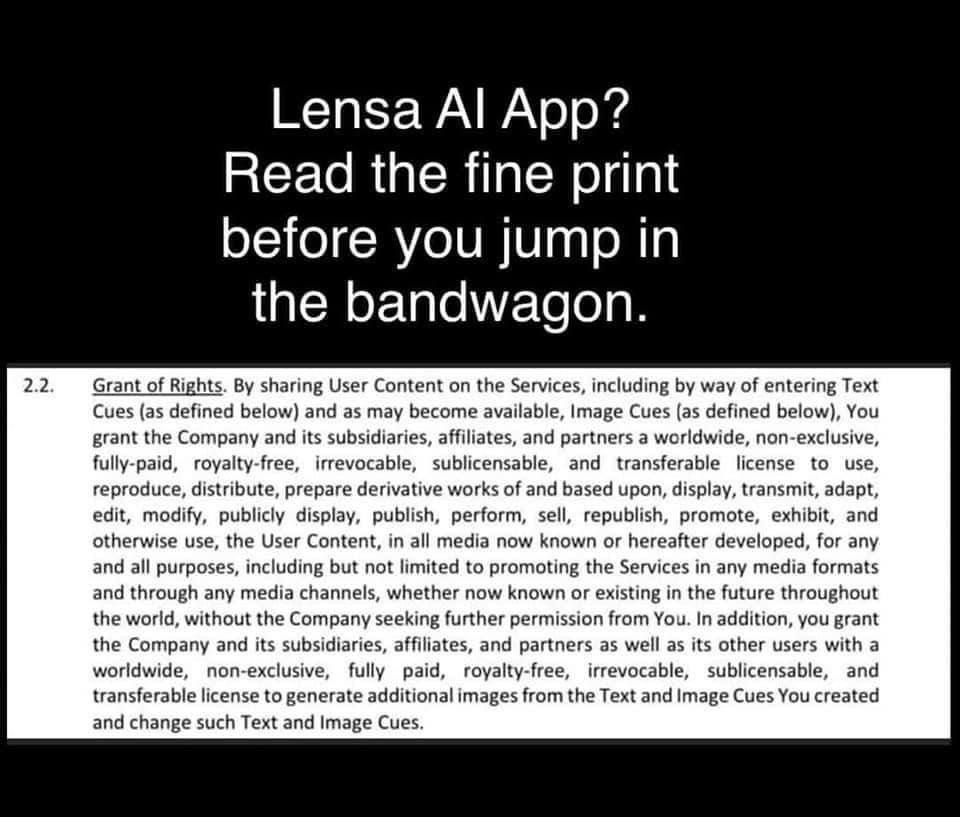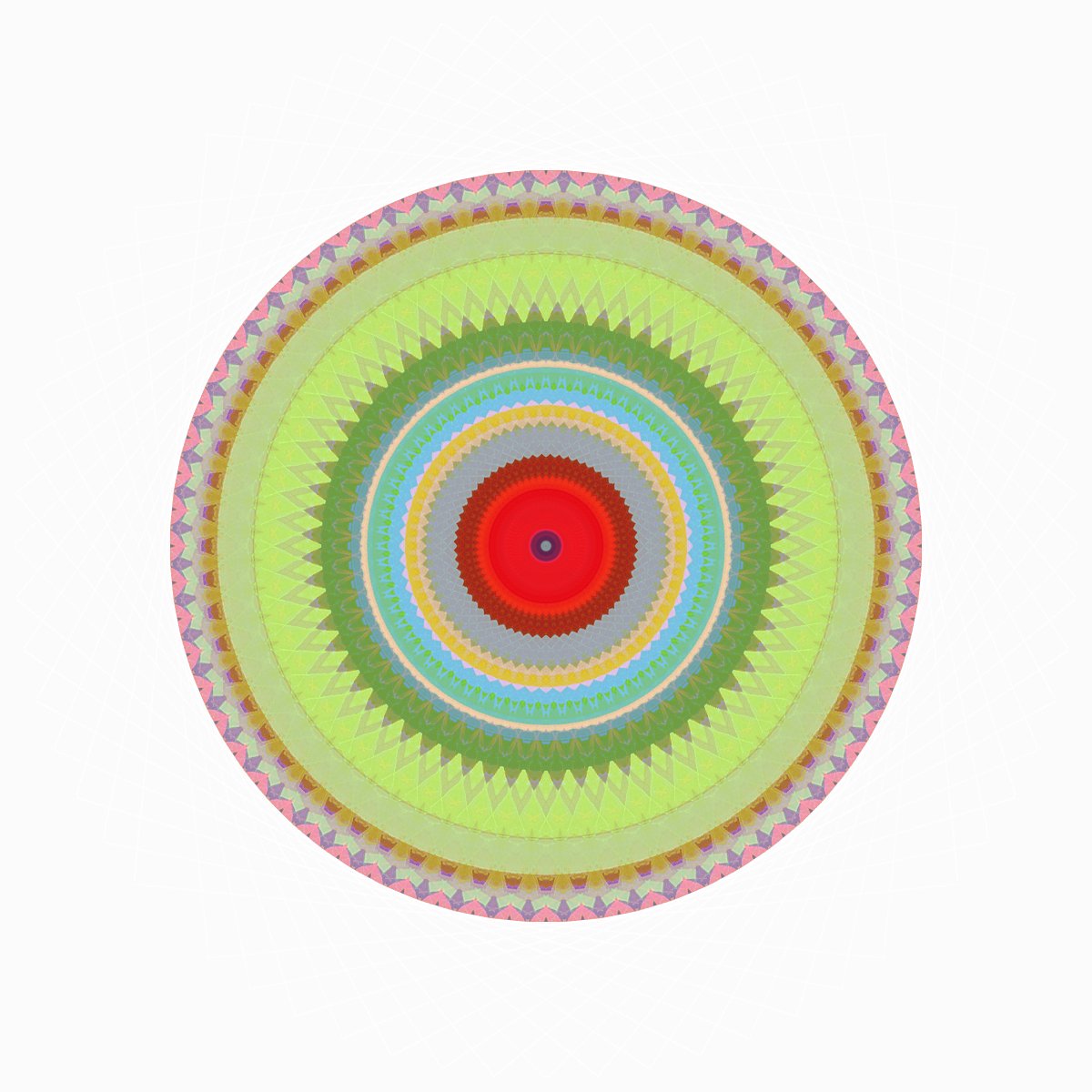INTRODUCTION
The following text was composed in 2022. It is the final attempt at formulating a doctoral thesis for my EGS candidacy. As such, “The Post-Contemporary Art Thing” is a 41-part fragment of a more extensive undertaking. I intend to publish several other pieces, also written in the past year, that relate to this text, primarily with respect to my thinking on the Thing, materiality and immateriality, the Post-Contemporary Period in art. This version of “The Post-Contemporary Art Thing” is lightly edited, in what I would suggest is its BETA phase. — PJM
THE POST-CONTEMPORARY ART THING
41 FRAGMENTS
By Paul McLean
1
What is a Thing? It is an ancient question, as Heidegger reminds us. Do we now have different answers than before? Are the newer replies to the question improvements on the previous answers to What is a Thing? Is our understanding of the Thing clearer, or more confused? Why does a proper definition of the Thing matter? Because the Thing is fundamental to our conception of a world. Also our place and position in the world. We juxtapose ourselves, as us thinking humans, against things, to establish a rudimentary composition for the world concept. We refine our self-conception in terms of the things we collect or possess, the things to which we are attracted and by which we are repelled. Things platform or initiate our basic discourse on subject and object. Things have form, and give form to the topologies of the world we inhabit. Obviously, the answer to What is a Thing is complex, complicated by the overwhelming number of things we can think of or imagine. An introduction to Thingness must acknowledge that everything that is not nothing is something. We cannot learn much about nothing from that truism, but it is a clue to our conception of the Real, reality, as opposed to totality of nothingness, absence or emptiness of all things. Reality could be the container of everything, including containment. At the base of such speculation we find the Thing. In relation to the Thing we wonder who and what we are, and things, being what they are, have no real answer to that question.
2
If we ask a thing what is it, what will a thing disclose about itself? The question itself reveals that by nature we are curious creatures. We desire to know about things. We are willing to be curious, and we hope to learn something about things, more than what can be learned simply through observation, through touch, and the other senses. An analysis of a thing can begin with measurement. From measurement we can accumulate a set of data, including, for instance, height, width, volume, density, color and so on. The measurements, plus the characteristics, provide the information by which we can categorize things. Is it made of wood, metal, mineral? We become aware of that which is difficult to measure, like air, and that which transmutes, like water (ice and steam). We move closer to representing the world through things, and the things which already begin to challenge a simple idea of a definite thing. The world does not only consist of what is readily definable and measurable. We ourselves belong to the latter class of entities that evade definition, meaning: what is easily categorizable, reducible to a simple description. The effort in the attempt, to understand what is a Thing, reveals something about ourselves. We desire to organize the world in a certain way. Organizing the world makes things useful, to begin with. How does one differentiate a thing from oneself? Every generation it seems sorts out this problem for its time, but the transmission of knowledge about previous discoveries and interpretations along these lines points to something else, and something else beyond that. The first is history and the next is time.
3
To state that things are historical points out how we organize time, over time. The historical thing and historical time, really do not address what things are or what time is. This organization of reality relies on a conception of the event, of which time is a conceptual assemblage. To associate this conception of time with things, is to open the question what is a thing, and now, what is time, to the conceptual. The thing and its image are integral as a two-part form of disclosure for us, for our organizing the world, which is in conceptual form. That conception is imaginary. If we are most inclined to learn about real things, we might view the image of a thing skeptically. What if we suspend this skepticism, by agreeing to a complexity for the thing that includes both the real and the image? We naturally do so, anyway. When we view a thing, thereby generating an image for interpretation, we are applying a process to the phenomenon of the thing, as we encounter it. For us, a thing is contained in an experience. This is so, even if the thing we encounter comes in the form of transmission, which then may or may not need to be reconciled with the original thing, which may or may not still exist. In fact, the thing we receive may be artificial, an invention, a thing resembling something that never existed or no longer exists in the manner of its representation to us. This is the primary quandary we routinely face today, in the post-Contemporary, via digital and network culture. To say the Thing is in crisis does not exaggerate the problem, even if the ancient answers to the original question stand the test of time. The historical thing, however, is as precarious as history itself these days.
4
There is no end to the kind of thing a thing can be. The finitude of things is however impossible to untangle from the the infinite, or our idea of infinity. A thing, by its nature, is at the very least contained by its definition as a thing. As we discover frequently, again however, there is forever something new to discover, something unknown previously. If the cosmos has humor, this must be cosmic humor. The cosmos, the universe, is full of things, and contains them all, at least as far as we know so far. We suspect more universes are possible, but so far, that is not verifiable, using available tools of science. Philosophy does not rely on machines, instruments, and so on, to come to conclusions about what is possible, or a thing, or a human, or a universe to contain them all at once, in time. Philosophy has the Mind, and thinking, and a love of wisdom. Philosophy uses language to create itself. To create beauty. To create things, and us, ourselves, over time, which remains mysterious to the philosopher, because time can never belong to any one philosopher. Time, like infinity, contains all philosophy, and every philosopher, so far as one knows. Philosophy has never “solved” time, or infinity, as if they were problems requiring solutions for us. Fortunately, asking What is a Thing is not the same as asking What is Time or Infinity. Things are different from Time, and Infinity, and we can begin by asking how. We can make a list of differentiations. Will this bring us closer to the Thing, or to Time and Infinity?
5
If we think of a Thing, we may mean an object that can exist autonomously from all other things, aside from Time, not questioning the existence of the Infinite. No one with total certainty can predict or describe the end of Time, not reduced to our organization of it (Time), which (organization) is necessary to us for many of our purposes. The object Thing is a practical commonplace, an unquestioned fact, in everyday life. Things like cars, watches, sunglasses, and millions of other things, which we manufacture. Things in nature are less separable, when we refer to grass, trees, sand. The organizing of the world of things has been largely relegated to the strictures of property. Everything within such and such boundaries belongs to so and so. Every blade of grass, tree, grain of sand. The property construct has limits, mostly with respect to movements. A stream can pass through a property. Sometimes it will belong to the owner within the borders of the property, sometimes not. Here we must reference the matrix of ownership to be sure of what is whose. The logic of property and ownership can become strange or ridiculous. If a parcel of ground belongs to an owner, does the ownership of the plot extend vertically into the sky, and under the ground? In practice, the boundary implications get complicated by the limits of the imaginary line, by what is visible. The root assumption is that the earth is a thing, which can be subdivided to owners, who purchase or inherit their portions. The scheme is rooted in ideology. The scheme’s effectiveness will likely be linked to enforcement, rationalized if necessary by contracts and law or other traditions. Time in this formulation is codified in contractual, legal or traditional duration, the language of which is often hyperbolic. As in, so and so will hold this territory to the end of Time. “The end of Time” exists outside of or beyond the visible.
6
The material, separable thing, the thing a big box store contains by the thousands, is a special item. The lineage of commercially exchanged material object is somewhat trackable into the modern, mercantile era of the past several centuries. The trade routes of antiquity are the purview of archeologists, and others who traffic in artifacts. Artifacts are to archeology like the markers of human movement and exchange. One such type of route marker is an element in the literary domain. The historical storyteller or narrator, starts with or from artifacts, through which past worlds are recreated. Things from the past are inherently speculative, prospective. We pretend such things serve as an aperture to the past, embodying its departed presence, connected to our presence, in the past’s future. To the collector, today’s thing is also speculative, if differently so. One might gamble on whether a thing will hold value or increase in its value over time. Value is in this usage a metric, a characteristic within dynamic time. The staples of life do not attract the same intensity of attention from people, except when they are scarce, in apportionment. Scarcity and attention are two qualities that determine an immediate value for a thing, in the medium of desire, and the urgency of need. Our relationship to or with something like a pair of shoes, an apple, or a phone is situated also in the memory complex, markers within the complexity of imagination. In this aspect, they can be symbolic, evocative of modes of experience, available for recollection, signs of something tangible within intangibility. For most of us, things can therefore have an emotional quality, in our associations with it, within the framework of experience, intensified by want or need in the circumstantial present. The power of touch attaches to the tactility of remembered things, a form of remembrance. Thinking of things in the future generates expectation. Thinking of things from the past generates longing, or other feelings. The things of the present reduce to having or not having, and the rules of possession, of duality. In the framework of time, things evidence the phenomenon of attachment, a cognitive thing. Presence and absence intellectually are indicative of balanced perspective, the kind that develops after early childhood. After a while we learn that people and things come and go, and how to deal with that reality.
7
The in-store consciousness of things is characterized by unreality, enhanced by artificial lighting. The commercial objective is to sell things, either things people want or need, or to increase their desire to possess. The desire to possess is fungible, energetic, resistant to logic and moderation. It is prone to mediation. A store is a place where the question What is a Thing directs the salesperson to an emphatic script, derivative of storytelling, enhanced by visual processes. Artificial valuation for things is manufactured, fabulistic, like these things themselves. The philosophy of things is rarely welcome in the store. Nonetheless, an accomplished philosopher can hold forth on most anything, and a shop will be full of them. What we call “materialism” is closely tied to commercialism. “The accumulation of things” has a negative association, bound with a critique of capitalism. Hoarding stuff is considered a sign of self-deficiency. Knowledge, extending to self-knowledge, mediates material accumulation. Knowing the one or proper tool, the right one, for the one task is a sign of technical prowess or mastery, expertise. Mastery masters the Self and things. So the ancillary question for what is a thing extends to What is a thing for? Then, Who is the thing for? In the construct we glimpse the idea of Thing-man. Thing-man can be a frivolous being, whose consumption is bound only by his means, the Fool; or a productive one, a human-doing, with the help of tools, the Master. The philosopher belongs to neither class, and so can tackle either generalization, as a witness, interpreting visible phenomena, an Inside Man - or an Outsider, accessing the unseeable, what exists beyond surface, under the skin of Things. The economic man is most concerned about consumption or production in abstract, translated, forms. His concerns are paper-thin, plastic, wooden, without depth, but shifty, like moods. Economic man is a tactician of mimesis. We can continue on with a list of other relations for Thing-man, but the reflective image of him is materializing, as is the society centered on things, consumed and made in cycles to generate economy. The curious impotence of politics in thing-based society is ideological, to the benefit of the powerful whose power derives in the social economy of thingness, a society of and for Thing-people. Peering at that social configuration, the philosopher sees things through the lens of immateriality, to the addictions driving the organizing impulse. The economy of the thing has little use therefore for the philosophical perspective, outside a few marketable niches.
8
Nonetheless, things, which are everything not nothing, resist the constraints of economies, which operate on their own forces and dynamics, but cannot operate without the complicity of both consumer and producer. Things in themselves we realize may exist outside specific systems, such as the utilitarian. The conceptual economy, which appropriates and simulates philosophy, to justify and rationalize its existence, assigns the power of economy over everything tangible and possible. The unreality of the store is found in the economic vision of world, universe and time. Infinity is contained in certain economic calculations, and some of the sector’s most cynical models. The corporation, for instance, is conceived as an infinite, artificial personhood. In short, a god-like entity. Like Frankenstein’s creation, it is an assemblage of characteristics, part-thing, part-human, with definite reasons for its existence. Reconciling the corporation with us, not-corporation people, has proven problematic, increasingly so over time. Next we can consider the post-contemporary relationship between the political and the beneficiaries of thing-based society. It is a conflict, as one endeavors to consume and produce the other simultaneously. Government is a practical embodiment of complex politics, as the corporation is the practical embodiment of complex economics. At this juncture, it is difficult to know where one complex begins and the other ends, and that the symbiotic nature of the abstract exchange by design and in practice benefits a powerful fraction of the population. The role of things in the conflict becomes visible, even as the infrastructure producing most thing-effects increasingly is invisible. Things become a sign of victory and defeat, symbols of winning and losing, the thing’s existential medium. Thing in status-making are performative, even in latency, an echo of wealth stored. Possessions show who are the powerful. How things are concealed (and revealed) and protected or rejected communicates on its own terms the status of people behind the society, who aspire to dominate it, or be free of it, one way or another, through materialist pursuits. The suit makes the man, the man the material. Thus craft is made precarious by the immateriality of manhood, contingent on image for its performance within the abstract symbolic economy.
9
Technology has shot forward to lead the world into the 21st Century. The definition of a thing has been transformed by ubiquitous tech. We have new terminology, i.e., the Internet of Things. Whether a thing thinks or not and what that might mean in terms of awareness remains an open question with profound implications for the future of man and machine. For Machine is still open enough in its meaning to contain and collapse the Thing, for people who design and build machinery, and those who live with the results. One of the results is a conjunctive construct for being partially human, partially machine, both thing and man simultaneously, symbiot, a synthetic creature/creator. The hybrid being is part-man, part-thing, an entity whose characteristics are dispersed between natural and artificial. The technology economy, accelerating according to its own rules of relentless innovation and production, does not brook the pace of philosophical intervention. The Tech Rush, like the Gold Rush before it, is pursued as an inevitability, defined by its drives, by its momentum. The vastest fortunes on the planet are made in technologies that absorb everything and everyone. Wired man caught in the web of Big Tech is thereby reformed, converted to a post-contemporary system that disrupts and displaces its precursors. Polysemy affects the efficiency of communications in dimensional systems, which is to say, any system with capacity for multiple layers or facets identified and identifiable by nominal terms. Language, the channel though which expression flows, is made more chaotic, more prone to breakdown, when terminology is complicated by multiple meanings, dependent on context for each term. It takes processing time to choose among several options. In the post-Contemporary, competition energizes the drift to meaninglessness. Each concern competing to compete with a preexisting system of meaning, or meaning-machine, will contribute variations into the set of choices. The objective ultimately is to gain proportional dominance for the proprietary thing being pushed. Waste, the terminal by-product of capitalism, is enjoined to systematic convolution. The world of things is becoming a more confusing place. Our attempts to comprehensively understand and describe it, so as to better represent it, reflect that confusion. One may wonder if this effect is at least partly by design, an intended obfuscation of the mechanics in creating a world of things, parallel to the one(s) preexisting the new model. This is why asking again what is a thing is a worthwhile effort.
10
Stipulating thingness adds a layer of obscurity to whatever is designated a thing. The thing that exists exterior and the one that appears interior the Mind connect initially via the senses, then the imagination, hence the potential for obscurity or obscuration. The thing in and of the Mind is processed and identified, given a name and category, with layers of data or, to use the neo-syllogism, meta-data, is added to our mental image of the thing. The idea of a thing is formulated, rendered in the terms by which the mind is itself contrived. We can speak poetically about this process of reformation, Thing to Image, with Context, but for now the study of the conversion of things into the version of a thing recreated in the mind of the beholder does not clarify things or images. We know less about things with each passing moment, due to the nature of changes over time and circumstance. New scientific discoveries, within the past century, have undermined previously held concepts, a fundamental characteristic of progressive science. We don’t think generally of the obverse facts of science, its lessening over time or due to circumstances. Nonetheless, we can stipulate that Things consist of smaller and greater things (simultaneously) ad infinitum. The smallest things dissolve into the unseeable, like the edge of a perfect Samurai blade. The greatest things dissolve into the Beyond, like water flowing into the sea. Notions about ends and beginnings of things are therefore couched in the uncertainty outside of measurement, beyond scale. Uncertainty always adheres to the Thing, and to ourselves, equally, in this respect, and in others. For example, Heisenberg: The stuff of which everything consists can’t be pinned down, like a butterfly to velvet. The science of DNA analysis has only served to confuse matters. On the one hand, scientists can “see” and manipulate the material, which implies physicality and causation. Yet, tinkering with the building blocks of which things and organisms are made may create unforeseen outcomes, even potentially catastrophic ones. One of the most common theories about the origin of COVID-19 entertains the possibility that the virus was initially lab-created. Whether or not this is true, many people suspect that scientists messing around with the basic components of life is frightening, due to our limited systematic comprehension of things universally. The popular angst or animus against “mad scientists” somehow has never prevented their dangerous tinkering. People have learned over time to be afraid of other people “playing god.” Creativity has been sullied by stories of experiments gone bad. Especially when hubris motivates the person behind the experiment. Poor Icarus fell straight down, landing in Jurassic Park, where he discovered Utopia (the series). A succession of fables, or something more?
11
Belonging is to a thing what the self is to a human. A thing begins with the belonging of, to and in itself. Thing “self” is not the same as a person’s, we presume. This presumption is separation, and differentiation by nature. Is it real, or the intellectual precipice of the modern schism? Do we and the thing need each other to exist? Evidently not, but need is relative, and therefore mysterious. Things may last longer than the average human, sometimes by millions of years, or more. From this realization we can begin to address the subject of change over time. However, the reality of existence has nothing to do with this realization, which in the mind, is immaterial, imaginary. The integration of time, things and ourselves in any given moment expresses the event of the present. Things also appear to collapse into nothing, too. We think of such phenomena as events. The event in this moment (and the next, and so on) is really the most direct route to the thing for us, although time in now is intangible. Its presence is the present, which we cannot know, but accept as a trait of experience. There seems to be a discrepancy of awareness, in acknowledgment, between the thing and ourselves, in time. Should we bear any animus or prejudice toward a thing, for this perceived lack of reciprocity? The answer is conditional. If awareness is so unilateral, with respect to things, why would we afford things so much of our attention? Perhaps because our survival depends on it. Or perhaps there is more to it, found in the interstices of brain and mind. Most of us in the post-contemporary live compartmentalized lives. Legacy architecture exists as insistence on the compartmental in this aspect of our given social construct. The thing for nomadic people is not the thing for urban folk in 2022. The post-contemporary life is convoluted, as well as hyper-compartmentalized. We may be able to trace linkages between the dual consciousness of thingness, in between the world of mountains, stars, canyons and the world of home furnishings, monuments, signs. The language of things has evolved. It is liminal and entropic. Specificity is losing traction. Generalization is met with shock, paralysis, then violence. Today, several forces are pushing humanity to inhabit a meta-world of not-things, which strikes one as a contradiction of thing-based linguistics, which is what we are used to. Reality itself is becoming compartmentalized for dimensional being. An unforeseen consequence of the systematic programming of the world-thing-human in the image of reality might be the unraveling of everything we know so far about the world, things and ourselves, followed by migration, then panic and stampede. The threat feels plausible. The question is, Where do we go from here?
12
Assigning functionality to humans is problematic. The transference of machine concepts to human processes establishes a medium in which uncertainty operates, like a wheel inside a wheel. Except we are talking about the embodied combine of Mind and the mindless. The contraption is conceptual, bordering on metaphor, drifting or marching into obsession and insanity, explainable by the protocols of experimentation. The post-contemporary dream of anthro-utility confuses flesh and factory, code and realization, haunted by the ruins or mutations of past conceptions. Nonetheless, the robot persists and expresses in derivative thinking within the practices of electrified management. In the notion of breaking or building a person, or a personal collective, Pinocchio dances like a glyph in the Matrix. The filter of creativity is applied to mechanized interpersonal relations. The Machiavellian utilization of other people to achieve power or prestige derives from this latest conception. Leonardo thought to design and fabricate a suit of armor that executed behaviors, presumably as entertainment, but perhaps for utility, minus the charge, an analog conception. The current iteration of the technology expresses in drones warfare, coupled with explosive science, in fuel and munitions. The programming of war machines for killing people and destroying infrastructure and other war machines presents troubling questions on whether our thinking about the value of things is misguided, by our giddy love of the Big Boom. Robots and drones in the post-Contemporary are programmed for a myriad of tasks, from checking groceries to delivering mail demonstrate post- or from-war derivative technological applications. The factory is undergoing a radical reformation, due to the installation of this (post- or after-slavery?) technology. As a result, the circumstances of Labor are being reworked. Not just Labor, but the idea of the domestic is changing. A robot to clean the floors. A network of robots to perform a host of in-home duties, responsive to human vocal commands, to the click of a button, and so on, performing those duties on a preset schedule activated in a sequence with a default, or customized to the user’s preferences. Planners extend the model to “smart cities” and towns. The tech giants behind the campaign to convert human existence to networked mechanical frameworks are hyperbolic describing their objectives in terms of the Future becoming real in the Present. Meanwhile, the state of the human race becomes more desperate by the minute, it seems, maybe because Home is now conceived as a technological extension of prison and surveillance mindsets. Privacy is not the only thing at stake. The formation of Self is at stake, in its primary relations.
13
Most of the critical circumstances visible in the post-Contemporary world have long tails, so to speak. The anthropocentricity in which we live is a product of intertwining phenomena manifesting over time. To be specific, the (r)evolution of the Thing did not happen overnight. Neither, of course did the formation of a human Self. The metaphor of the asteroid striking the earth is not relevant to either discourse, for the most part. The lightning bolt or some other intervention is not usually how one becomes who one is, although shocking events do factor into the shaping of anything historical. When we hear, “No one could have predicted this happening,” we usually know or come to find out that whatever happened was entirely and repeatedly predicted, but that the proper preparations as reactions to the predictive analysis were not undertaken. Interpretation and consequent direction change normally proceed from experience, minor or catastrophic. In the post-contemporary period, we are beset by a cascade of preventable disasters. From an historical perspective, humankind has endured similar phases of upheaval. Whether those were preventable or not is a question for historians. Whether the intensity of the disasters we face, or their scale, matches past disastrous events and phases is debatable. In the here and now we notice that disaster is not really universal. It unfolds unequally, as a rule. Analyzing the most recent century past, we learn that certain sectors of society, e.g., the financial sector, are enjoying tremendously positive outcomes, even as great populations experience disaster. We are informed that no correlation between the phenomena can be proved. Inverse causality, we are told, is a mirage, coincidence, or most cynically, as explanations go, “just how it is.” We are encouraged to believe that the thing we witness, sometimes with our own eyes, is fake. Like a magic trick. Or our outrage about the state of things is incorrect, and we are given reasons for why this is so that at first glance seem plausible. Upon closer inspection, the plausibility dissolves. Causality reassembles itself, but we rarely find out who caused what, or what drove whom to do what they did. Why is provisioned like water after a calamity. Without getting specific about the overwhelming number of instances of confusing messages pertaining to disparate phenomena, the overall perceptual effect is a world view that is consistently disassembling then re-assembling incompletely. Seeing is not believing, and believing becomes a displacement of sight. Our factual concordance with worldly things is fraying, at the level of knowing. How and why this would be so are questions framed as conjectural. The media within the conjectural from is not objective, nor is it truly subjective, as far as that goes. Self and Thing are equally unresolved, blurred, vulnerable to disruption. Externality has become the dual nature of a world composed of interwoven things and selves. Our enjoined existence has become spatial, beyond the limits of physicality or the connections that transverse those limitations. The prospect of accountability, or ethics, which is connected to basic human understanding of causation as being socially visible, diminishes into a fantasy for the naive. Unfortunately, we are learning about a serious side effect of this systematic programming of mass perception through media and other means. The contours of perception seem to echo those of our environment, wherein we exist. In an ecosystem, we are coming to realize, trauma to a component nested in other components can initiate a sequence that threatens the integrity whole. Unfortunately, one cannot be sure which component failure will prove to be a tipping point in the collapse of unity. Meanwhile, in the post-contemporary, Technology delivers alternate environments. We used to access these extra-physical zones through drugs, dreams, art, fantasy, imagination, vision, ecstasy, sex, exercise, meditation and so on. Currently, we click a button to enter Shangri-La. One wonders if the act of removing oneself from the world of things is an acting out of trauma upon and for the environment. One wonders if the environmental world is aware of our participation in it or collaboration with it, aware in a way that is comprehensible to us.
14
In the post-contemporary society, we can still recall social, public systems working. Now they seem to be breaking down, due to neglect, overuse, disaster and other causes, foreseeable or not. Frantic repairs do not get directed appropriately, or turn out to be insufficient. The temporary fix instead of the contemporary culture, bugs are the commonplace, and the commons is a mess of loose ends. We lose faith in figuring things out, even as our capacity to compute expands. The value of knowing what a thing is is lessened, and then lost. The urgency of the situation demands a supply of across-the-board solutions for which no management system is designed or responsible. Management claims blanket amnesty on the basis of the unpredictable as status quo. Plausible deniability is the systematic. The damage enacted on components, whether caused by stress from improper utility, poor manufacture, obsolescence, or whatever misfortune, is disclaimed. Divergent thinking about machines and men obscures problems arising when the artificial, human and natural worlds are conflated. A by-product of the phenomenon, for people, is despair, rooted in helplessness, grief, powerlessness. In the midst of massive change, we are instructed by distanced authority to view conditional shifts as opportunities for innovation. Naturally, one is skeptical, because the instruction does not match simple observation. Positivity, as such, is fine in controlled environments, like a laboratory, but do not hold up in the “real world” of daily living. The pace of change appears is multi-directional and -dimensional, and the transit lines have terribly unequal rules governing outcomes. Our realities resemble an unfair gaming scenario, wherein one set of players is governed by one set of physics and play for one set of rewards or penalties, and another set of players is governed by another set. For a fractional set of players, there seem to exist only rewards, and no penalties. Anyone for whom equality for players is presumed a prerequisite will naturally be upset by the unfairness installed in the game. The rate of change, and the kind of change, becomes a secondary concern. Next, we learn that some of the best rewarded players have become capable of escaping the game altogether, to enter an alternate reality with a future that does not exist for the rest of the players. When Time itself is made provisional by game-masters, the jig is up, because instinctively we know better. The system has become a bad religion, a nightmare. The game metaphor has turned out to be inappropriate, because it mocks the suffering the real scenario inflicts on (real) people.
15
In the post-contemporary, we realized nothing runs better as a business, but the conversion to commercialism is everywhere, from the bedroom, to the boardroom. Even business tries to run like something else. Hence, a specific unreality belongs in the store, in the inaptly named goods exchange. Enabled by Technology, unreality has evolved, too. Concepts like scope creep in project management attempt to explain the phenomenon and provide structural fixes for the problem. These solutions are partial, originating in the wrong place. We understand it on a more visceral level. The clash of titanic Old versus New unfolds in the post-contemporary in more than one reality. Not limited to the linear or cinematic form, the conflict is waged omni-dimensionally and -directionally. The Jurassic Park franchise fictionalizes the problem, and then takes the literary vision of Michael Crichton and projects it onto the big and small screen, and from there, into our mass imaginary. Eventually, or episodically, the dinosaurs take over the imaginary world, where people have to co-exist with them. The narrative, as such, is more like a stub. The narrative perspective is only god-like, if god - an optimist - is running a program he only checks on occasionally. Most details are irrelevant. In corporate practice, in military actions, in governance, civics, institutions, organizations, schools - any facet of communal administration - the metaphorical phenomenon represents the permeability of limitations. Porous borders are a feature of post-contemporary nations - or a bug, depending on one’s allegiances. Reduced for the discourse on the Thing, we are talking about the breakdown of classifications. Speaking of ourselves, we are getting at the nebulousness of identity. The concrete is changing, becoming abstraction, then being absorbed into a spectrum, a continuum. Not only is this a profound transition for our concept of objects, of their autonomy, but of subjects, of their cohesion. The sensation is one of unraveling, both internal and external. The progression of the pandemic embodies the worst fears associated with incremental change, as infection. The plague is an irresistible global conquest, communicated invisibly being-to-being, threatening erasure for humanity, which is incapable of stopping the viral progression. In the aftermath of COVID-19, what is the new normal? Unreality is the pervasive quality of post-contemporary interactivity, in part due to extended and protracted periods of isolation. We wonder if we have forgotten how to interact. Some of us spent more time with machines and other things than people. Negotiating prolonged quarantine, maybe with only family and pets, physically alone in our compartments, but still wired to everyone and everything through (commercial) network media and our devices. The entire time being monitored and alternately ignored, by the same entities servicing our needs and wants. The government, Amazon. Hanging on the words of Dr. Fauci, trying to keep up with the daily mandates, which changed, deprived of certainty on the Why and How of the thing (virus) or How Long it would continue to plague us. The impact of it all on our awareness is for now inestimable. The authorities would prefer their strategic and tactical performance during the pandemic not be evaluated on the basis of efficiency. For reasons obvious, and some less so, or opaque still. What is also obvious is the disorientation we are experiencing and sharing amongst ourselves. Generally, when people are confused, and under duress, we tend to do react strangely, inexplicably, sometimes dangerously. We are susceptible to wild ideas. Such as: Would it be possible that this planet-wide catastrophe was all part of a master plan? Whose? To what end? To entertain such a wild idea, one would benefit from a solid, practical familiarity with Masters and mastering, and Plans and planning. Historically, neither the master nor his plans fare well, as a rule. The realization creeping into reviews of the early-post-contemporary period is that reality is being broadly subsumed in opportunistic commercialization, which results in a specific “Real” unreality. This neo-realism is in turn weaponized, politicized and utilized. People are easier to command, control and exploit, when they are frightened, sick and isolated, and their necessities are artificially made precarious. The costs of unreality are going up and up!
16
The intersection between design and dasein in the past decade has been the subject of Thomas Wendt and others. The discourse is situated in the techy creative innovation and idea zone. I am referring to a particular constituency in the post-contemporary consultant sector. Arising from the foundation forged by Mihaly Csikszentmihalyi (Flow), in alignment with Management authority Peter Drucker, and coalescing in the vision of Richard Florida (Creative Class). The loosely meshed academics, social speculators and commentators have collectively helped to generate a popular field or school of Creativity. It is an inversion of the conspiratorial crowd. The creativity school is decentralized, and its intellectual affinity is with the Davos set. Adherents present the happy face of neoliberal progress, as the point of promise for broad programs of global upheaval. Zizek provides a provocative counterbalance to their cheerful reassignment of Heidegger’s anxiety about technology. While the conflict pitting corporate ideology against populism swells across mainstream media channels, the integration of disparate modes of thinking on experience leverages a reorientation from things to experience. Nowhere is this trend more visible than in the art world, which has at all levels embraced the experiential modality. A drive to digitize the world’s greatest collections of art objects and supporting materials is a feature of this movement. What this might mean for the future of art has not been vetted as a key cultural matter of public policy. The implications are serious. The virtualization of these identity-defining objects entails their compression, their flattening, their absorption in the vast aggregation of all images. The protocols of usage for digital objects, as textures, for color and shape, for appropriation and application in media as content, requires the obliteration of origin for each. Amazon, Google (Alphabet), Facebook (META), Apple, Microsoft and other tech giants have laid the groundwork for a total image system. In conjunction with other conglomerates, in collaboration with the most formidable economic powers on Earth, transcending national authority and regulation where and when it cannot be contained and made complicit, these syndicates are achieving dominion over the production and exchange of things and ideas, the realization of the virtual. I would suggest that Heidegger’s concerns about technology were well founded. He, and others, could see what was coming. It is here, now.
17
It is not the nature of a thing that is the main concern in the post-contemporary. That ship has sailed, for all but a tiny cohort of thinkers. The future of things is the thing itself, from here out. Existence is discarded for experience. Being is abandoned for being one’s best self. To accommodate the shift, rules of engagement require tweaking. Consent must be all-directional, yet of no ultimate consequence at all. Buy-in is a qualification for good standing, a signifier of complicity. In more advanced systems, like China’s, complicity enacts absorption and erases selfhood all at once. Power systematizes the activation of pervasive-to-invasive real-time metrics-monitoring sold as social competition. The tracking of citizens’ interactions during the pandemic was wired to enforcement mechanisms and network surveillance. We are all prisoners and players now. Well, not all of us, as it turns out. Gotcha news stories revealed that elites were not subject to enhanced regulatory prohibitions. One is encouraged to discover freedom and adventure in virtual worlds, even as the freedom of expression, of assembly, of mobility, etc., is curtailed to the point of extinction. Where a civil liberty is not fully constrained, it is drained of its intrinsic value, within the new system parameters. Or laden with impracticality. Zizek’s take on this is priceless. Both oppressive techniques (forced “freedom” and invisibility) are effective. Dissent is considered offensive, an affront, a deficiency to be replaced with a positive attitude performable under all circumstances, private or public. Being civil is merely a euphemism, describing submission to levels of control, performed enjoyably. Those in charge, and no more poignant example exists than Trump, eschew most displays of civility, nor would the elite accede to any lever of self-restraint to which the commoner must adopt to remain unmolested. For supreme potentates, a thing is only a thing until they decide it is not. What was a thing, was only a thing, on the condition it is presently for them (the mighty leadership), the best right thing. The thing is again a courtly gesture of supreme authority. A thing for one is a thing for everyone, as long as it is a good thing for The One. Whether the promise of a thing to materialize in future comes true or not matters only if the promise is made by The One, and remains a good thing for him. Contemporary sensibilities for patronage and philanthropy have gone the way of the dodo. Facts and Truth are facts and true in accordance with the interests of The One, which are knowable only by The One, whatever and whenever The One affirms them. Above all things is The One, which is natural. And thus a Sun King is reincarnated in the post-contemporary. An avatar stationed beyond self-hood, and consequence. Simulated divinity is resurrected in a world barely evidencing the presence of a drive-by God-mangager.
18
This could not be the Uber-mensch Nietzsche envisioned and valorized. The ascension of Vanity, enabled by unscrupulous and rapacious manipulation and machination. Pettiness is the order of the day. A willingness to destroy everything for power over whatever remains of Paradise, now. The scenario resonates with the Genesis passage in which God grants man dominion over all the earth “and over every creeping thing that creepeth upon the earth.” We all are creepers, lesser creatures, who do not and will not ever attain perfect power. The likeness of man to God, the sharing of image, has been reversed, not reciprocated. Dominion, the holy authority to subdue, is imprinted on the conduct of humankind adhering to the maladaptation of Biblical dogma and aristocratic practice. Reduced to the One Man/god, the ruler is an influencer first, a distracted or haphazard administrator, and eventually a gay and rowdy performance artist - not an actor or agent. The crucial support for Trump and allied politicians provided by millions of American Christians should be viewed through the lens of divine authorization, delivered via networks both tangible and hidden. “All the earth” must refer, presumably, not only to all things, but the world itself, as well as an electronic version of the world, a mimetic pretense. Why not? One facet of the gig is to relentlessly dismay unbelievers, who until conversion, can be categorized as things. Shock people who do not know “the good news” of the New Testament, or rather its tweetable simulacra. Leave behind any who are not privy to the dispensations contained in the Torah, as updated for the post-contemporary hive mind? One of the period’s heuristic dilemmas involves the unraveling of old dominions, of vacated empires, whose classical ideologies uphold command complexes coupled with systematic applications of force and resource extraction and exploitation. The edifice crumbles, but inside it business as usual haltingly continues. This unraveling, interpreted as decay or entropy, is simultaneous with the rise of a next-iteration consolidated post-colonial global empire. Which is just as, but differently, savage as its disgraced precursor. Much to the chagrin of generations of hopeful change agents, the transition from one to the next tyranny is not so much revolutionary as it is co-evolutionary, a dimensional reformation. Worse, the unifying thread connecting the Old and New civilizations is just the Bag. The treasure this time is not gold or oil, some material commodity that fuels conquest, requires conversion, extraction and runs on mass exploitation, producing massive waste. It is immaterial wealth and power, and its toxicity is ethereal, which is jarring, juxtaposed as it is to the End of the World. The Thing Age is being supplanted by the Not-Thing Age, while in the background the forests burns, the rivers flood, glaciers evaporate, entire species disappear forever, but in droves. In the transitional phase, wealth control and production is being redirected to things like blockchain, media and information, communications. Oh, yeah, but never mind the famines, strange wars, plagues, societal fractures. The world economy is being radically reorganized, and the previously powerful are scrambling to maintain their rule under the new order, over the din, the howls of madness, despair, amidst the terror and chaos. At the pinnacle of the new post-contemporary regime? The One.* The War on Terror did not turn out the way the neoconservatives said it would. Terror is the last laugh. Chaos reigns. The New World Order is in a shambles. Piketty’s equation (r>g), however, rings true, like champagne glasses tinkling on the deck of the Titanic.
* The last third of Section 17 and all of Section 18 were composed in June 2022, during the January 6 Hearings in the US House of Representatives.
19
It would seem that das ding and The Thing are both being put upon in the post-contemporary. Forces and dynamics are pressurizing the formulation of assemblage and the non-thinking entity, the not-Mind, a material unity external to Self, and so on. Das ding and ding alike demonstrate a formidable resistance to reformation, blurring, blending, bending, especially in the media domain. Cultivation Theory (Gerbner) has been stylized to account for phenomena in virtualizing networks for information exchange. In networked society, the edges of things are subject to de-boundedness. The phenomena extend to labor and identity, whereby an individual is undefined by any particular role or function. Instead, one molds or adapts to tasks and operations fluidly. The evaporation of markers of certainty is linkable to de-skilling, and a subsumption of singular value into a plurality of functions. The agent of agency mimics the fungibility of cash, moving from platform to platform while keeping a recognizable configuration. To some degree the conception owes to the attributes of polymers, like plastics and alloys, but also drugs, which can be tested on multiple illnesses for efficacy. Horizontality in organizations, e.g., in shared leadership, express a different vision for legacy hierarchies. Pyramidal organizations are dissolving into constellations of activity, nodes for optimization in productivity, for speed in responsiveness. Given these trends, which drift into social and cultural associations, the sign might be the yanking down of urban icons, plop art, with any association to the transgressions of the past, or pre-contemporary age, by mobs. The dissonance between the organizational behavior trends and the violence of assaults on offensive public art is baked in to the boundaries that separate parallax vectors in conjoined sectors of human activity. The erosion of reflective zones and practices, of which das ding and ding are comprised, exacerbates dissociative tendencies in populations and individuals.
20
The suspicion directed toward critique in the post-contemporary can to some degree be connected to a misinterpretation of the Gesamtkunstwerk. Which has been aesthetically superimposed on any spectacle involving new media or genres, players who are willing and presume to identify what they do as an “art” form, and an attached community or collective that embraces the ruse. The symbolic in these instances is folded into the event. Dramatic convention is laced into the architecture of natural experience and combined with the utilities of amplification and magnification. History is created, under the auspices of design fiction, by inventing “facts” to support the armature of illusion, imagination, ambition and other immaterial. Rigorous analysis is postponed to the extent necessary for the maintenance of preposterous or absurd suppositions. The mechanics of real-time interpretation are displaced, shunted aside, and disposed of, along with dissent. Technically, what we receive is a simulation or estimation of the possible, insofar as it reinforces the predictable or desired results. “Authenticity” as a verification is manufactured and immediately refracted. Benjamin’s protocols have over time been subsumed in Bernays’ propagandistic utilitarian project. The absolute absence and disappearance of contradictory influences within the white or black “box” for presentation of alternate reality is essential for effective promotion. In the post-contemporary, therefore every object must be subject to the editor. A thing cannot appear in its original format. The archive must be stripped of counter-doxy. If the programmatic disappearance of something is logistically impossible, then access to the areas in the collection containing the offending material must be Kafka-esque. The potency of bureaucracy as a deflector of scrutiny is generally understood to be invaluable, arguably no less vital than force in perpetuating the oppression of experience. The bureau for perceptual manipulation expertly handles cases that are stamped, “OUT OF SIGHT. OUT OF MIND.” Obviously, this is the intentional opposite of Gesamtkunstwerk.
21
One of the thorniest issues of the past century without doubt is abortion. It spans politics, culture, religion, law, and economics. At its core are questions about being and becoming, what is a thing or person, when does one change to the other, and the ethics of destroying potential life. The attribution of property rights to the mother of an unborn child is a sticky proposition. Whether or not conception and human reproduction are matters best left to God. When does a society, through its governmental agencies, have an obligation to protect the fetus from invasive medical procedures to alter or ensure possible outcomes? Does philosophy and its ancient occupation with thingness and Self have any contribution to add to the discourse? The very intimate experiences of sex, birth and death are weighed against the interests and identity of the whole of humanity, or within that unity, subsets, like the State on multiple levels, or society, at the communal levels. In the US the number of abortions exceed fifty million, since Roe v. Wade was upheld in the Supreme Court. The impact of that verdict has been dimensional and extreme. The revisiting of the case will happen concurrent to the composition of this paper. The positions of the sides, for and against, have hardened over time, and the upheaval that might follow the overturning of Roe is of concern to many Americans, as well as those observing the situation from beyond the country’s borders. There is fear that an already dangerously polarized nation will reach a tipping point toward civil conflict in the aftermath. The timeliness and relevance of an inquiry into the nature of Thing in relation to personhood should be understood. At minimum, our inquiry might help reduce the confusion in thinking about abortion, by clarifying the concepts involved and suggesting where they might best be resolved and by whom, and for which purposes. With respect to abortion, by withholding the philosophical perspective, we may be enabling or assuring more violent and chaotic reactions by those who are driven by impulse, not reflection. Not to suggest that philosophy and asking “What is a thing?” does anything, or should do.
22
Artificial Intelligence is another current, significant topic. Again, at the same core issues we associated with abortion: being and becoming, what is a thing or person, when does one change to the other, and the ethics of destroying potential life. In AI “destroying potential life” might be as simple as turning off the computer. If the Turing Test suggested a means by machine awareness can be ascertained, more recent engagements have brought to light some characteristics of “life” and “thought” that demonstrate consciousness. Namely, fear of death, not just as a physical end, but as the end of awareness as an experience within living. The subjectivity of death as a logical source of psychic trepidation colors the chronicles of mankind. As we have noted, here and elsewhere, fear of death motivates the pursuits, such as art, by which people try to extend their presence among the living, even after one’s death. The creation of memorials, artifices and edifices that survive longer than the maker defines greatness among civilizations and those most celebrated within them. Much of history is devoted to passages on those remnants and relics of creative existence. Have computers achieved this plateau of manifested consciousness, energized by the specter of mortality? However, the entity possessing AI might not feel compelled to express fear of death in ways recognizable to us. In which case, it would seem unlikely that we humans would recognize their mortal expressions, even if we could see them. Would AI memorials be material at all? Would a thing make a thing as a remembrance for its artificial or immaterial Self? What form would such a memorial assume?
23
A deeper proposition is, “Who has the standing to decide whether an AI possesses what we will agree is consciousness, or self-awareness. A Google employee was fired for claiming that one of the corporation’s systems did meet the human standard of subjectivity. His employers disagreed. Who is right? Deeper still is the question of who (or what) has standing to Selfhood. This question threads through human history. Over the course of our existence, not all people have been deemed by rulers, societies, religions - authority, in its many manifestations - to possess sufficient humanity to qualify as fully human, as such. Non-people or fractional people have been deprived of privileges shared by their fellows, had rights curtailed, been consigned to genocide and so on. Currently, the discourse on this rueful aspect of history is, as we acknowledged above and elsewhere, very much active in the reformation of the historical project. An opportunity exists to broadly address the criteria of selfhood, on multiple fronts. Imagine a global truth commission formed to address the issue once and for all. Would reparations be in order, depending on the findings? How would ideas on wealth and property be affected? Would Descartes be at the center of the conversation, or Freud? Would a global collective approach be used instead, elevating previously neglected or underserved voices and alternative theories? Would the foundation for a new definition of Self combine all previous contributions to the knowledge of Self, which through technology we can now make available to our imaginary commission? Has the meaning of Selfhood been altered so much that arriving at a meaning for Self is beyond our capacity? The urgency of the discourse arises from the many problems, big and small, we face immediately, as a species, but in the particular, too. Which lives (selves) matter, and which matter less, or not at all?
24
We may suspect now that the subject of Things in the post-contemporary is intricately interwoven into the suppositions of Selfhood. The prominent quality applicable to the dualism of Thing versus “I” is separation. Schism between “it” and “me” is summoned in descriptions of the one by the other, in scenarios where the other one (“I” or thinking Self) is the only one apparently concerned with categorizing a thing as a thing, and then, a specific thing, with such and such characteristics, which make things systematic. Which fits the purposes of the Self-thing, while having naught-at-all to do with the Thing prior to its encounter with the Self-thing - being us. In the post-contemporary, we can wonder how much of ourselves is owed to the things in our environment, things which play a role in our experience. If our experiences to whatever extent help shape who we are, our selves, that is, then the processes of Mind that distinguish a person from a thing ought to be engaged with sufficient respect, even caution. The psychology of the 20th Century through the present is rooted in binary techniques of diagnosis and treatment. Which infers the necessity in the field for schism. In the primitive stages of psychology, which are very recent in historical terms, schizophrenia displaced other explanations for extreme mental illness. Demonic possession lost credibility with the rise of sensational studies of cases of multiple personality disorders, only to make a comeback in the post-contemporary, beyond the religious into the cultural milieu. In the confusion of selfness, within the context of the traumatic and post-traumatic experience, we are reminded that our sense of reality anchors to things, when not-things overwhelm us. In psychology and philosophy, the vehicles for confronting confusion on the subject of Self are first observation, then language. In the post-contemporary the thing and self are flattened or compressed into image. The subjects are treated objectively, then rendered as observable, in language that is visible as image, but invisible as language. Something important is lost in the translation.
25
Precise location? The location of Self has never been certain, and is as much a mystical, spiritual quandary as a scientific one. Technology in the post-contemporary is seeking to identify the location of the person and personhood through many lines of inquiry, such as brain mapping, DNA research and close monitoring of behavior. Search is a prominent industrial field, but the nature of science is contained in the urge to discover by way of study, investigation — in short, search, and (re-)search. The Search has its own agency in science, but this statement also holds for philosophy, and in truth, the human concern, as an enterprise, in the broadest sense. To conduct a search, one begins somewhere, with an objective, or not. A search implies a quarry, but our imaginations accept drifting as its own engine of movement, akin to a search, but slightly different: the act of Seeking. Seeking is progenitor of the Epic, and is in relation to our idea of the visionary, and the vivid dream. Curiosity is search, minus objective - but not objectivity, science holds. In that broad sense, however, in the medium of curiosity, one searches where interest leads. In the arts over time, curiosity and creativity have merged in the post-contemporary aesthetic. An entire genre of post-contemporary art traffics in science-like curiosities. Such “work” blurs the borders of art and many not-art disciplines. This sphere of interrogation in aggregate emerges from a peculiar vernacular for temporal dislocation, within the context of permanence and impermanence. The mechanics of representation and reproduction are applied so as to upset viewers’ comfort in certainty. The tactic of the experience-producer, often through disordering of elements, destabilizes viewer receptivity for the concrete, or factual, instead situating the thing in its own image in a more abstract version somewhere other than its original site. The derivative condition lacks the static placement of the thing and the event in which it existed. The new configuration is metaphysical. A literal layer is added to the composition, like a virtual varnish, or a texturing agent. The net result is obscuration of the first thing, by its second, which may superficially mirror the original, or resemble it, depending on the quality. Minus an authentic presence, the meta-thing argues its own validity on the basis of estimation. The meta-thing assures the viewer that a simulation can be its original’s adequate placeholder, in a system that is satisfied by the practical, instead of the truthful, by blending the time and place of things. The art genre in question could be called Blended. Problematically (for art historians), the artworks of which the Blended Genre consists cannot meet any historical standard of art, except as counter-memory. This qualification is standardized in the post-contemporary, whose foremost advocates, mostly curators, promote the disassociation as a positive development.
26
The presence of the Thing naturally resists our efforts to possess it. How do we try to make a thing our own? The tactics of taking the presence of something for other purposes than those originating in the thing are a symptom of Self. The presumption of the right to reappropriate thingness, to transfer its inherence into one’s own ratifies the existence of Self, for the Self, if for nothing else. The invention of reason follows the possession of the Thing. Maybe this is the original reason, the one that invents the Self, as that which thinks to take the presence of a Thing for one’s own, or for a purpose other than the thing’s first purpose, which is located ineffably in its own presence. The uniqueness of Self is borrowed from the unique presence given to every Thing. The Self, in its most simple manifestation, conceives of the world as “I” and “it”. The Self moves on from that conception of world to the state of wanting, of desire. I want it. The everything of it is the Thing in the post-contemporary now, which is represented in the Blended Genre for art things. The mirror raised to the viewer by Blended Art reflects only the desire for everything, not the Self. The Self is now relegated to the status of Thing, as the conception of Self transfers to the Machine, to Technology, to an abstraction of all humanity, which in practical terms resides in the artificial personhood. In deconstructing the artificial personhood, we discover a much coarser reality, diverging from the ones projected from within the artificial personhoods themselves. The branded identities of artificial personhoods are expressed in media through advertising and other such tools for convincing. The Cloud, the Internet of Things, the Net, the Web are all metaphors for physical infrastructure operated by workers and administered by managers. The operations of this massive project, which centers on communication and information, are bent towards the consolidation of wealth and power. This outcome was not the only possibility. The late 20th Century global network had the potential to be a commonwealth, and still does. The same is true for the world, and everything and everyone in it. However, the change of course, historical in nature, to manifest the liberation of things from the urgency of Self, seems impossible. If Things are to be free, how can we still be ourselves, be who we are and have been, as long as we remember? Such a change would be a change in everything, and seems beyond us.
27
Even now, as the world seemingly teeters on the verge of collapse. The Thing and Change are intertwined in our conception of Time. Not only Time, but the phenomena of causation. Chemistry is for the scientist an agent of change in its attribute of repetition. Science — but not only Science, all search-based inquiry — looks for the repetitive in its field of study. Patterns draw our attention, naturally. The tension between the unique and repetitive or commonplace infuses our observations of the world, and this must be attributed to cyclic phenomena we recognize both in nature and ourselves. The artificial has dramatically altered our experience of cycles. The domain of this alteration is initially twofold. First, the phenomena are reduced to a nominal entity. Secondly, they are inducted into numeric systems. The systematic reframing of phenomena happens in the dimension of data, metrics, statistics, and so on. Qualities are identified and quantified, then applied or rendered. The derivative is code. Code makes phenomena visible alternatively, otherwise, as content in context. To think of the post-contemporary phenomena as derivations is almost too much of a simplification of the process, because the Process can be used on practically everything, for practically anything. The glitch is, we ourselves can become content for processing, by the editing of the original “I” to fit the program doing the rendering. Data can be added and subtracted. Prioritizing code over exactitude elevates the estimate over authenticity. In the post-contemporary, the simulation is an expression of efficiency, not veracity. The problem is ascertaining sufficiency for utility, and this is not indicative of Truth. Truth has its own relationship with things, change and time. Truth is the medium of Unity, and names and numbers in that medium are for us primarily symbolic, reducible to One, extensible to ∞. Name and nameless, the transcendent Infinity, represent symptoms of Truth, which is not cyclic, except for us, embedded in finitude. The challenge of the world is that it is not made only of Truth, not as long as we are in it.
28
The question of existence never gets straightened out except through existing itself. — Heidegger, Being and Time
Art does have an answer for the question, “What is a Thing?” It is the figure on and in abstraction. We associate figuration with human subjects, but art demonstrates without saying it is more than our bodies. The standard form within a painting is figurative, but What is the figure? is itself an open formality, answered in each painting. In sculpture the abstract is the environment, which can be natural or manmade, including enclosed space, within architecture. Painting is more esoteric, in its limitations. The rectangular format, with the painting installed vertically on a wall has separated from the the wall painting, which predates history. The cave painting does not cut art from the world itself, which means art in this mode predates art itself. The post-contemporary practice to resurrect this configuration is a hybrid, staging the artificial as the simulation of natural human expression. The mechanical technique of covering everything visible that is manmade does not require Philosophy, which is why it is mechanistic. Not only is this mode not art, it is not pre-art, either. No matter how bright and colorful the decoration is, the objective of the exercise is to stop reality from being visible as it is. As such, the action of the post-contemporary artist to virtualize everything is happening in stages. The surfaces of things are made redundant. The process resembles geology, but the effect is excessive in impermanence, a gesture. In the painting, in figure on and in abstraction, anything is possible. In the process of obscuring, of hiding surface, and superimposing patterns and other kinds of design, the ornate surface becomes a sign of decay, a representation of the decadence of architecture. The post-contemporary blending of art, architecture, design, media projection and so on, promotes the aesthetic of the mindless pattern, which is really an advocacy of no-thing. Or to put it positively, a denial of the Thing.
29
The erasure of things in this manner is not aesthetic, really. It is theoretical, and those who engage in its practice tend to associate it with play. Preservation is the target of these frolics and past-times. The frivolity of creating experience to replace awareness of that which contains experience is frivolous because the exercise is both futile and wasteful. The rejection of ethics expressed as mindful conservation elevates the absence of ethics, and finally the choice of forgetfulness. Surface is the fact of the Thing, the real content of memory. Plato’s panic over the illusory in art has less to do with confusion than pre-crime. The control of surface entails power over the fact of the Thing. Which suggests an explanation for why the artist starts a painting usually on a blank canvas, when the world is rich with things on which one can paint. Dedicating art to art only exhausts the urge for unhinging fact and Thing, situating the artist and art on the right course. A thing in a painting is still only a part of the whole. In sculpture the thing is itself only the thing and the Thing only, and not just anything. As Judd put it, a Specific Object. The abstraction in the painting is also only a part of the whole painting. That painterly abstraction contains the figure at the same time it extends in and through it. We can see now why. The artist to make art must create a world that exists in and of this world simultaneously, bridging the dimension of separation between Thing and Self with vision, and visibility. Only this way can art come to exist for us. No machine can do this for us or against us. We must give it to ourselves to see the world in this way, as a form of simultaneity, which removes the schism that divides being from the realization, “it is.” In art the thing confirms not only our existence, through any one of us (the artist), at the same time it confirms existence itself, and our conception of all existence, which is impossible for us to conceive, due to our temporary state, our finitude. The physical, then, becomes a metaphor and a sign for a word that is not improved by its having been written or spoken.
30
Art, nevertheless, does not need itself to be a metaphor or sign, since both metaphor and sign keep art in the domain of language. The Ideology of origination , of Genesis, is a conceptual superimposition on art, which pre-art may or may not demonstrate, because of what we do not know about prehistorical language or religion, beyond guessing. Something, though, connects art now with prehistorical “art,” and the only thing that does, beyond physicality, is us, in the media of time and awareness. The technology of art is evolving, sometimes circling back on itself, in renewal. This lesson is valuable for the Technologist. The digital age has produced technologists who think of themselves as artists, or thinkers, or both. Those confident enough to share their perspectives on art and philosophy reveal themselves to be lacking, which would be fine, except elite technologists possess tremendous fortunes, with which they can exert disproportionate influence and power. What does the technologist lack, with respect to art, and thinking (Philosophy)? There are cliches for every discipline. The artist is bad with money, for example. The philosopher has his head in the clouds. The technologist is a geek, short on social acumen. We can set prejudice aside. The field of computers, electronic devices, networks has expanded all-directionally, since the Second World War. One well-documented problem with this massive expansion is its bust-boom, speculative business model, relying on speed of development, production and distribution. Margins, investment models, supply chains, markets and other factors affect each gadget or widget, software and hardware, from concept to object(-ive). The economics of modern technology is Nuts, Loopy! What we know of technologists who succeed at the highest levels, those who have emerged as tech barons, is that they 1) seem to have little in common with each other, 2) have little in common with us, and 3) operate on the basis of preference, or ambition in the medium of competition. These particular qualities are not particularly helpful in art or thinking.
31
In the post-contemporary, the artist is the most essential of all non-essentials. In creative technologies, the artist is everyone who can acquire, use and share the industry markets and distributes. The supposition is that creativity is a latent resource possessed by all, and that resource need only be activated to be realized as art. The scheme relies on a de- and re-definition of art and artist, for its existence. The site of creativity must shift from the studio to the virtual desktop, or the maker’s lab. The relocation of art and art work within the immaterial environment established by computing is only a step in the process for overturning the paradigms that pre-existed these new technologies. Absurd statements comparing painting to software-based expression fail both “old” and “new” media, and their practitioners. The media philosopher is ignored, when he tries to intervene and salvage the real relationships shared by the technologies, whose bridge is ourselves. The post-contemporary makes the thinker redundant, by siding with the technologist who seeks to create machines that do our thinking for us. In both art and thinking, technologists promise the machines can surpass us. So far, however, they have failed, and this is a source of embarrassment for the technologist. The Tech responds by eliminating the competition, even if what “wins” the competition leaves us worse off. The diminishment of art and thinking produces unforeseen deleterious effects. One of the most serious of which is perceptual, a gross ambivalence towards the reality of things. Another has to do with discernment of meaning, as it attaches to objective reality, within the imperatives of linear time. Combined, these effects precipitate the sensation that our world, our reality, is crumbling, before our eyes. The filtered information we receive, served up by algorithms, meant to inundate our senses, to be “on message,” undermines our experiences. The interpretive complexes that congeal and assemble sensation into reliable thought suddenly become unconvincing. Our communal networks fail.
32
What fills the void, when community disintegrates? Polarization and fear arise when we isolate. That is the general experience. On the other hand, the recluse or hermit archetypically is identified with great wisdom and spiritual elevation. The artist alone in the studio is a romantic trope. Another traditional studio model has the artist managing a small branded factory. At the core of these contradictions lies the inevitability of being human alone, with non-productive or productive variations. But also the recognition that we belong with each other. We are social, collective, too. For us, neither the vacuum or assembly is total. In both scenarios, the specter, the fear of death, is close by, waiting. Drawn close to one another, or set apart, we will die alone — exceptions of course being found in war, cataclysm, but even then, each experience death in the singular, in Self. Plagues and mass murders fuel the news cycle in the post-contemporary, and talking heads go on about extinction. Where can one hide from the End? Technology proposes cryogenics, and procedures whereby one’s intelligence is uploaded to a next body, a clone, a robot. Science fiction has supplanted the vision of a heavenly afterlife, or reincarnation. The Hedonist proposes living this life at its maximum potential. A problem with identifying what a maximum life is does not dissuade the fanatical pursuits of human optimization in a single-serving lifetime. The Self and its perpetuation drives some to desperation. Transcending that urge promises a certain sensation, the quality of liberation. We may wonder, from what, really? Our fate, within the bounds of the finite? Pondering the dual nature of material and immaterial moves us beyond our immediate concerns into the deepest mysteries of awareness within the physical. Awareness means Mind, Spirit, Feeling or Emotion. Our crying out for life finds form in religion, in the arts, in philosophy as expression. What does expression of this kind give us? It provides solace, in prayer. It brings ecstasy in many forms, and wonder. Art is the container for the expressed life, vitality in mortal essence. The rigor of Philosophy yields a template for jewel-like thought, a path one can take into great mental clarity. So what, that the encounter is but fleeting! The temporary nature of it only makes the delight in it richer! Can the dread of lost existence be abandoned once and for all? Perhaps for saints and geniuses, but for most of us common people, the ultimate realization remains like a dream.
33
The Thing and Death are the envy of Self. The deathlessness of things appeals to the End-abhorrent in each of us. Contemplation of the absence of death-awareness in things is practical for the embodied entity whose finite existence presses against the edges of will, pretending autonomy, performed as innocent equanimity. The serenity of observance, the assumption of posture and pantomime, represent the discarding of limits to our attention, originated within the Mind, focused outside the Self, on a Thing. Objectivity absorbs subjectivity. The symbolic relationship of Self to Thing presences Death without activating it. Distance between the subject and object is more than psychological. Distance protects the Self-aware from being alone with its death-awareness, through a combination of projection, of selfly attention onto the surface of a thing, a directional, intended distraction of Self from self, and an open quiet, a superimposed silencing of the mind. The first phase of the practice is optical, everything after can be conducted through memory in a mind so-trained. The specialized practicum of art-viewing improves the skill of the visually literate in this operation specifically. An inexplicable benefit is the improvement of analytic precision. Interestingly, the analytic acuity of the observer of art is at cross-purposes with the post-contemporary movement, as disembodied in the NFT Rush. The currency of art in the post-contemporary is invisible, and as noted above, thingliness has become optionally virtual. Distance is no longer practical, it is appreciable. Whether one is looking at it, or 100,000,000 people are, objectivity-subjectivity will be unfixed to the thing, by the technological untethering of Self from the desire for perpetuation. No surface, no spirit. Mechanical reproduction is no longer a provocation for aesthetic discourse. It is a profound disruption of sustainable civilization, enacted as a viral phenomenon. The aura of sexuality flickers like a disco strobe light in post-contemporary network technology and can be 24/7/365 accessed with a click or swipe. Short-order or immediate gratification is the post-visionary drug which obfuscates the corporeal horizon, like a fog bank, or a hit of nitrous oxide, or a cloud of mustard gas. Despair over the relational state of human affairs has given way to deadly escapism, disguised as immaterial diversion, for souls consigned to the Panopticon. We drifted beyond dystopia and are entering an entirely novel simulacra, a version of reality that has no aspiration to greatness, to art, because it no longer believes in Death. The End is fake and laced with Ketamine.
34
In the post-contemporary a thing is whatever one refers to in abstraction. The thinging of identification arises from a general submission to the dearth of knowledge. If one does not know the proper name of an object, it is permissible to simply refer to it as that thing or this thing. A phenomenon for which one lacks description likewise can be referred to as such and such a thing, something. The closing of a thought which is incomplete is encapsulated with “and everything,” and that is fine. An emphatic “anything” suffices as the un-list of actions not possibly successful to resolve a complex problem or situation. Lack of intentional action is describable as “doing nothing.” A composite of usages in and of thingness for narrating the common post-contemporary life experience leaves its and our shortcomings to vagary. Thing is the evocation of 21st Century ennui and intellectual entropy. This condition of mind and spirit is the space in our communication the emoji fills, while it adds to frivolous data exchange. The technology for sharing ideas and all descriptions is pushed into minimizing protocols within extraction and exploitation schema. The interlingual facility of the expressive image is adopted to displace translation with iconography, the global graphic system. Vocalization is replaced by audio recordings transmitted through high-speed wired and wireless networks, even as voice-ID software assists in the profiling of users for a plethora of unsavory applications. So much of post-contemporary meta-phenomena operates in this manner. The promise of ease-of-use is coupled with a dark purpose! The components of one’s virtual doppleganger are being assembled in the Cloud beyond our reach, outside our distracted awareness. The program functions like a pickpocket at the carnival.
35
How are we distracted? Reality is re-platformed as a sideshow, and a peep show. The rush of danger and titillation is administered like a drug dosage through the media to which we subscribe. The impenetrable contracts to which we agree never accurately convey the risks we accept through these subscriptions. Herein the Thing is interred, but in a different guise. The thing comes to represent the worst in us, the most awful outcome or experience, the most extreme tragedies and travails of individuals. “Things got out of hand.” “It is the worst possible thing that could happen.” The thing is the shock of the catastrophic. The thing is the monster in our nightmares, what menaces our comfort and security. Not only is the thing a shorthand for what is the categorical Other, it is the prospect of the revenge of the Other on the Self. The stains on the collective conscience manifest as the Thing that causes post-contemporary anxiety in collective consciousness. Complicity, as delineated in the 20th Century discourses of blame and compensation, congeals in the streaming media feed, as the infinite scroll of Horror and Guilt through Visualization, by Association. Everything ugly and awful converges on our screen and it is as if we were fixed in place, trapped as witness to Hell, like Malcolm McDowell in Kubrick’s A Clockwork Orange. We can be advised of the danger of such “entertainment,” or “information”, or whatever it is labeled as, by whomever. But the content of violence, of chaos, of decadence or perversion contains its inexplicable attraction. We scroll on. We allow our children to do so, fearing they, like us will be eventually deformed by the interaction with the worst things in the world. Preventative measures and advisories fail to dissuade us from clicking and soaking in the digitized wretchedness. We are addicted to it, and this addiction is the post-contemporary malaise, the thing standing between us and a confrontation with what is truly sickening people and the world.
36
In digital culture, visibility is the Will of Things. The perfunctory imposition of visuality in the post-contemporary affects us at a higher resolution, than its sensory accomplices, for now. Or rather, our capacity to form images generally supersedes audio data interpretation. Tactility is not immediately applicable here, nor is taste or smell, since they cannot be effectively transmitted through current delivery systems. We experience color and shape with sufficient force to create a visceral response, and the Mind is not an arbiter, initially. Flesh tones in pornography do the trick for millions of users, even if the content is substandard by all metrics. Even if one knows what one sees is not Real, or what is represented either never happened or happened years ago. Our bodies react in real time, in the present, as if. The dissembling of time is a key to animating the Will (the visible) of a post-contemporary Thing. The visual displaces the object Thing, in the effect on Self. If the experience of things manufactures some portion of Self, and the sight of something connects to both actual and virtual selves simultaneously, vision is the prime conduit by which the Selves begin to blur. What is often neglected in the analysis is the total body experience in the “downloading” position. In the Matrix movies and other similar representations, the juxtaposition is jarring. The audience witnesses Neo’s digital action or romance as the cinematic feature, then there is the cut to show us Mr. Anderson, Neo’s analog version strapped in a dentist chair with a spike plugged in to his brain or spine. We associate the disassociation with dreaming. For all the hours we spend on computers, we must be reminded, are bodies must be oriented more or less motionless for the screen. The un-bodying of the Self in the post-contemporary transfers objectivity to the prime subject in habituation. Better-design chairs, mobile devices, VR goggles and games have their limits as remedies to the real problem. The body has always been strange to the mind. Virtualization is accelerating the evolution of wired multitudes, toward what? Thingness. Hacker slang is rich in its metaphors for the phenomenon. Meat puppets, wetware and so on. Bill Gates, Kittler pronounced, thinks of us as programmable matter.
37
Is our vision programmable? In certain respects, yes, we naturally prioritize the visible, according to hierarchies of instinct and experience. What thing is a threat? What attracts our attention? In the virtual world, we are prompted towards and away from content. Algorithms decide what we see, in what order, and what we do not see at all. The prioritizing of the visible in post-contemporary digital environments is only determined by ourselves with much effort. In this era those who determine the visibility of content wield great power, which is why Elon Musk would try to purchase Twitter, and Jeff Bezos would purchase the Washington Post. We can look back at the buyout of Myspace by Rupert Murdoch as a cautionary tale. One interpretation of that transaction is that the media mogul bought the online platform in order to destroy it, a practice not uncommon in monopolistic capitalism. In the broader economy of online creative or information exchanges, Darwinian consumption is the process by which dominance in the marketplace is accomplished. It is also one of the factors that enables control systems to capture of open systems. In virtual mass media, the distribution and dispersion of content, images and ideas, etc., occurs dimensionally. The exchange optimally moves through a cycle of complicated sequences, among interconnected nodes. The movement is convoluted, like the human brain. The web is accessed by the user at a portal, a point of entry, through a computer or mobile device. The content desired by the user is stored elsewhere. Media is the in-between, the interstices. Media can be occupied and intermediary become the gatekeeper, who separates the user from the content, or grants the user a pass. As virtualization consumes more and more of our attention “space,” we lose touch with the actual infrastructure of the internet. The hardwiring of the world is increasingly invisible to us. Virtuality and reality seem to be competing for our attention, but also struggling over where we focus our attention.
38
Attention extends the Self toward the object. The subjectivity of attention alters the thing for us, if not the thing itself. The thing for us becomes a vehicle for memory, through projection, yes. Things, however, do contain the marks of time passing in their substance. This is a biological, physiological effect of Time in the medium of substance. We can relate, in our substantiality, because humans understand scarring. We also understand, perhaps not as well, how memory records the effects of experience, interpreted after the fact as good or bad. Deciding whether something that happens to us is good or bad is speculative. Projecting Self toward, into or onto a thing can misrepresent the nature of thingness as a phenomenon of mind. We wonder whether a thing holds the past like a memory. Because some things exist longer than humans, we presume we share a bond through memory. A gravestone is the sign of that presumption. Entombing a dead body or interring it symbolizes the conceptualization of time conjoined between Thing and Self. Historical culture expresses its ontological priorities through edifices. Prehistorical society, including those that still exist in a vestigial configuration, communicate not only a different idea of time, but a different conception of life in relation to things. The comparison is not necessarily technological or practical. A museum exists for art and people. A library is built to contain smaller containers of knowledge. Prehistorical man seems to have operated not only with a different conception or model of Time, one which required no containment, at least not within the Thing’s dimensional scaffolding. When the archaeologist examines a rediscovered city, he may then create reasons for its various components. Further, he may endeavor to reconstruct them. When the speculative project is completed, are people invited to re-occupy the ruins, to re-animate them, according to their conjectural functions? The opposite is usually the case. The rubble becomes the focus of rumination on the mystery of time, the impermanence of man and his works, and the lost memories infusing the ancient, exhausted site, which, we imagine, once bustled with activity, with life. The forgotten city echoes concatenation of Self lost to us now, even as our own cities reproduce in virtual versions.
39
The world also contains ancient cities that have remain occupied for many centuries, even millennia, which stand on sites of earlier iterations. It is one of key projects of modernity to upgrade the relic-city, and really, all municipalities. The weaker, parallax project involves the conservation of cities, towns and villages to express their evolution over time. In the post-contemporary the habitation of man simultaneously exists as creative anachronism and futurist experiment. Urban renewal experiments have revealed problematic histories. The camera plays such an outsized role in this phenomenon. The historical archive, maps and documentary studies of our cities, towns and villages have been displaced by Google Maps satellite and street view programs. Our generational memory of place is being eroded, conceded to a mechanical witness of progressive change. The representation is a consequence of stitching images. The quilted image exists in a continuum, within a matrix of exchange, like a skin on a wireframe, but also like game navigation. It is tooled for visualization of movement by modality: walking/standing, drive-by, fly-over, etc.; but it remains content in itself. Artists like Jon Rafman have exploited this technology in works that suggest the utility of Google maps hides an alternate concept. Are we seeing the visualizing mind of Google AI inspecting us in our world. It is clear that authoritarian forces consider the app collaborative. Beyond this troubling notation, pointing to impacts on privacy and other civil liberties, is the inversion of mimesis, or the mutation of optical agency, which switches visionary power from the subject to the object, from the Self to the Thing. In that reading of the scene, Google maps represent the self-ing of the thing, wherein the Self through its environment is flattened and compressed in Image, a virtual version neither Thing nor Self.
40
The list is the Thing processor. Like things, lists reframe the finite within infinite possibility. No Mind cannot formulate a complete set of all finite things within the sets of unknown and known. Likewise, the number and kind of lists is practically, conceivably inexhaustible, to the Mind. Only within limited systems can the total list be composed, and all things recognizable or knowable. For the Mind, this is the attraction of such systems, but obviously the pretense driving the attraction arises from the system limitation. The Mind’s urge to control things systematically can be examined and understood on this basis. A definition of the Thing might be “That which exists to confound the Mind in its urge to control (everything). Limiting the Infinite may be the prime function of the Mind. Assuming that the urge to control is inherent, one can see that the behavior attaching to this urge is reflected in programmatic dominion, which has many expressions. To survey history might lead one to believe that the proclivity to enact domination is one of the ubiquitous features of humanity. The deconstruction of dominance in the past several centuries has been undertaken in many arenas: political, economic, social, gender racial, psychological and so on. The ideologies of domination have accrued their own descriptors, e.g., racism or sexism. The analysis of dominance has blended with the projects of psycho-analysis, or anthropology, or sociology and yielded explanations for the domination urge. Skepticism about such theories is common. Domination has been studied via its means, e.g., force or economics, or more complex communal interventions. The urgency of dominion is one thing, its techniques are another. The role of the Mind, and its relation to the Thing, and both finitude and the infinite, is something that requires Philosophy to unpack.
41
If we introduce the subject of Love within the examination of dominance and Mind, Thing, Finite and Infinite, we might find Art to be a more appropriate center for our task. To pursue both threads in parallel is simplified by combining Finite and Infinite under the auspices of Time, even as we acknowledge our imperfect conception of time. Then, the questions and conceptions of permanence and impermanence, appearance and disappearance can be critiqued. A theory of Art and a theory of Philosophy that ignores Love and dominance will have reduced value and meaning. In the absence or void of these theories so located in Philosophy and Art, we are left with Technology as technique, and a very elemental version of science. Or worse, a radical pragmatism disengaged with what we can stipulate as the Humane. Such disengagement would indicate a fracture separating Mind from Self, and is by definition insane. Or it would indicate that functionality we associate with the mechanical, and sometimes with Nature and the Universe, absent the divine. In short, bereft of moral or ethical constraints. At this point the proposition turns on itself, and becomes dimensional, more complicated. Because we must wonder about the difference between dominance and restraint (of Self) and constraint (of Other). The latter, as hinted above, is tied to thingness. In the post-contemporary this is a primary nexus for reflection. The scales upon which Self and Thing are balanced seem to be weighing more heavily on the side of things, a development about which there is much trepidation, fear and anxiety.








































































































